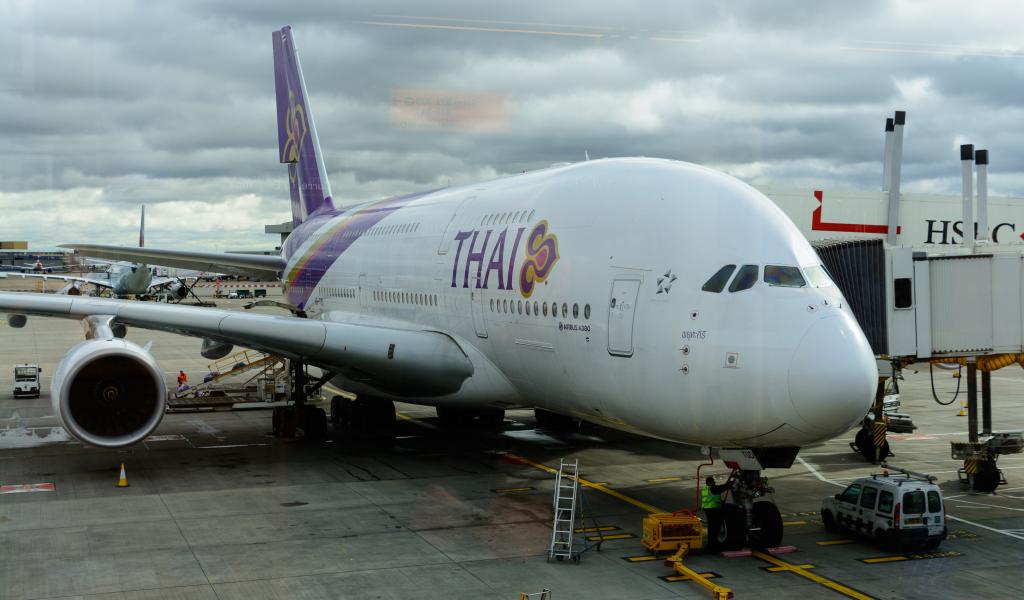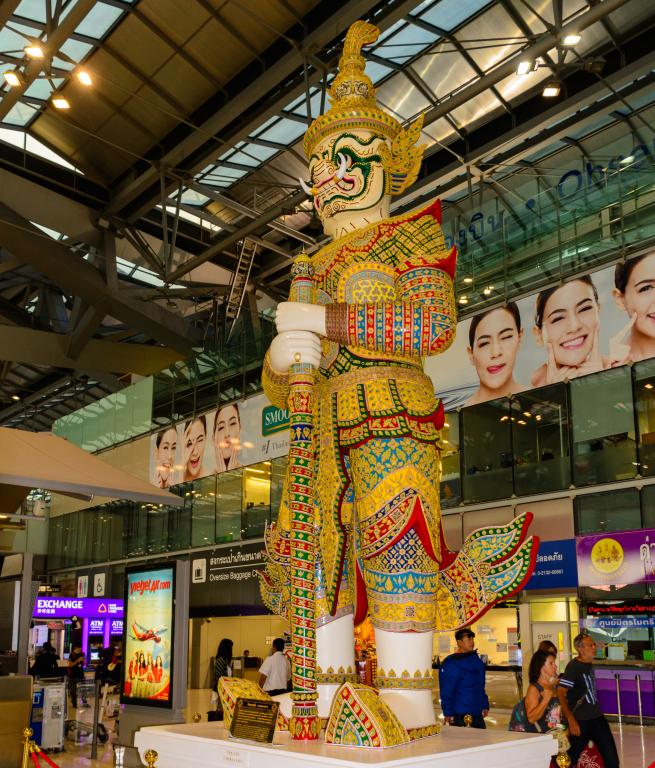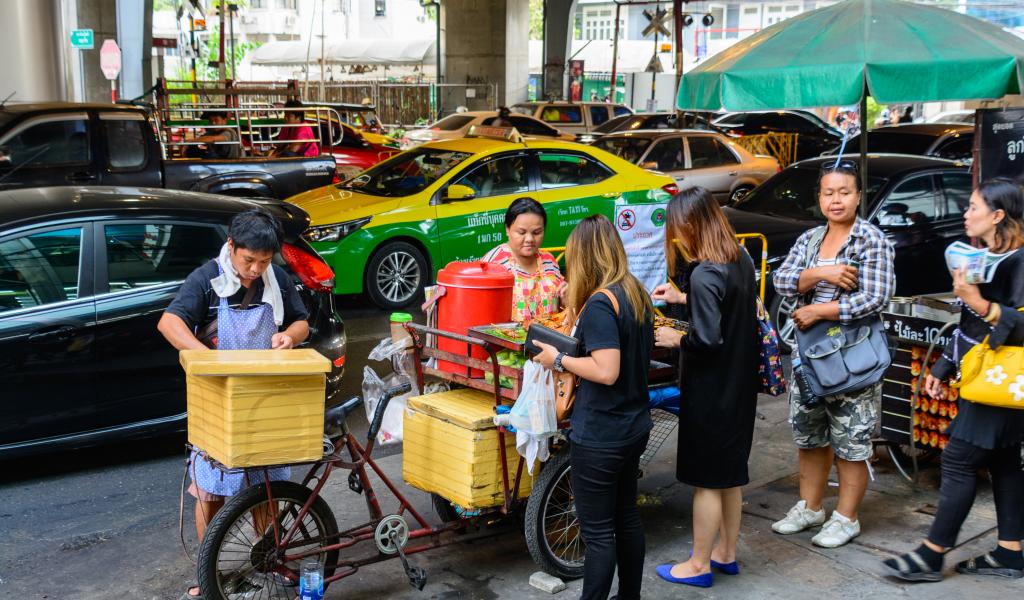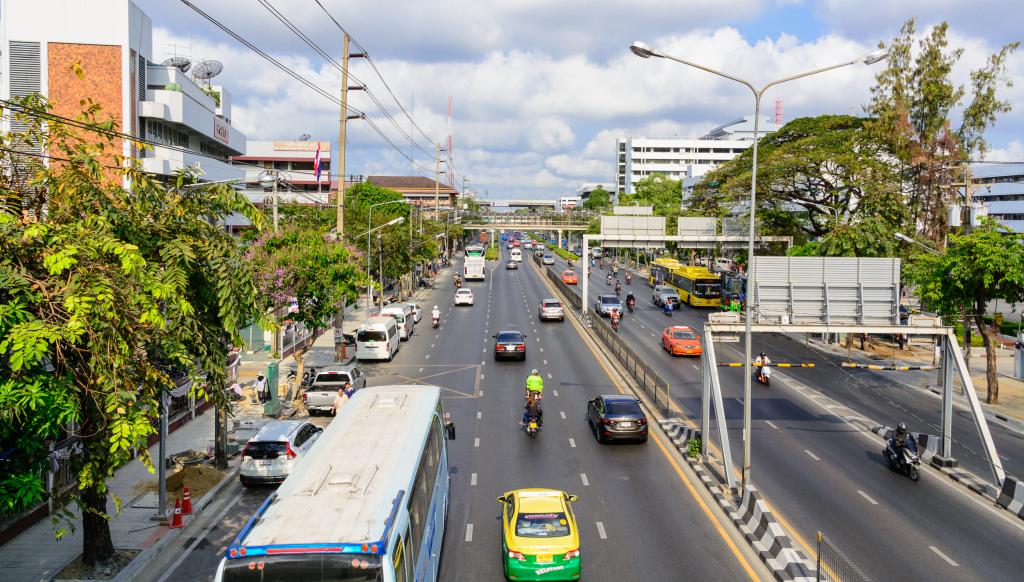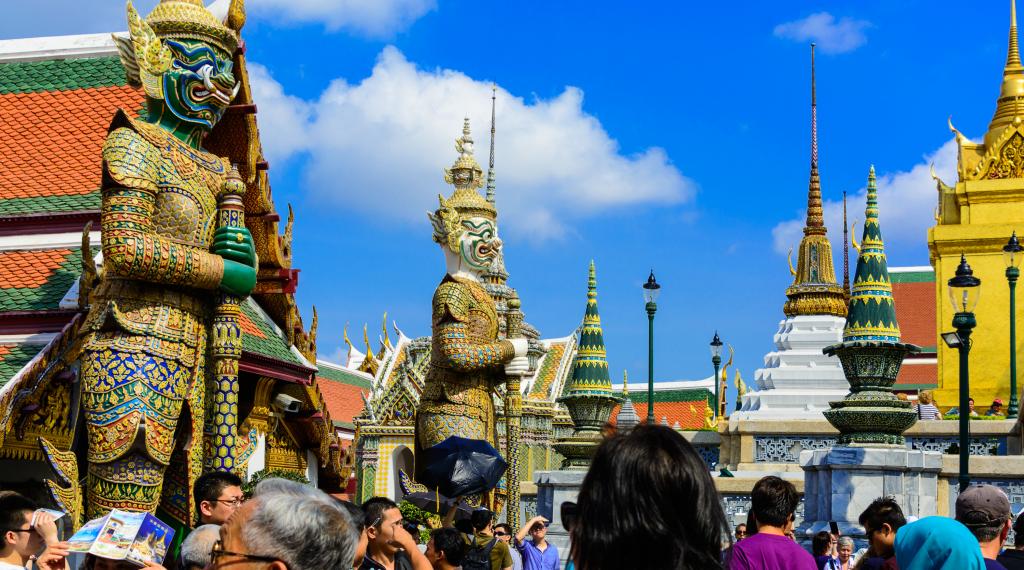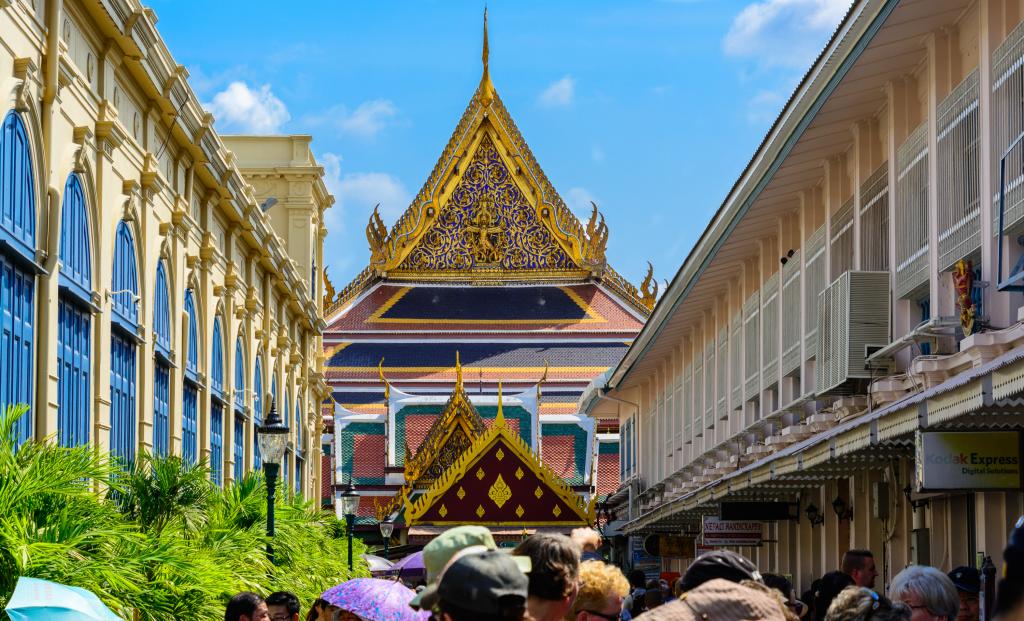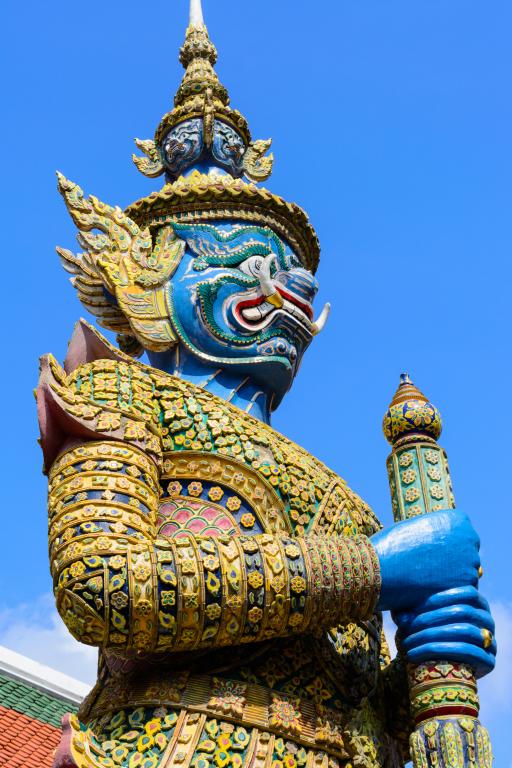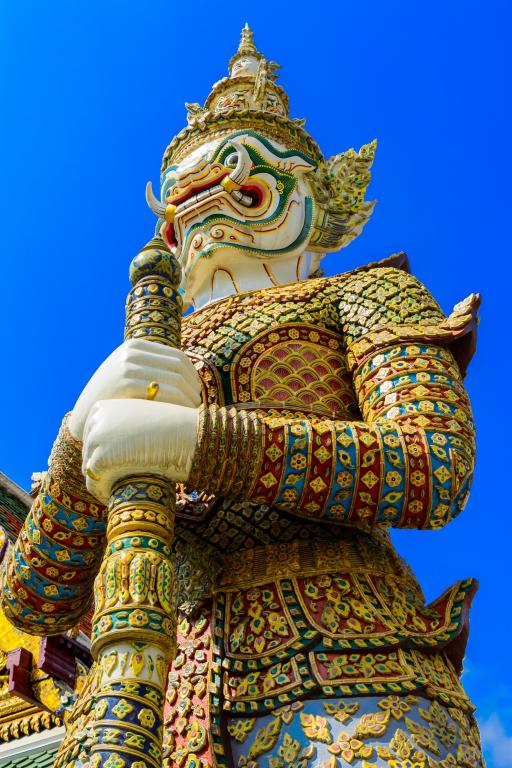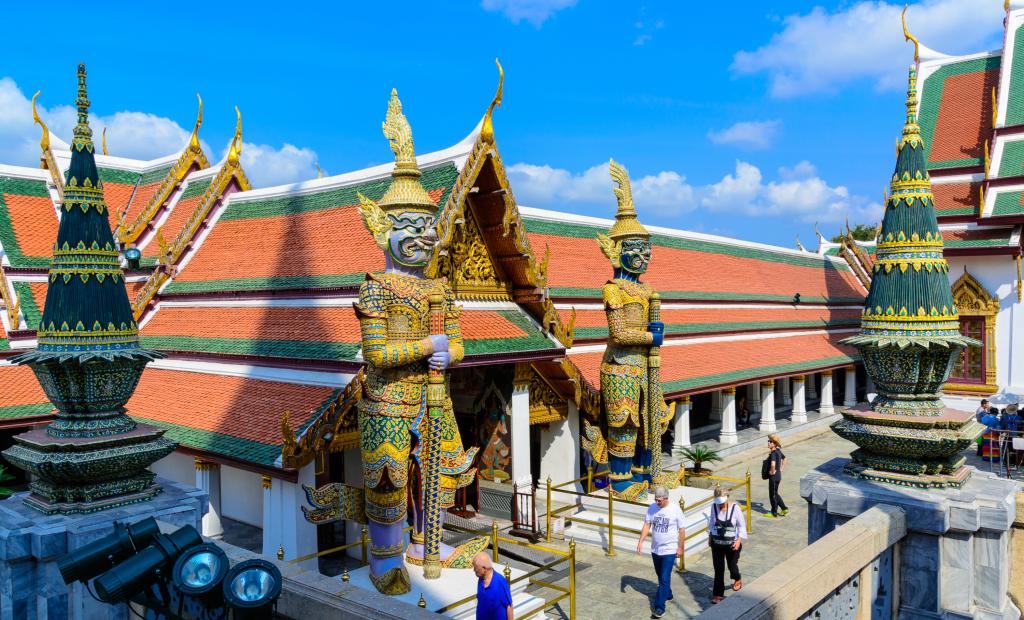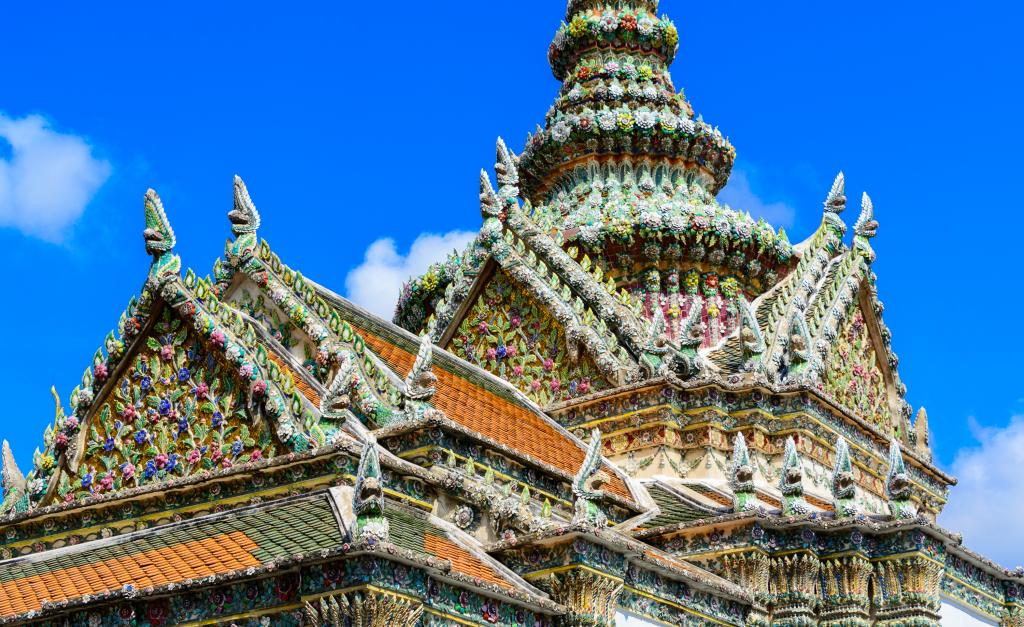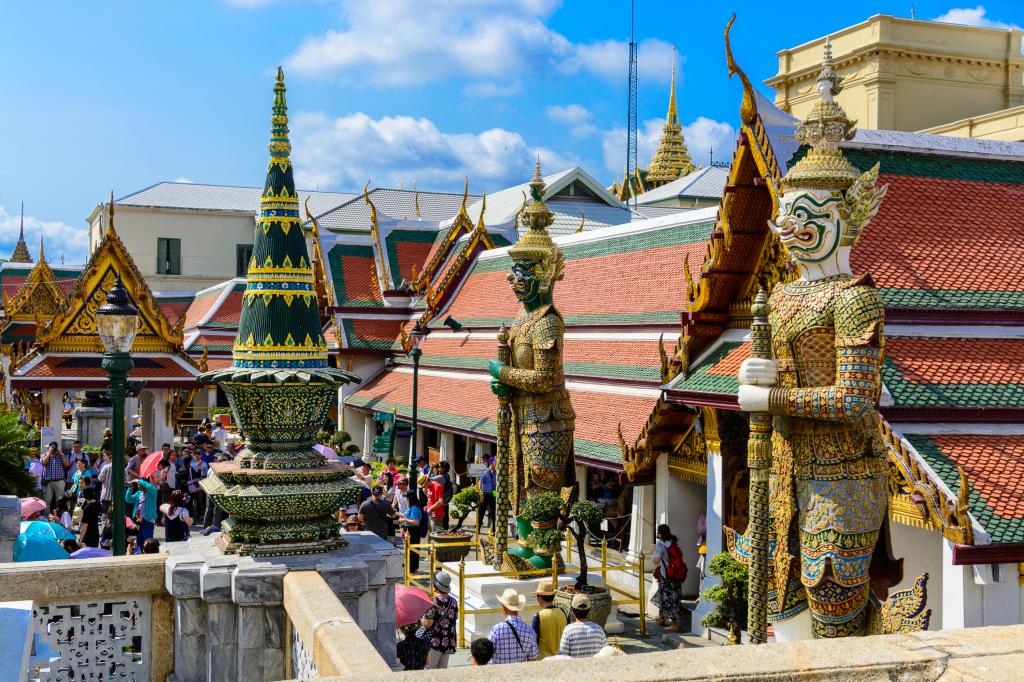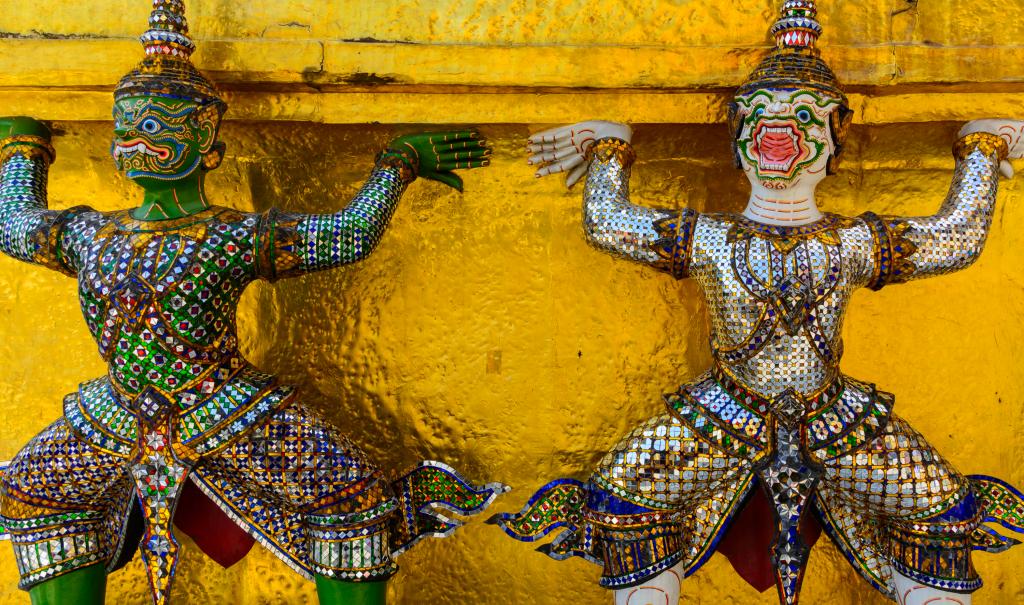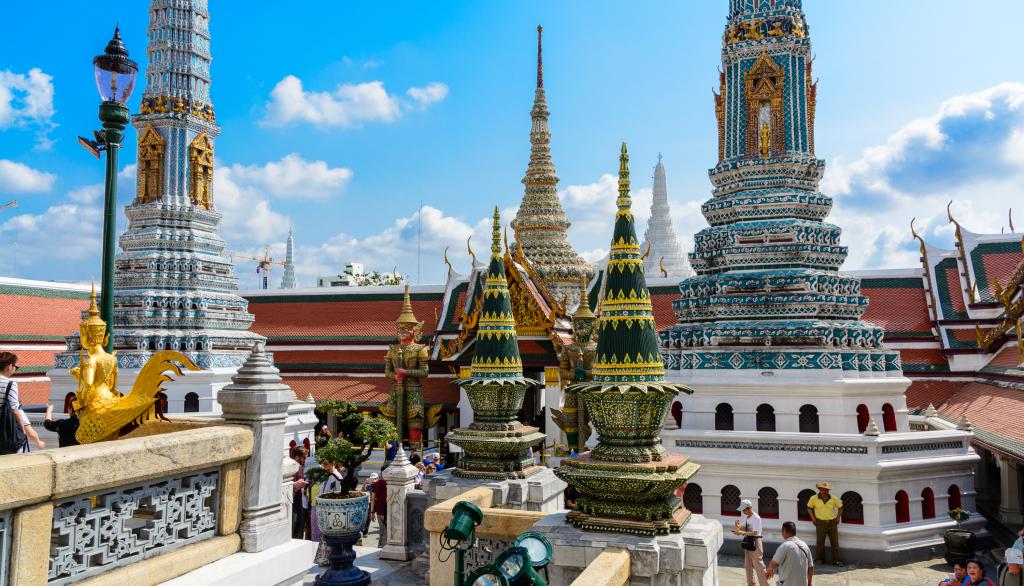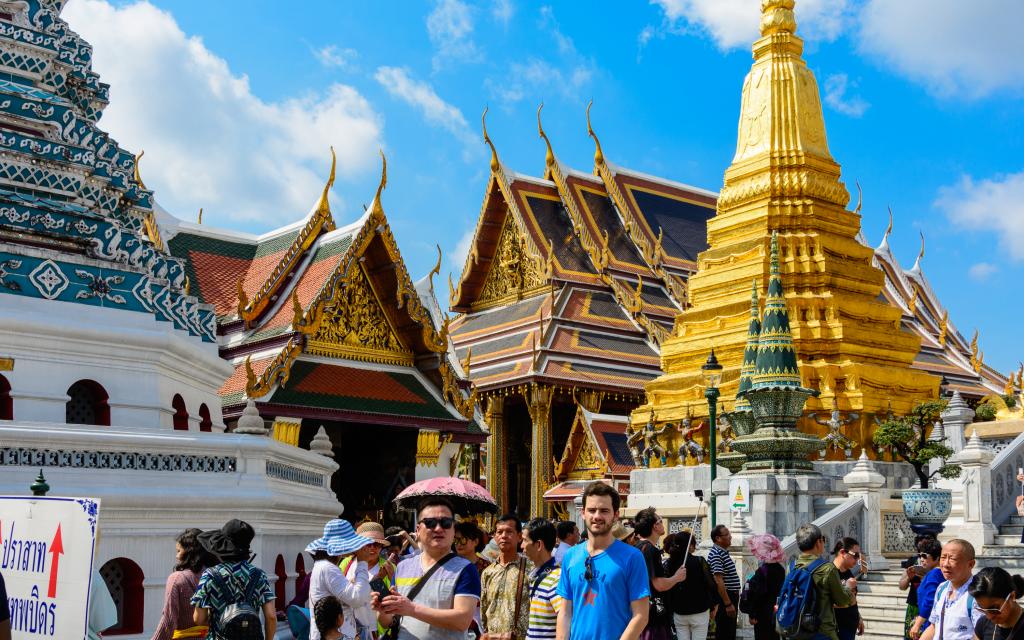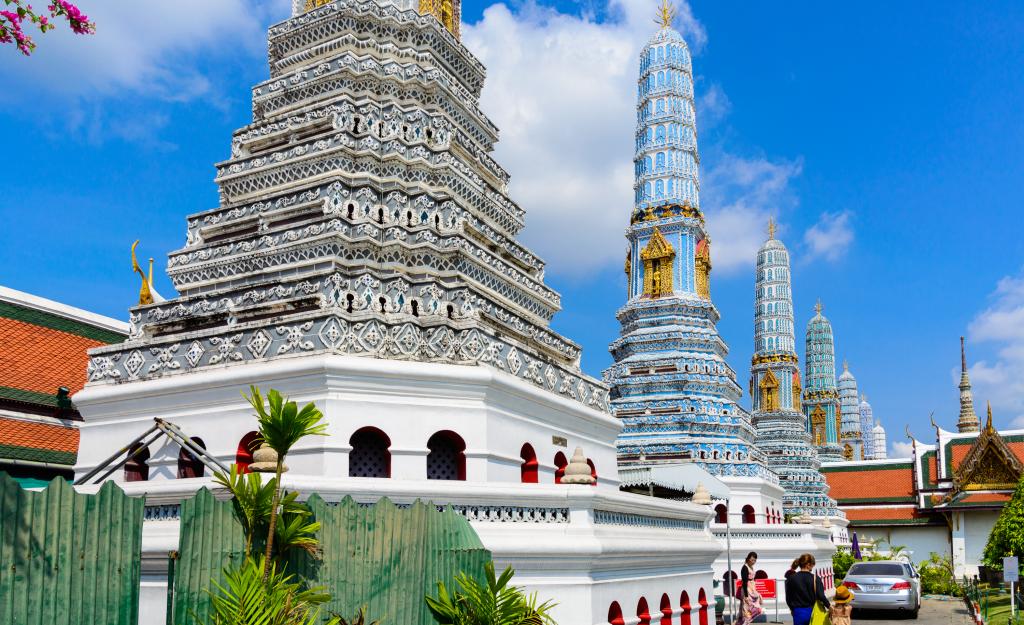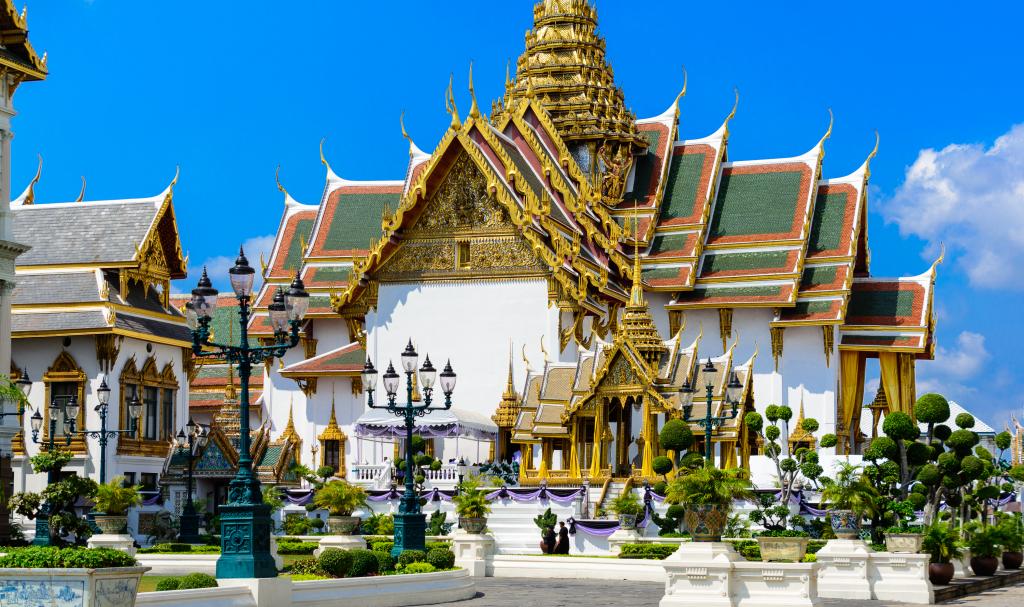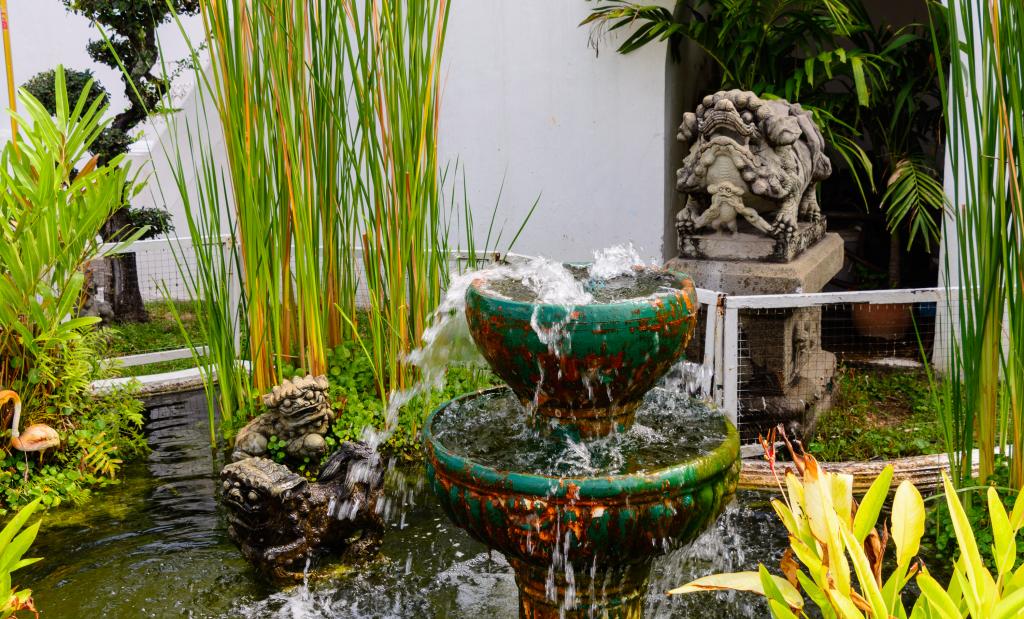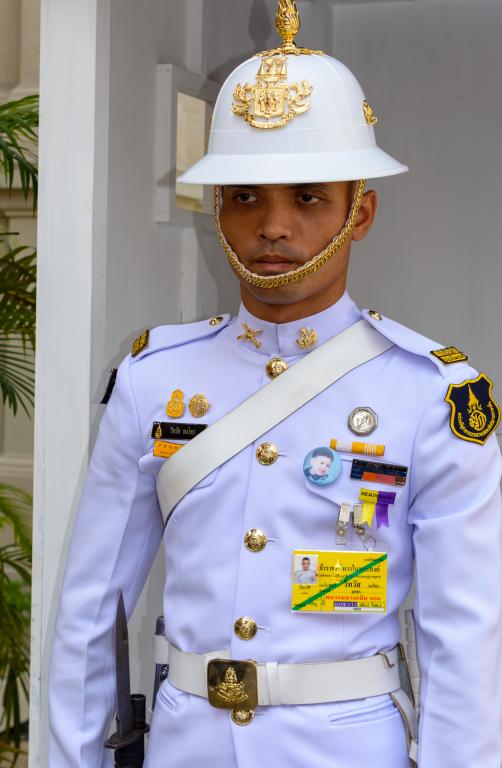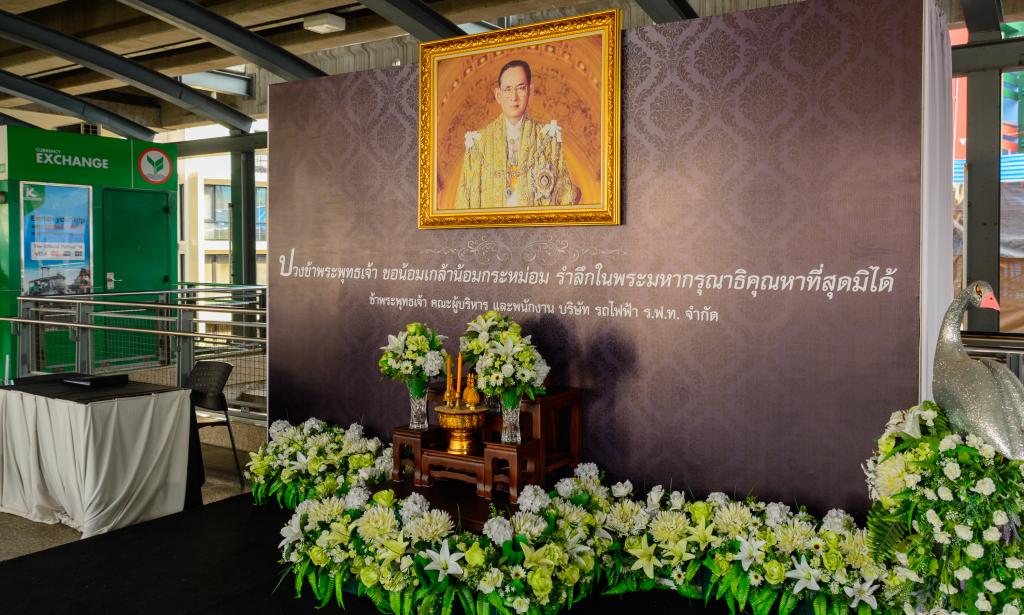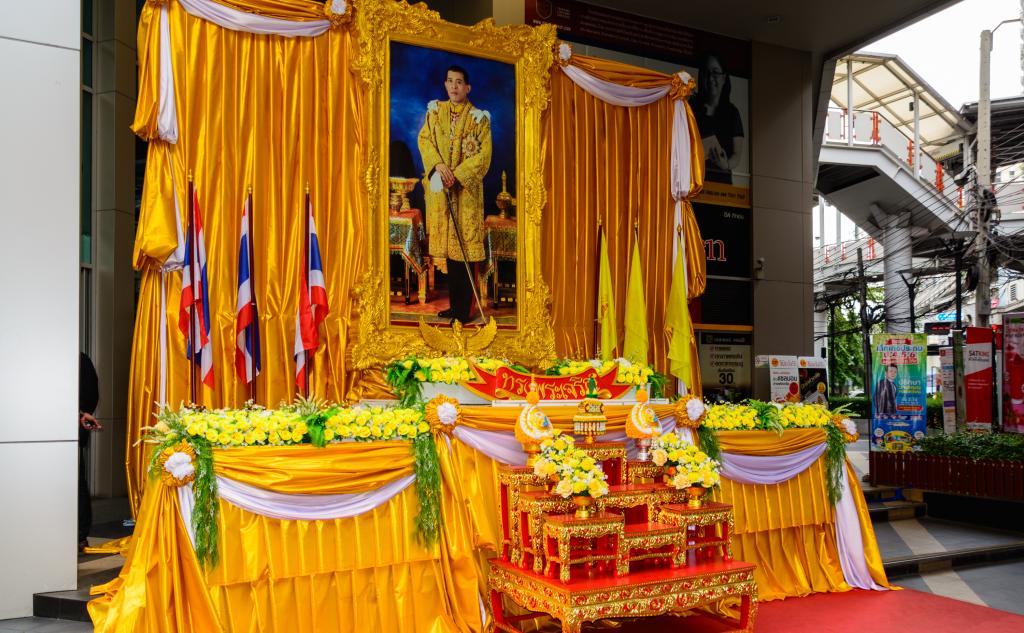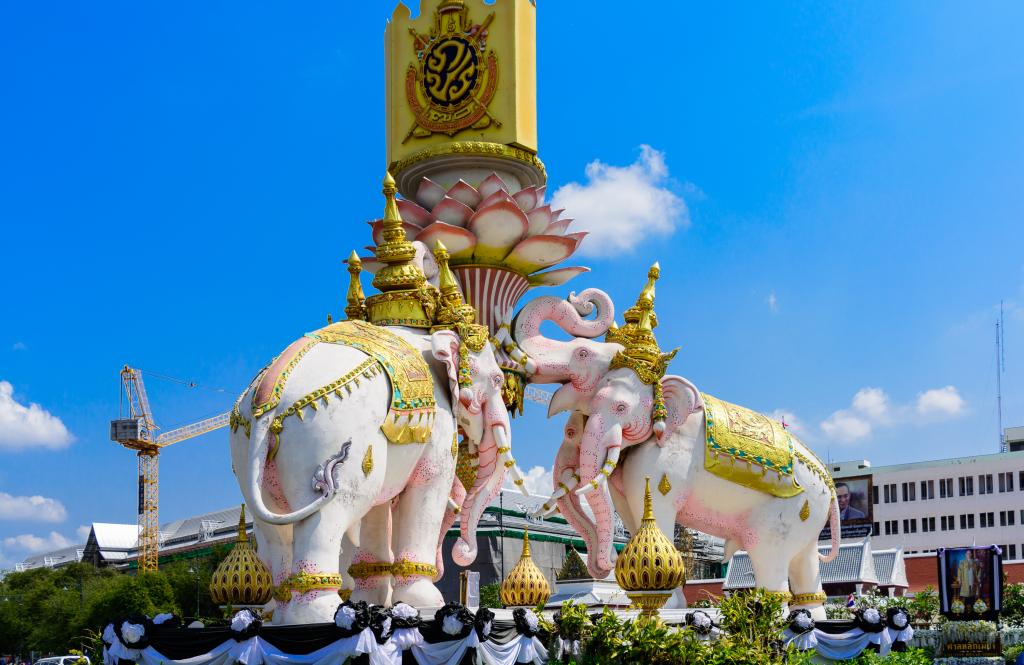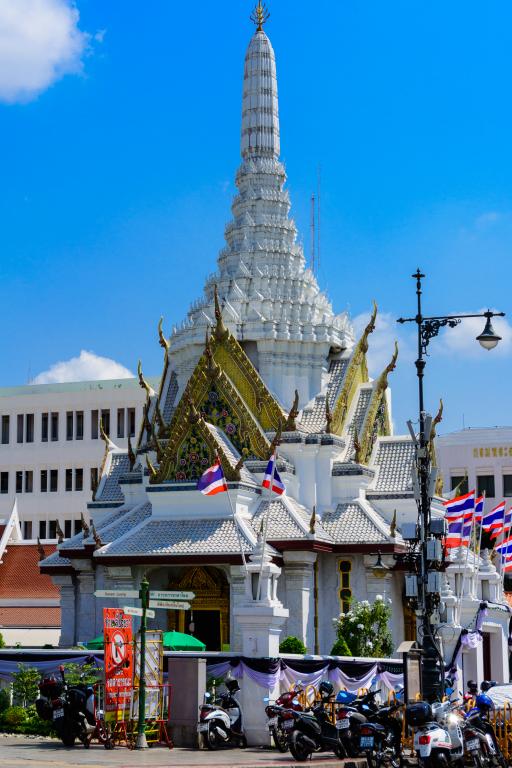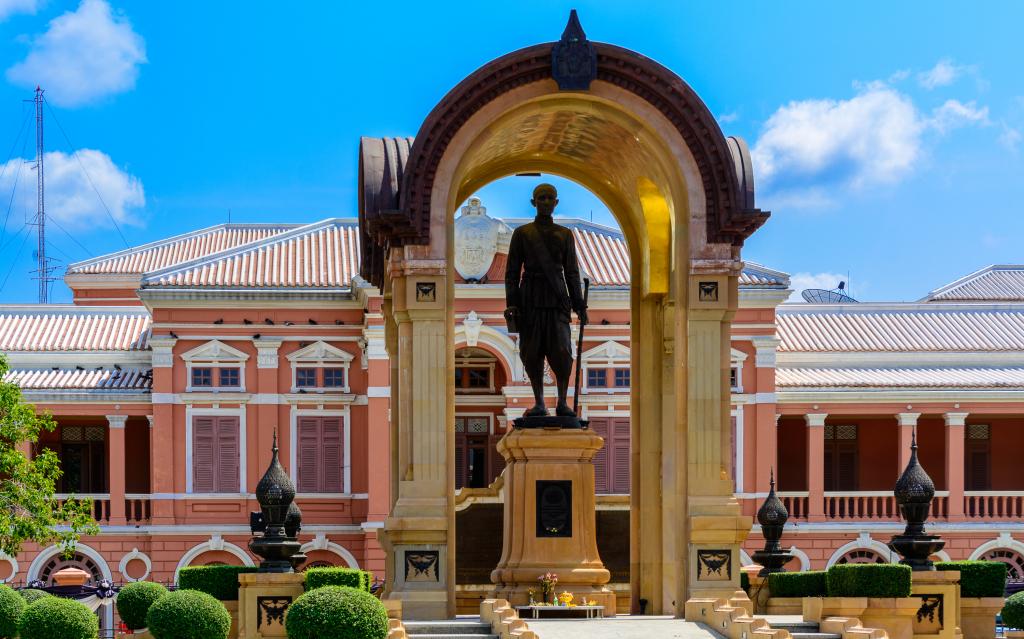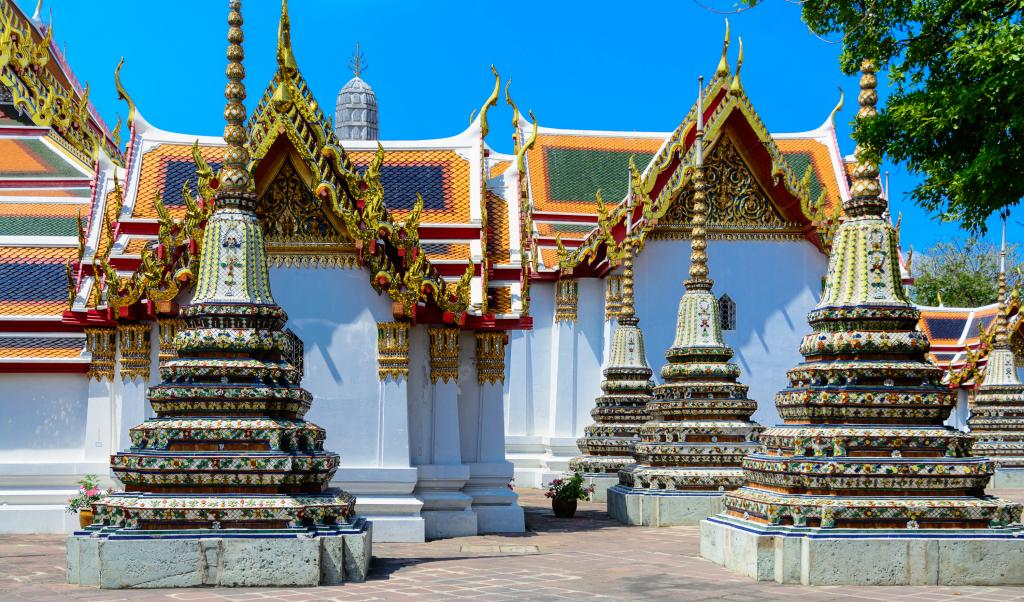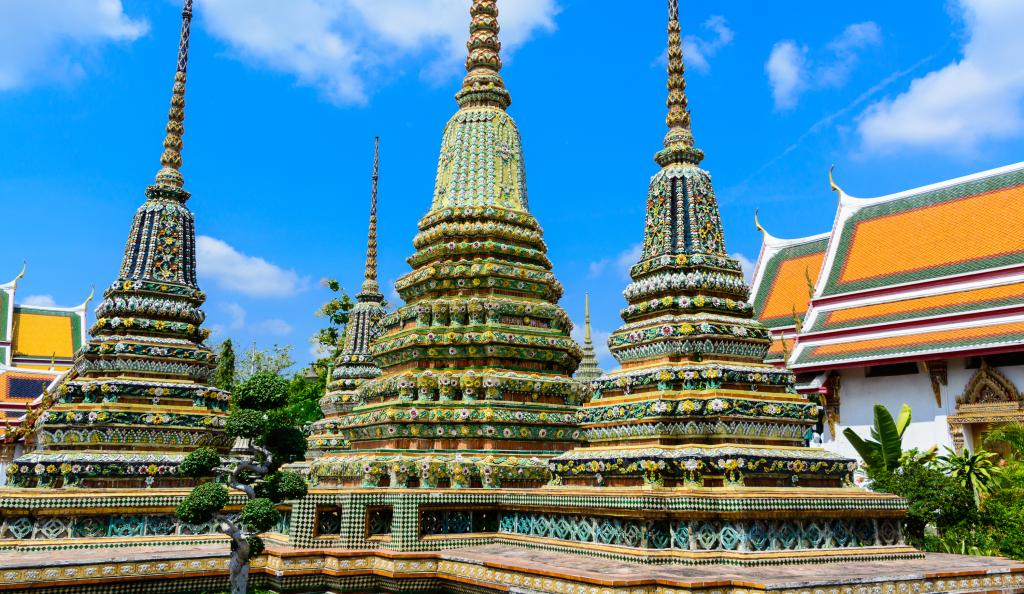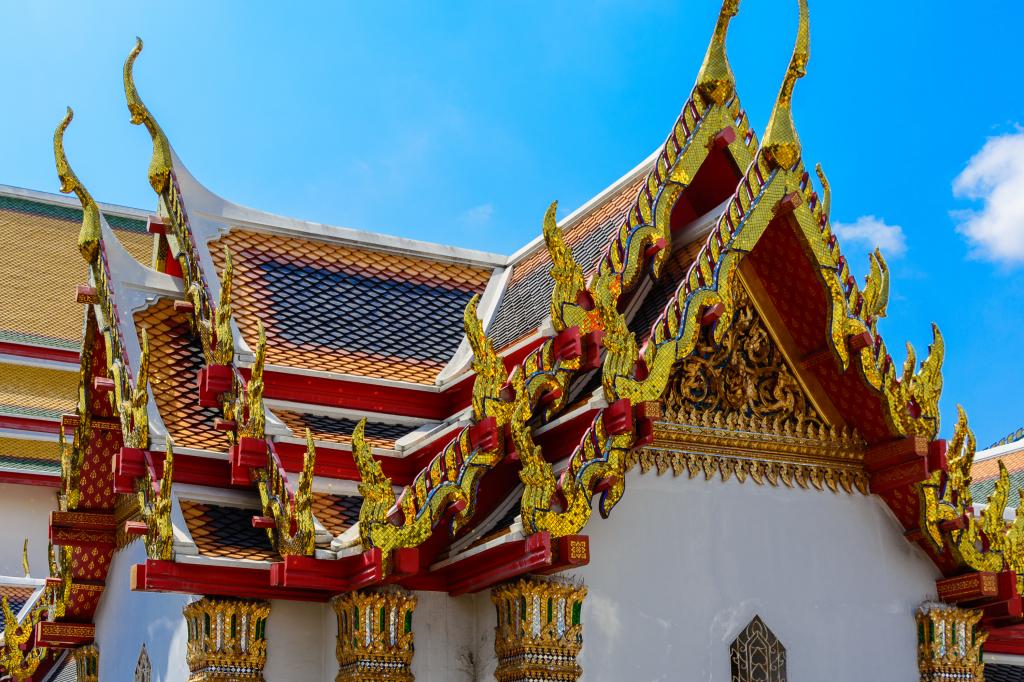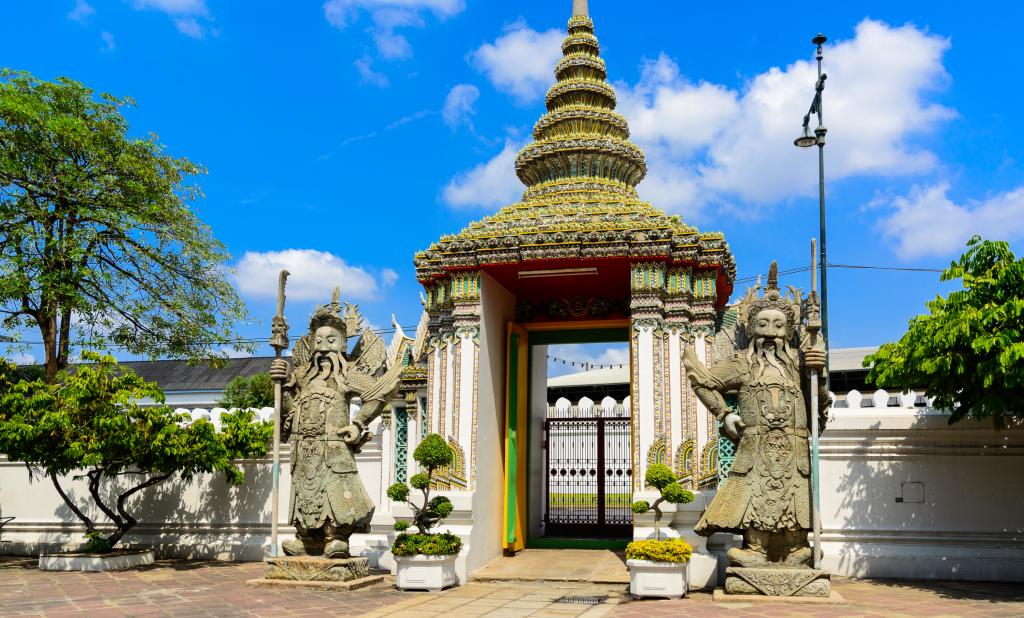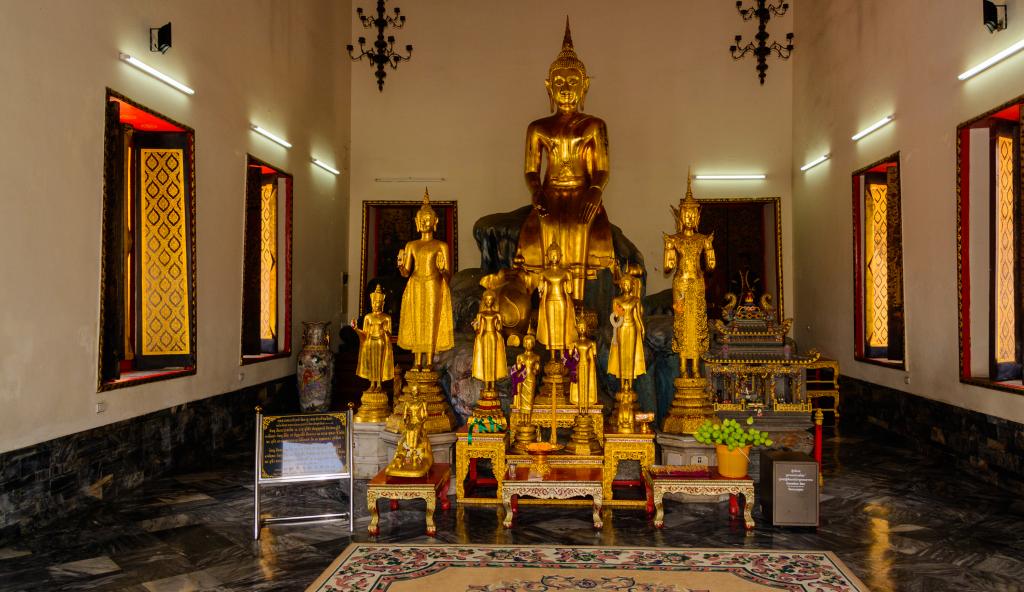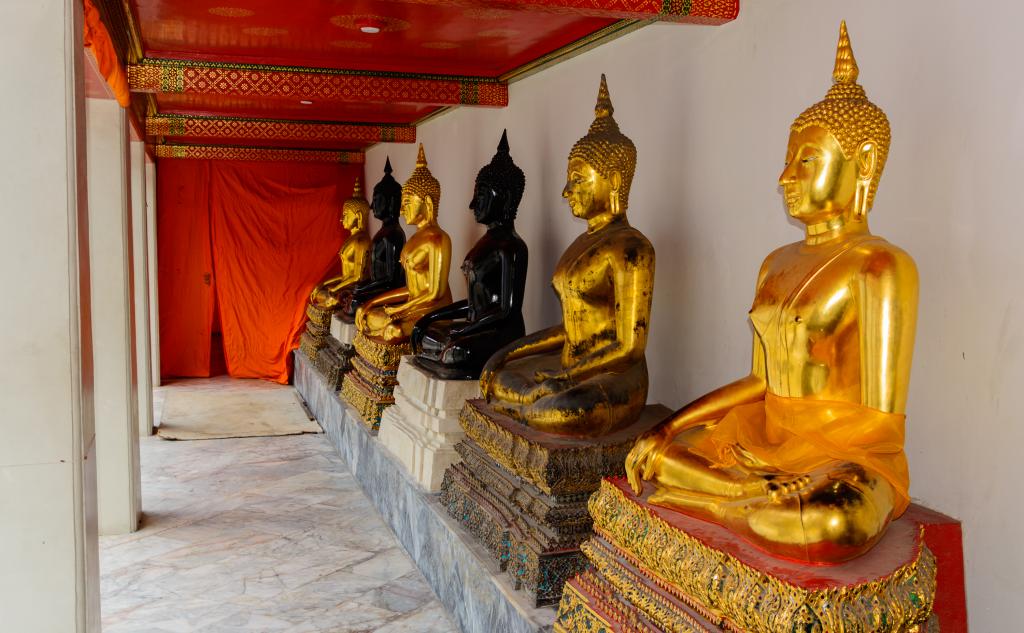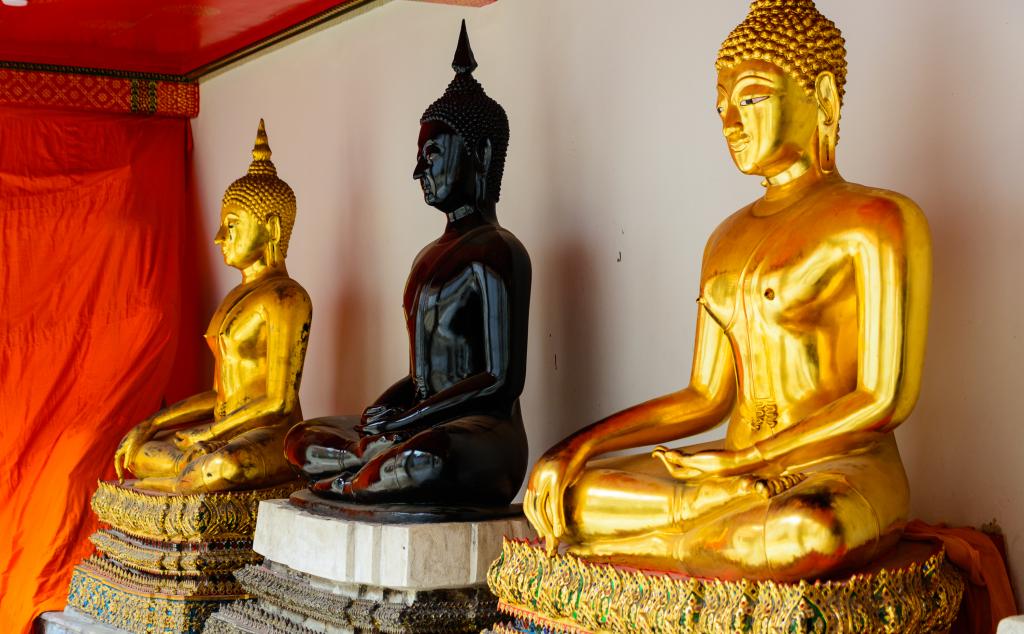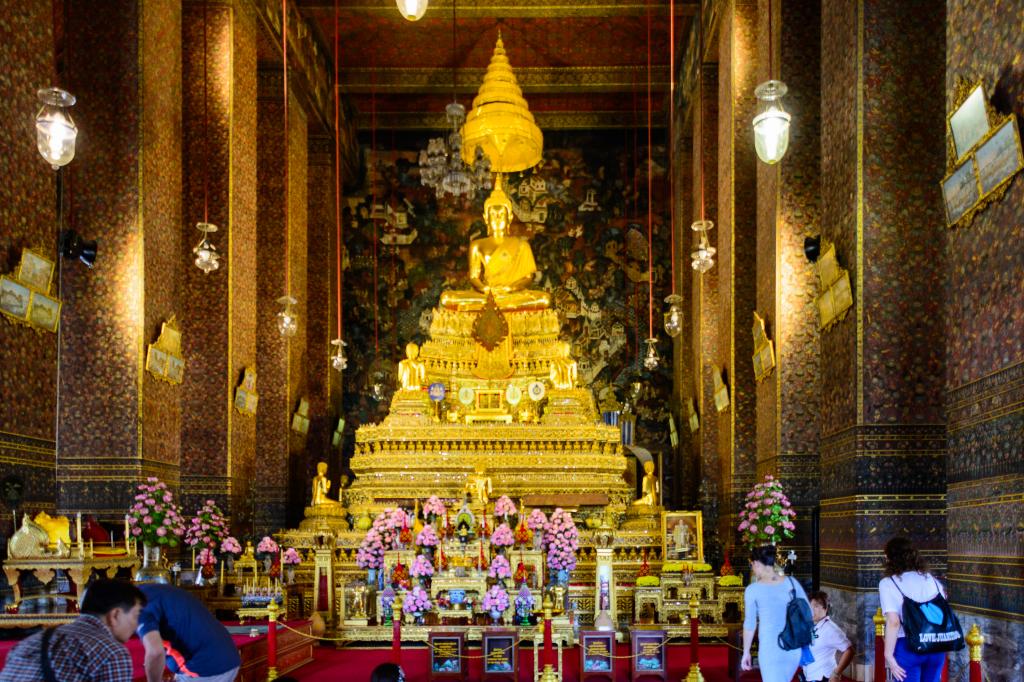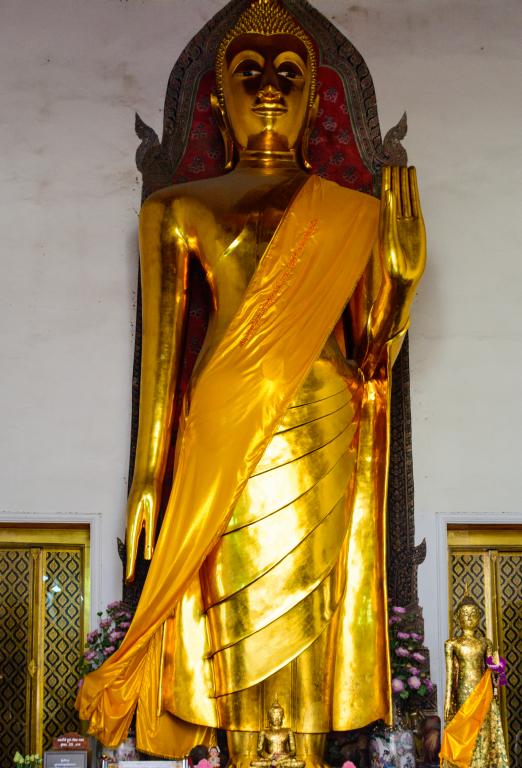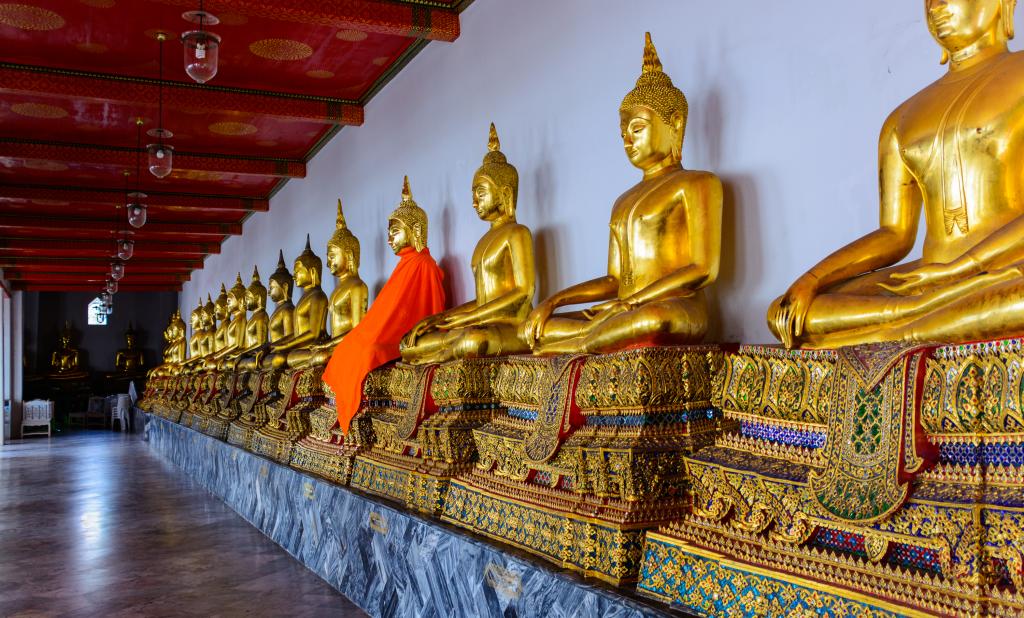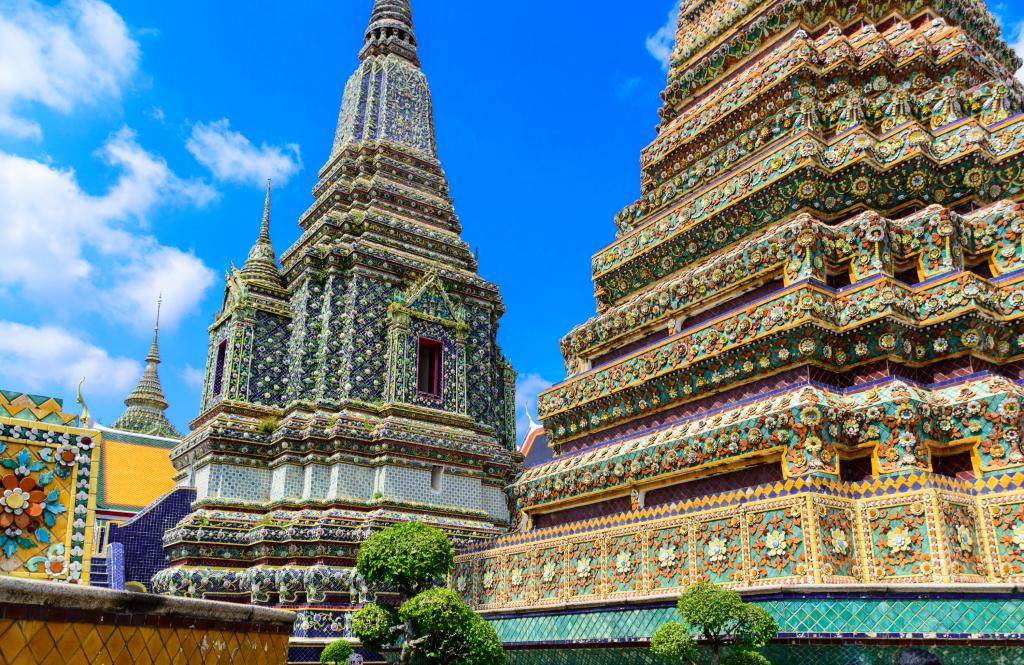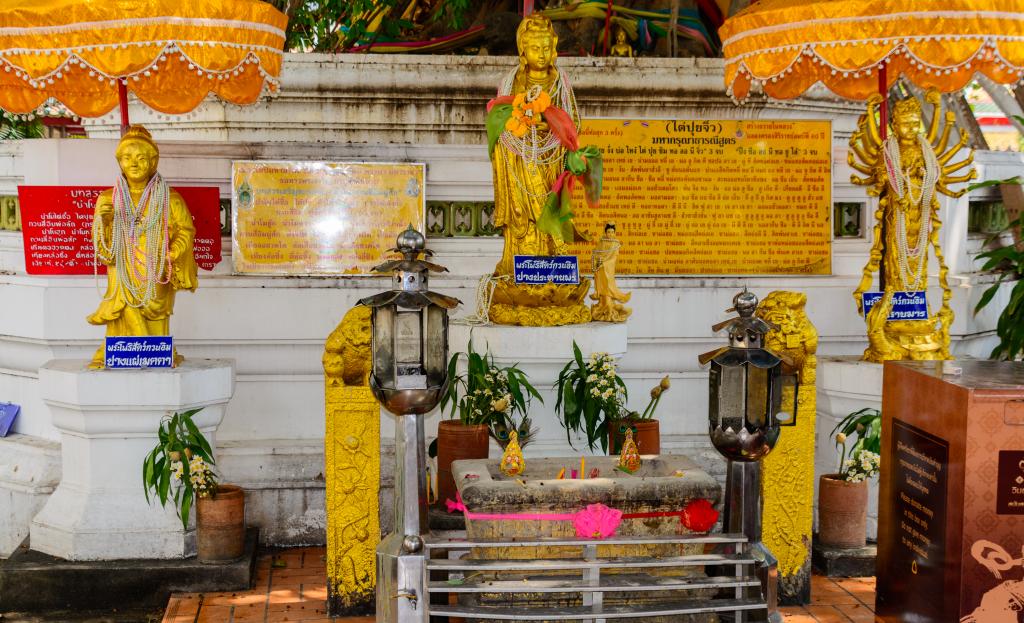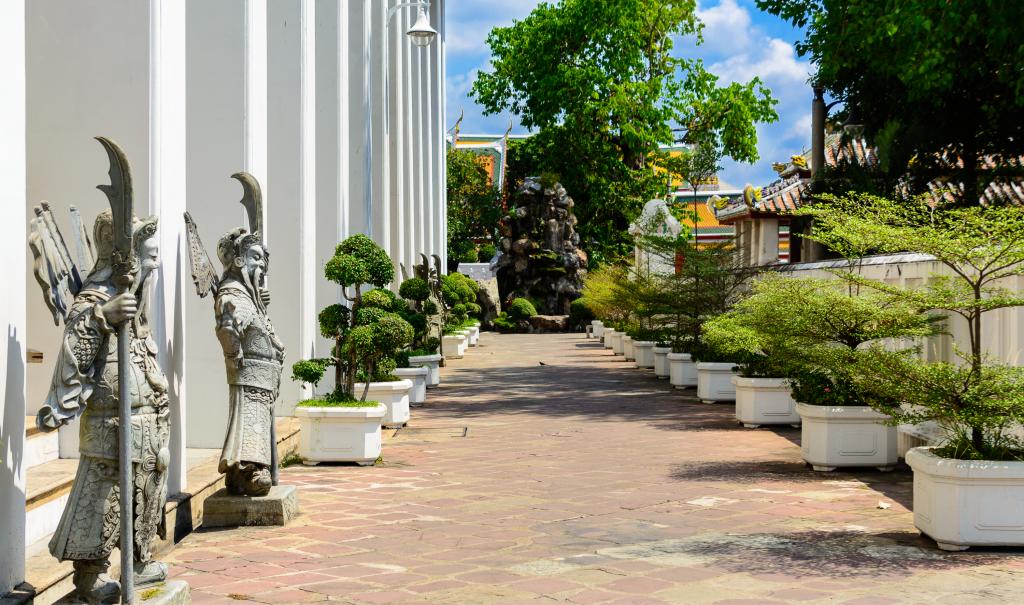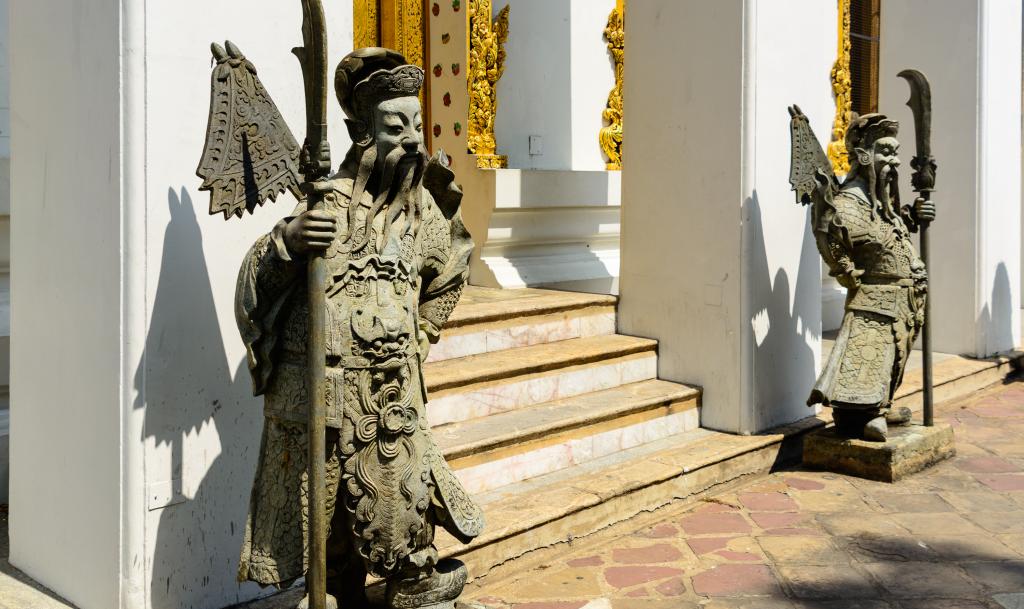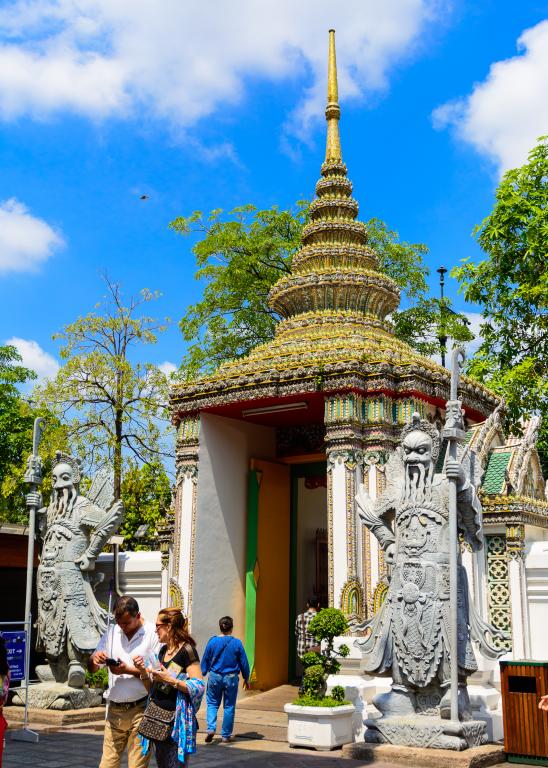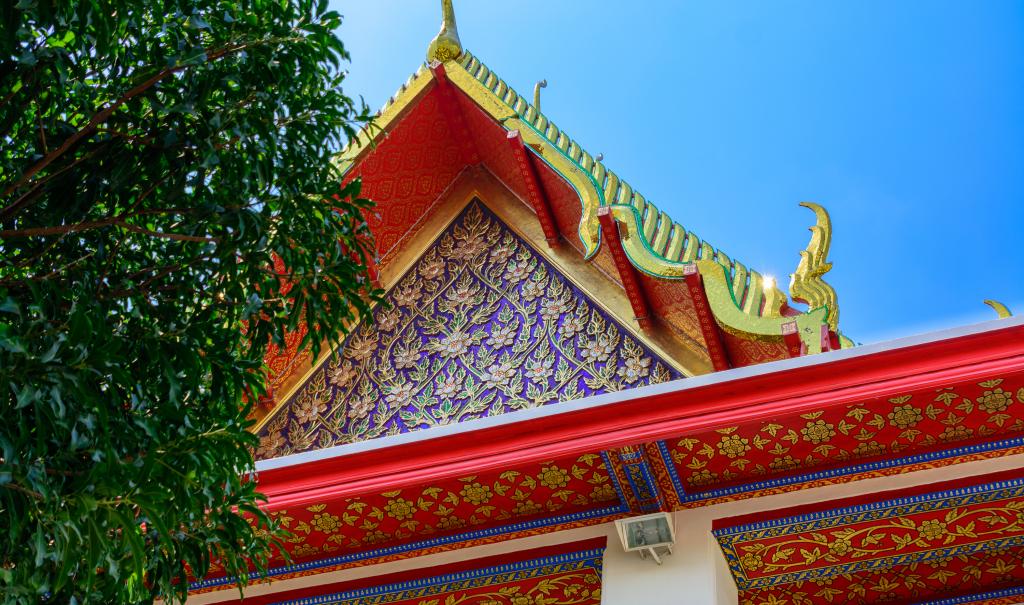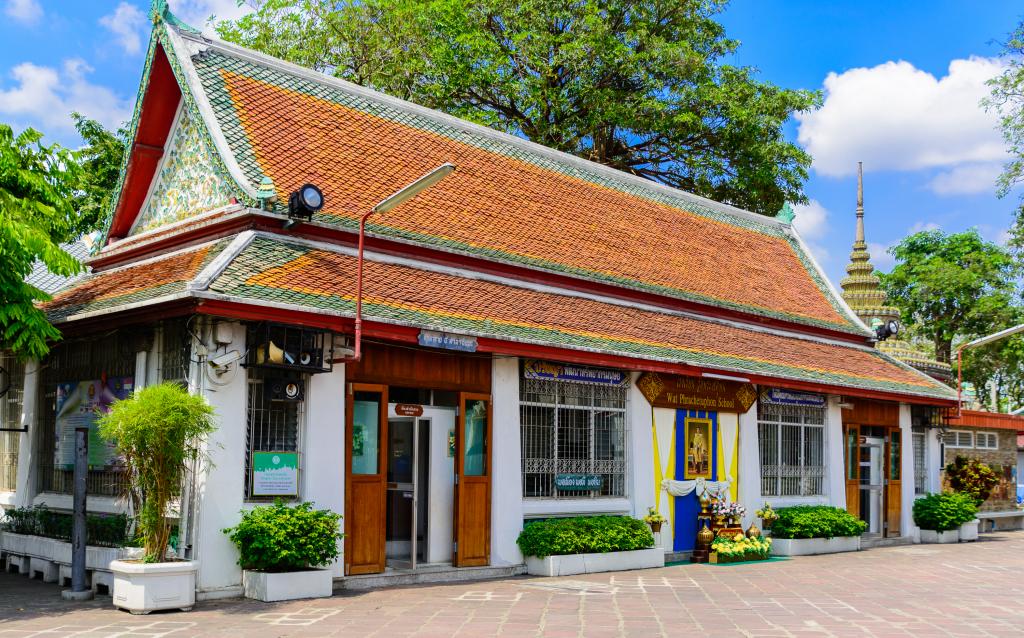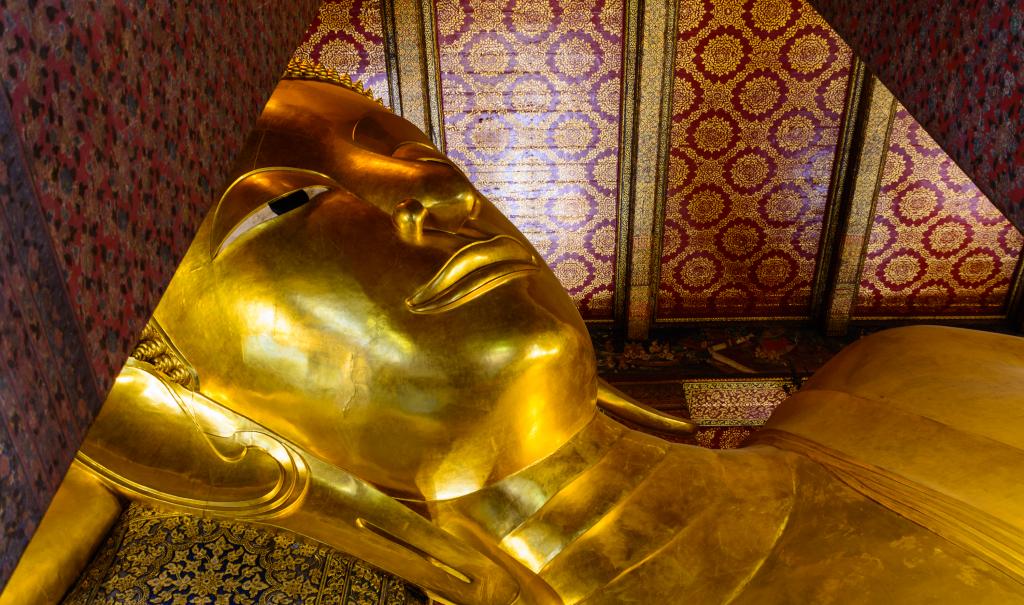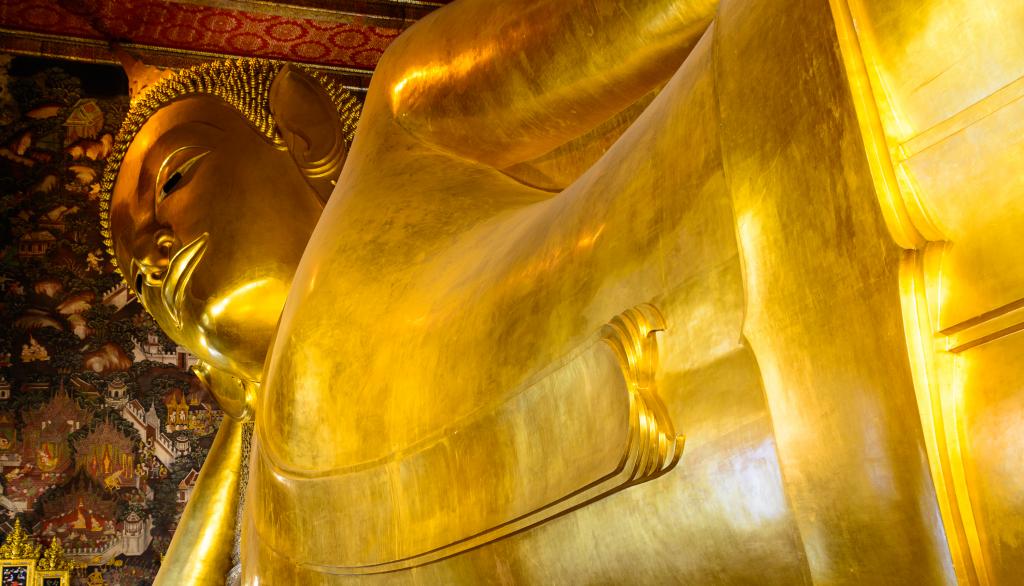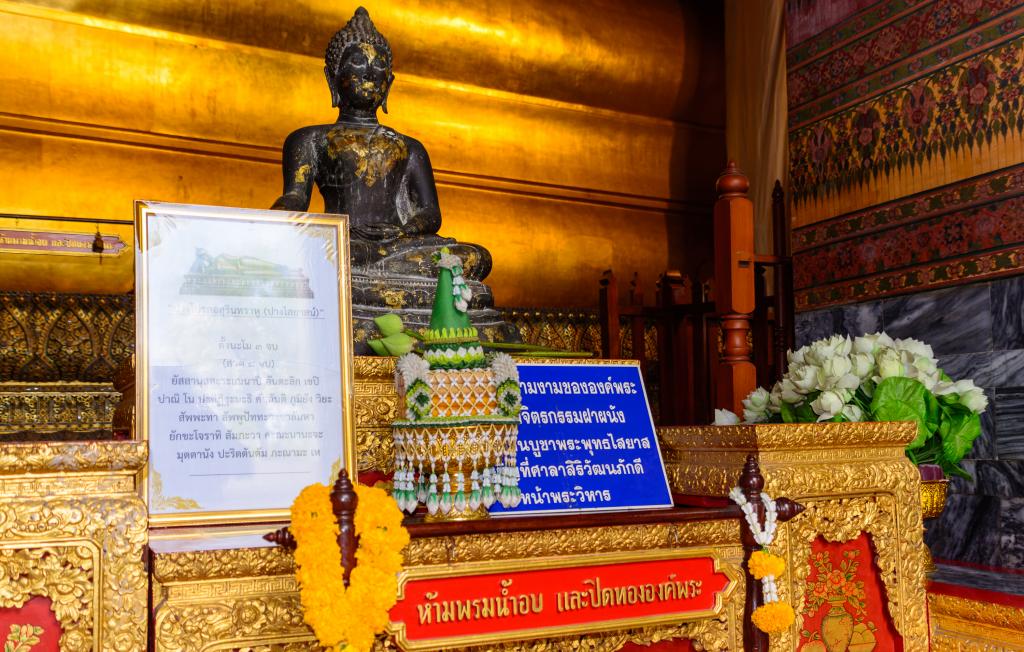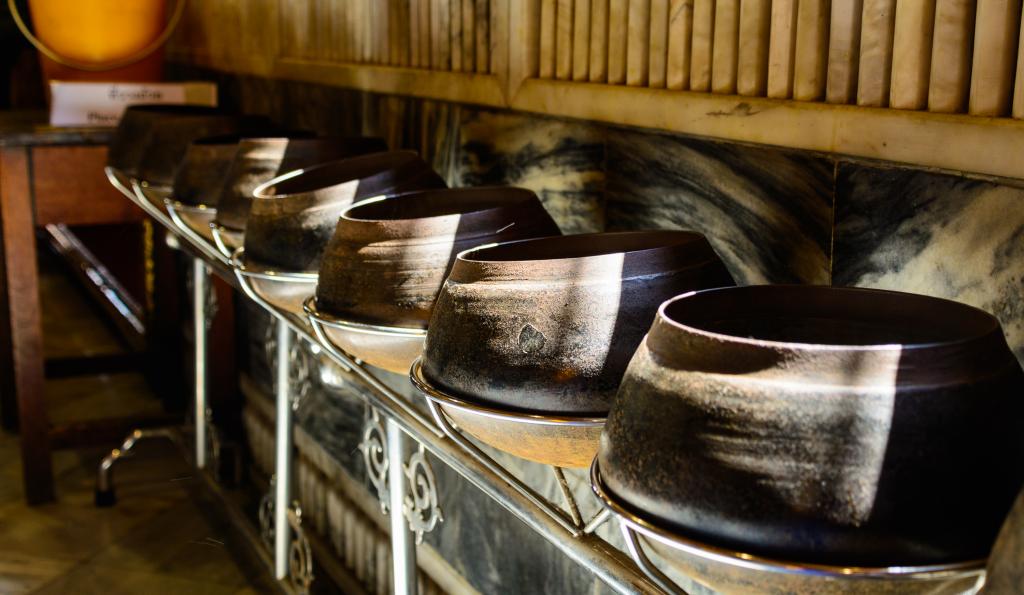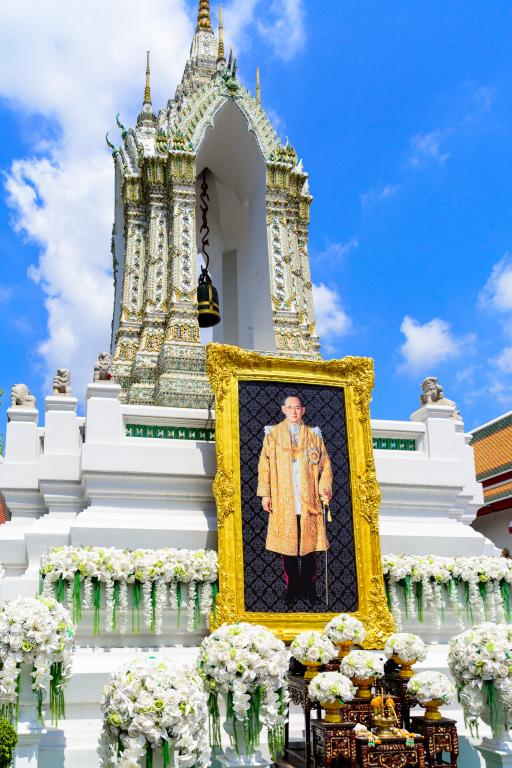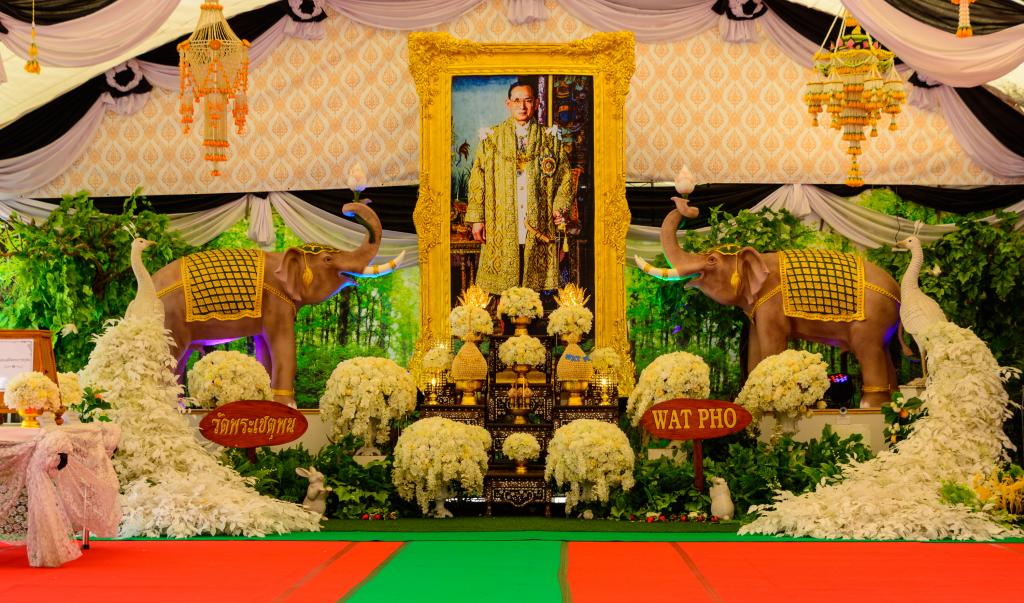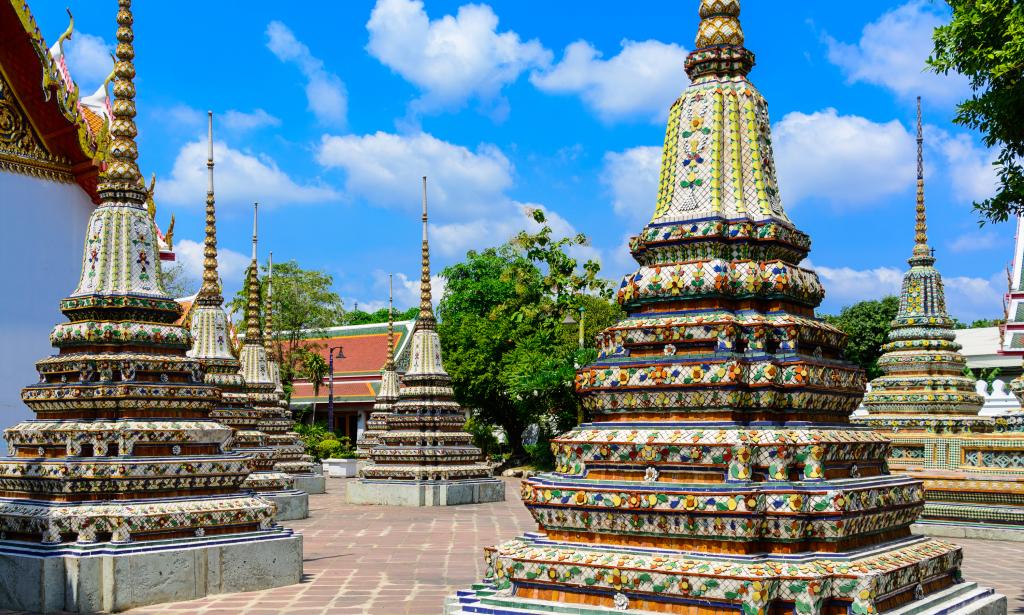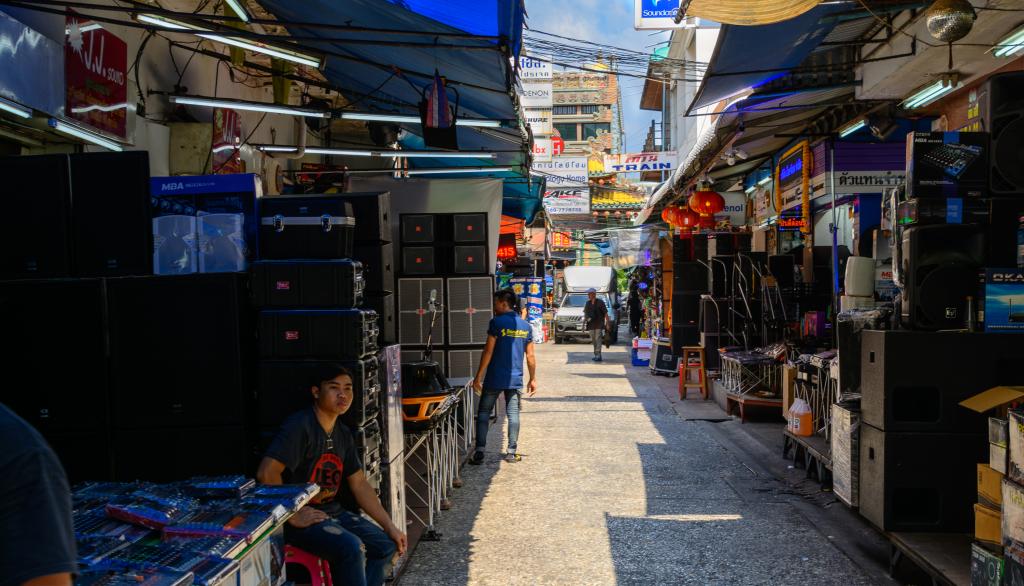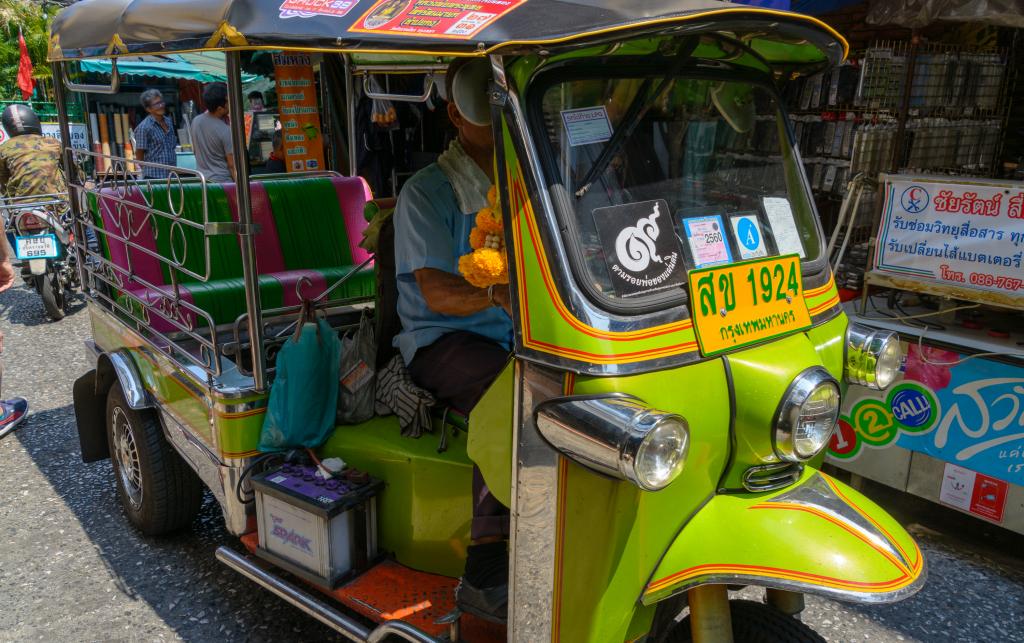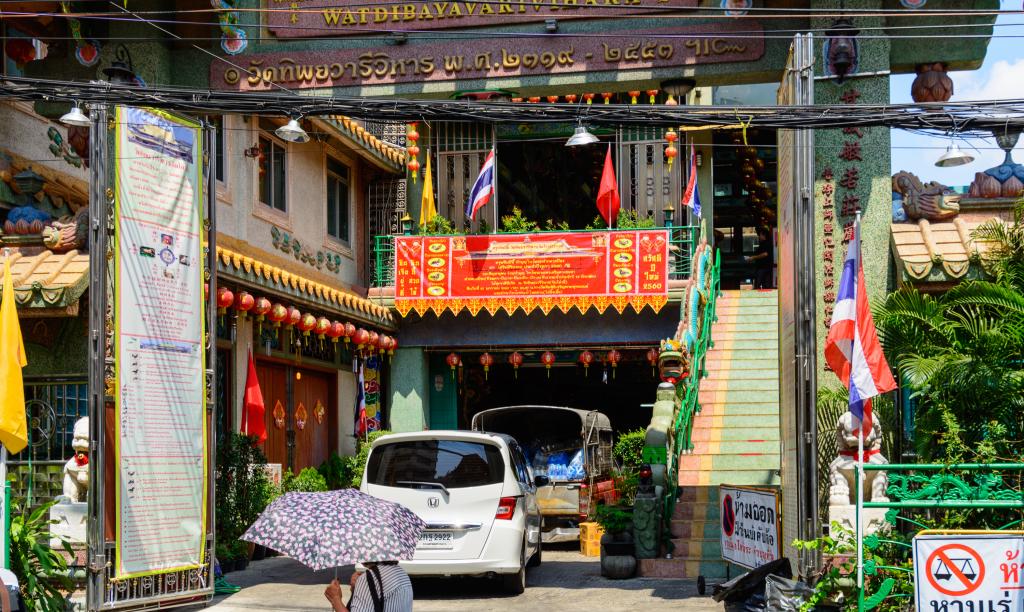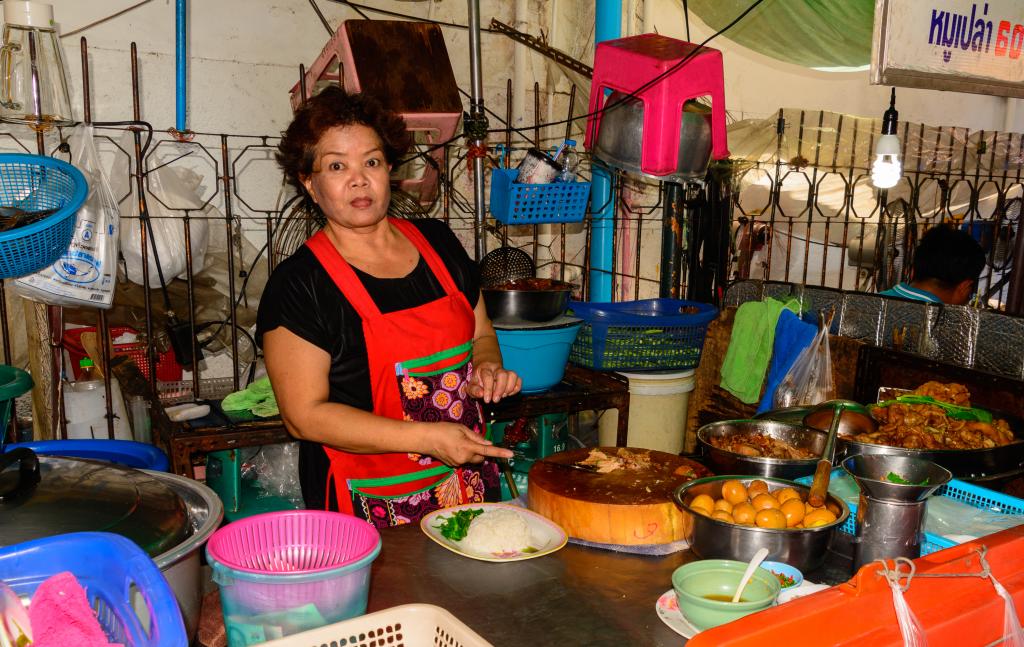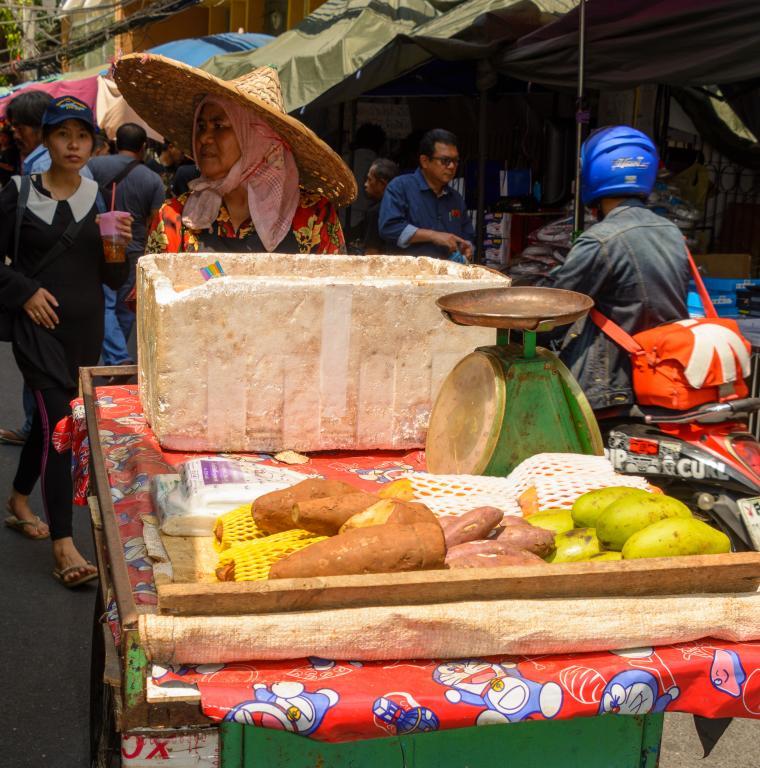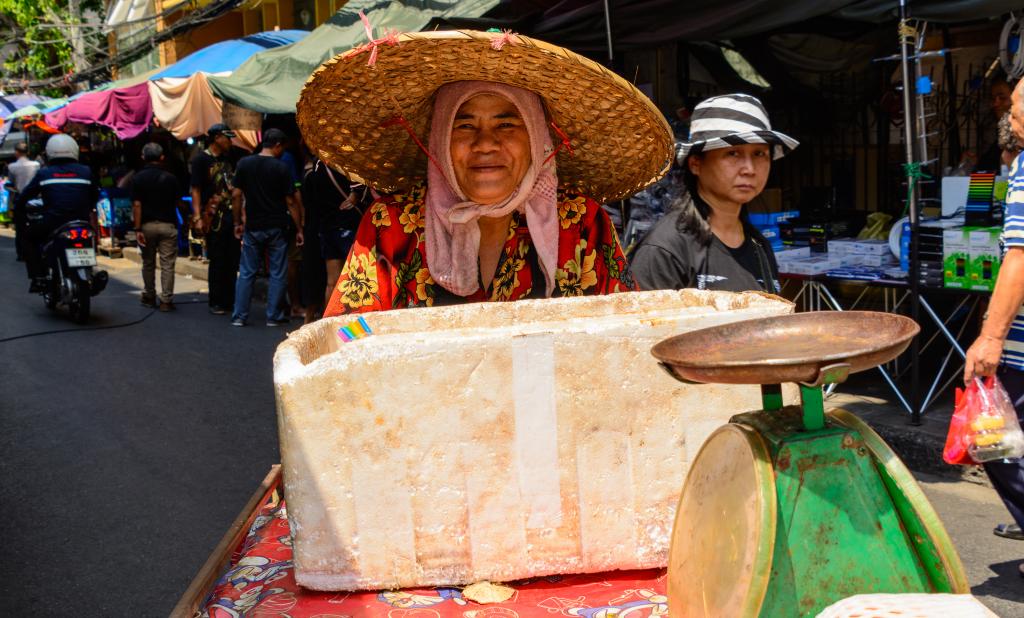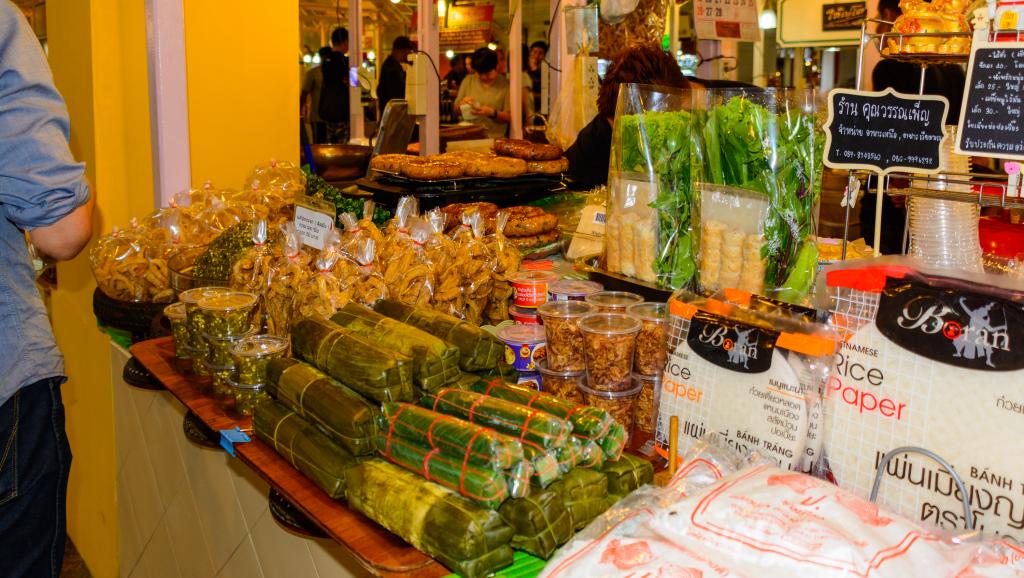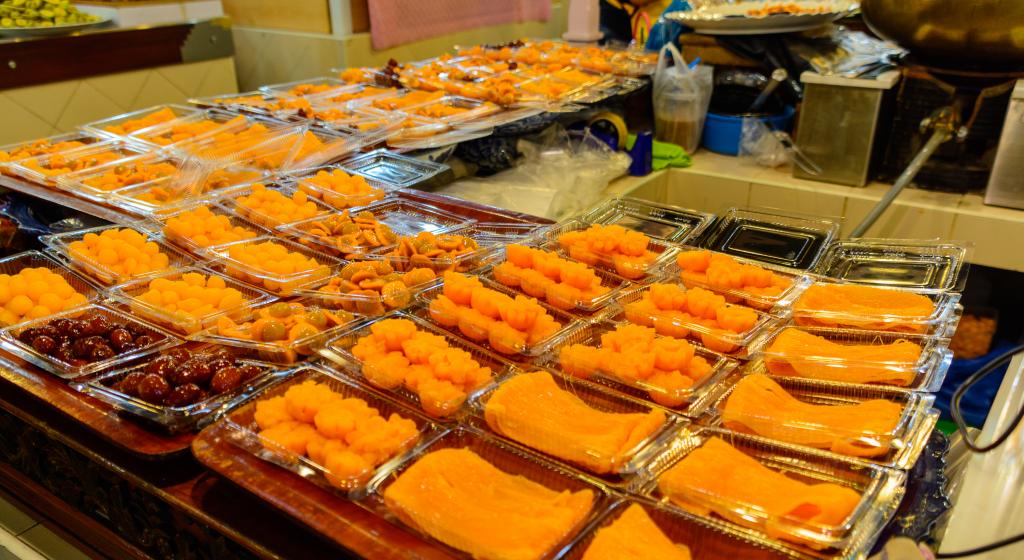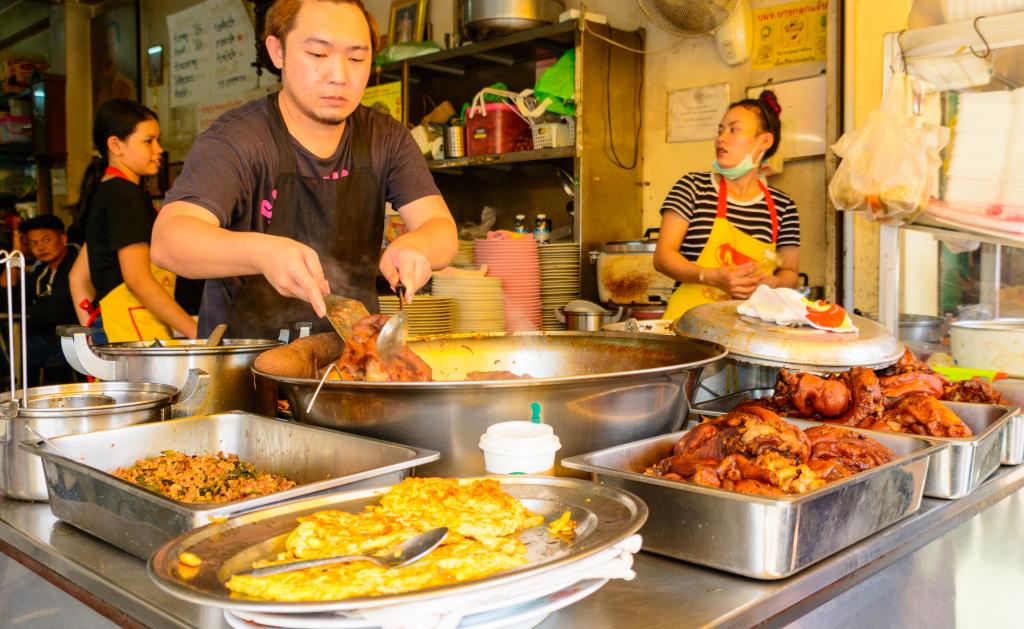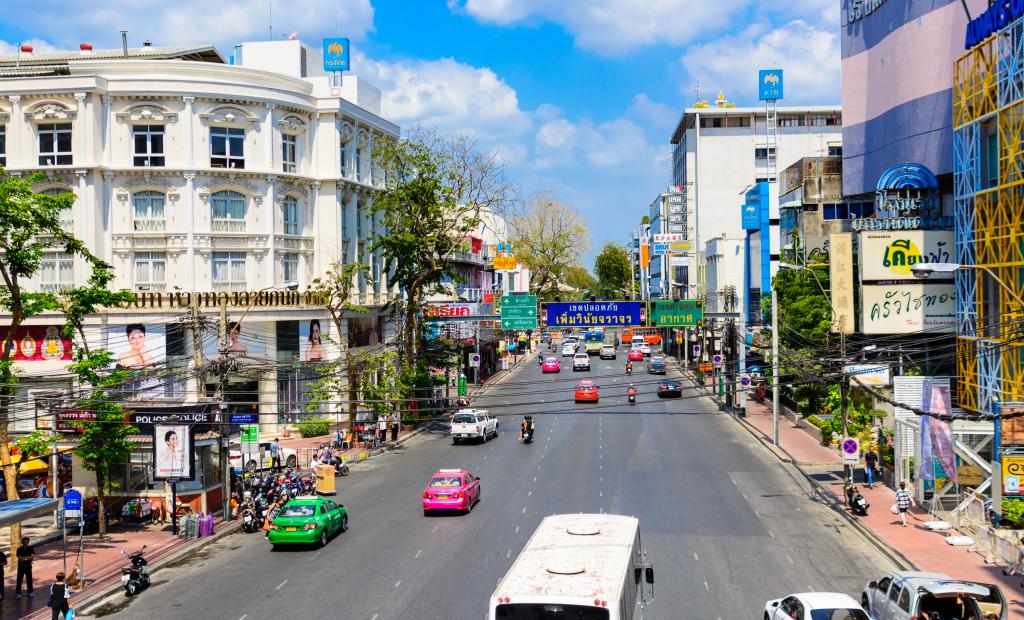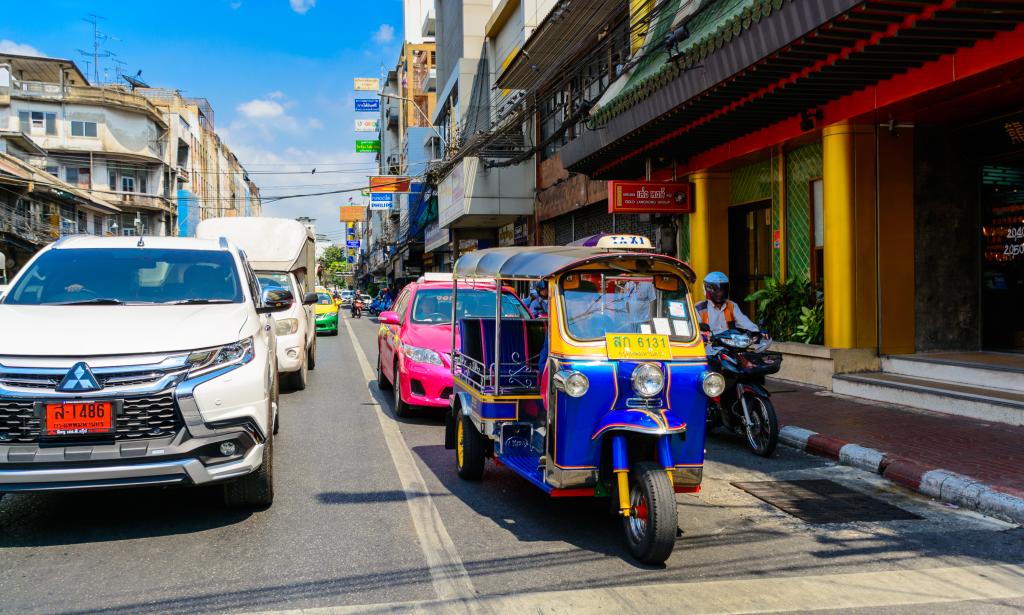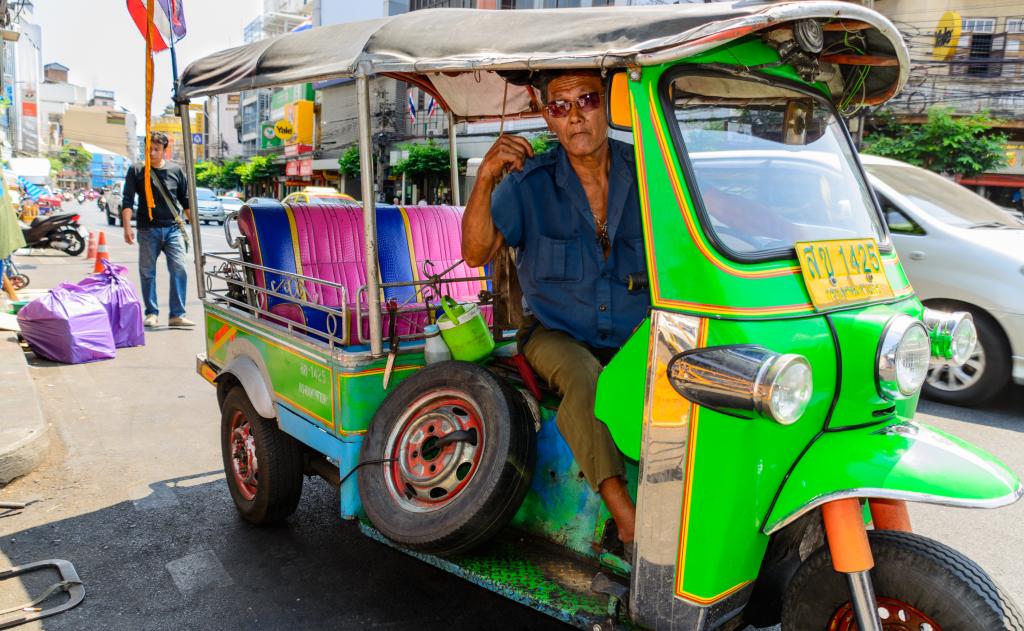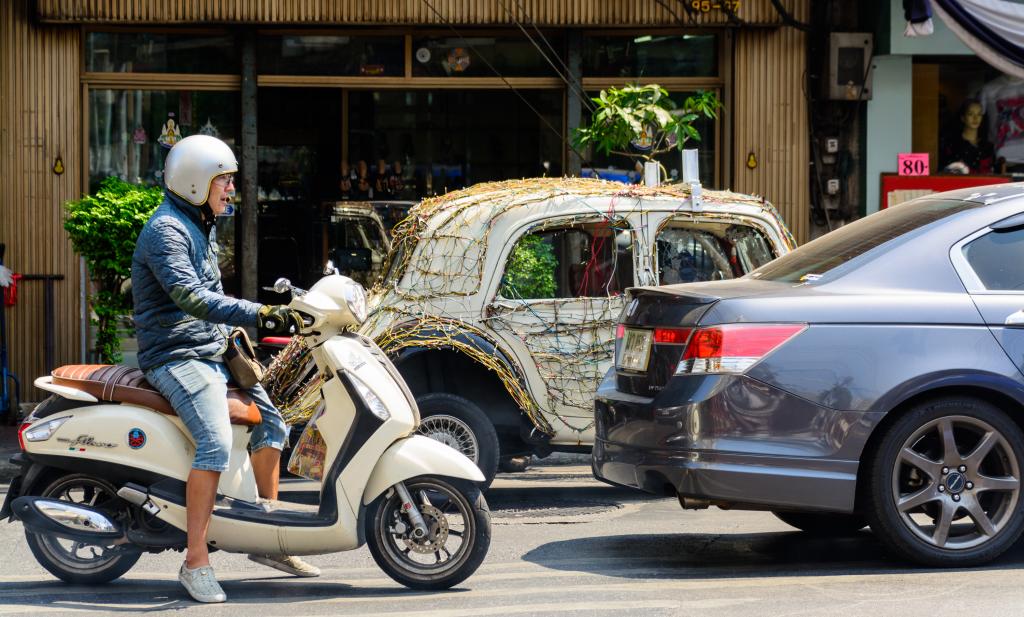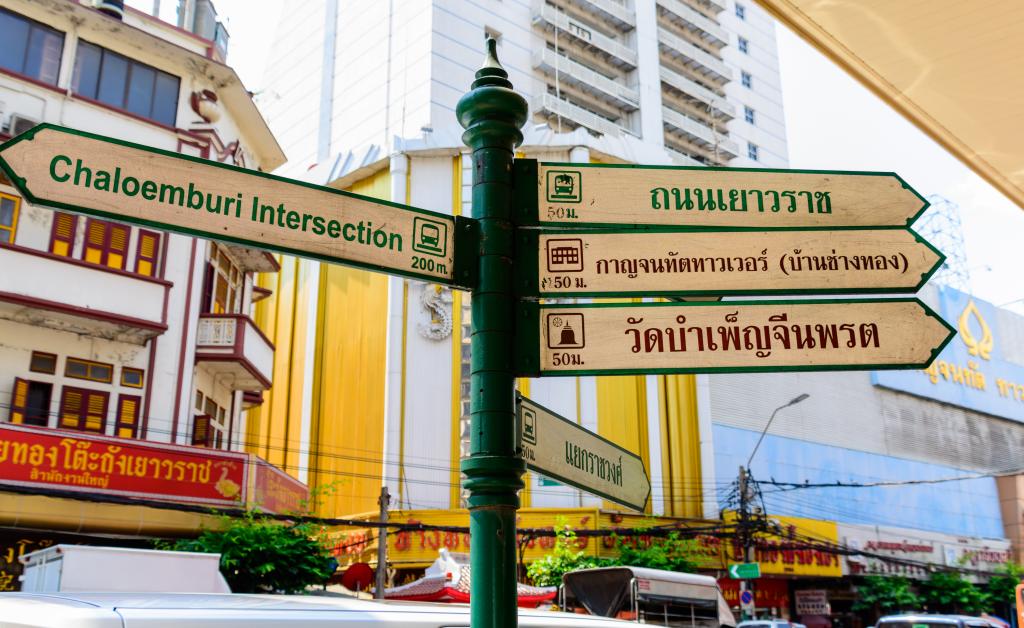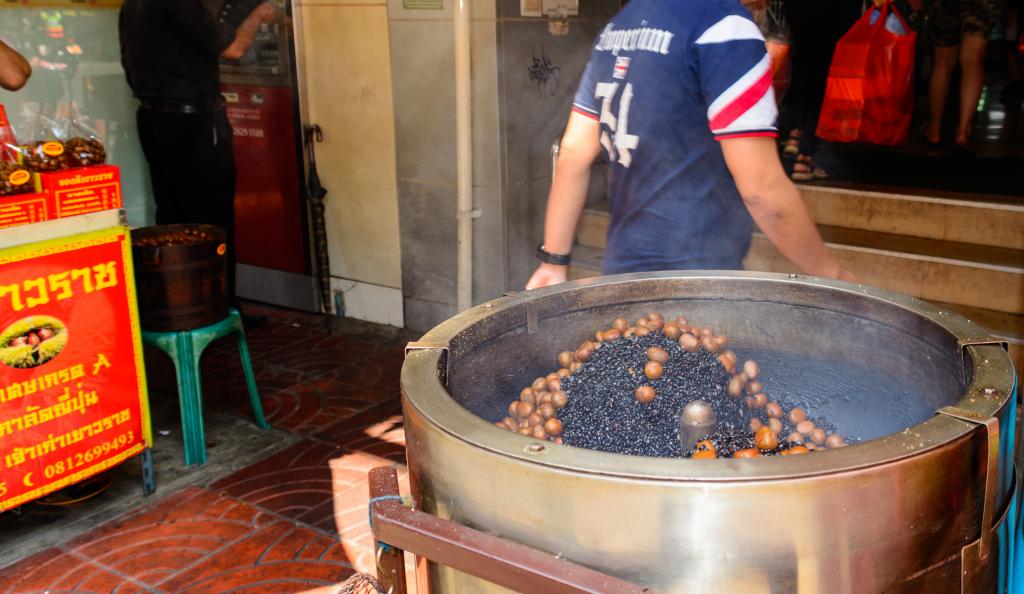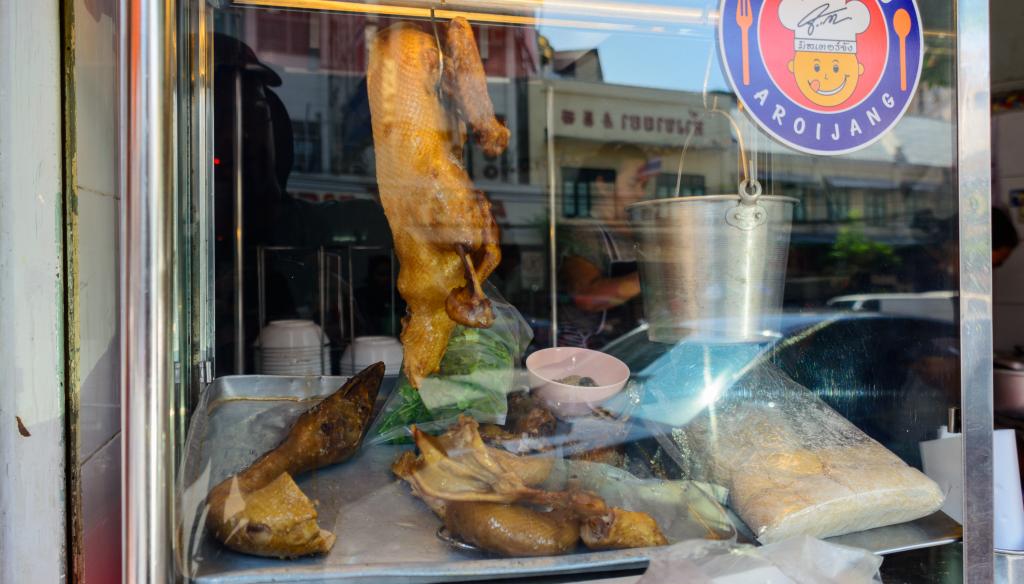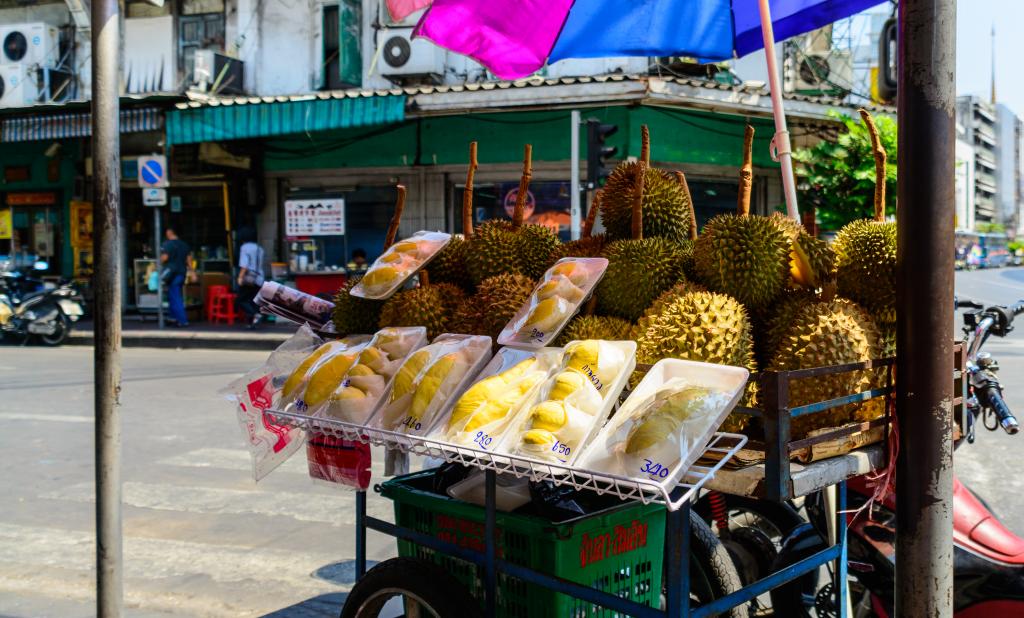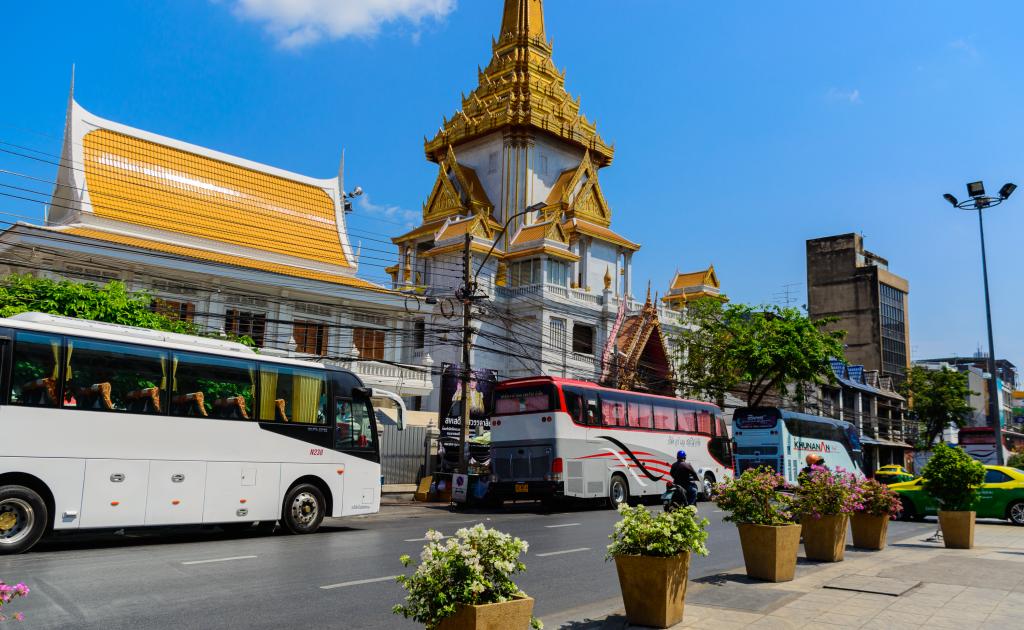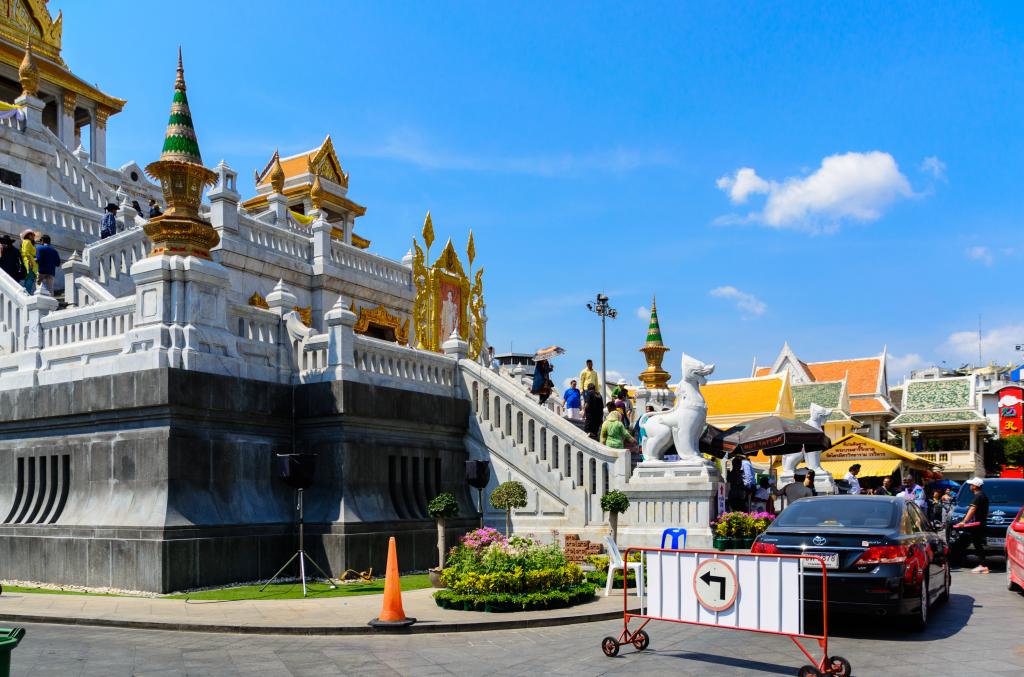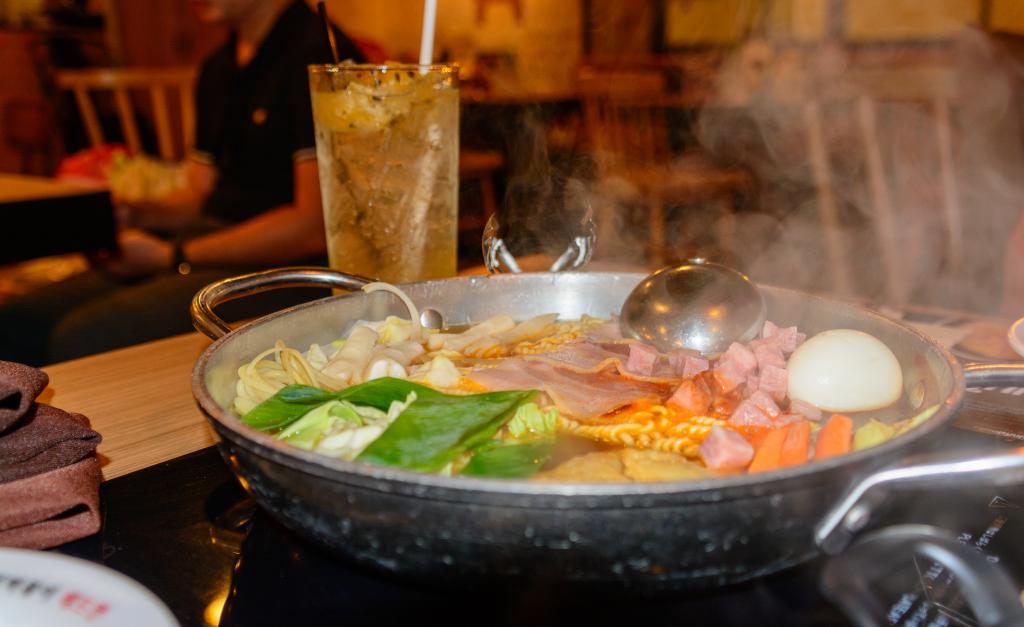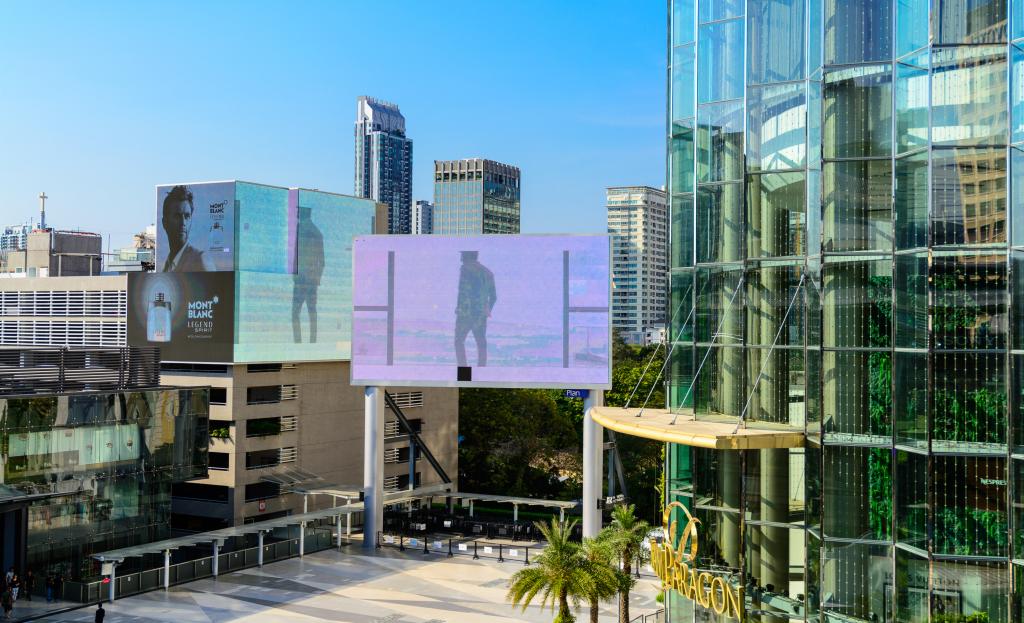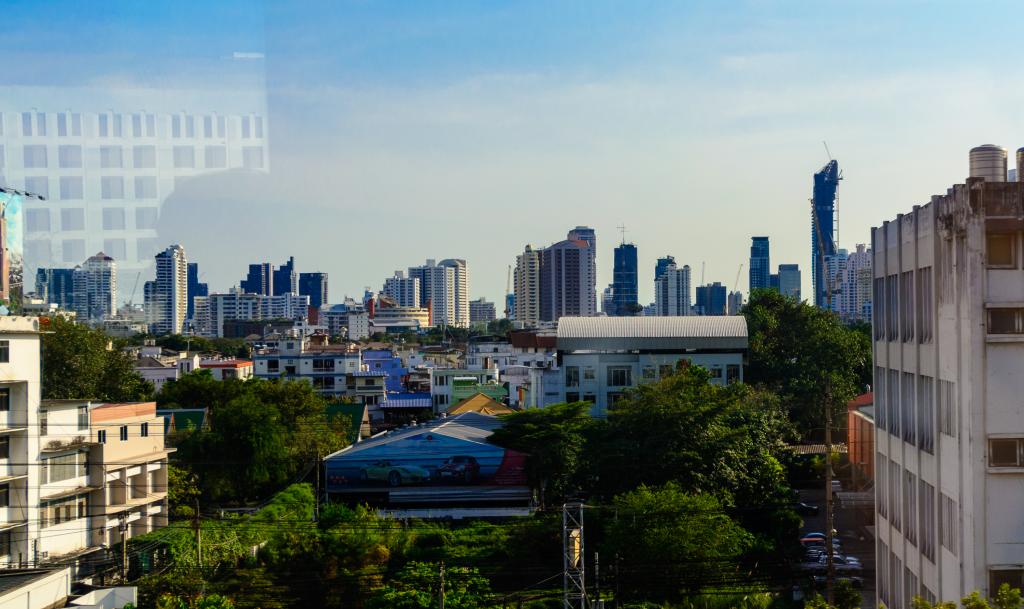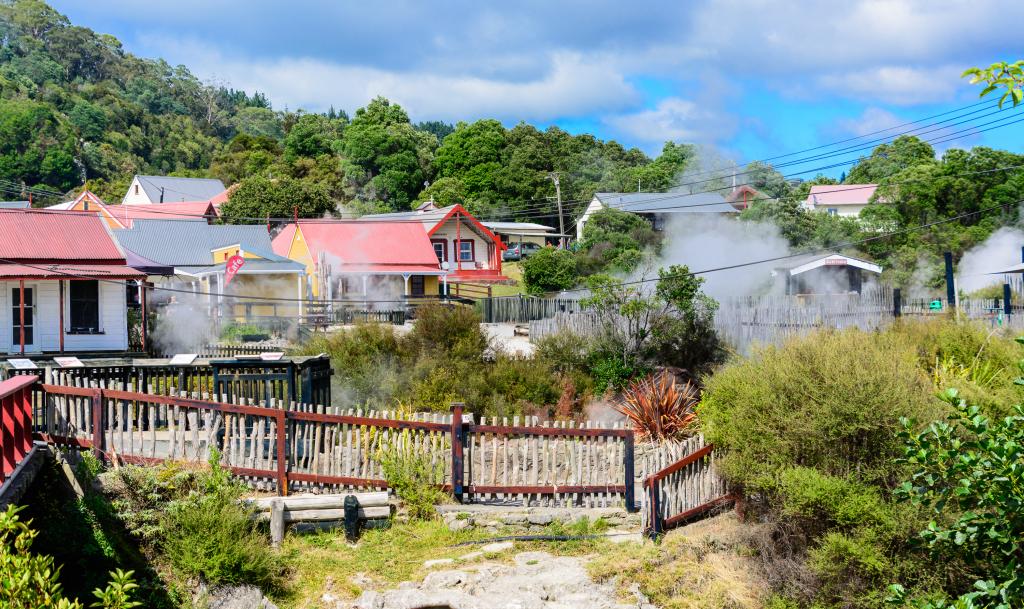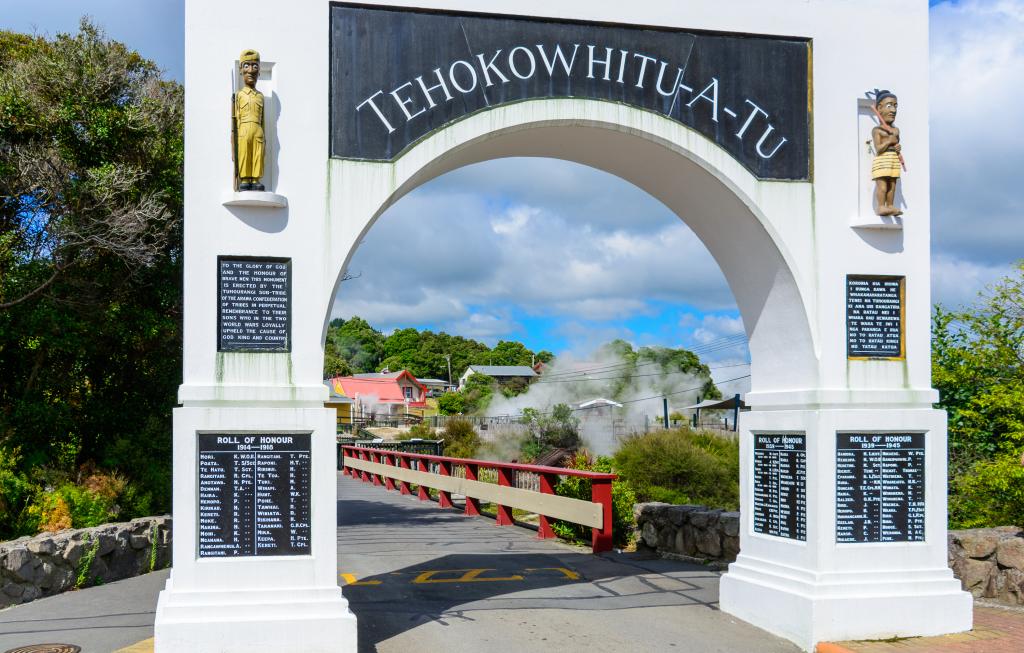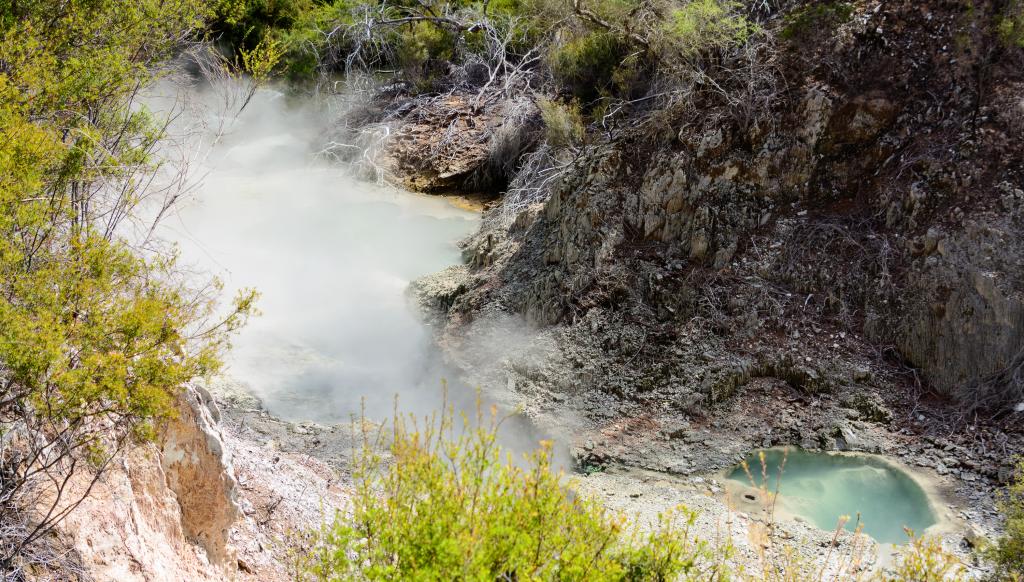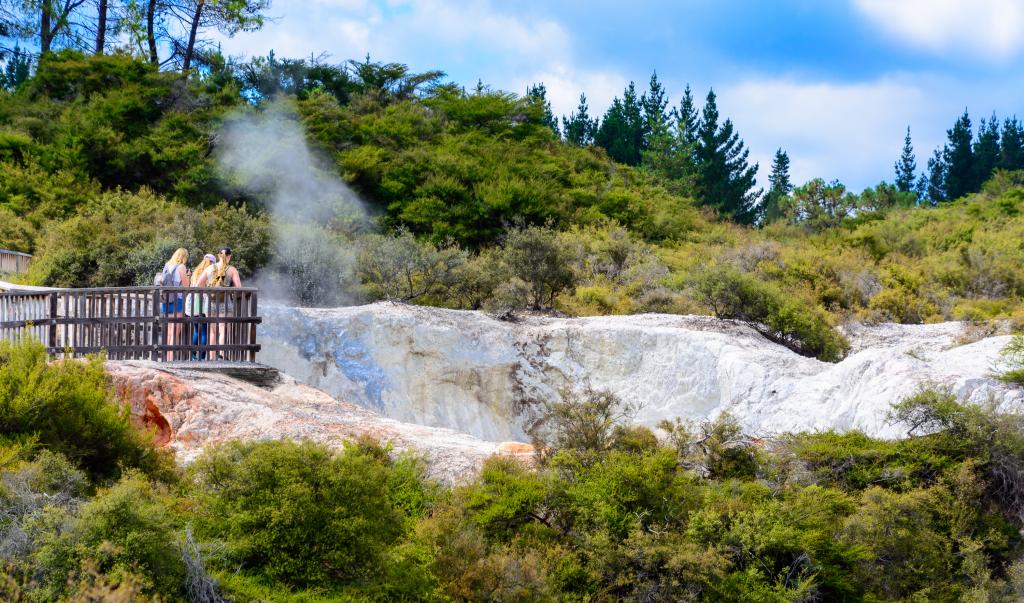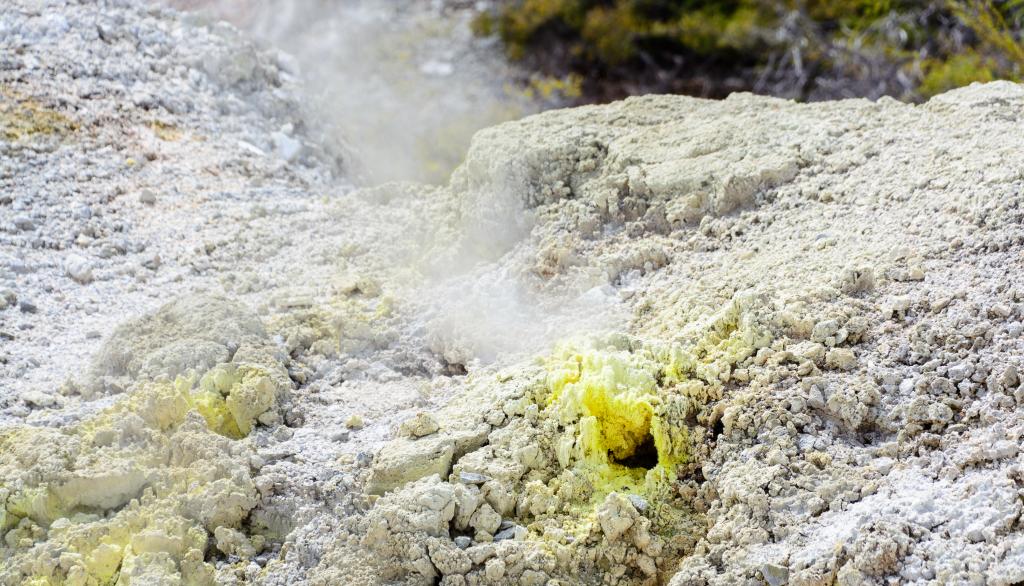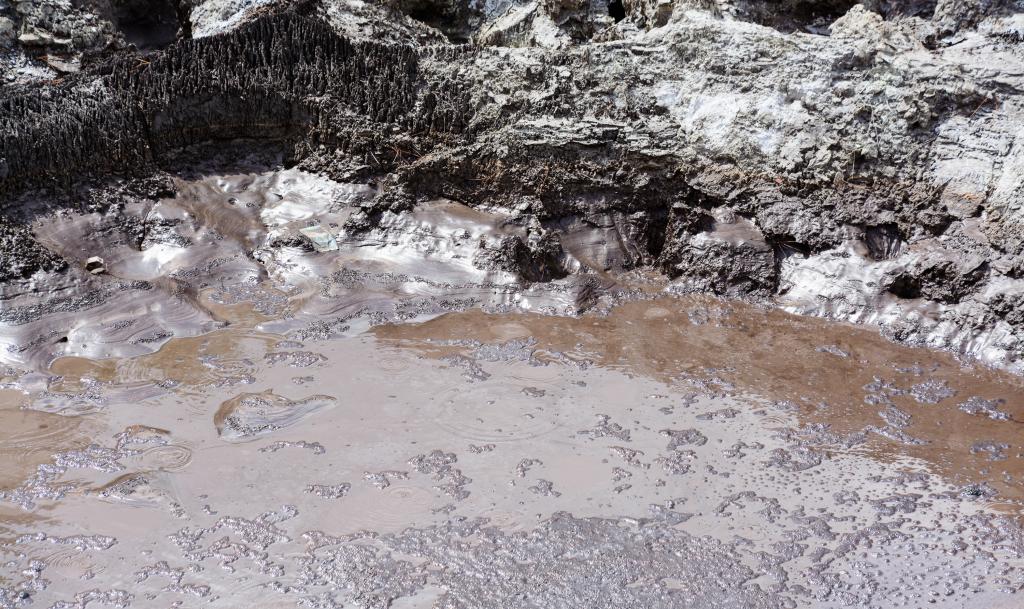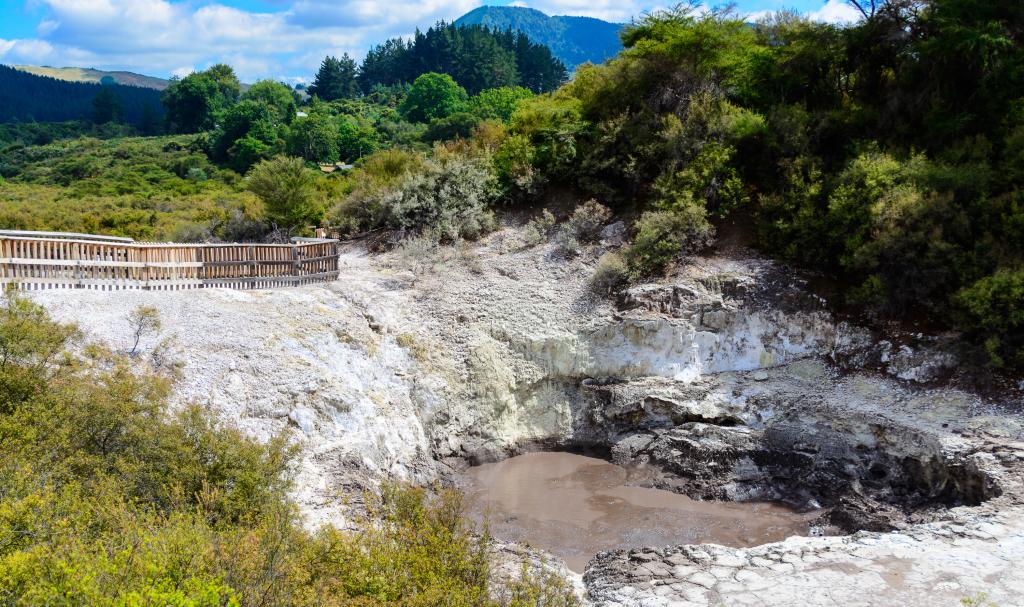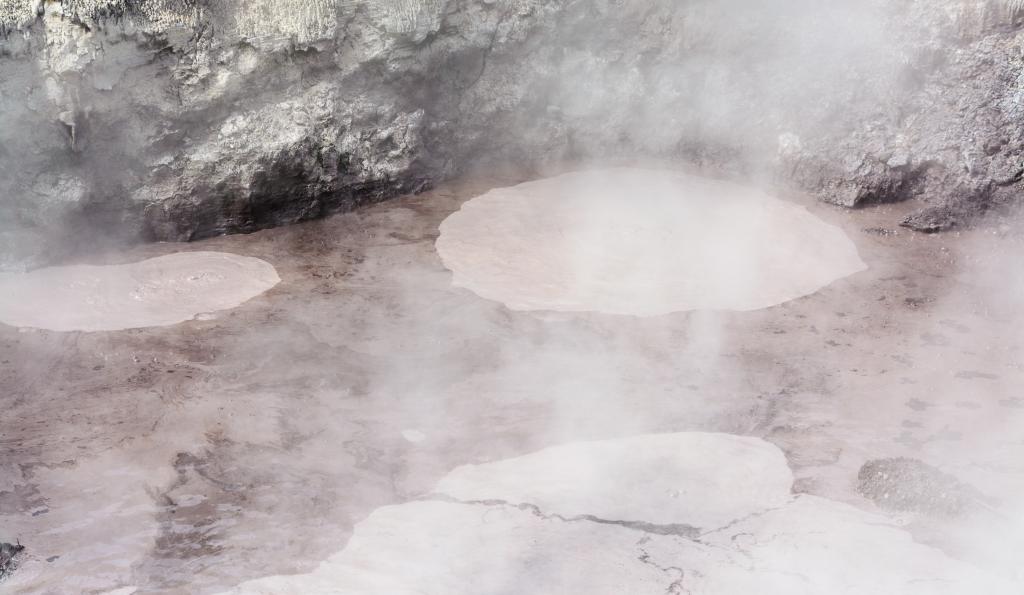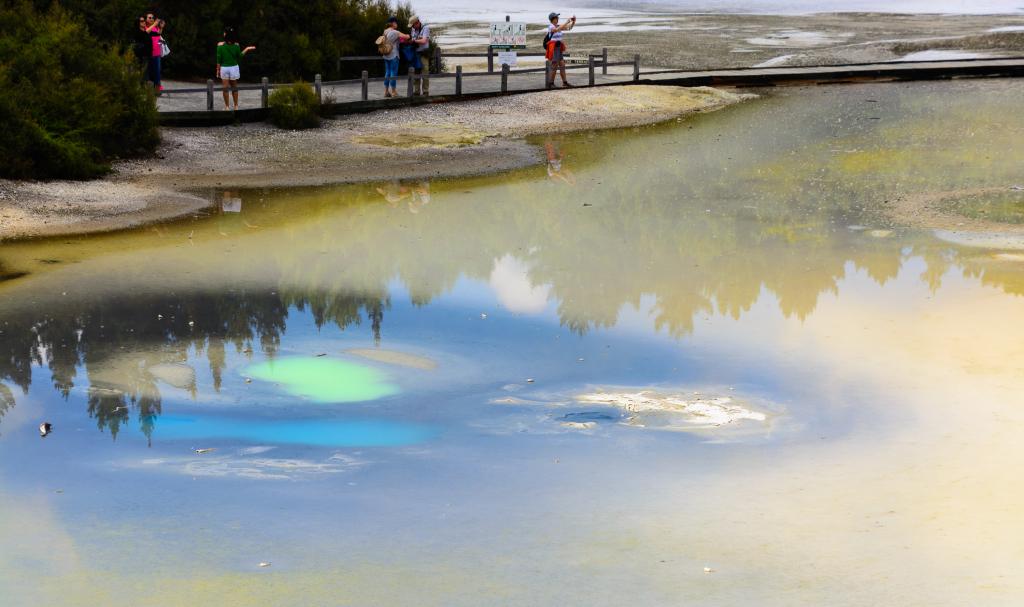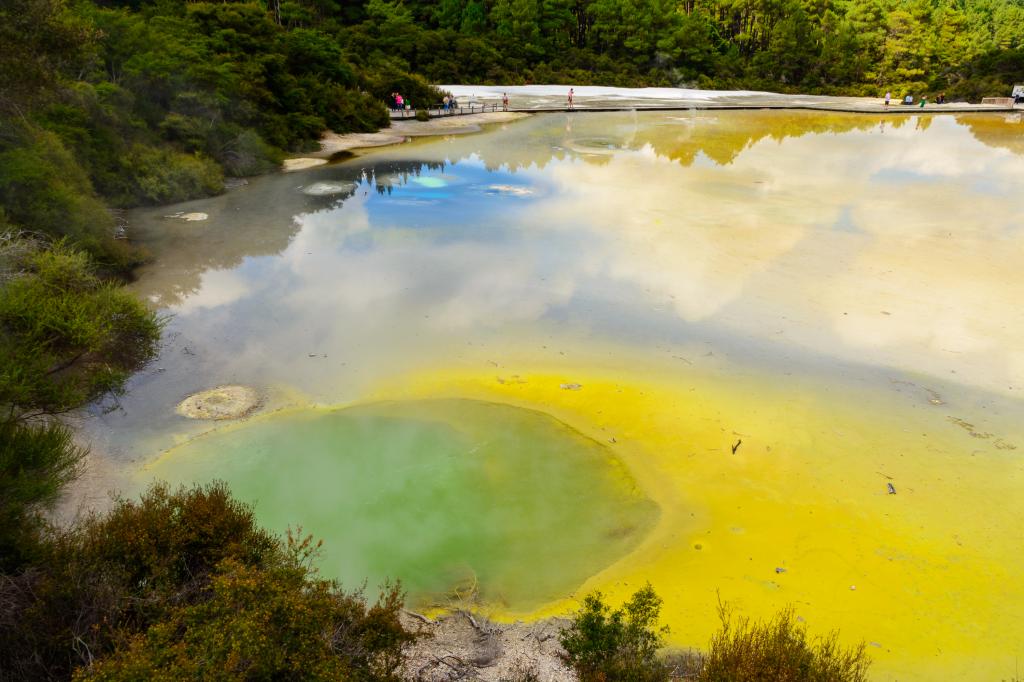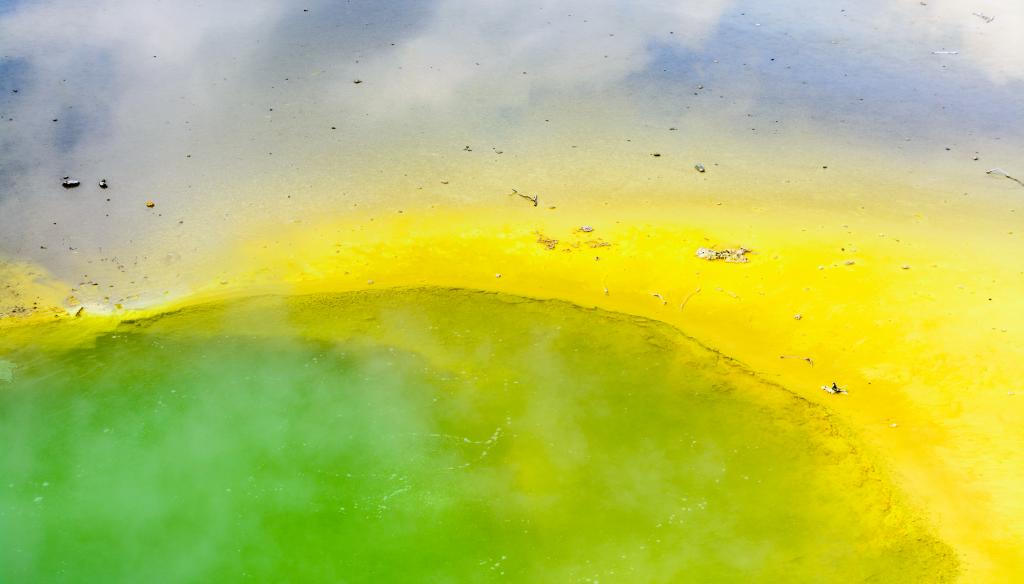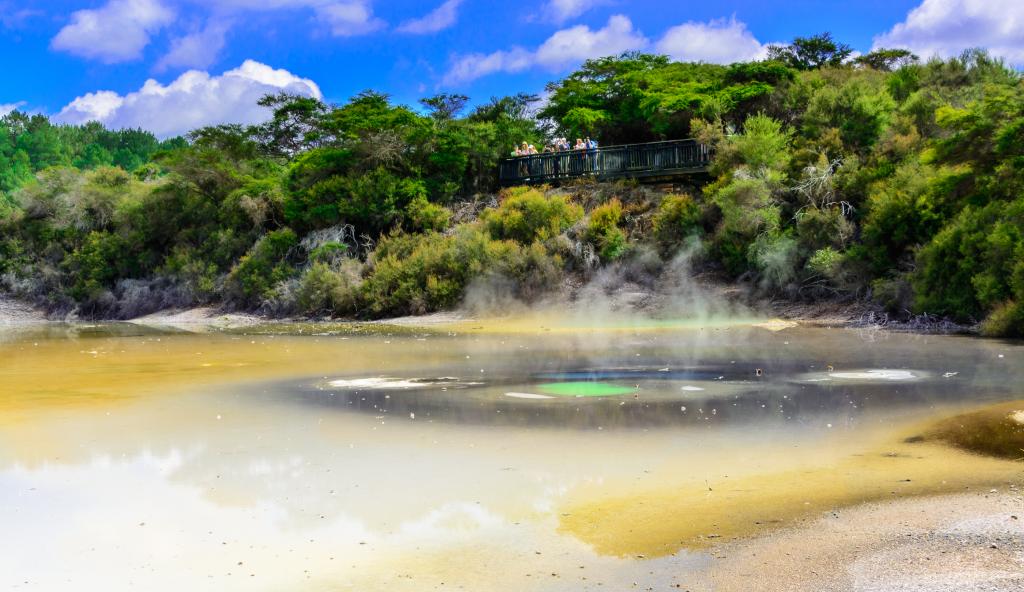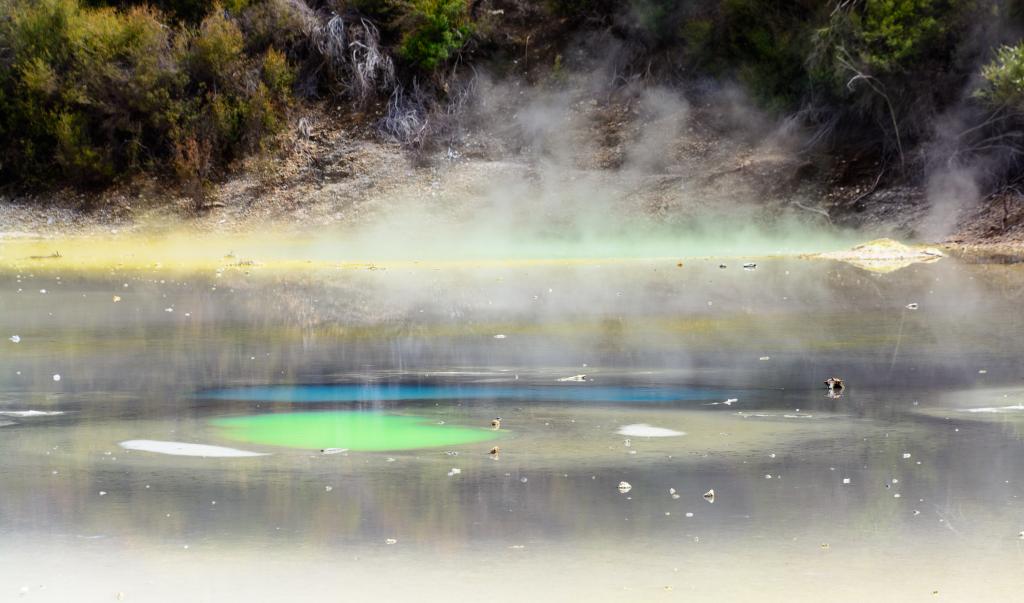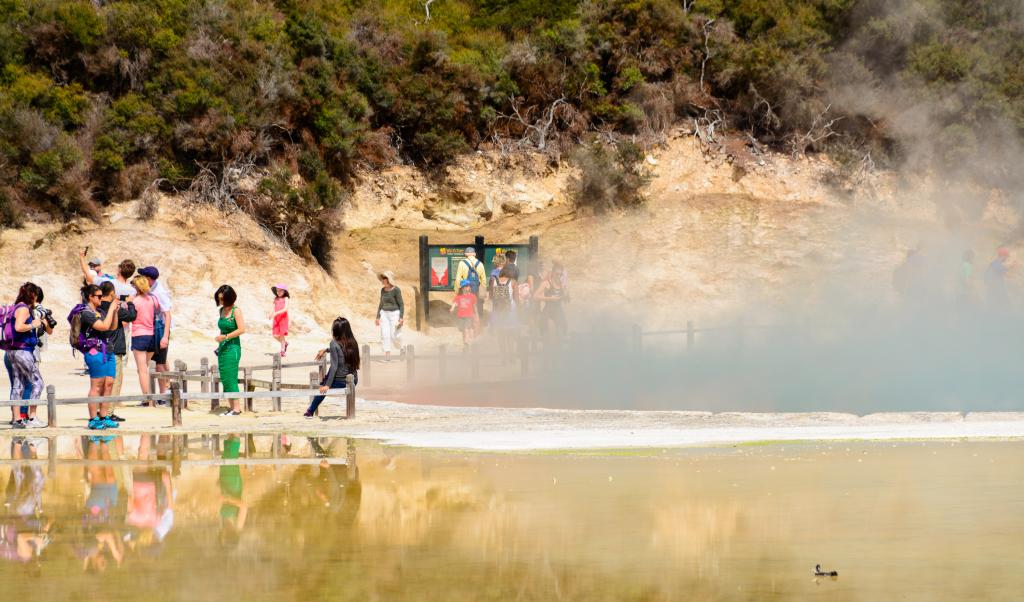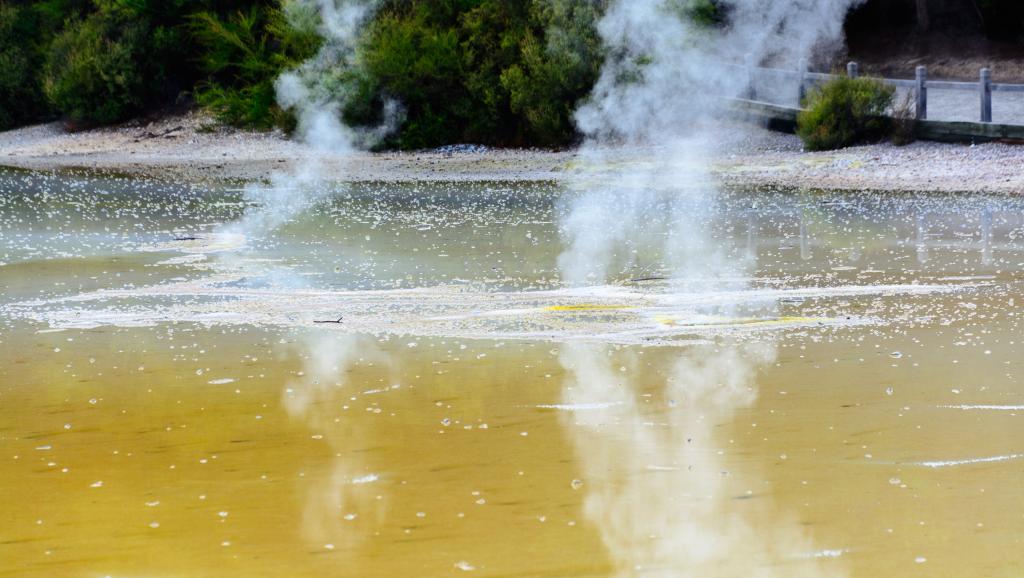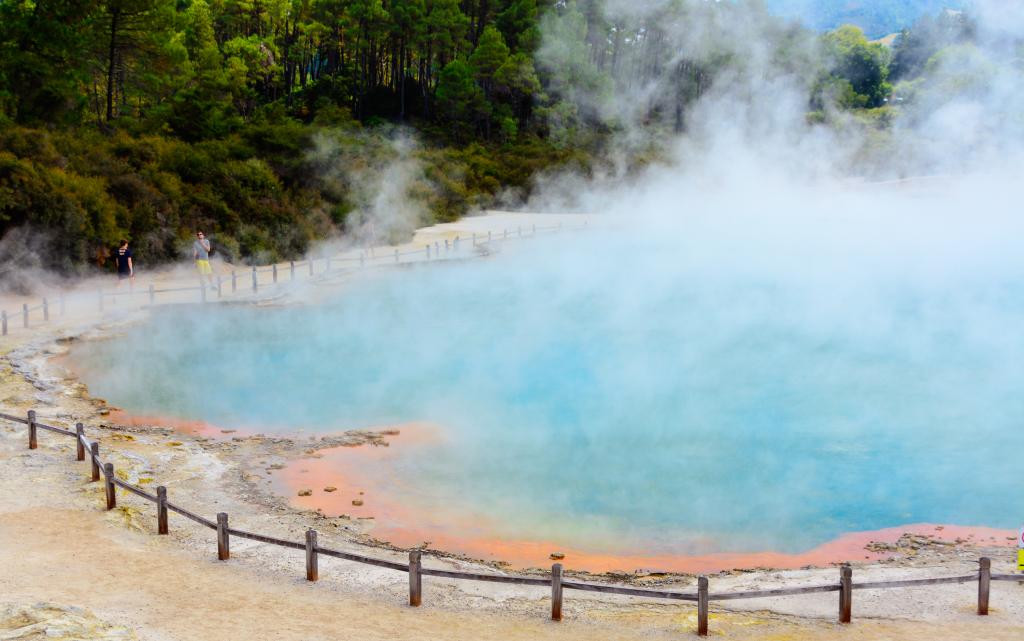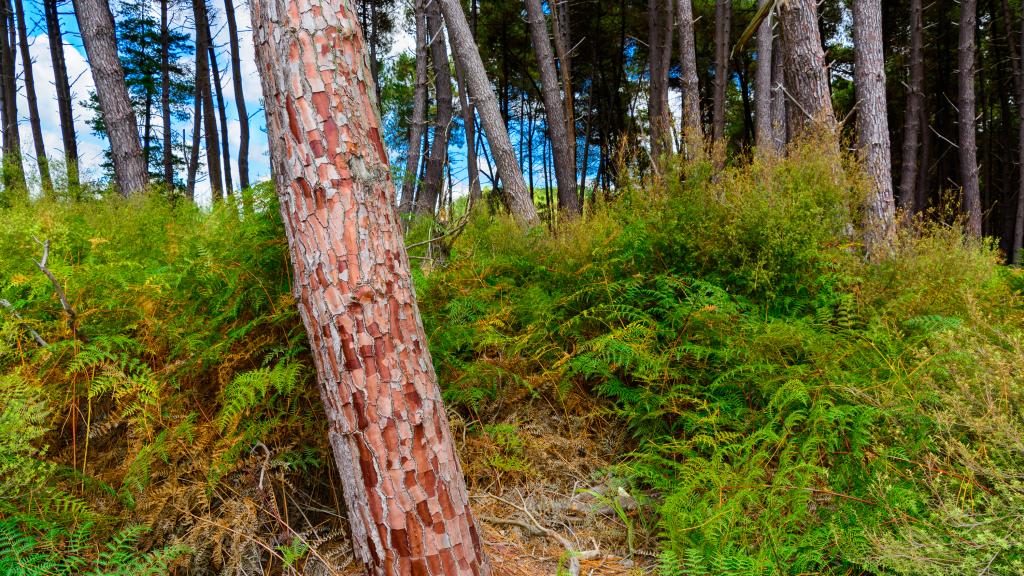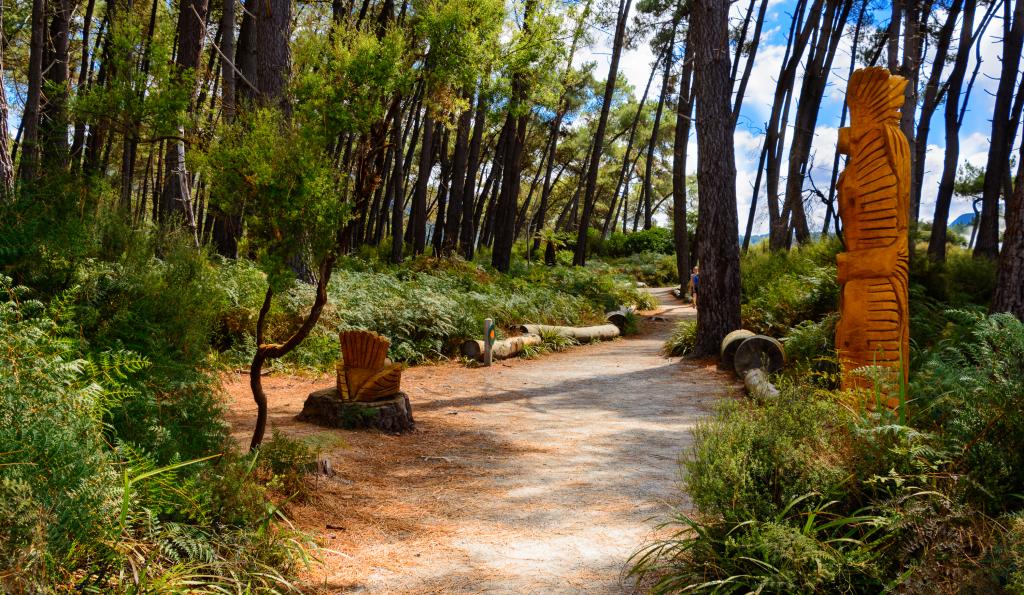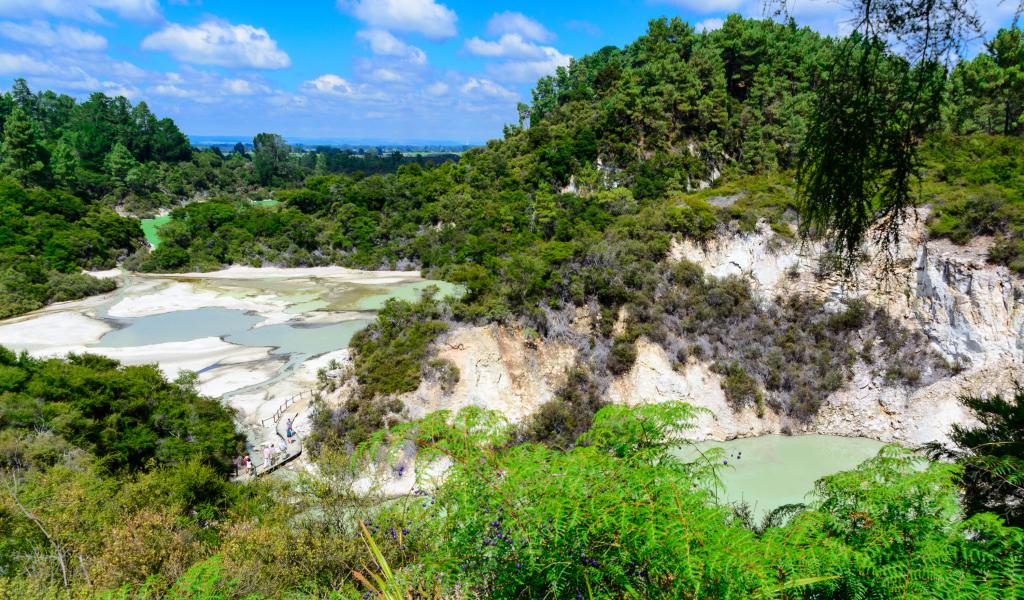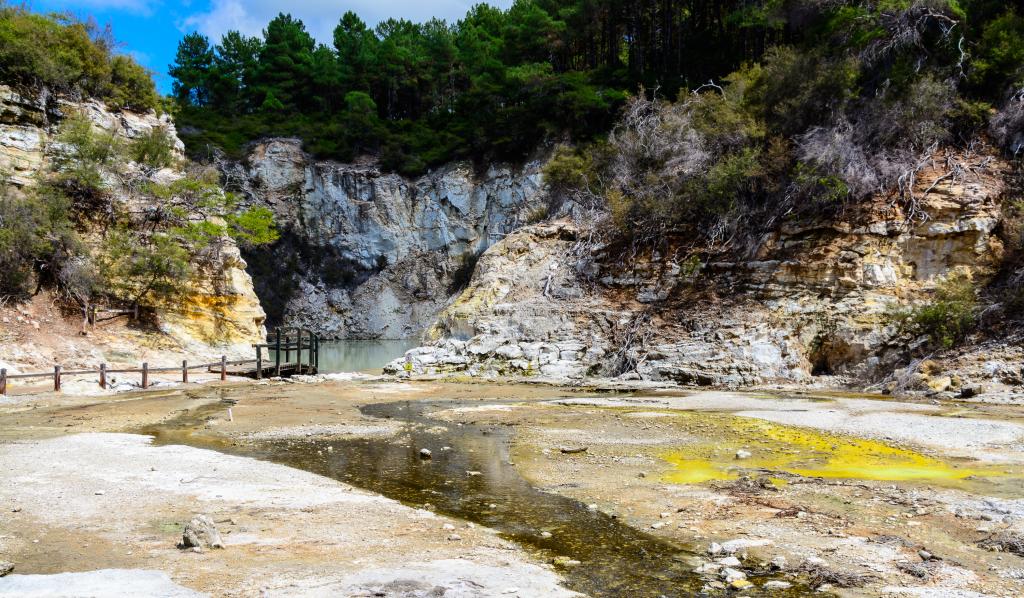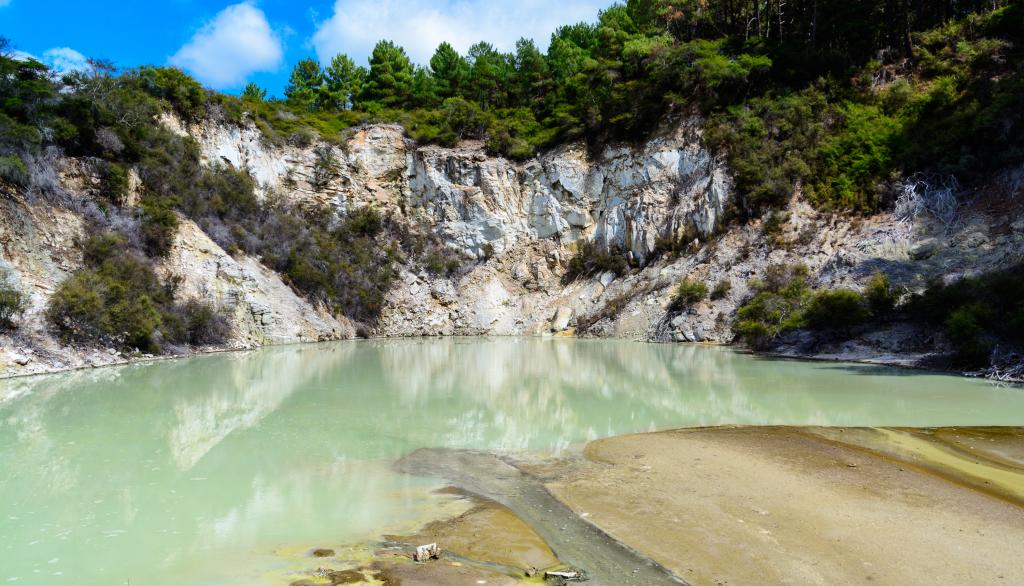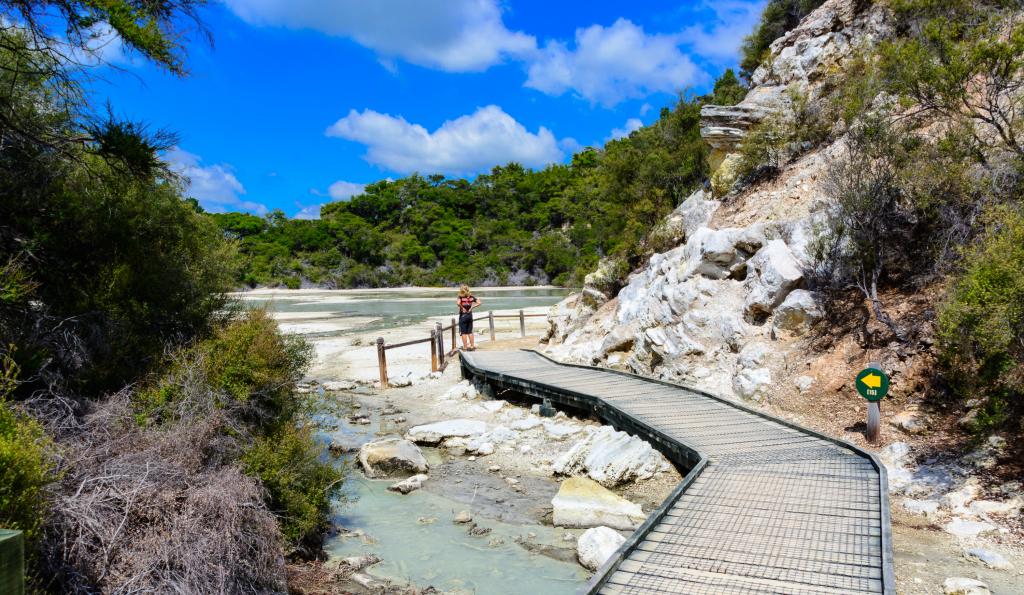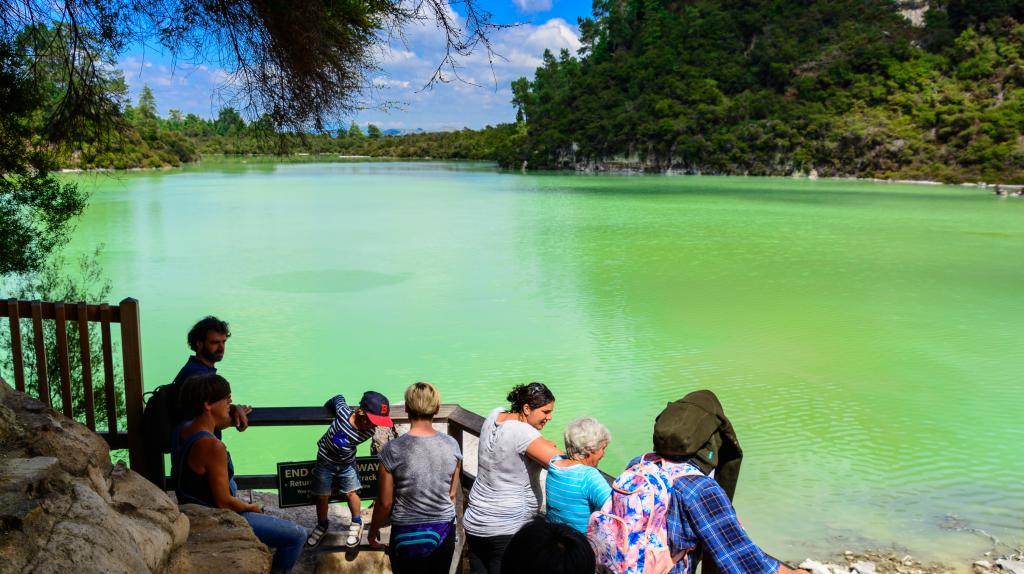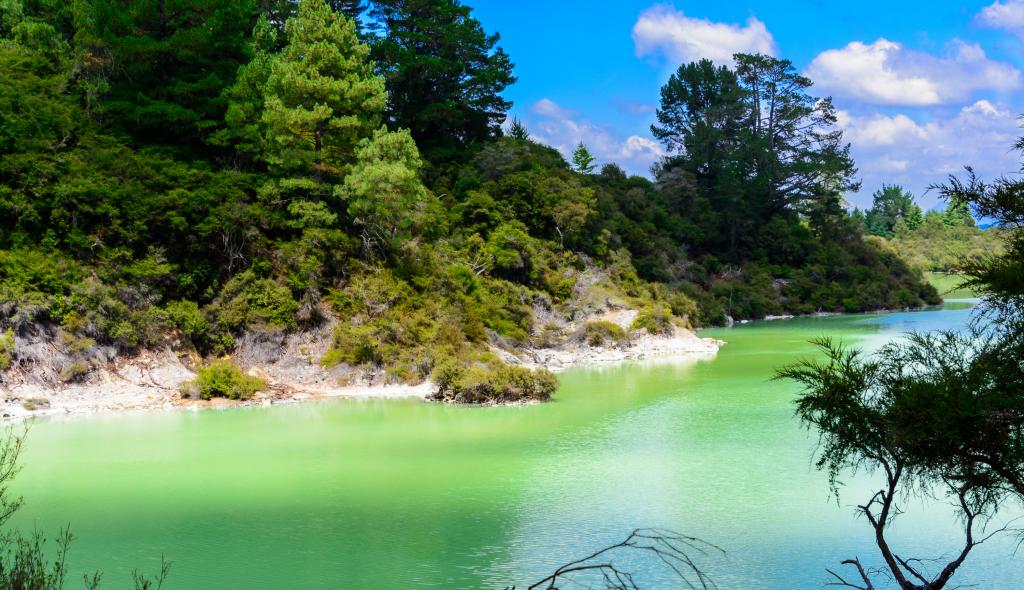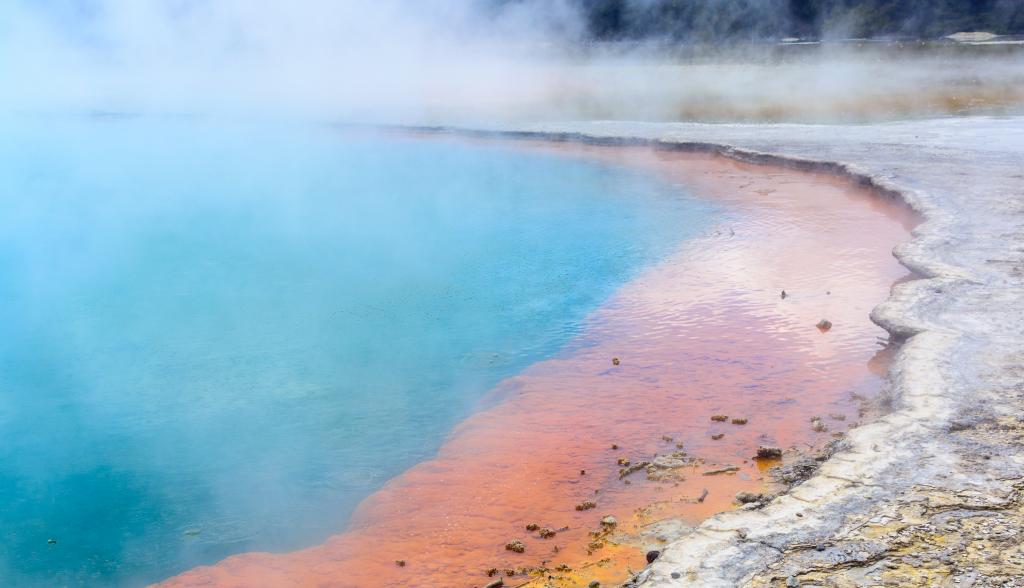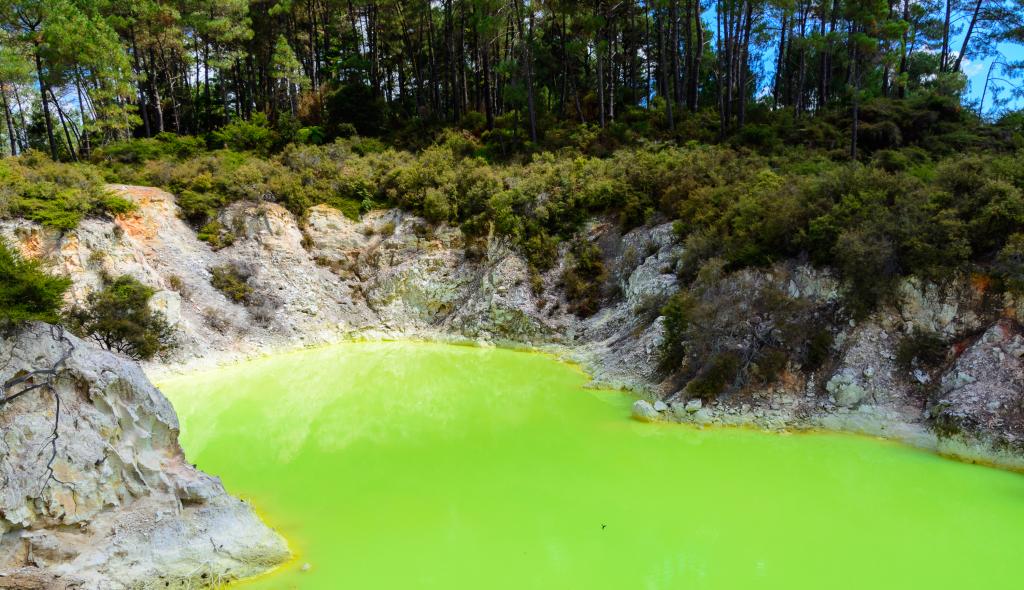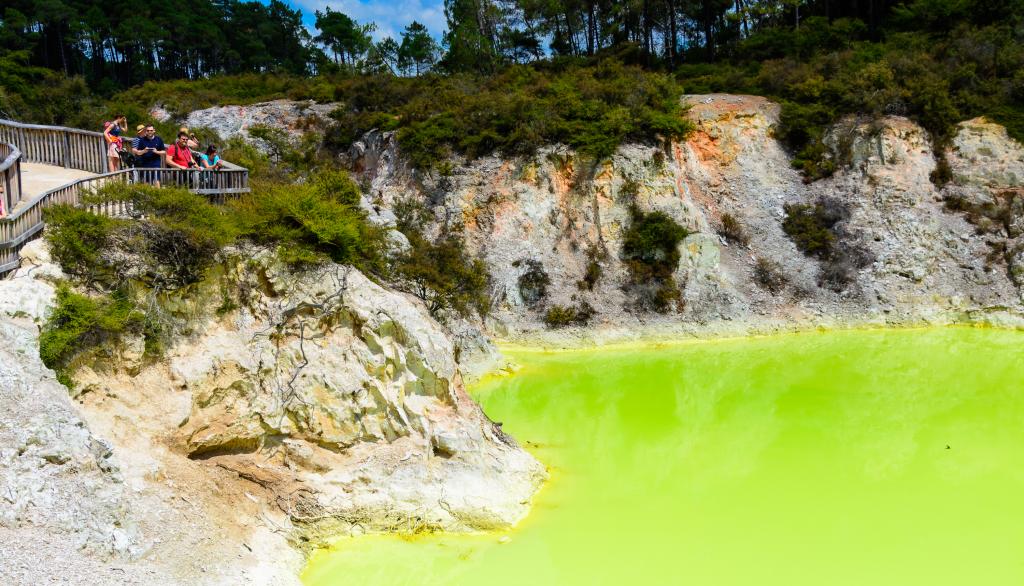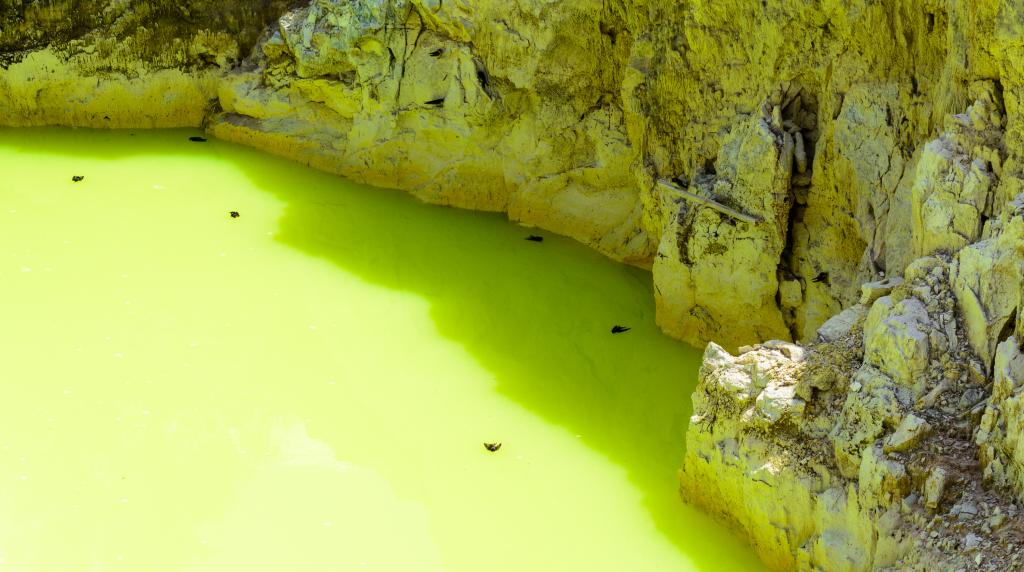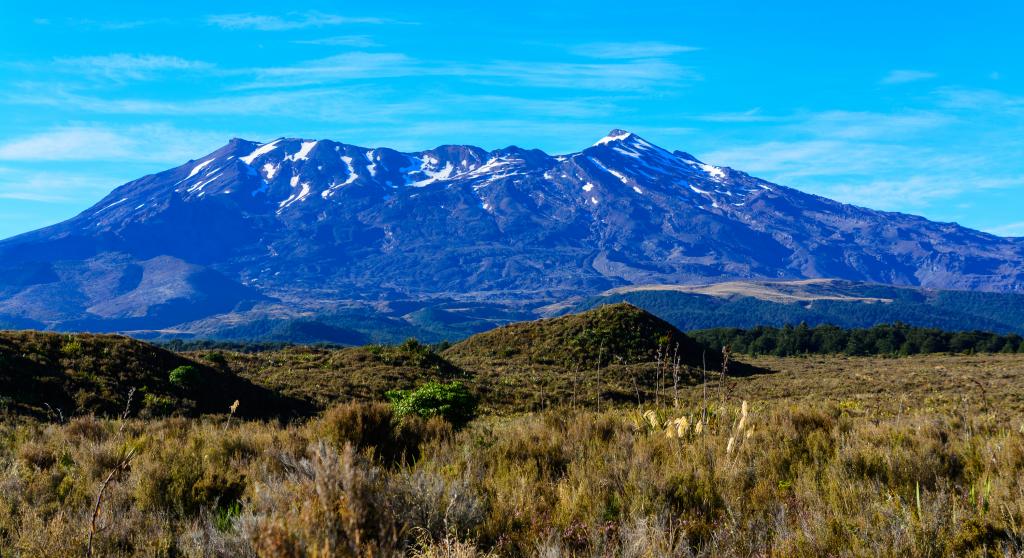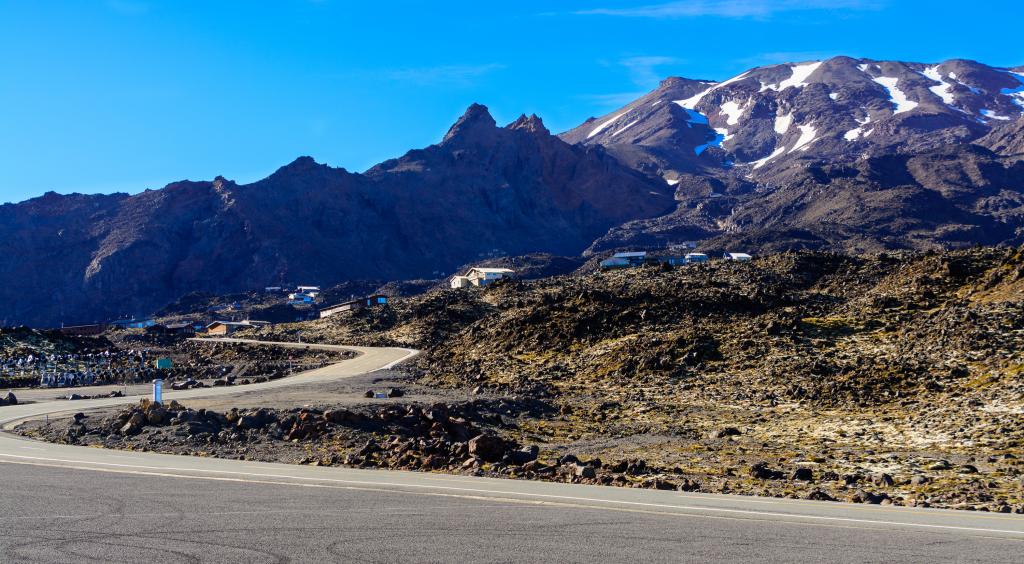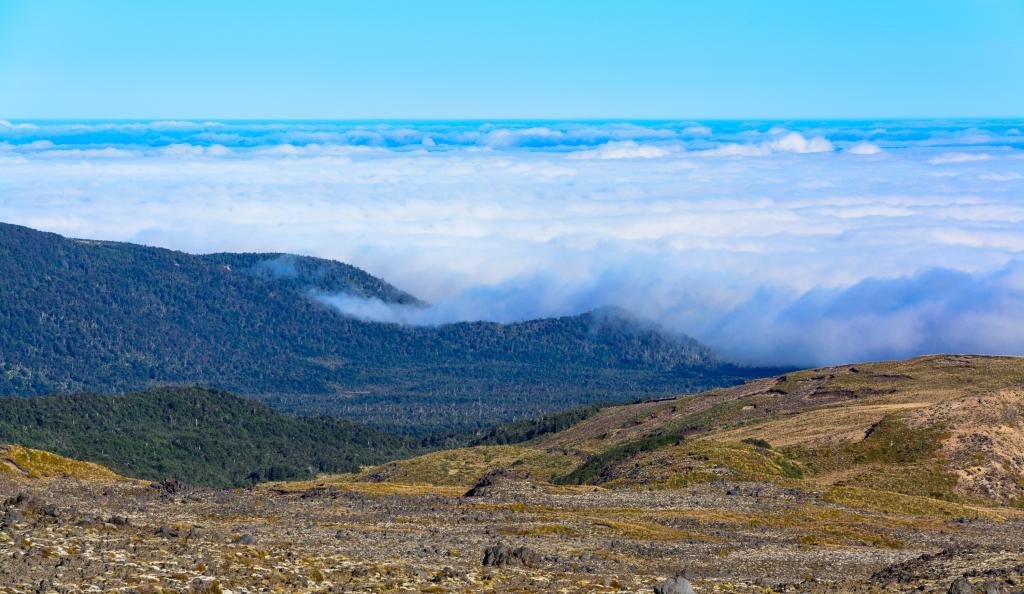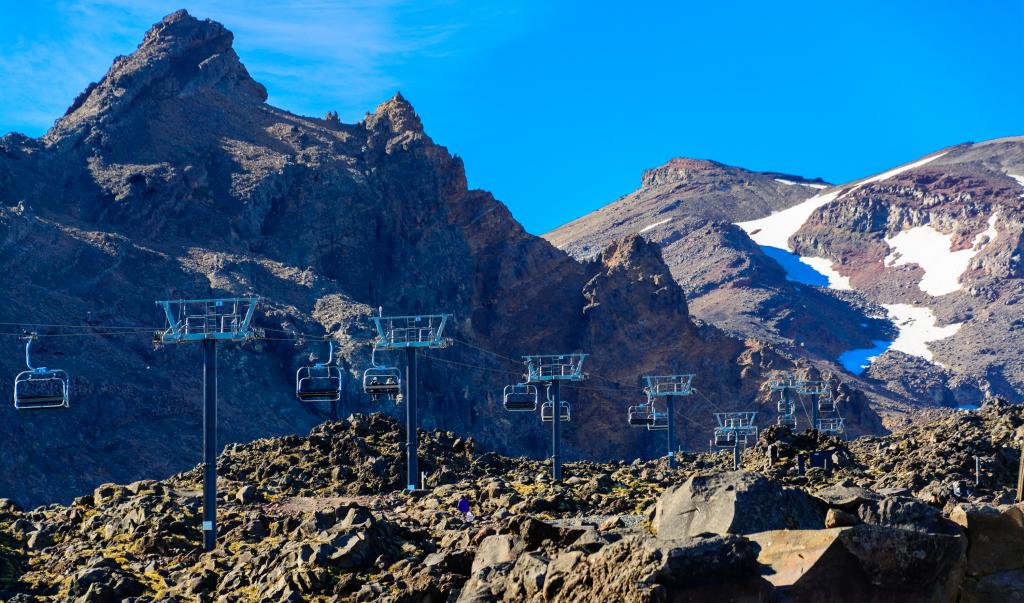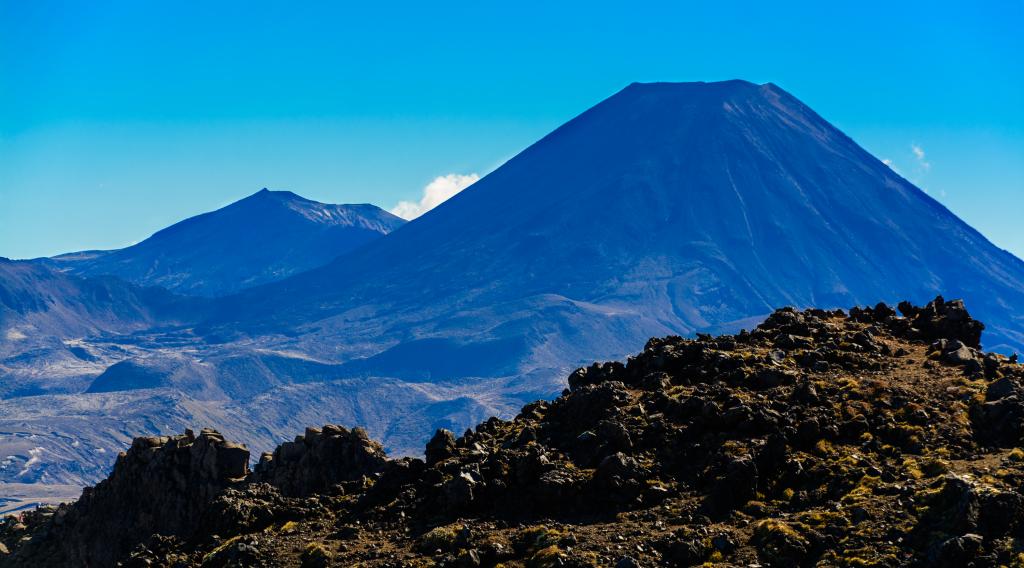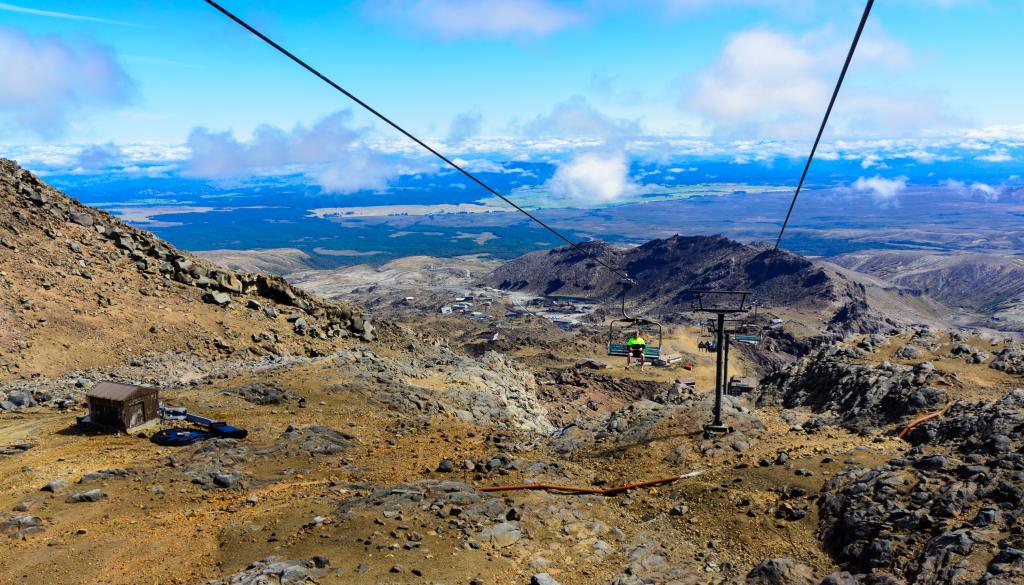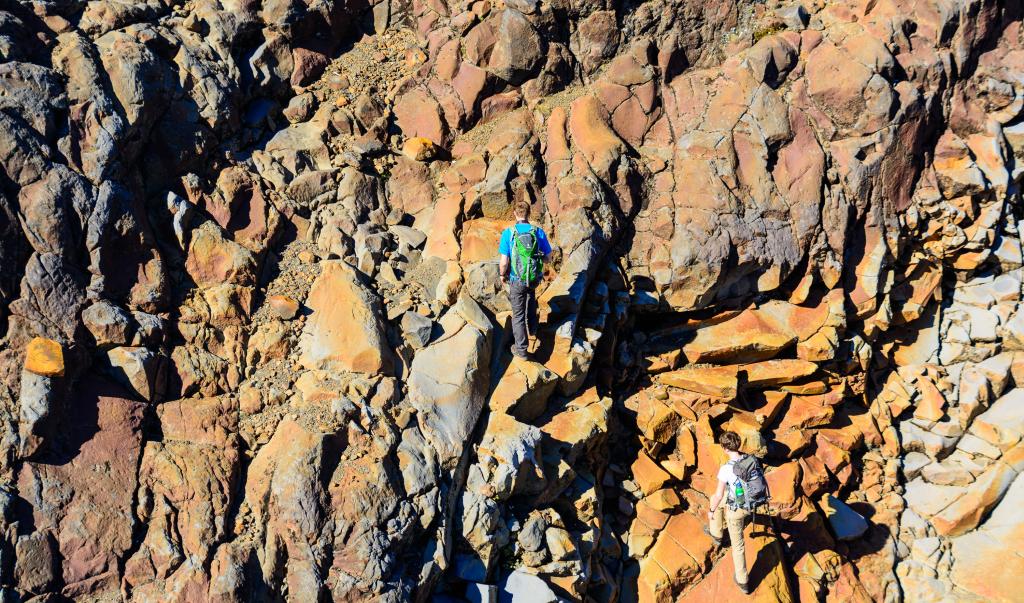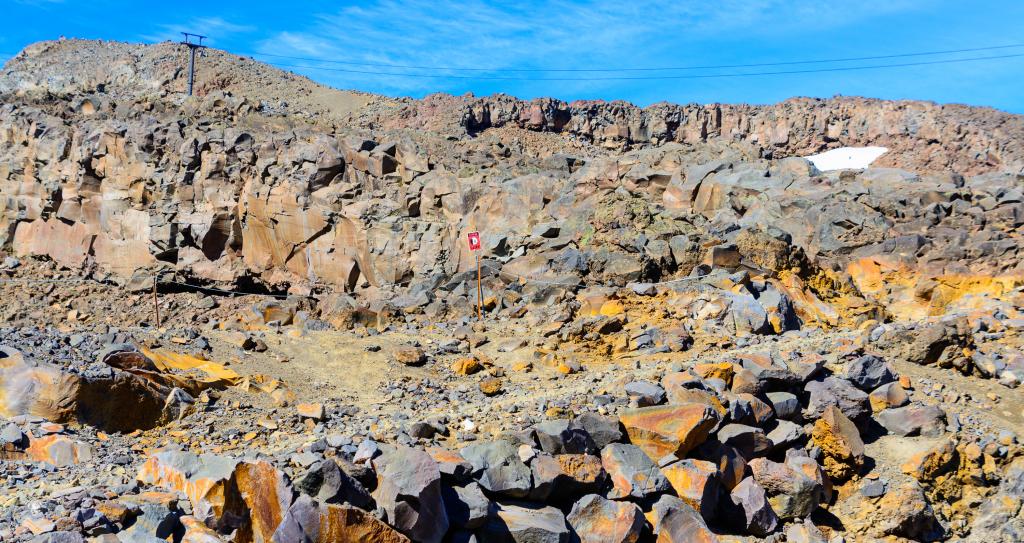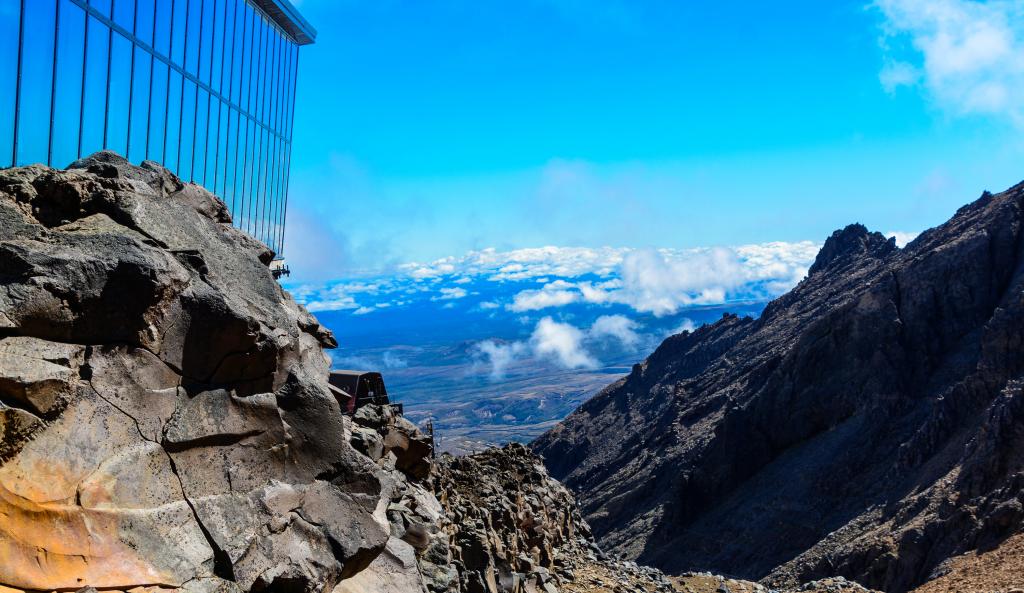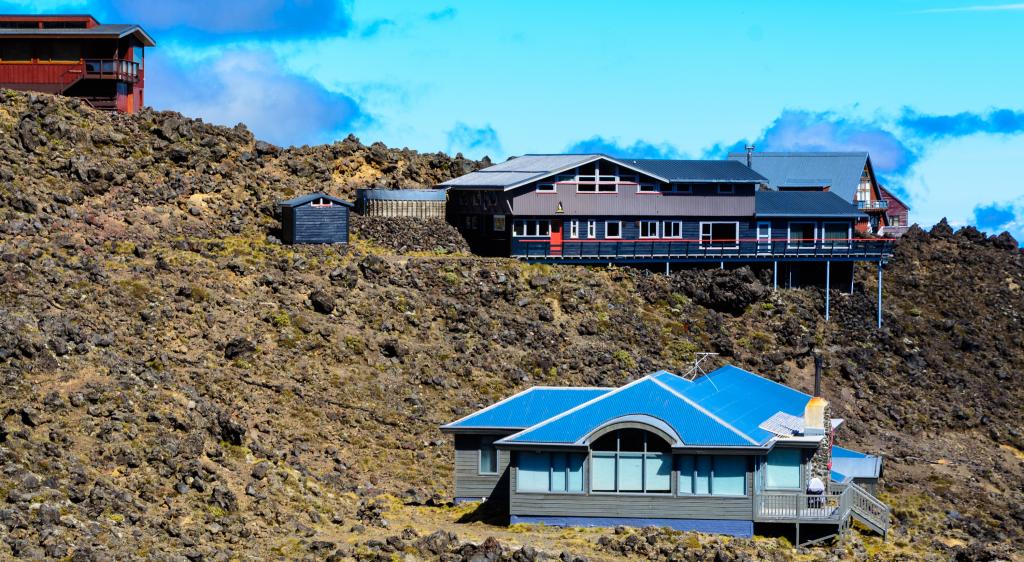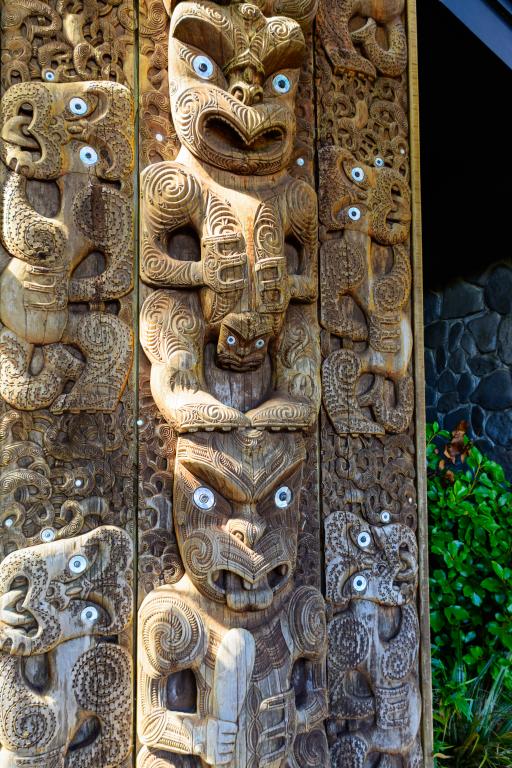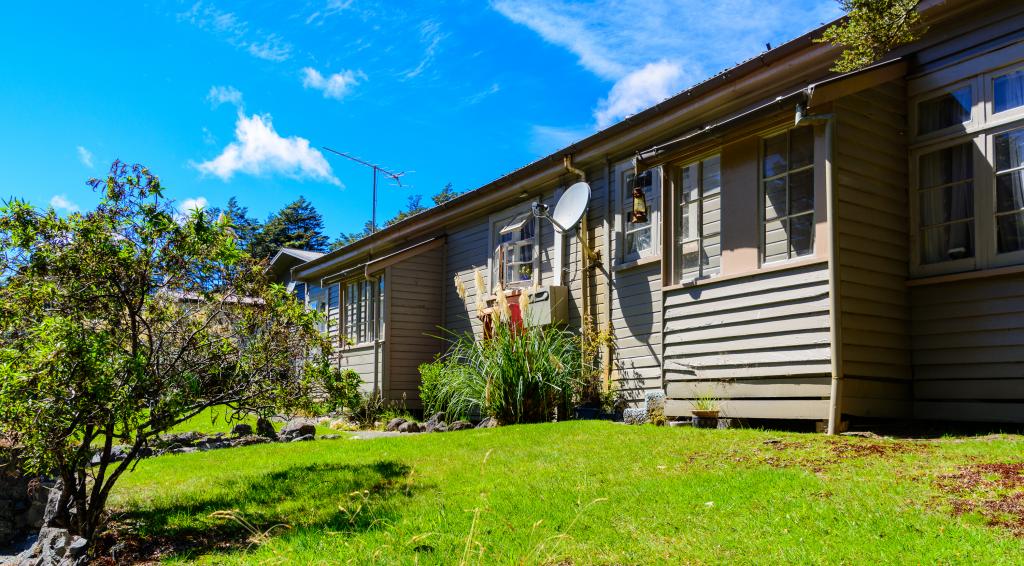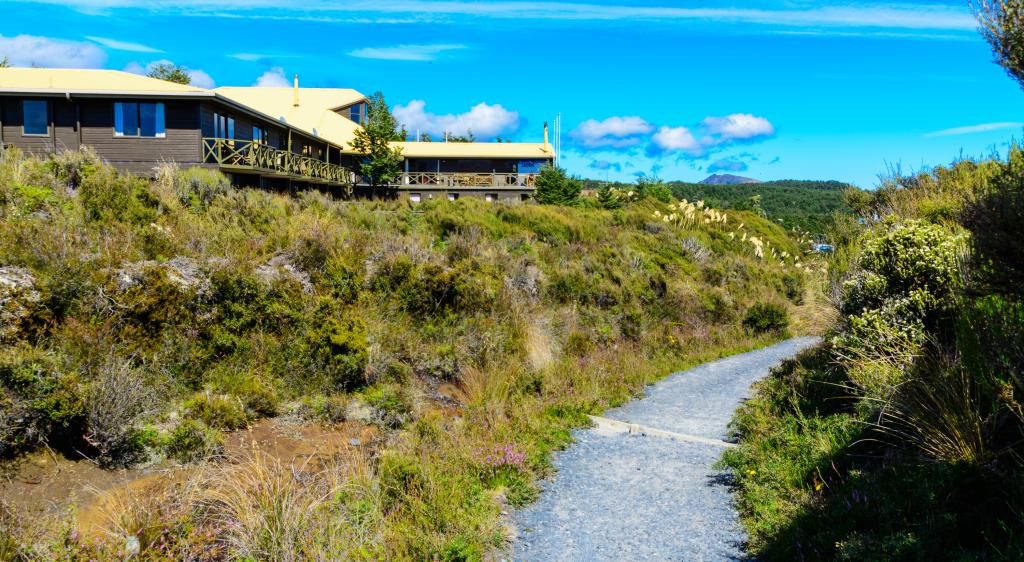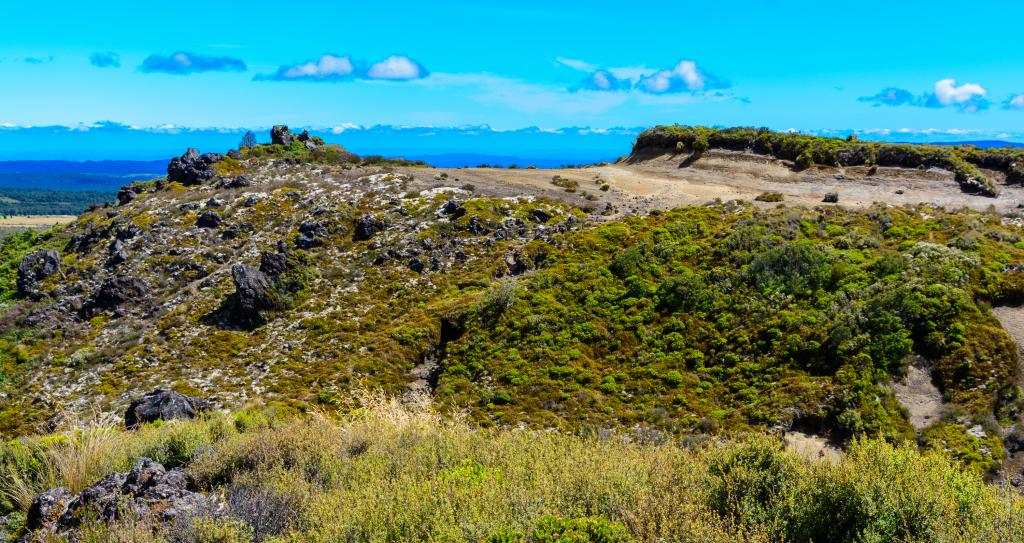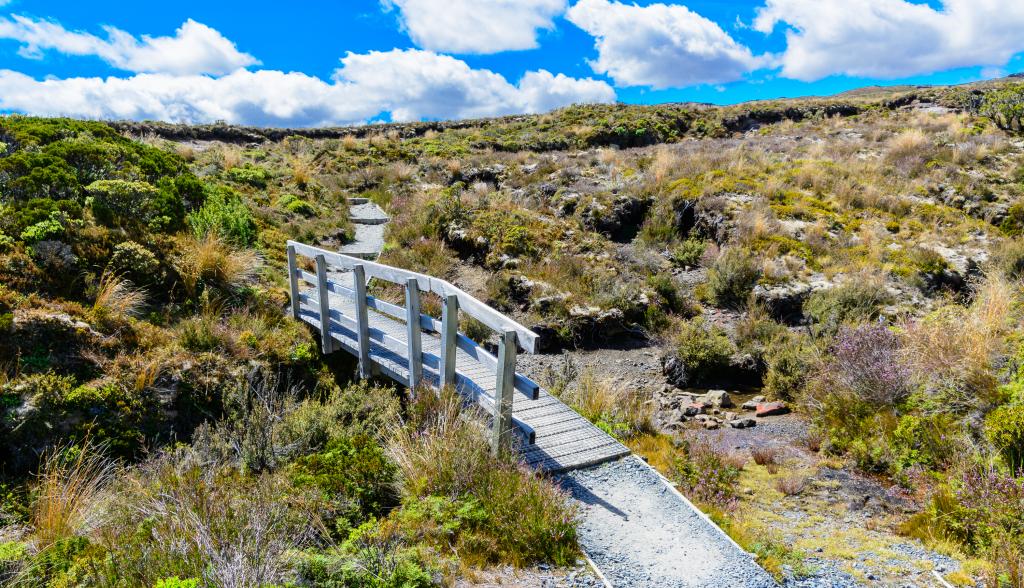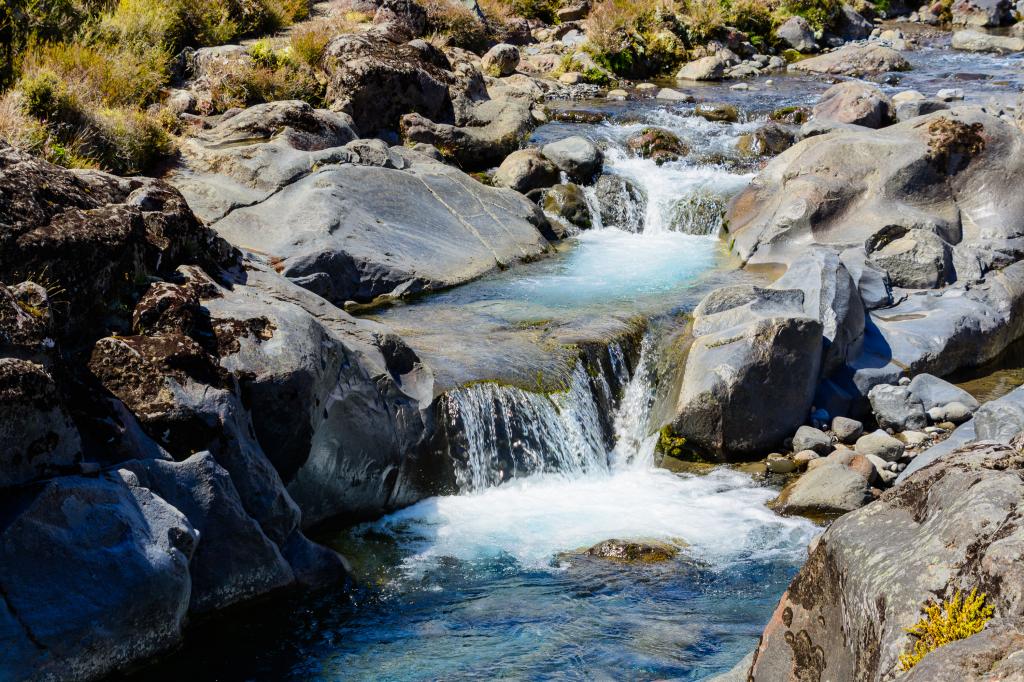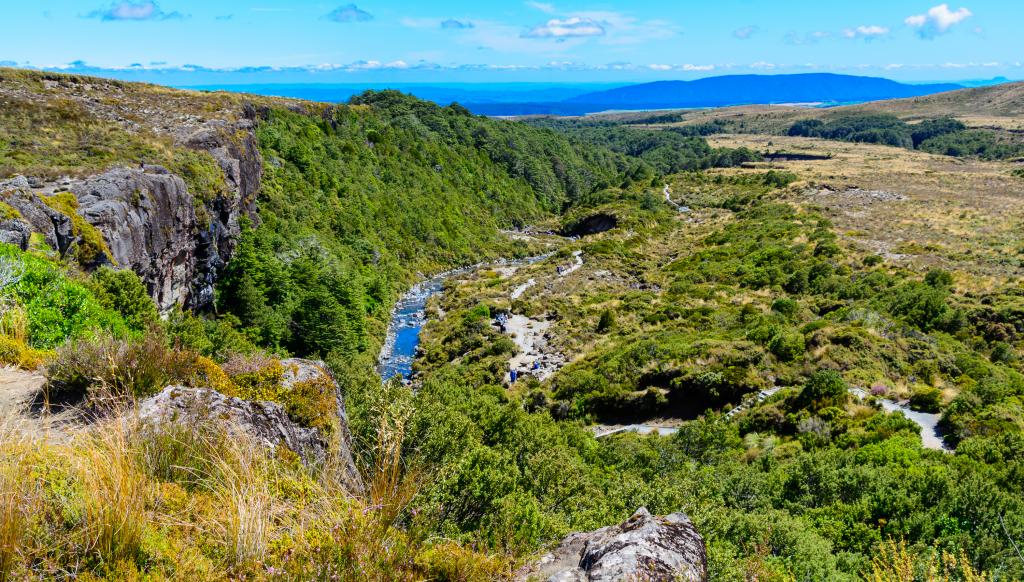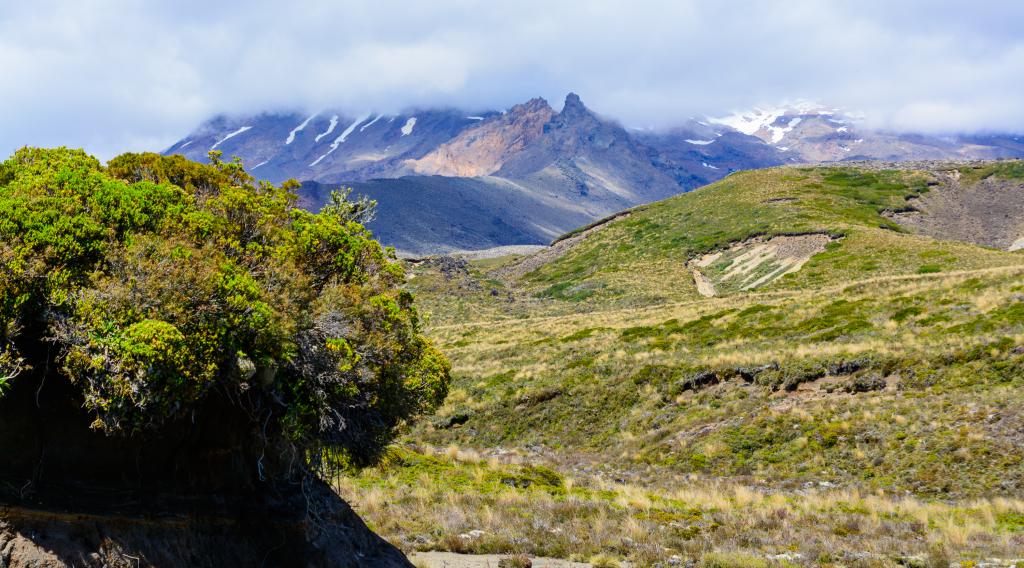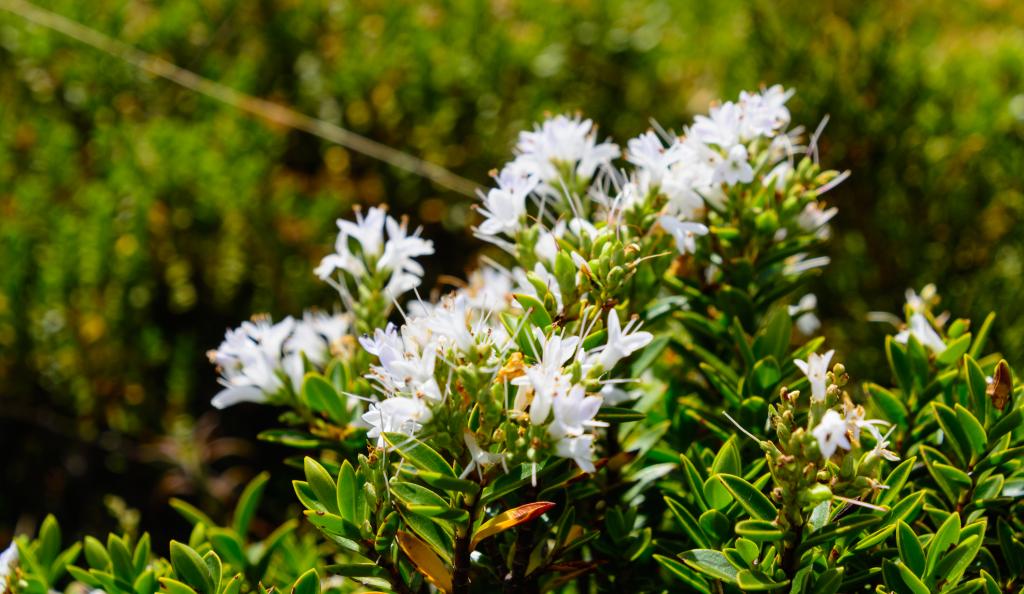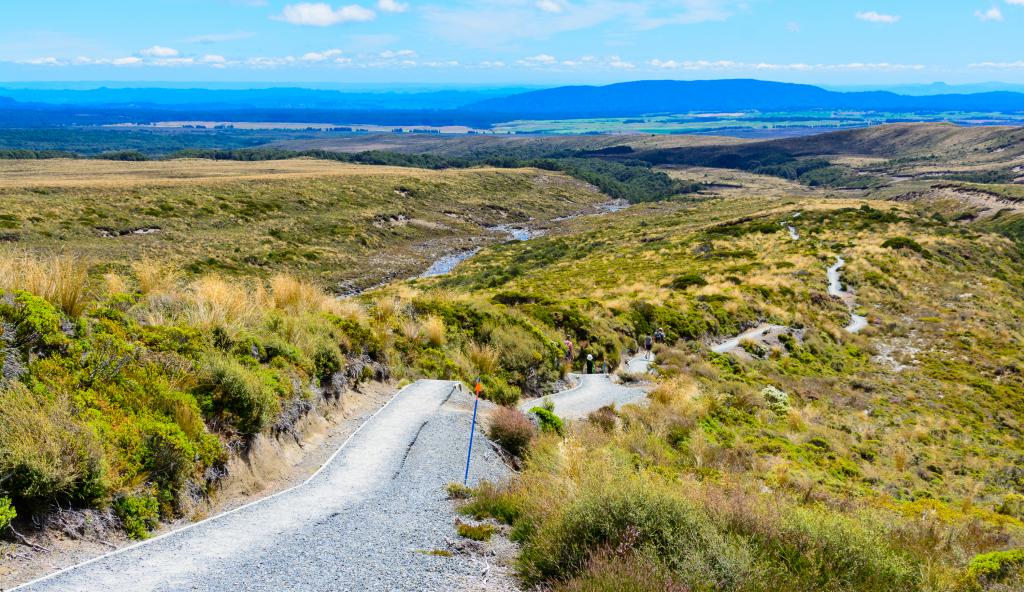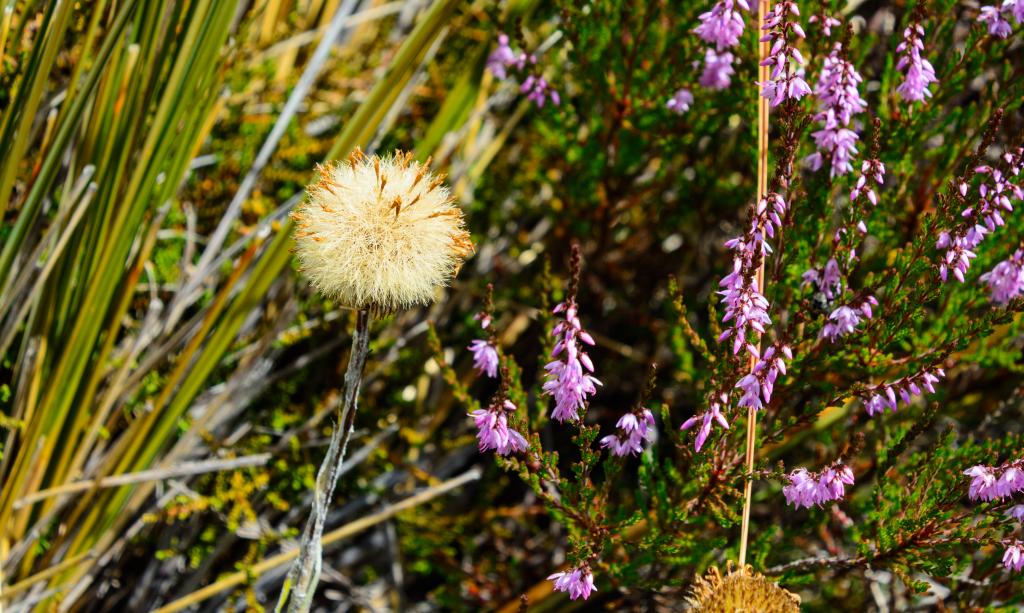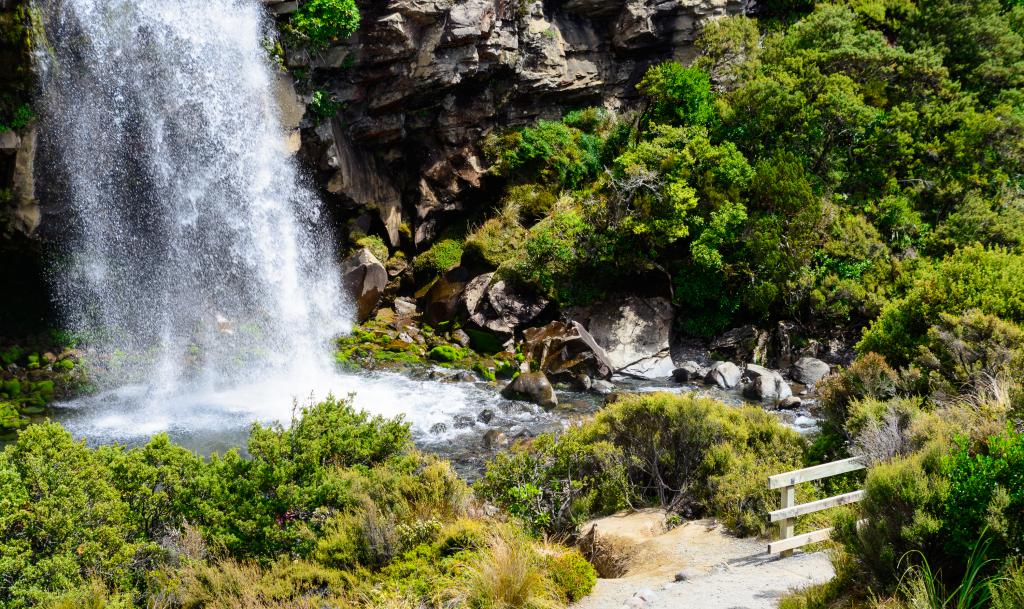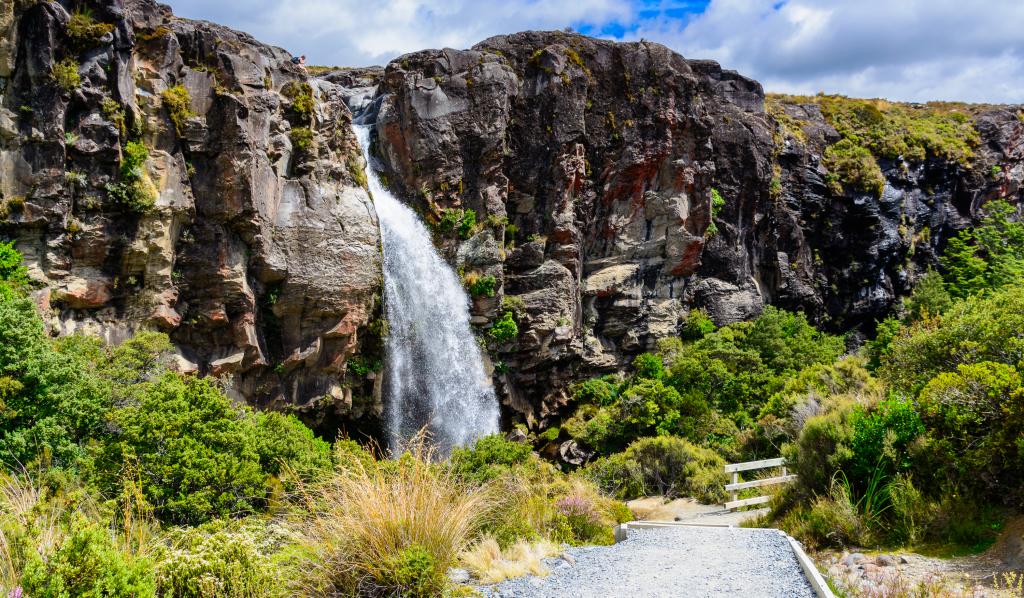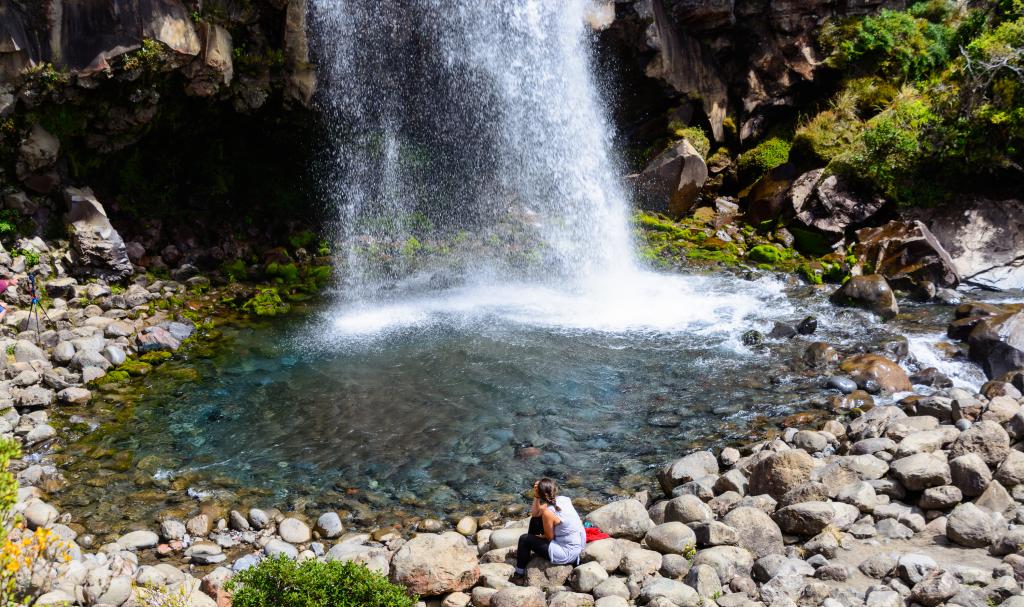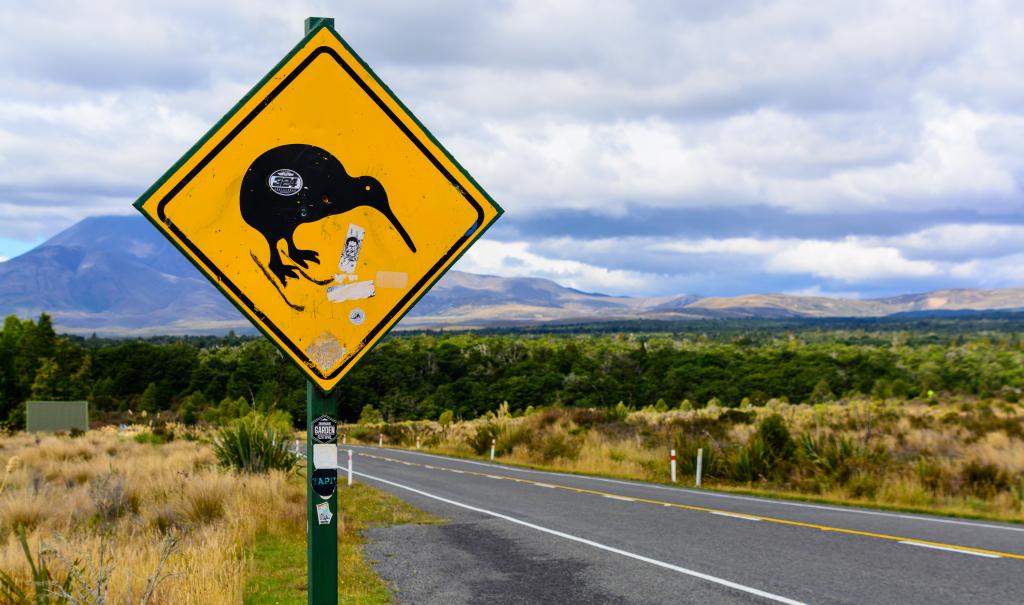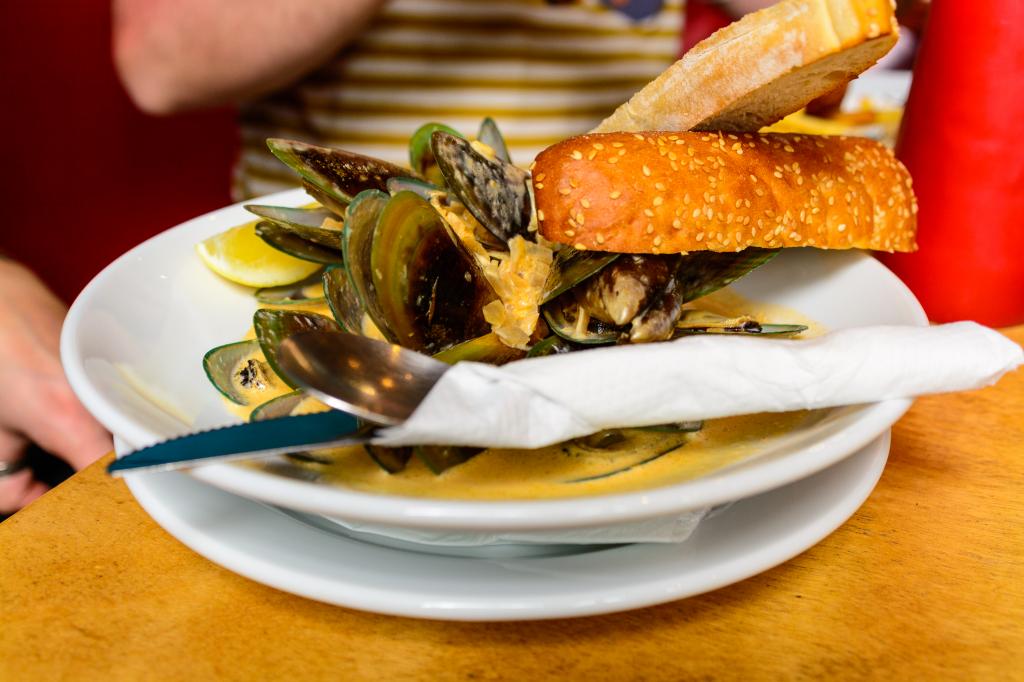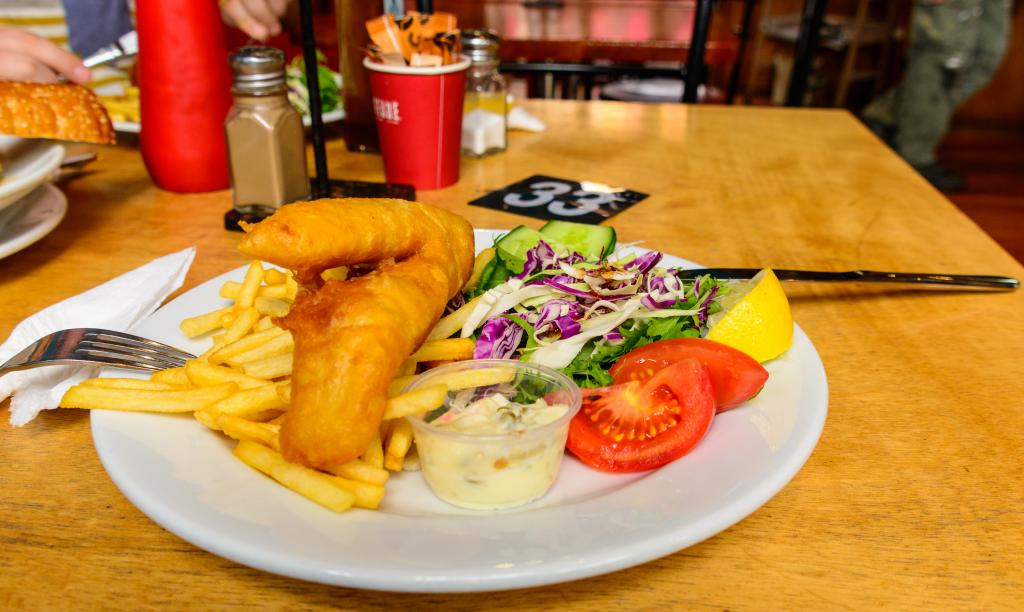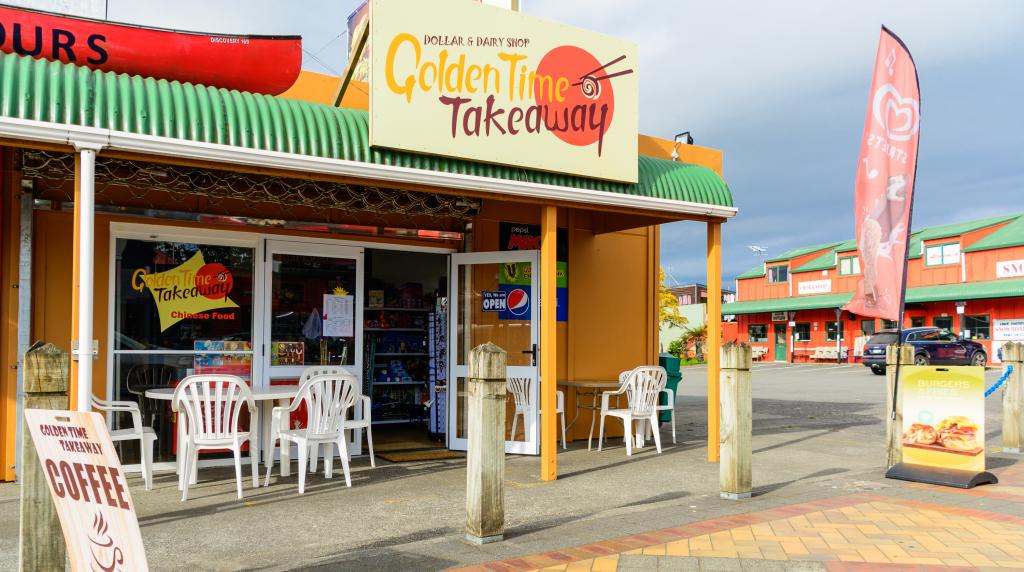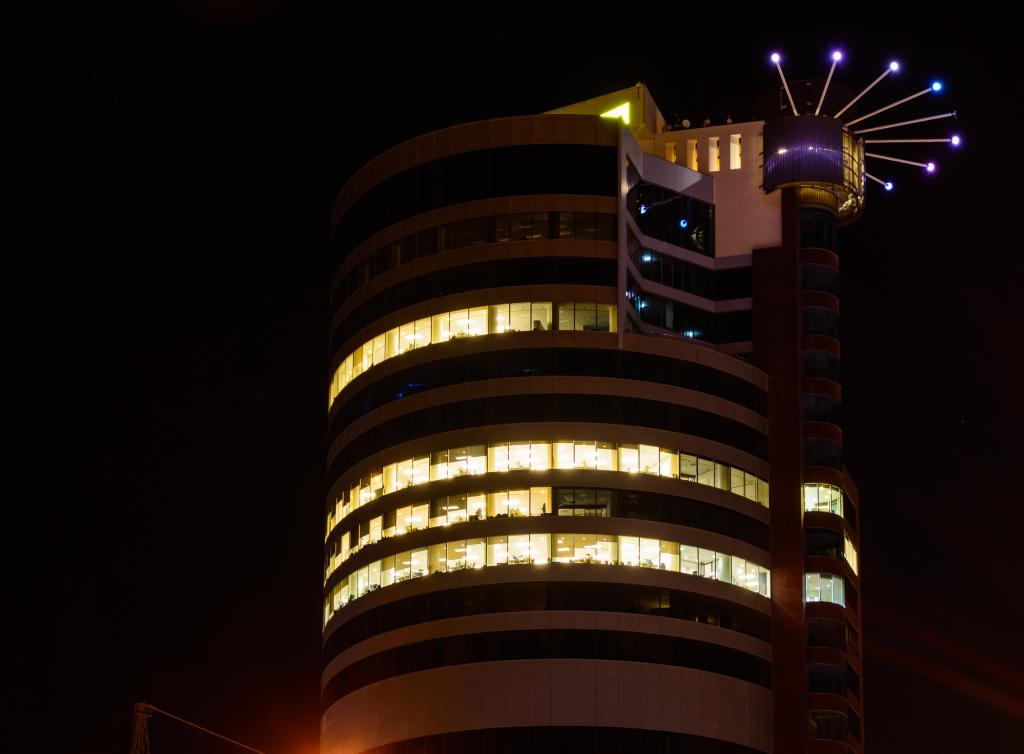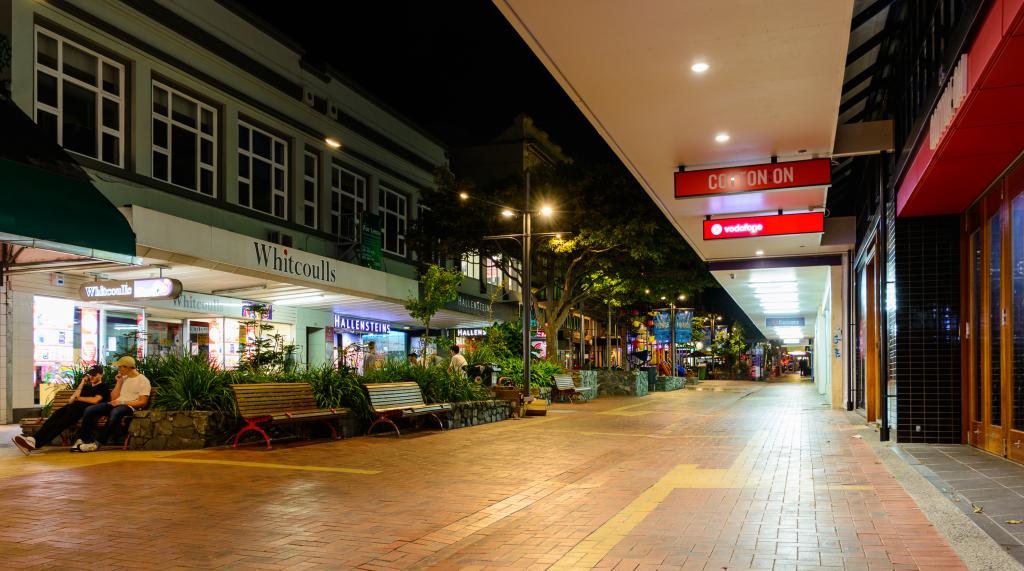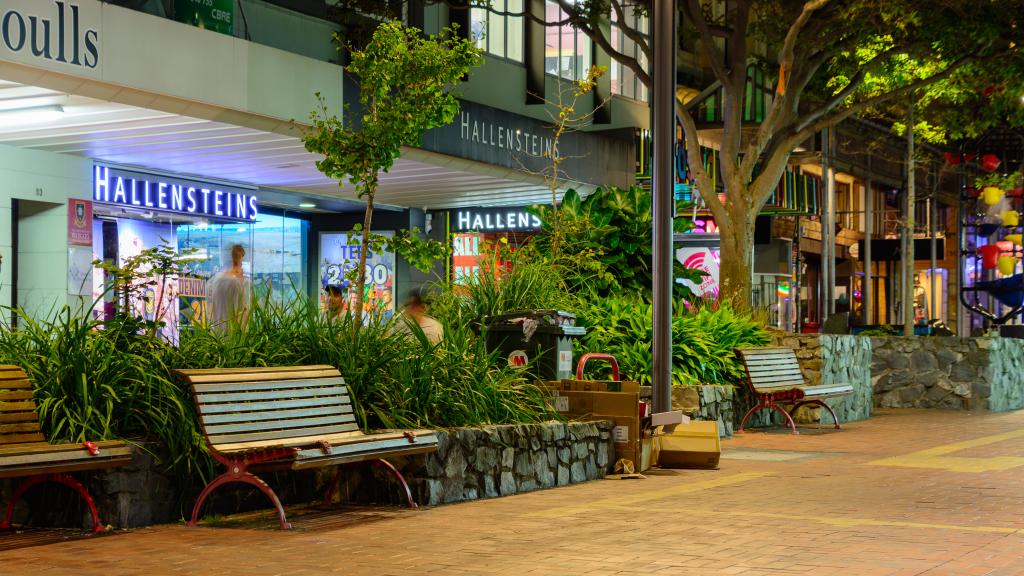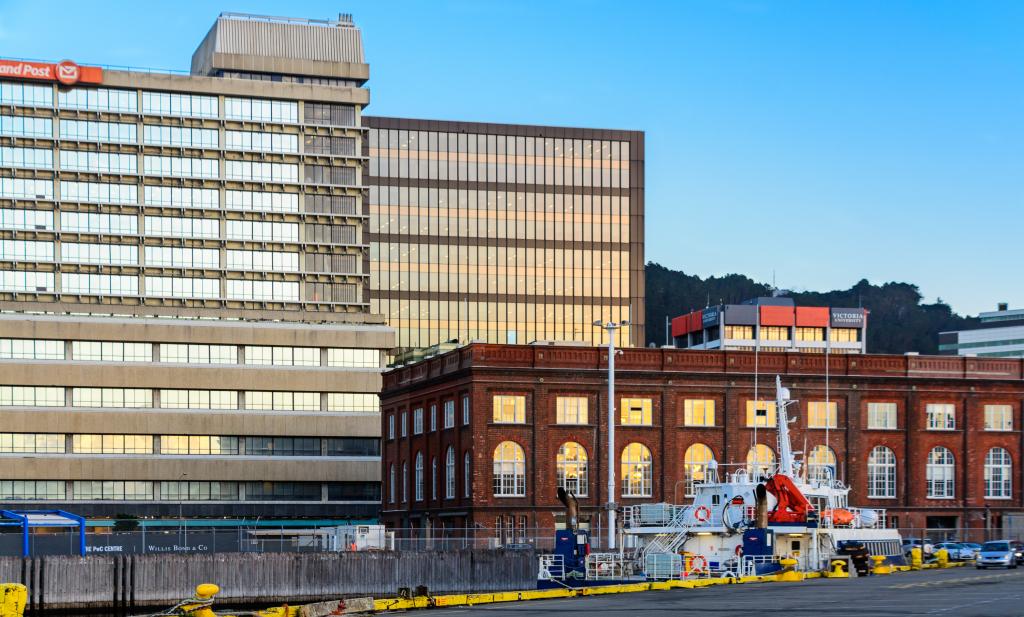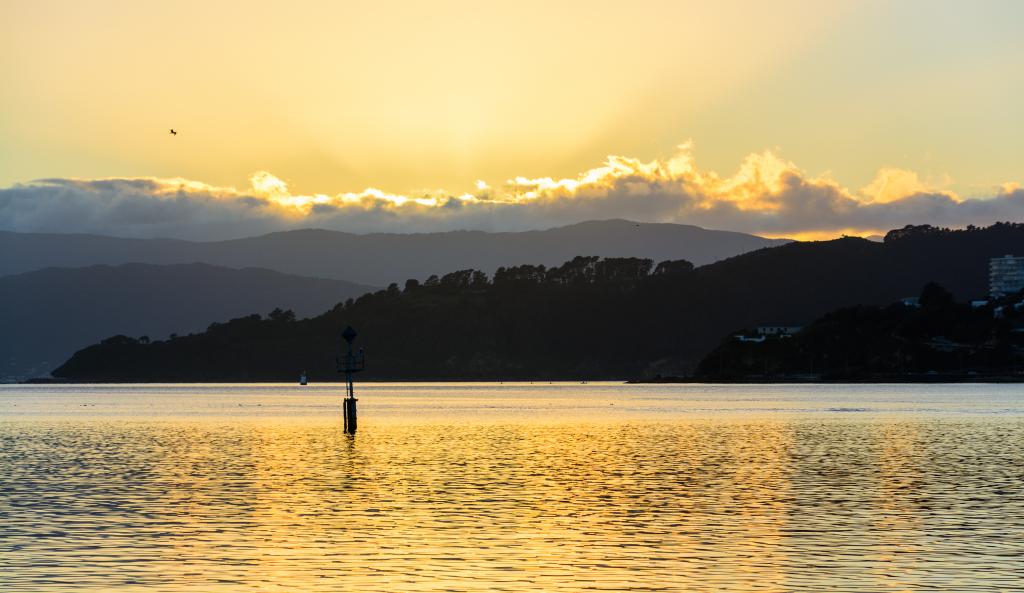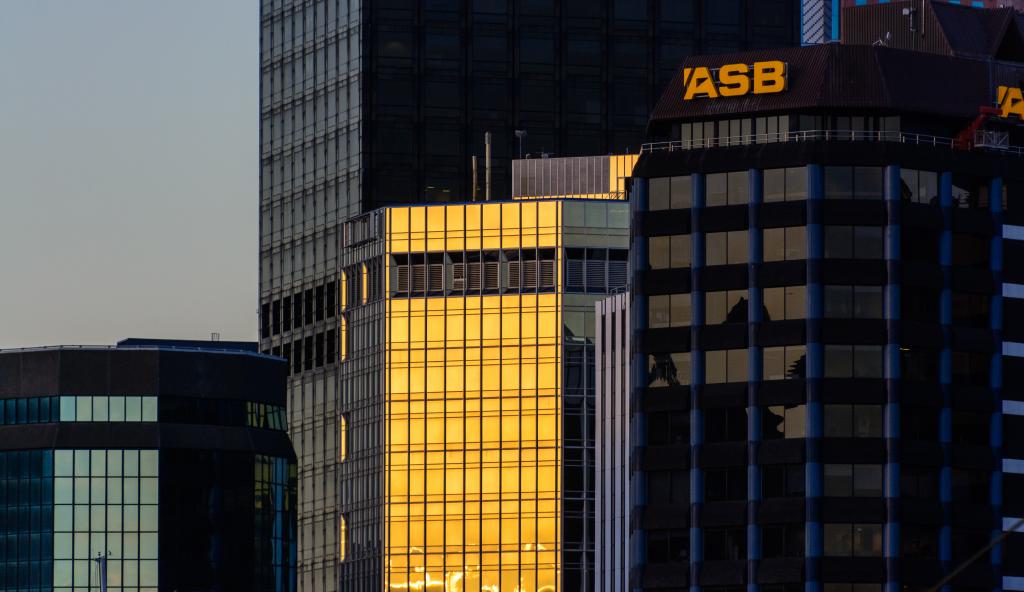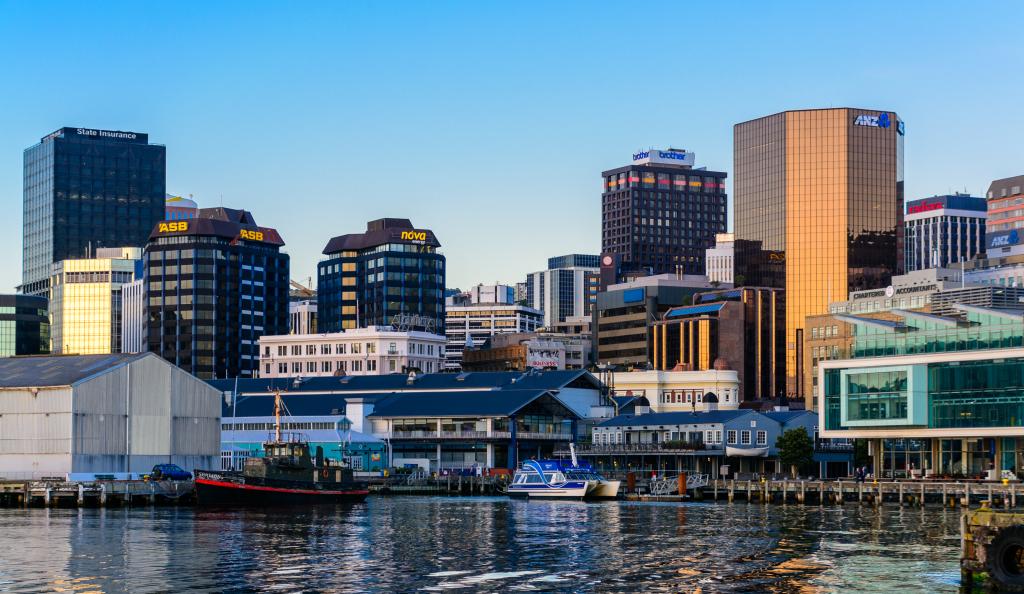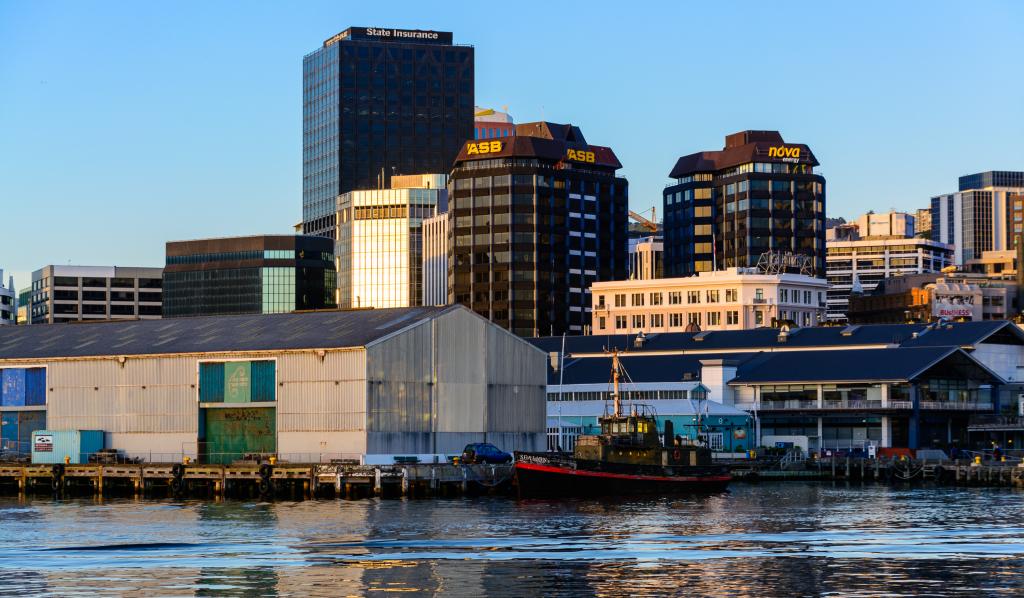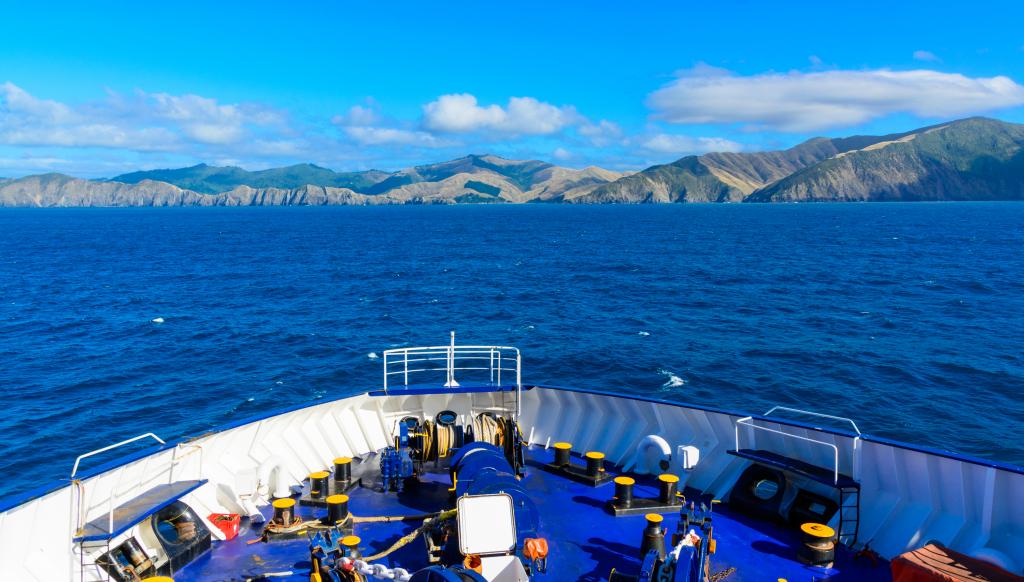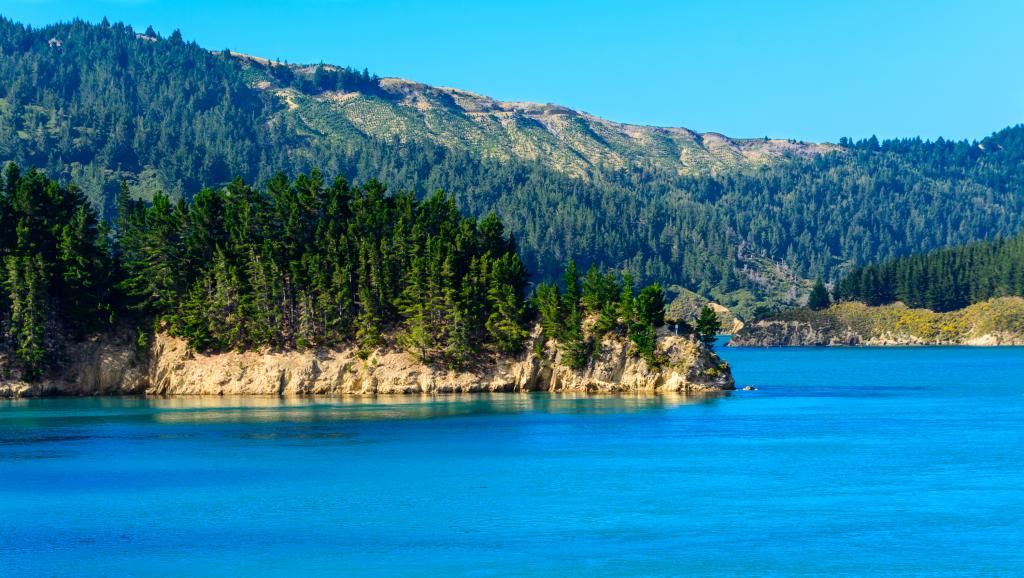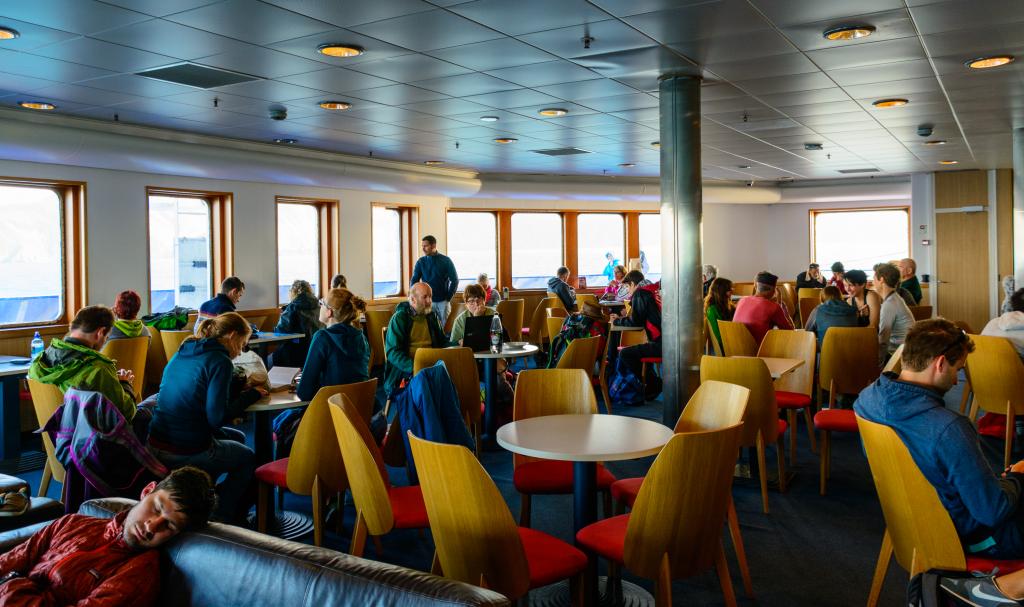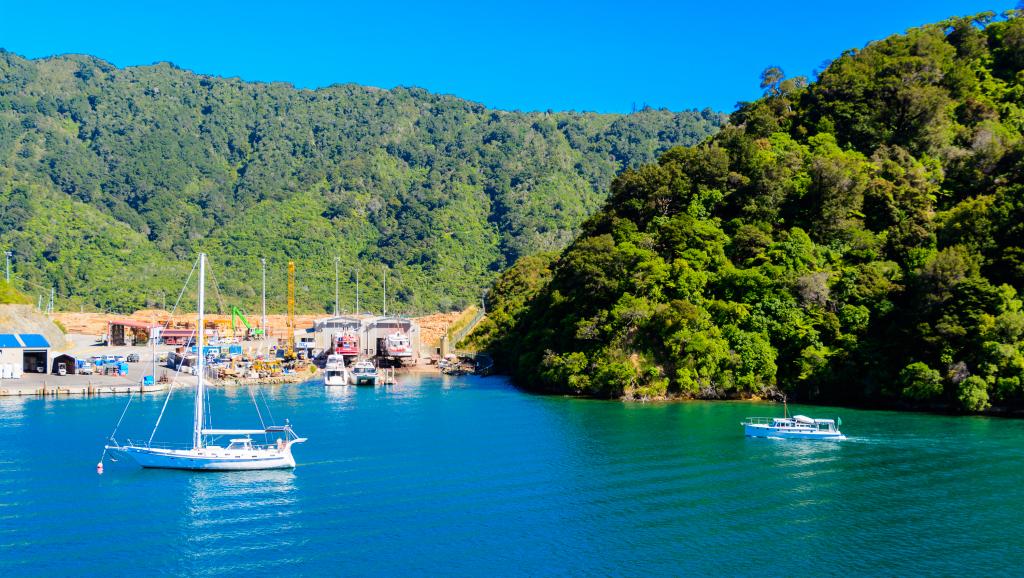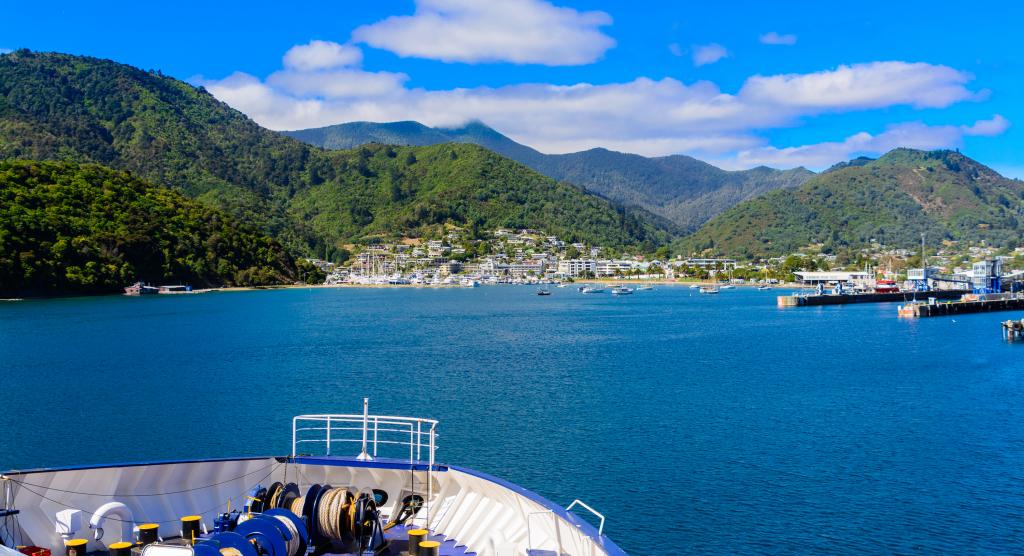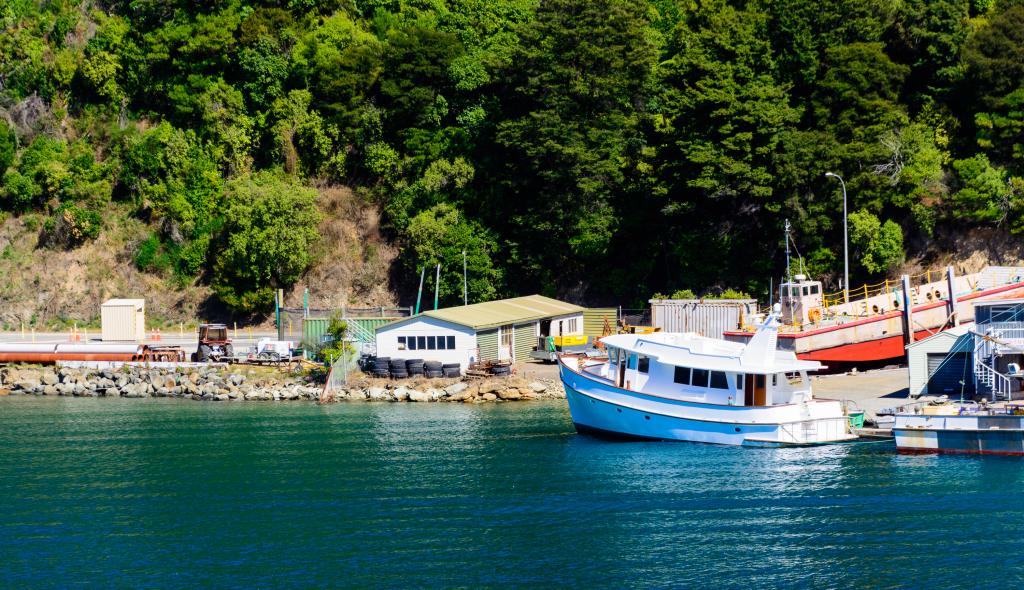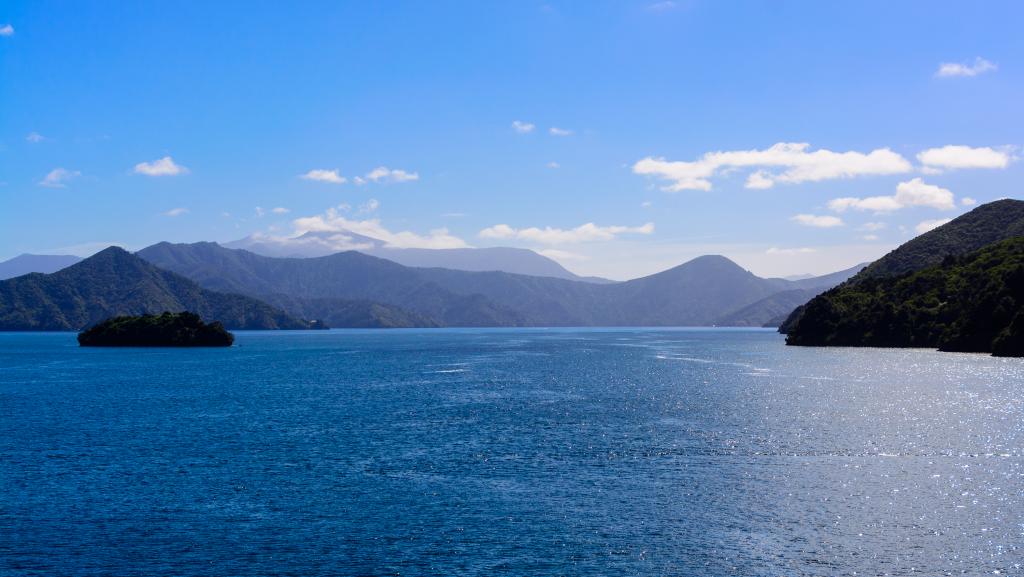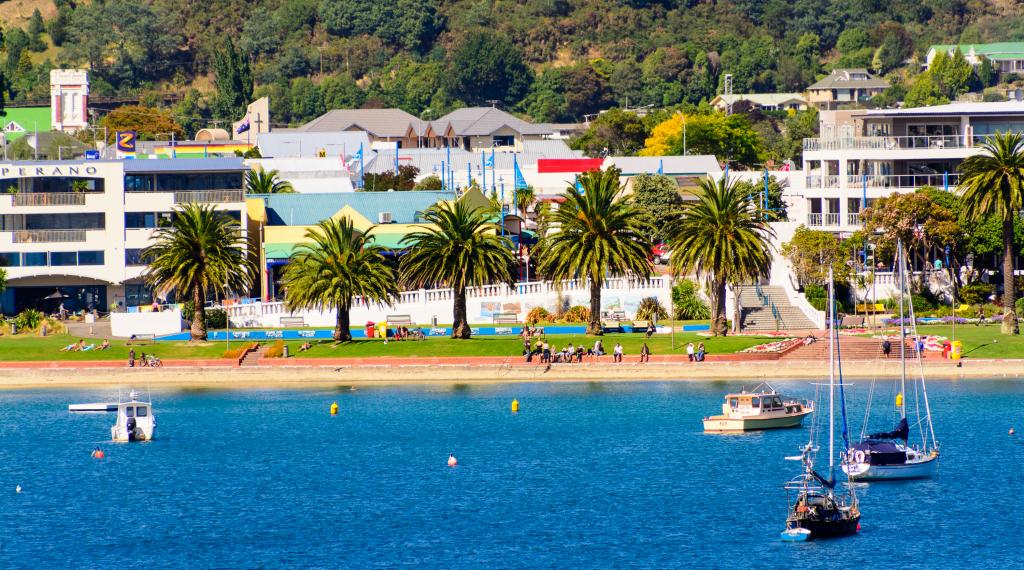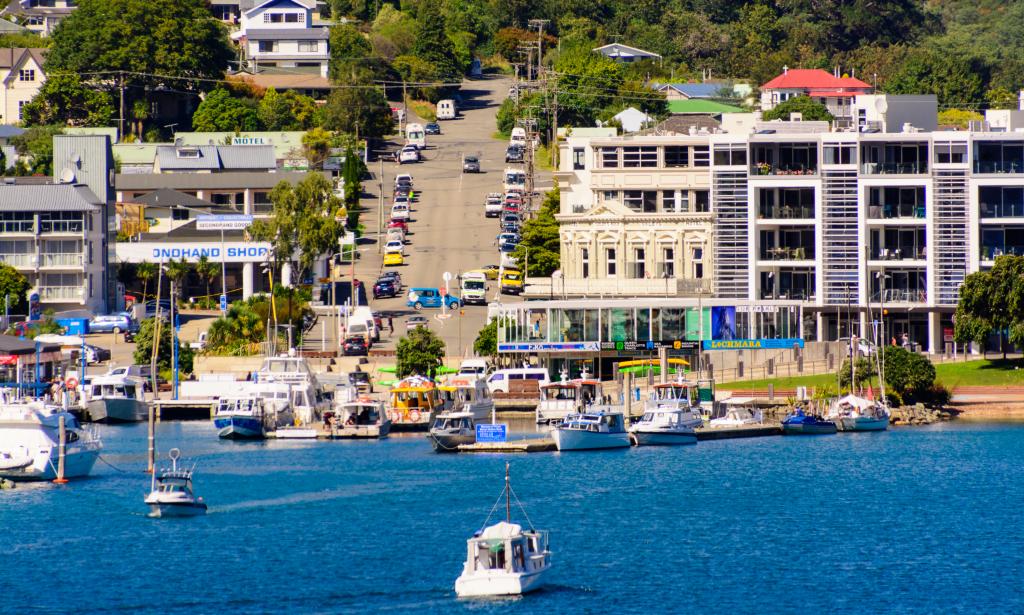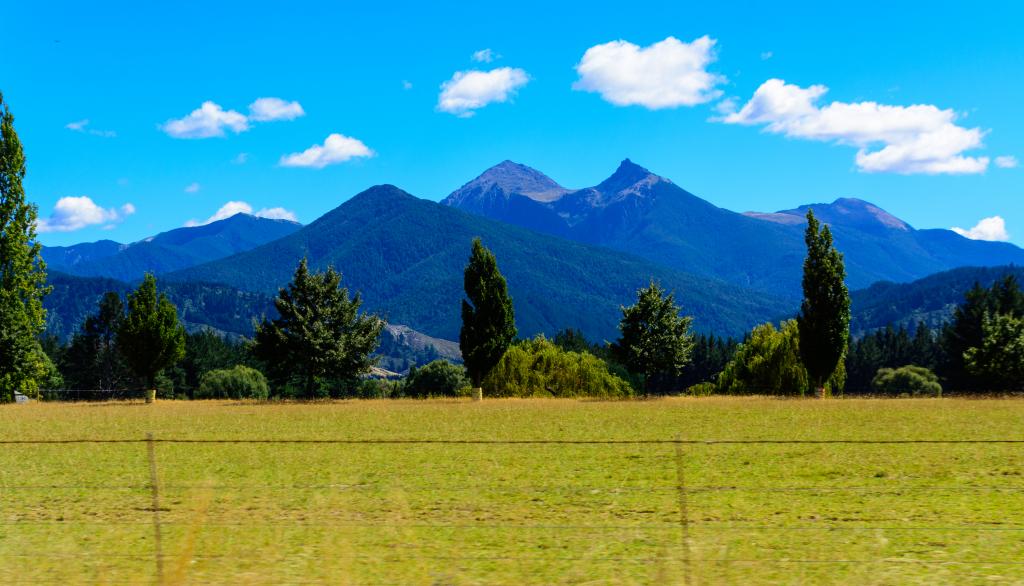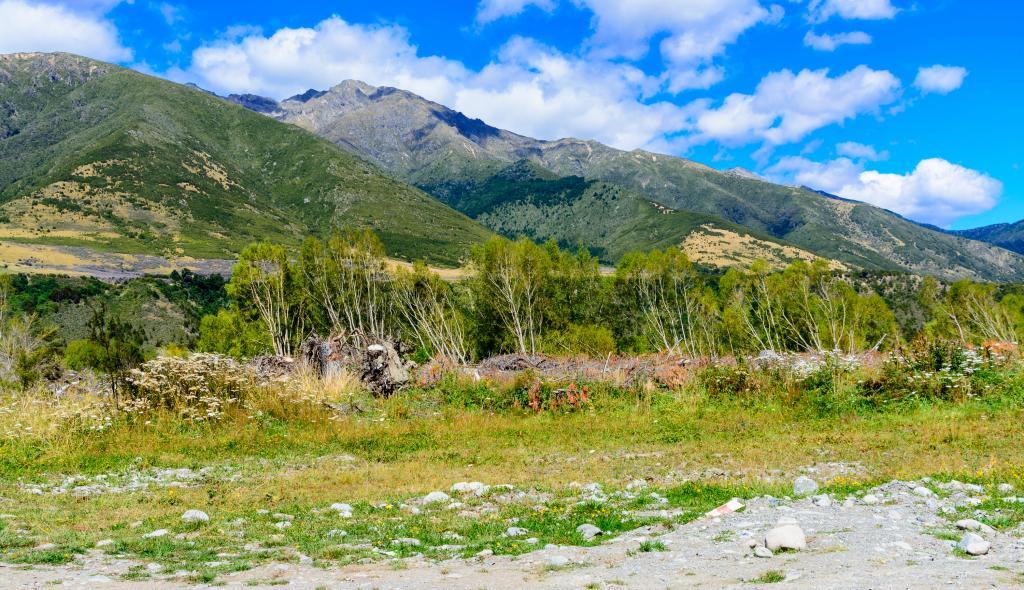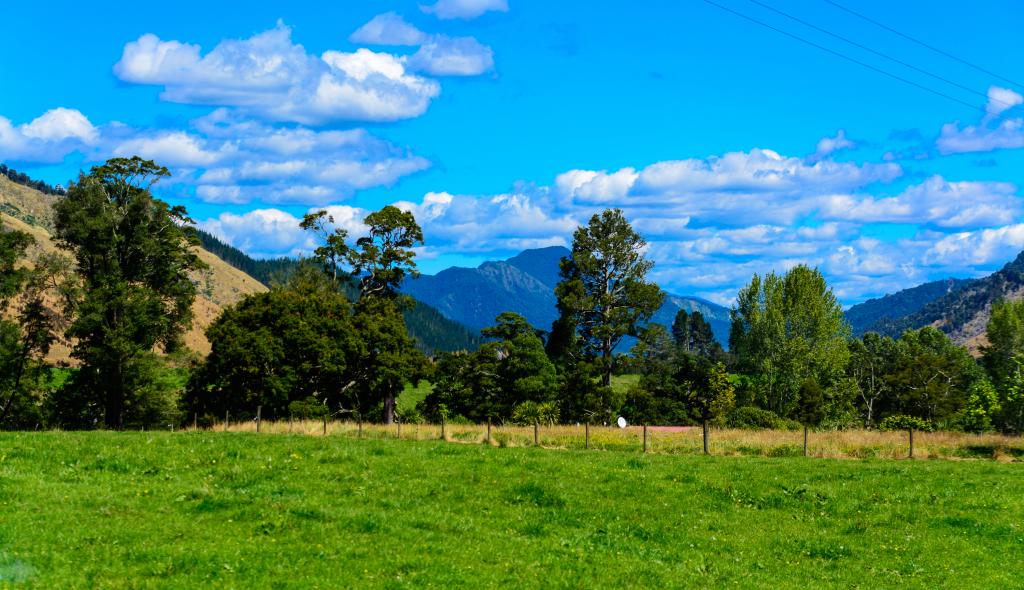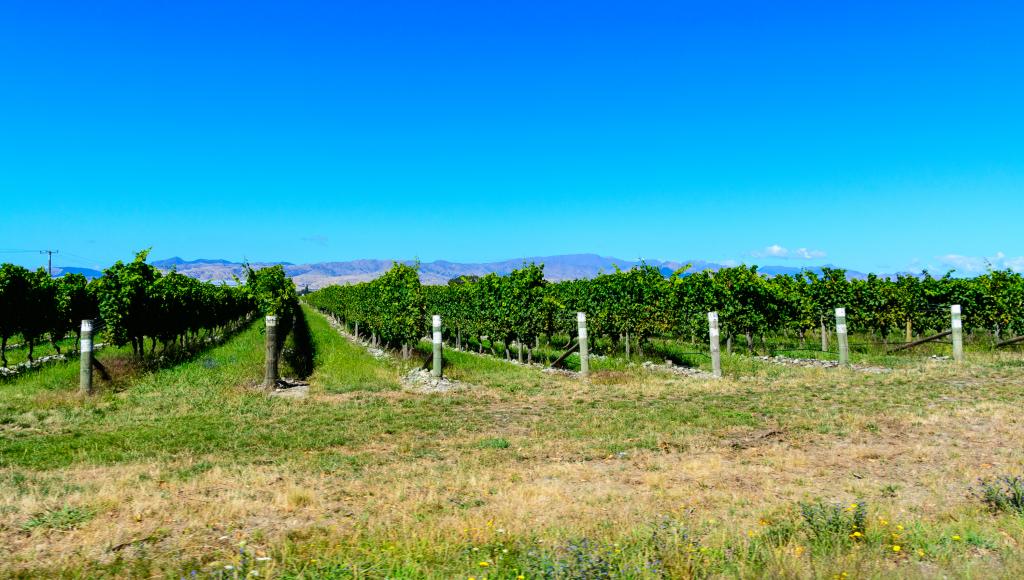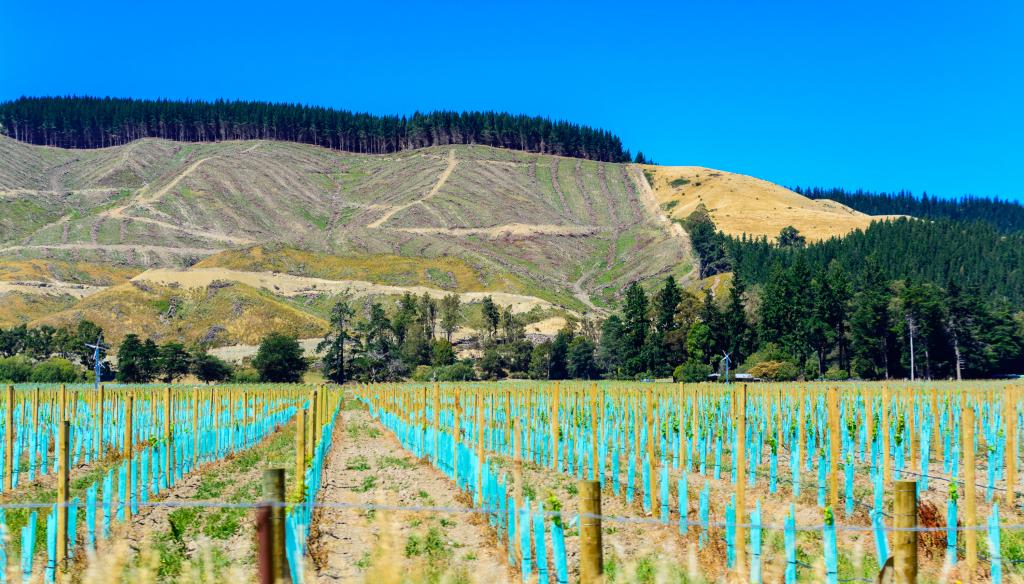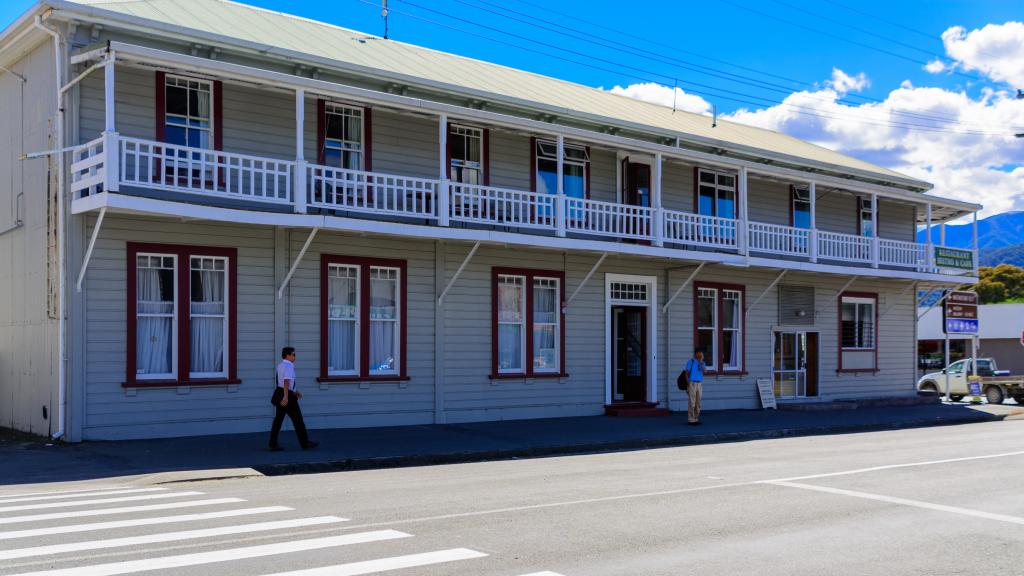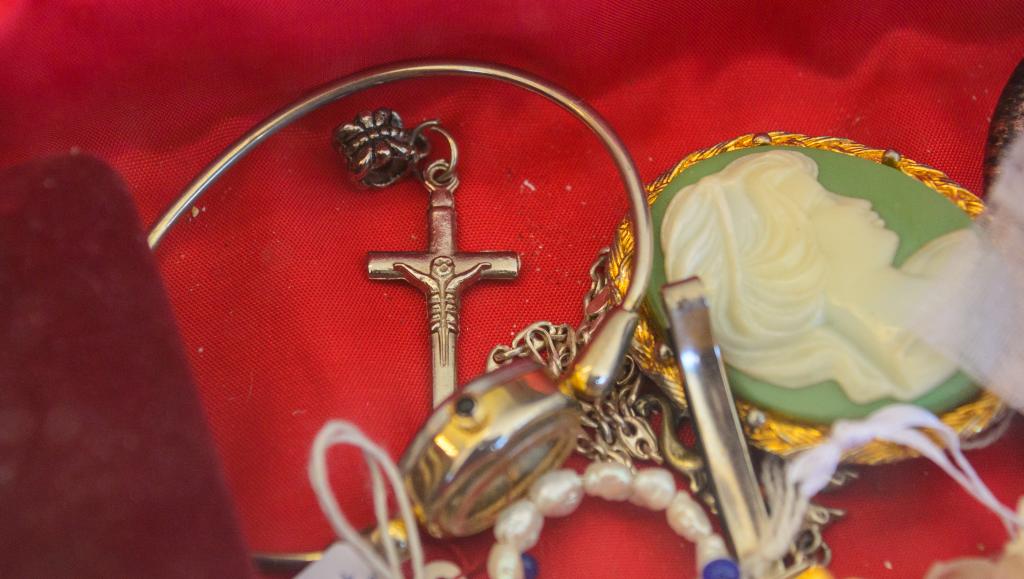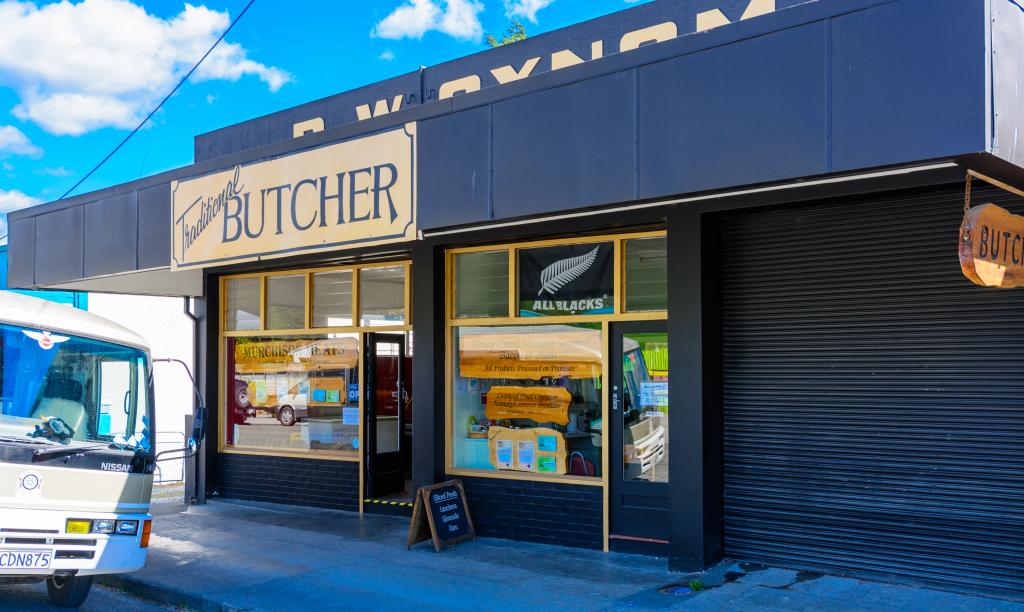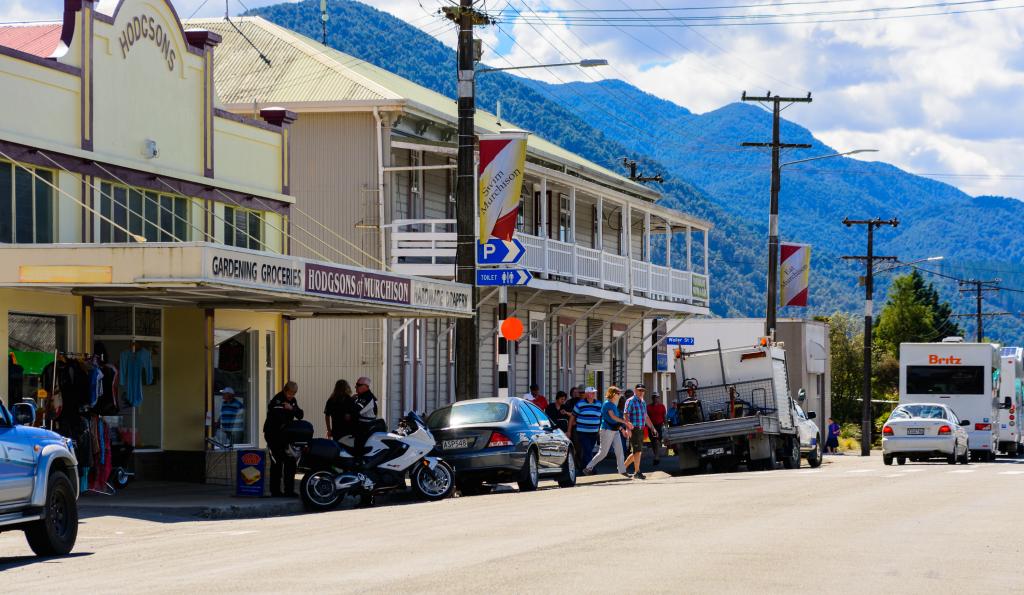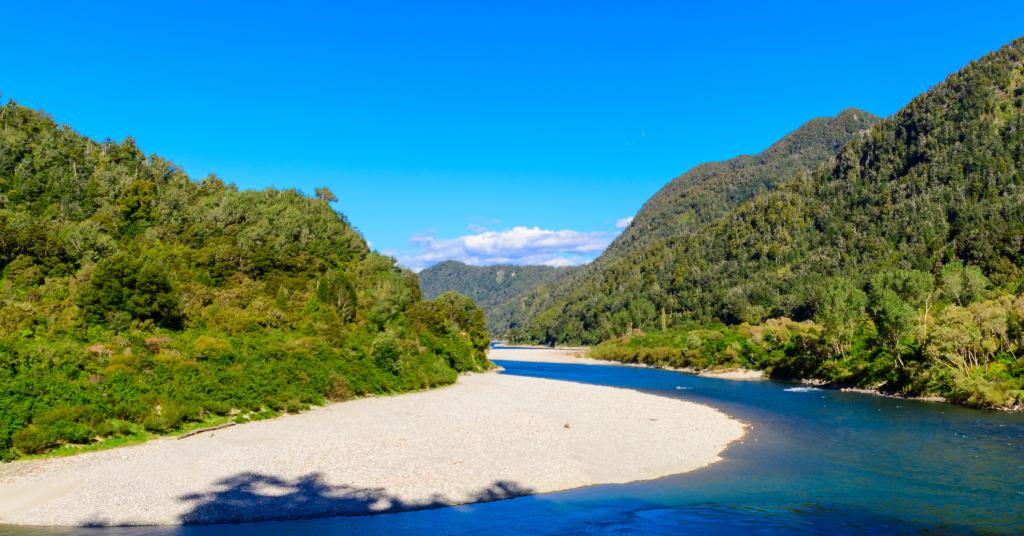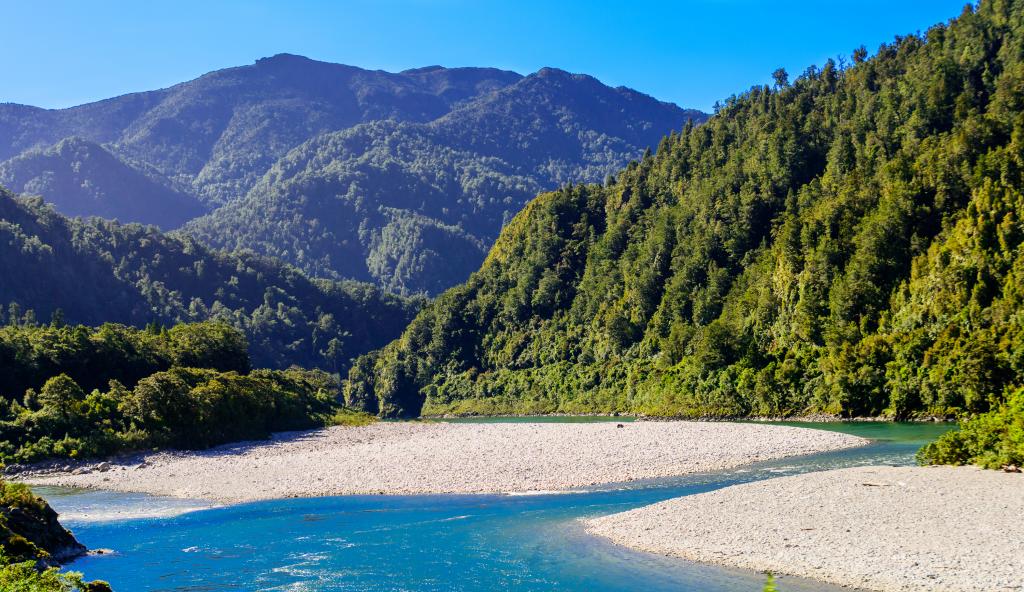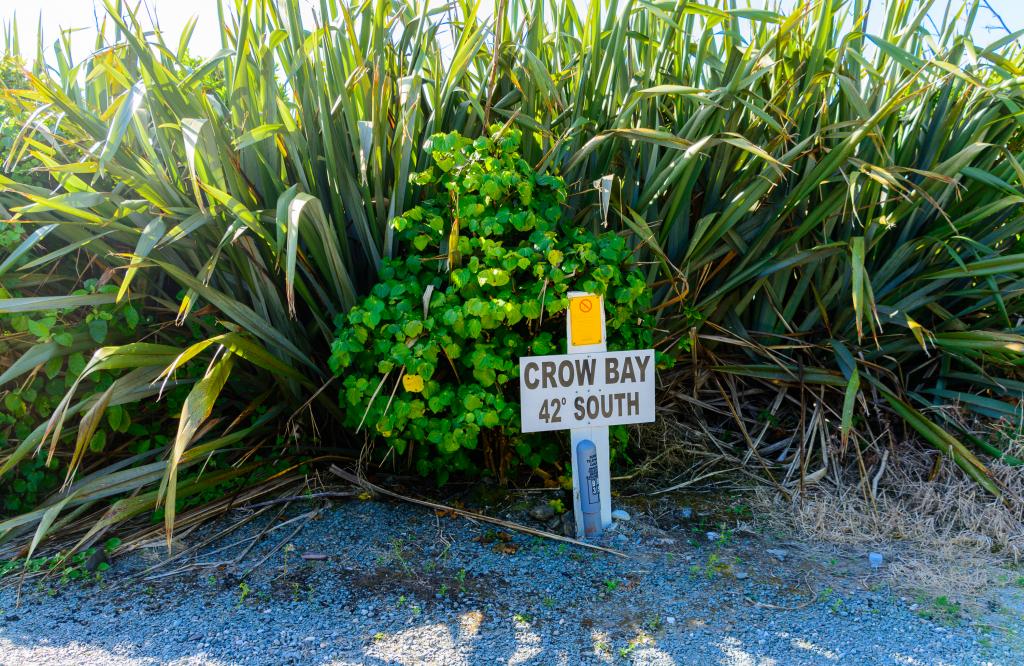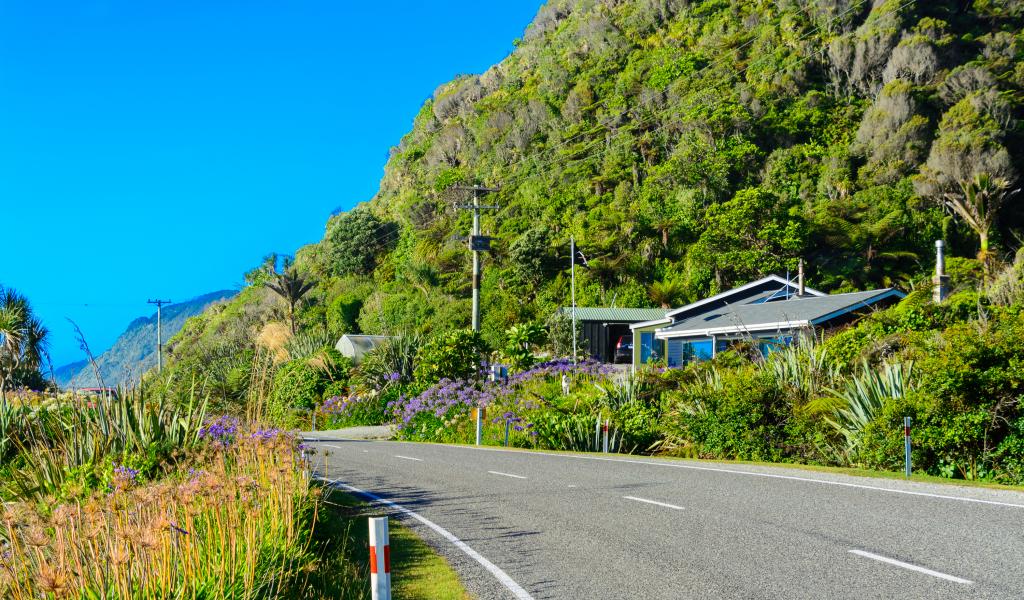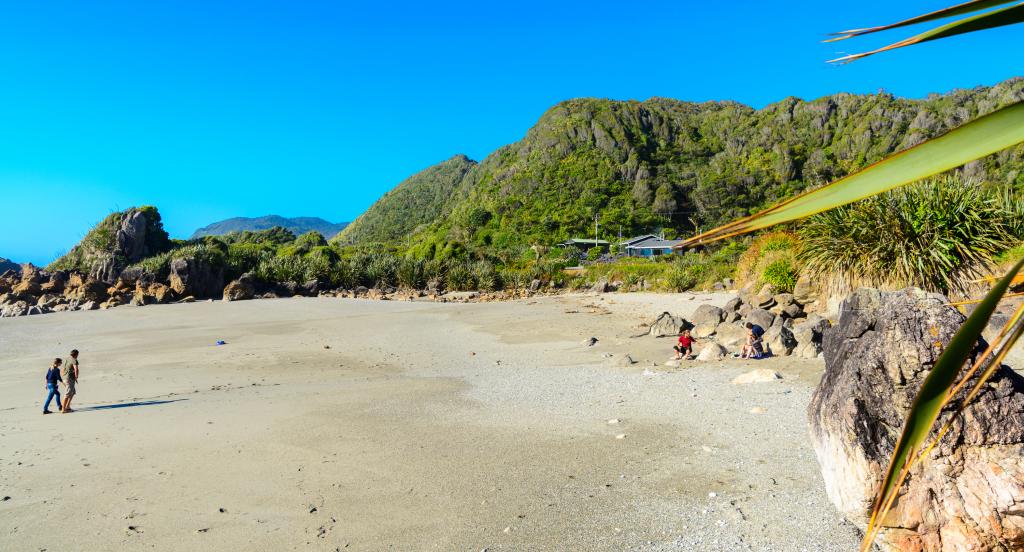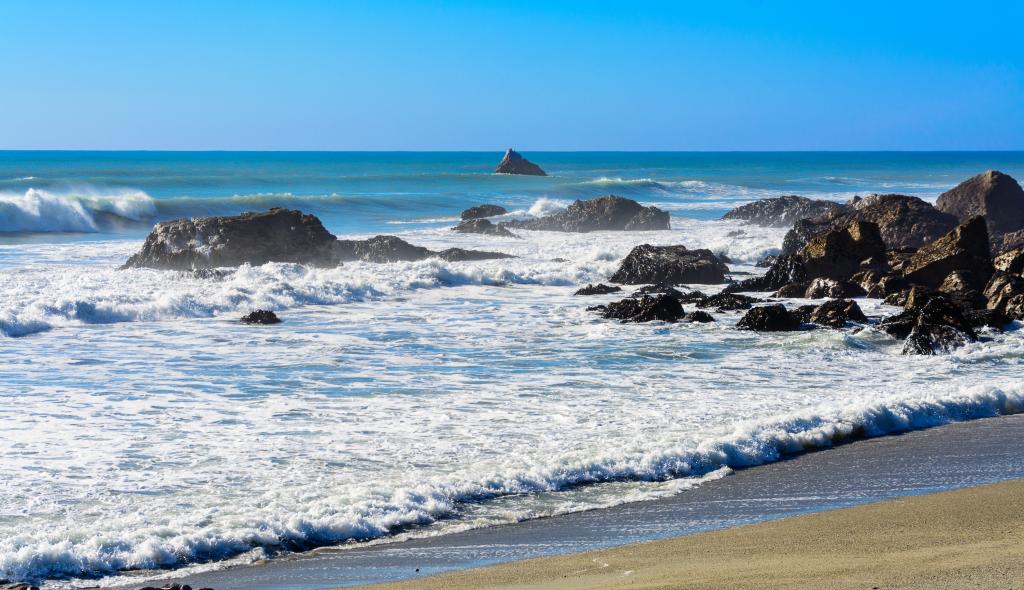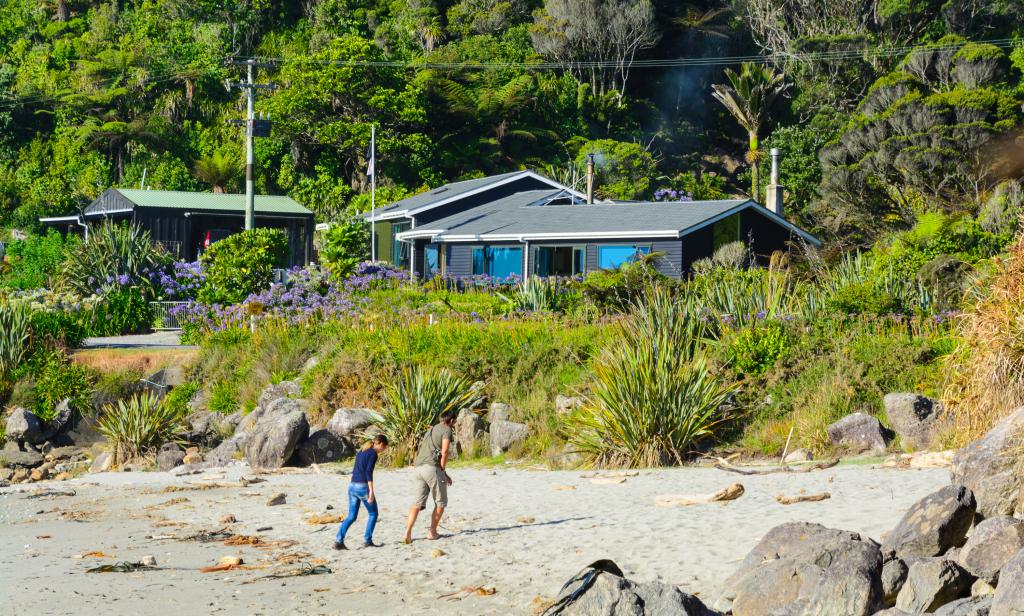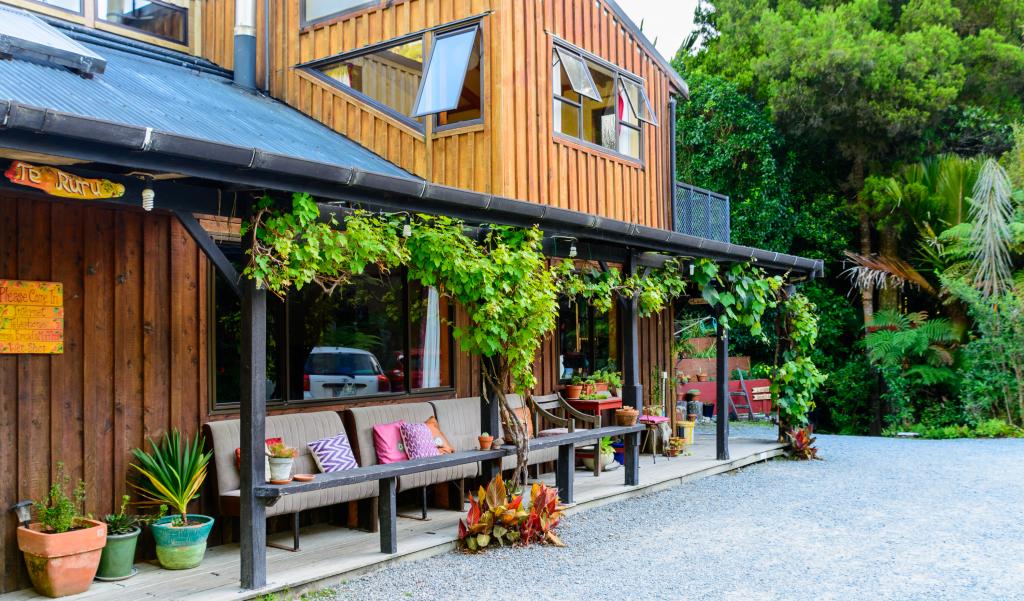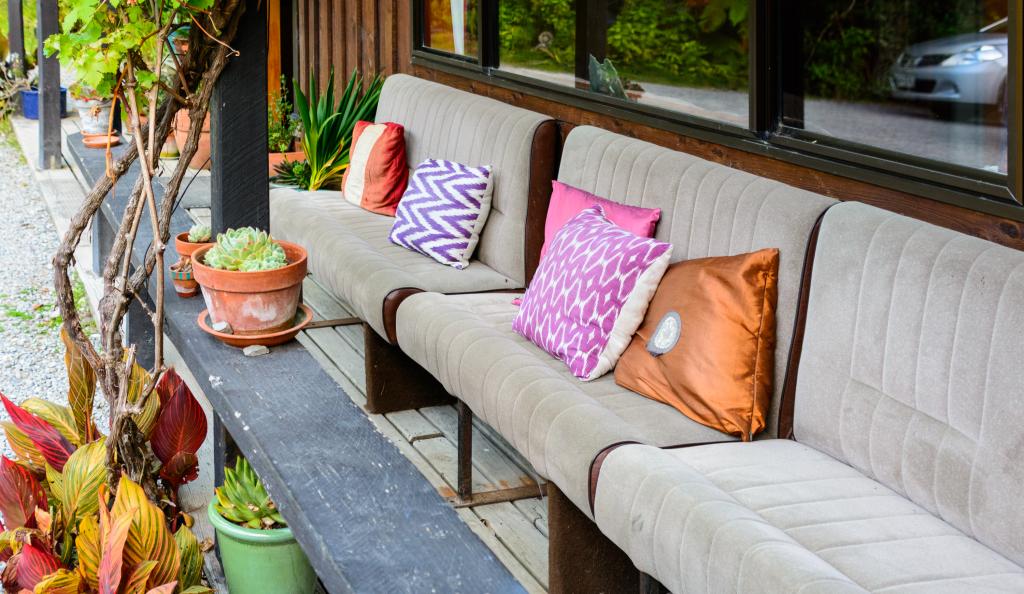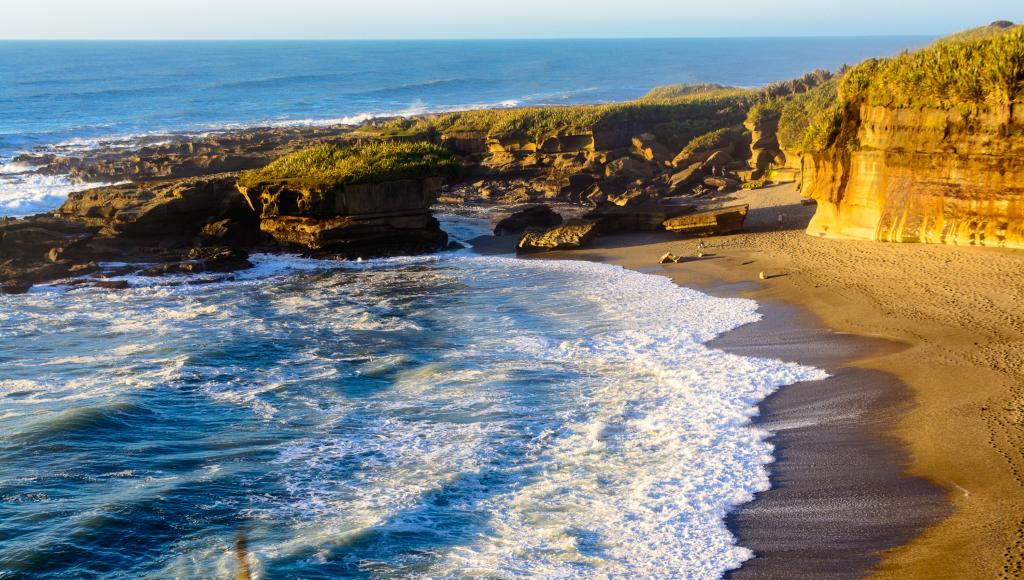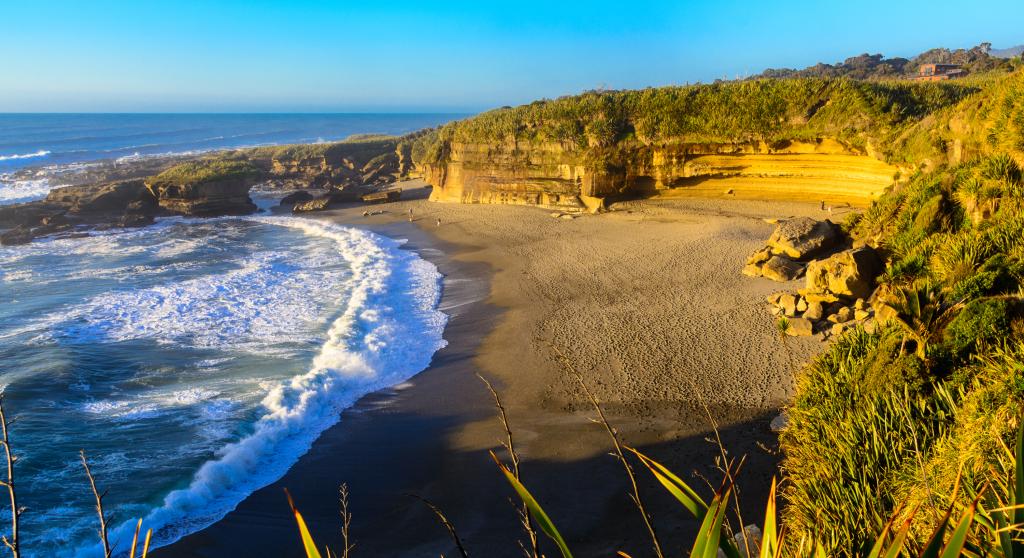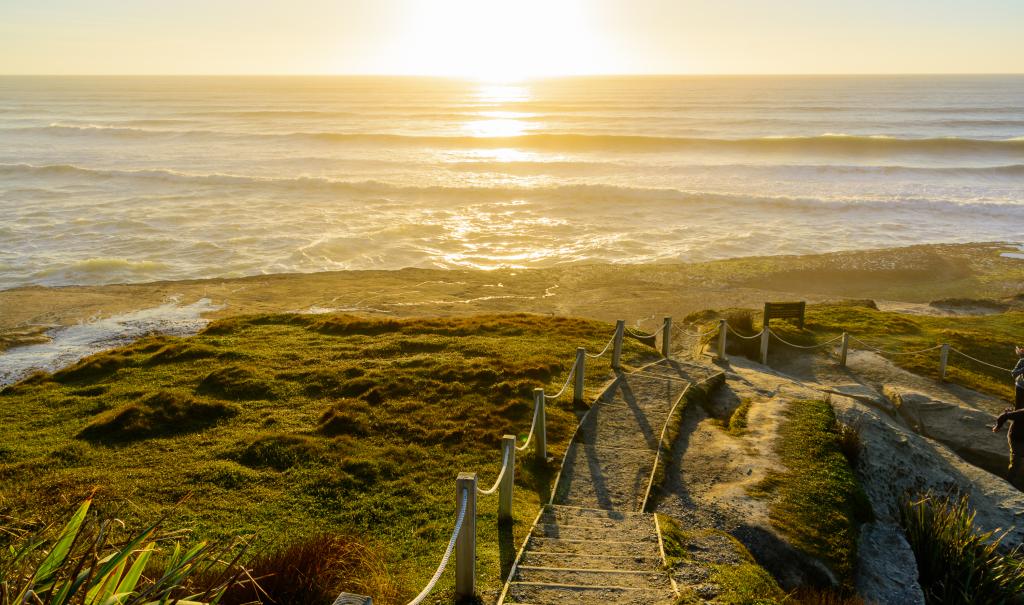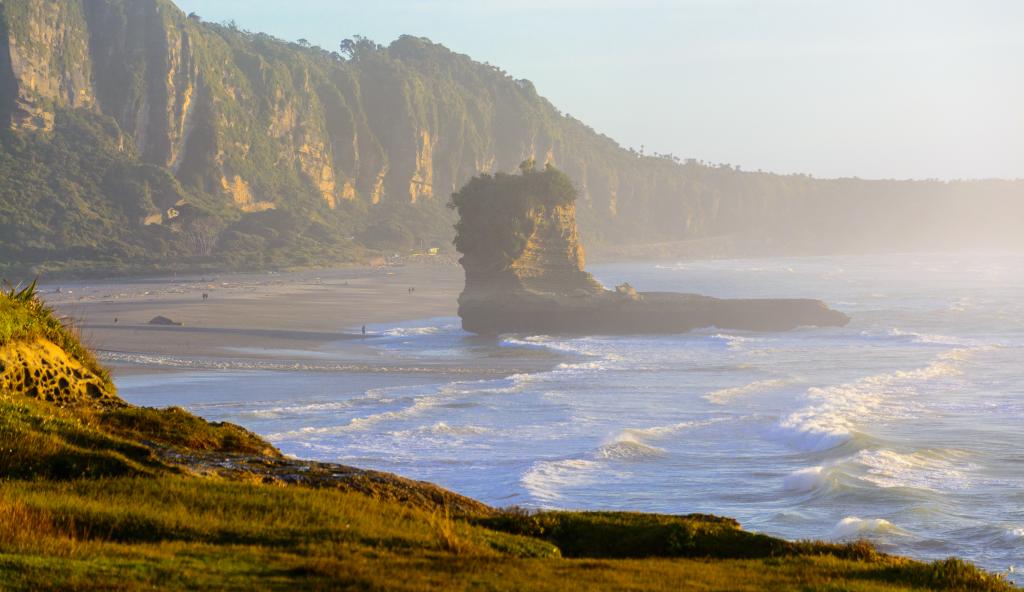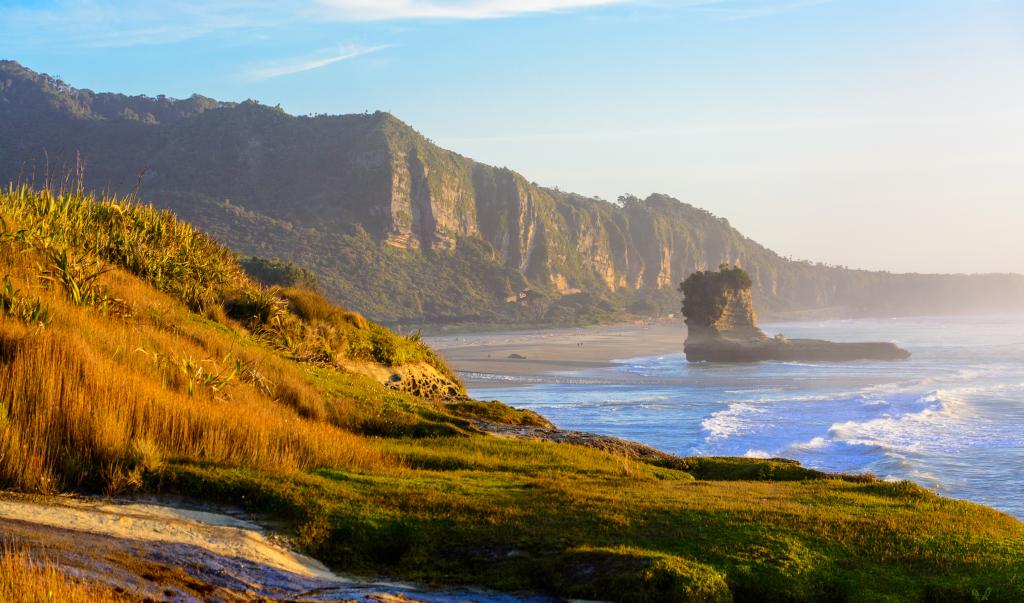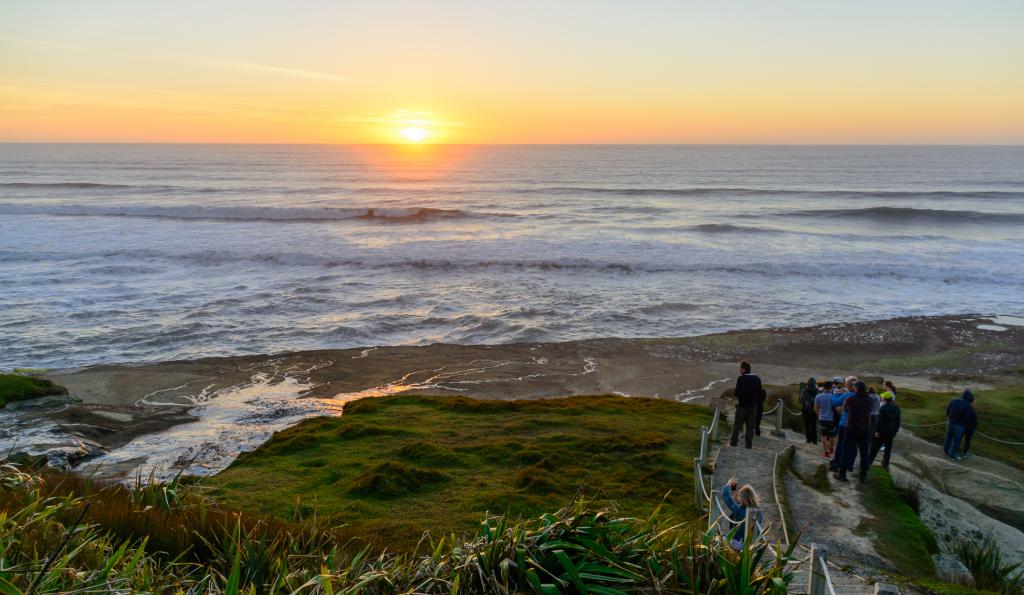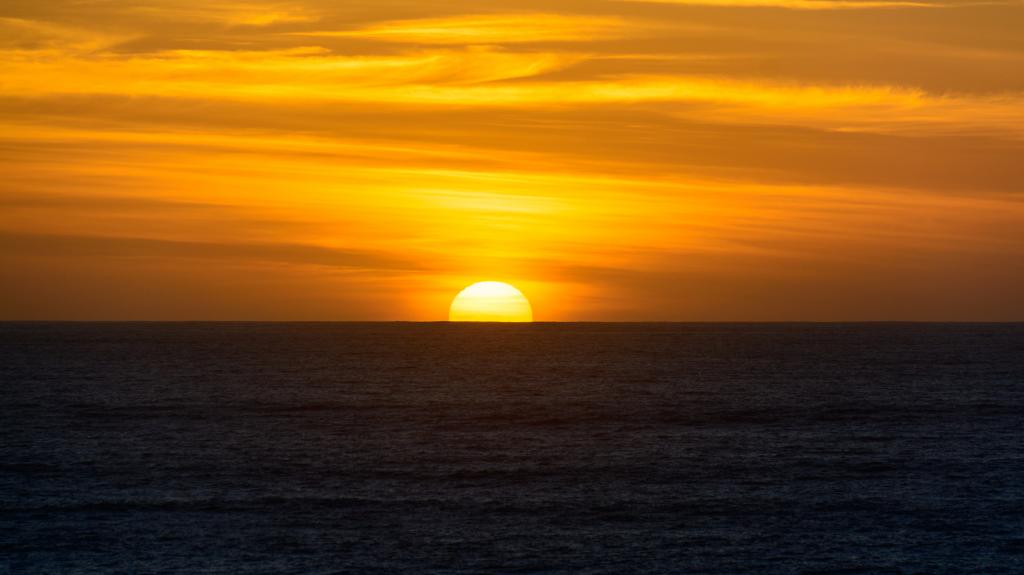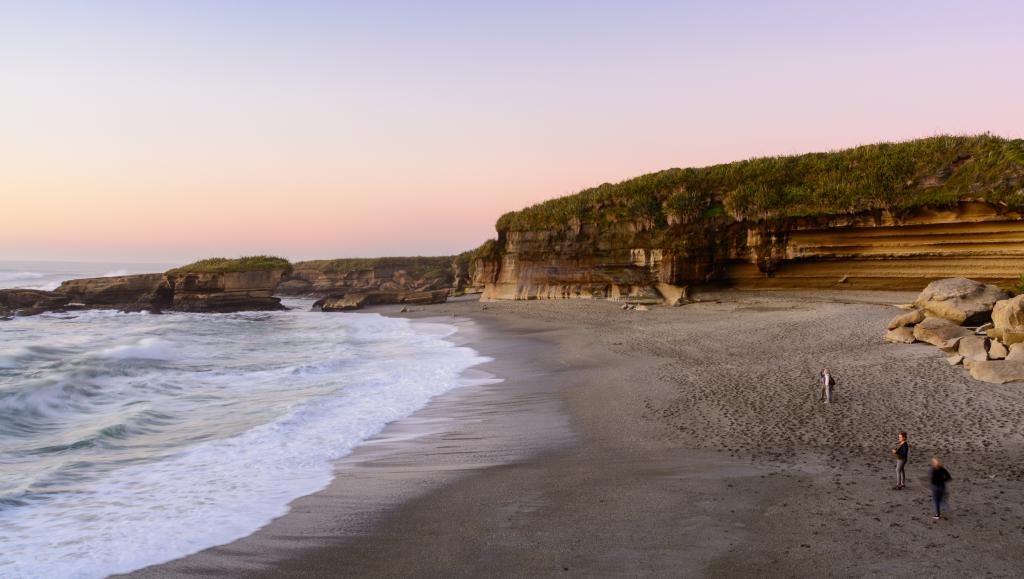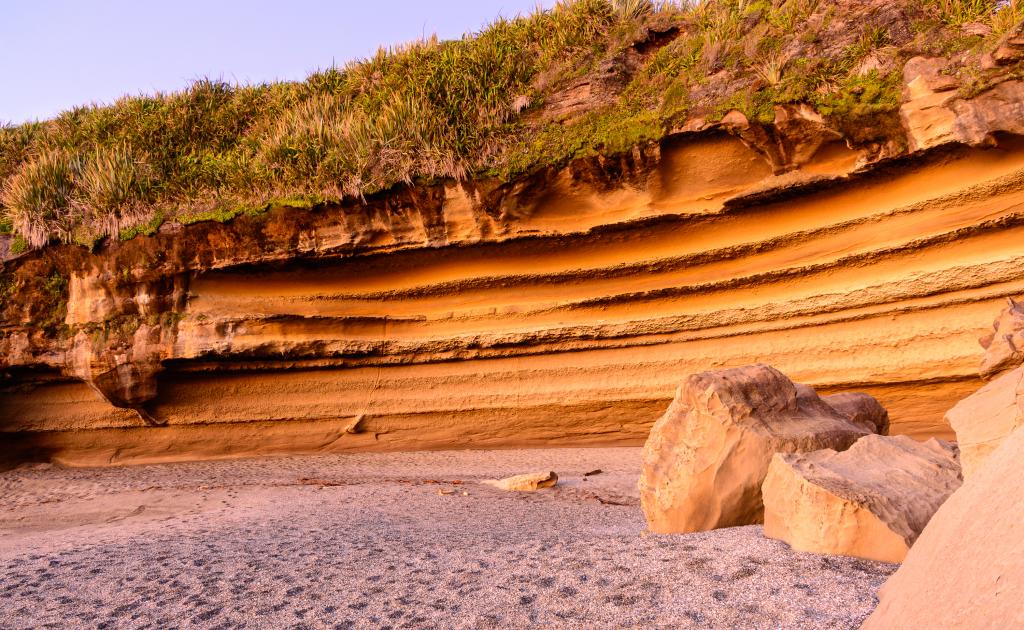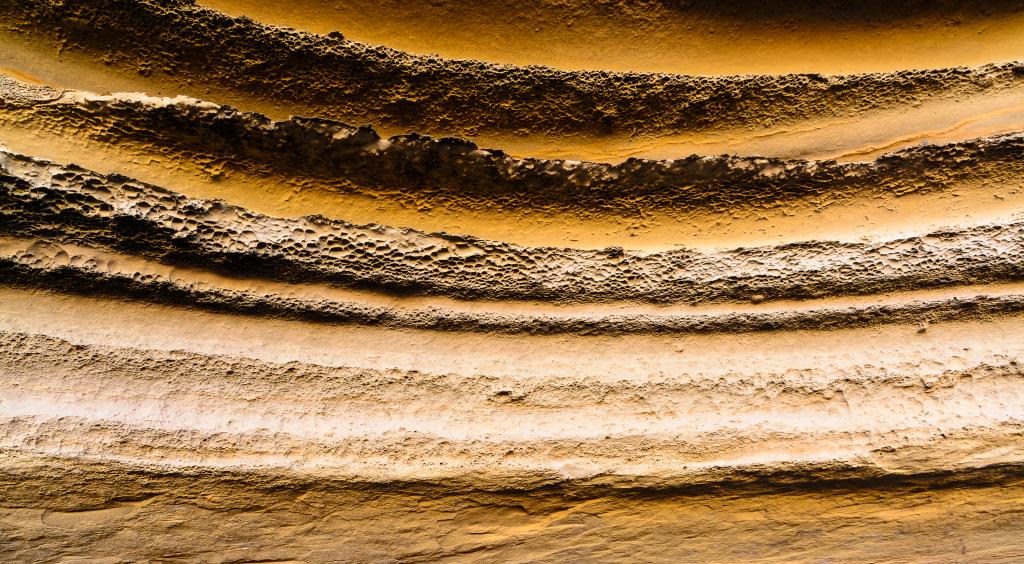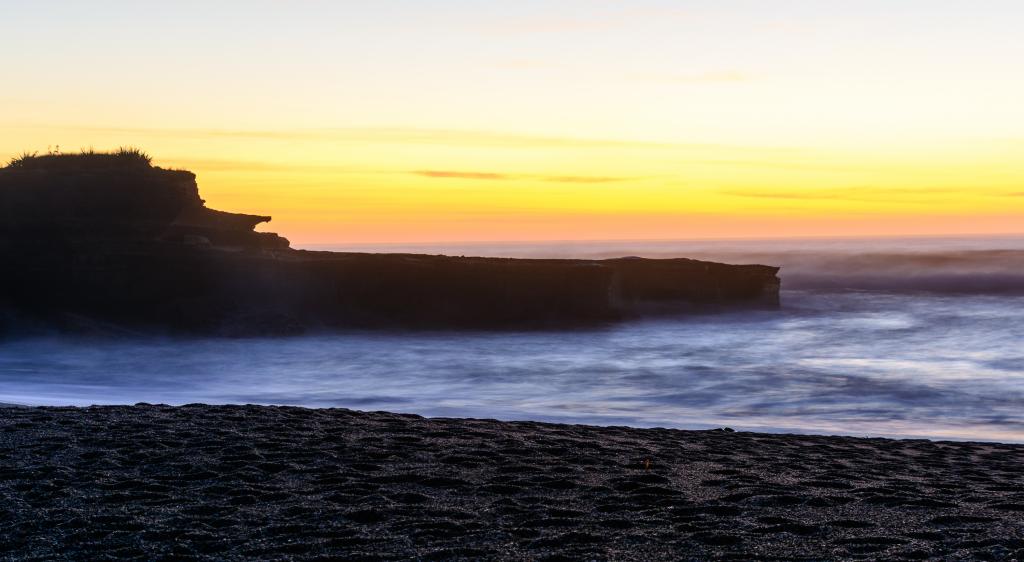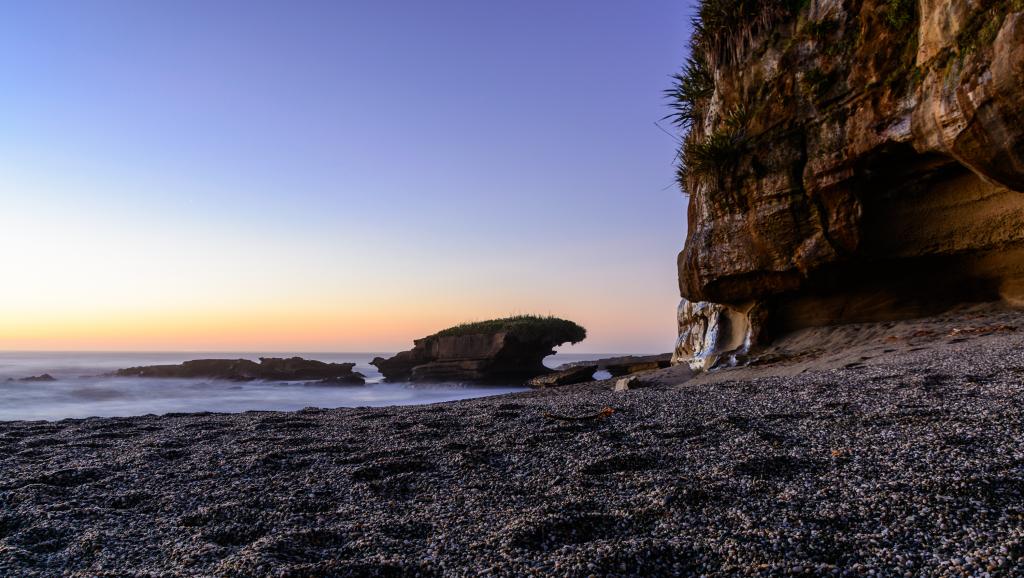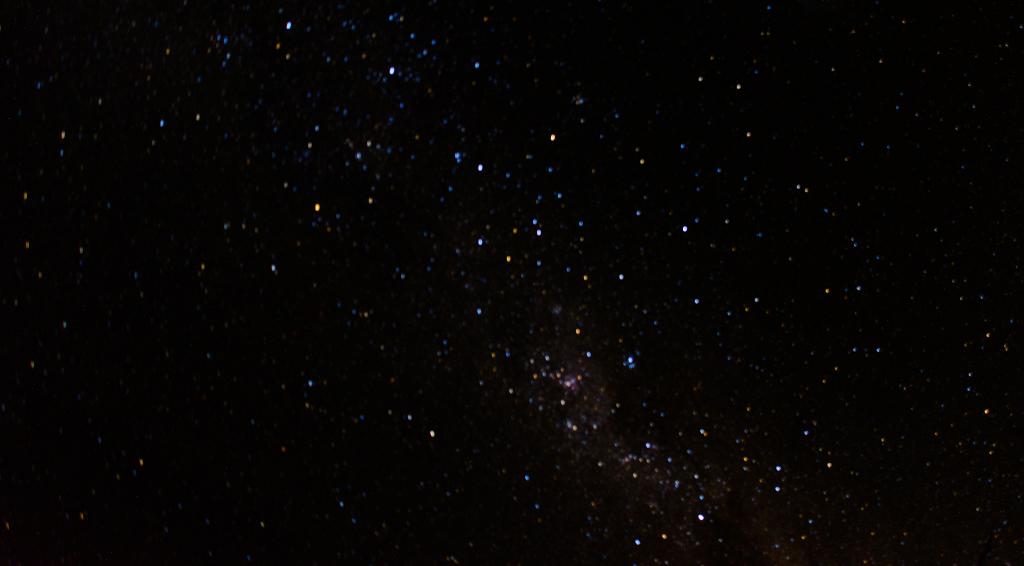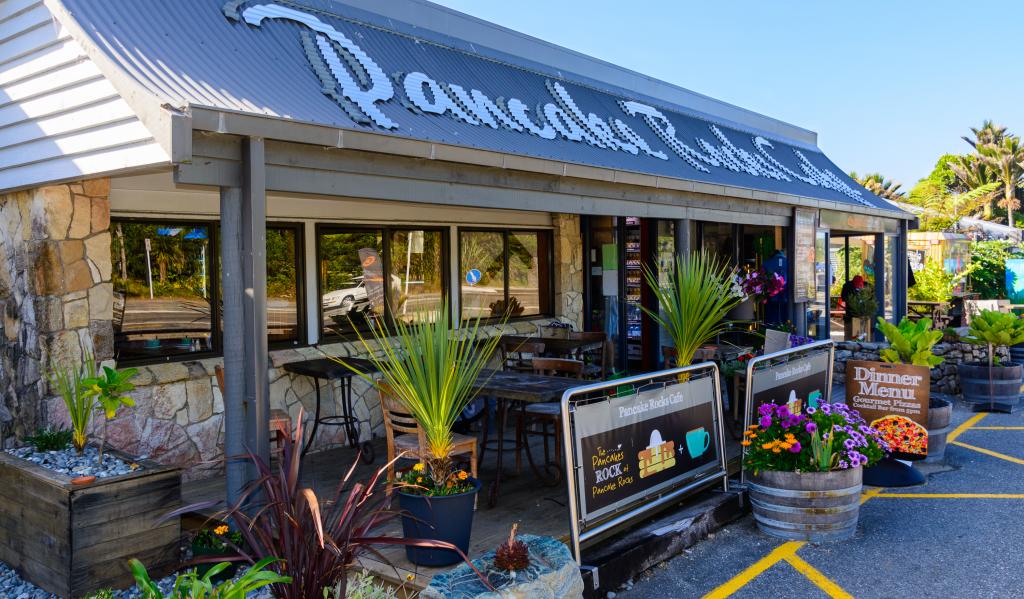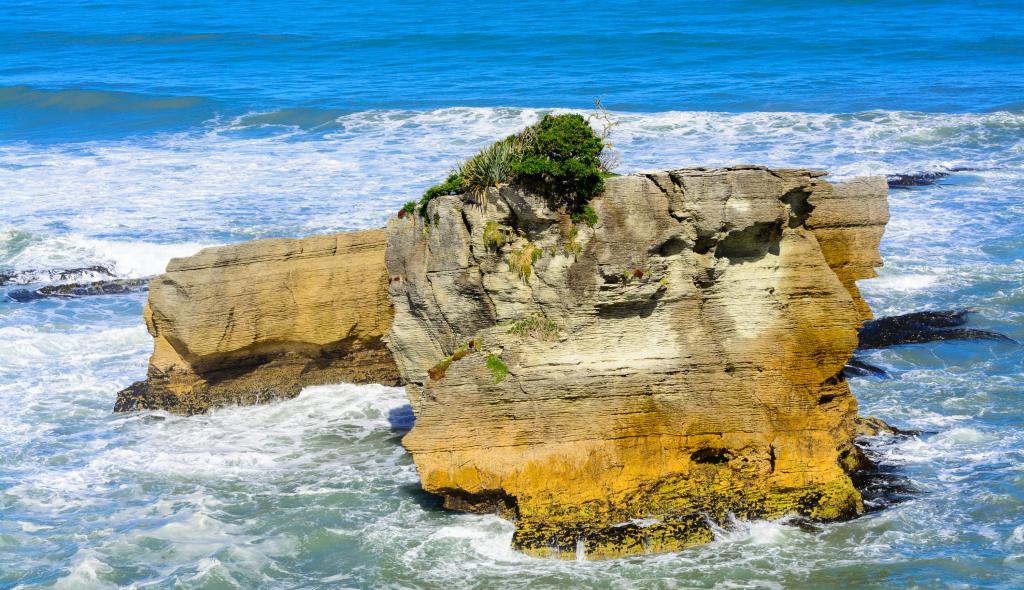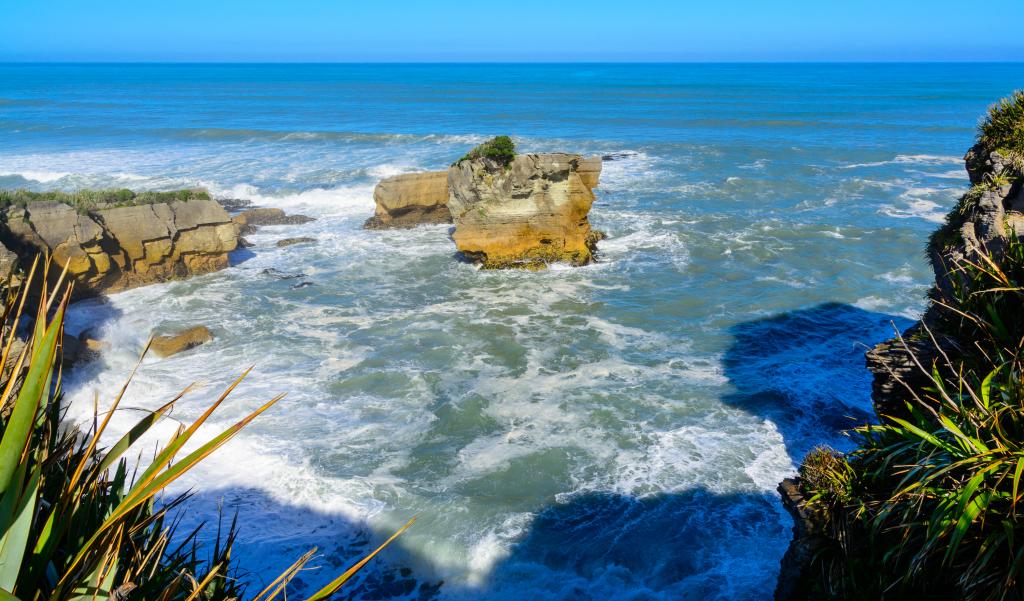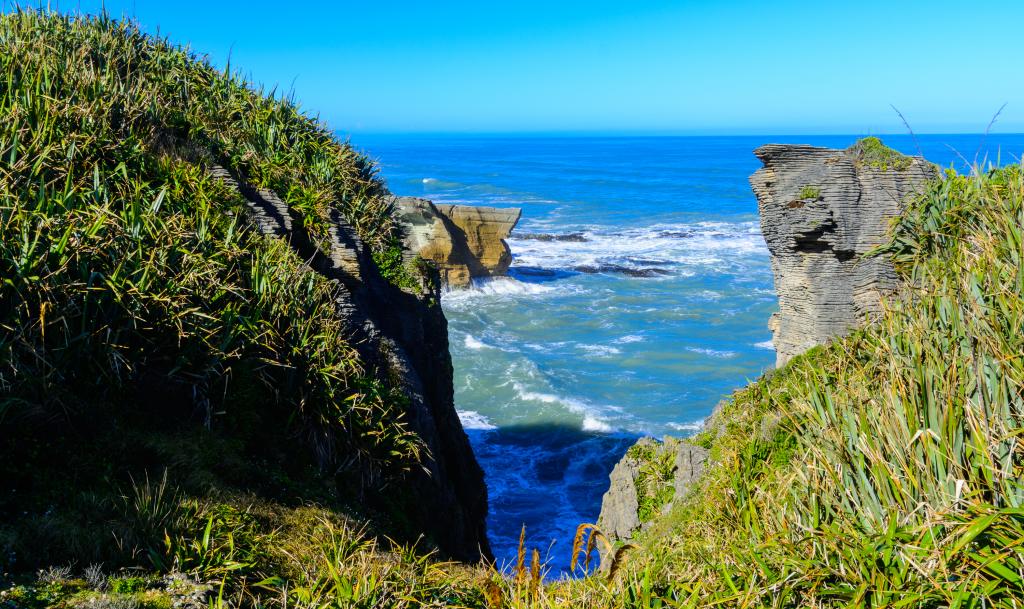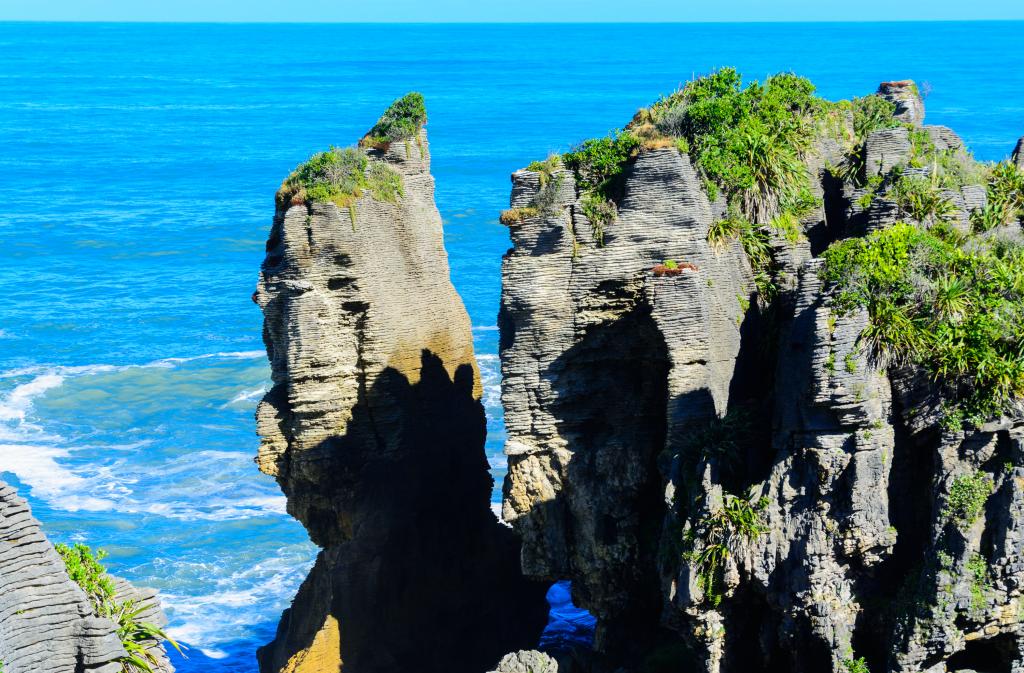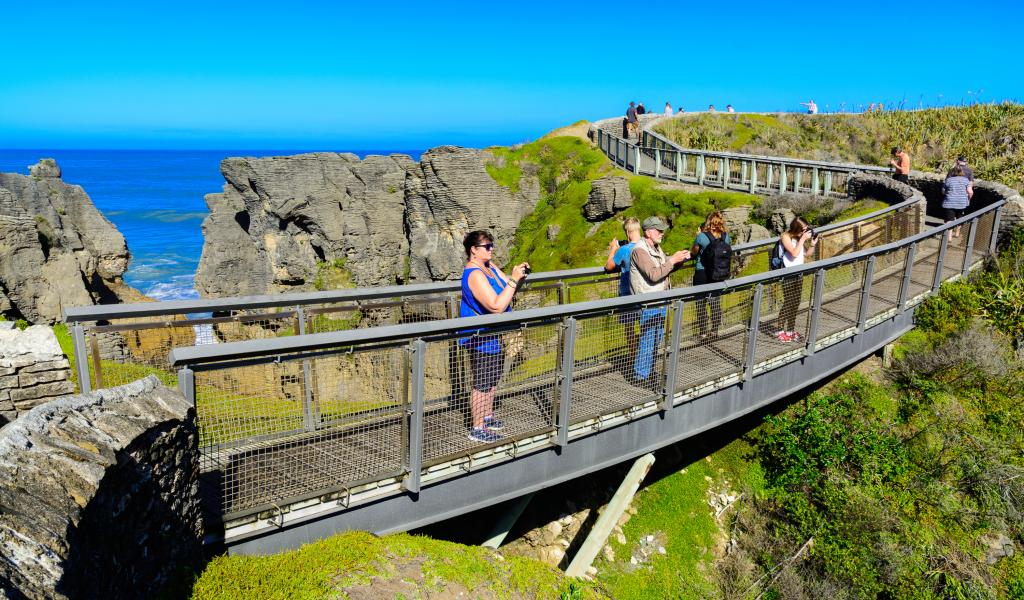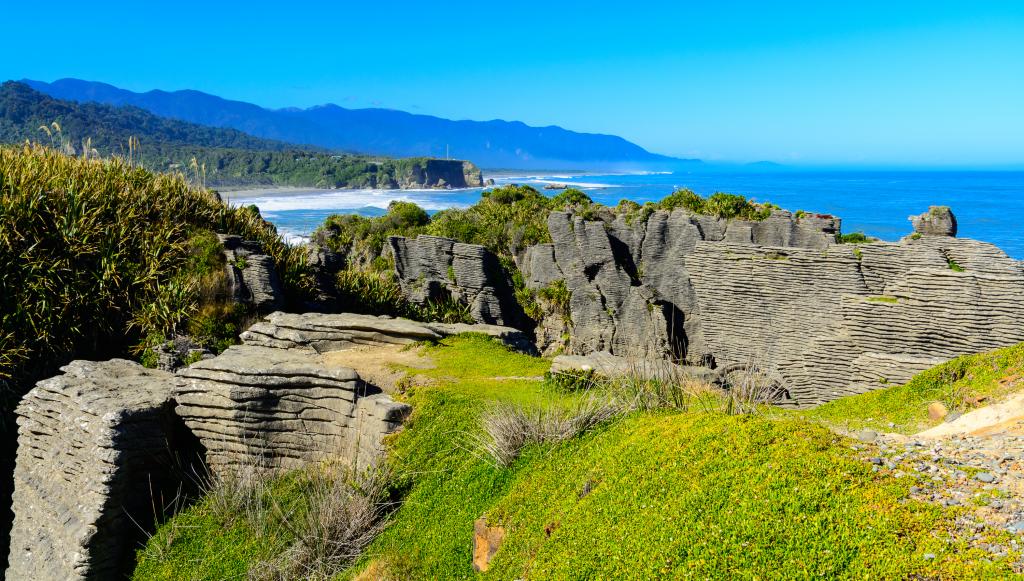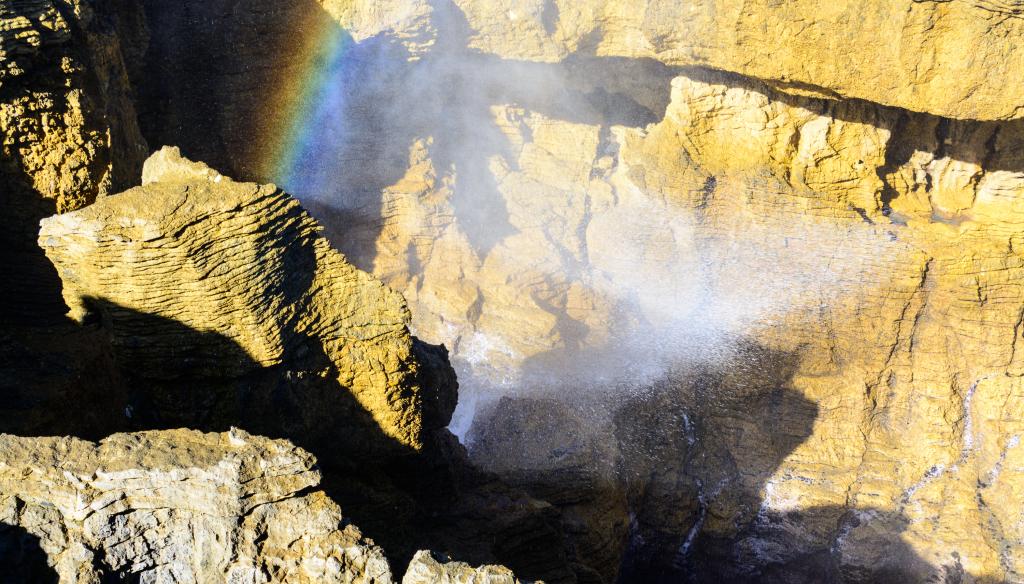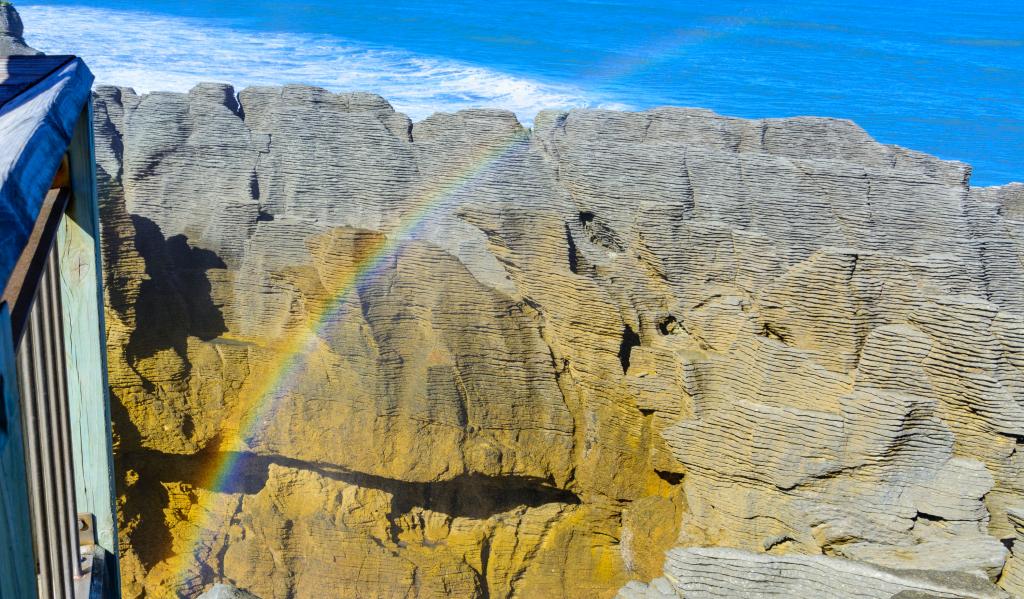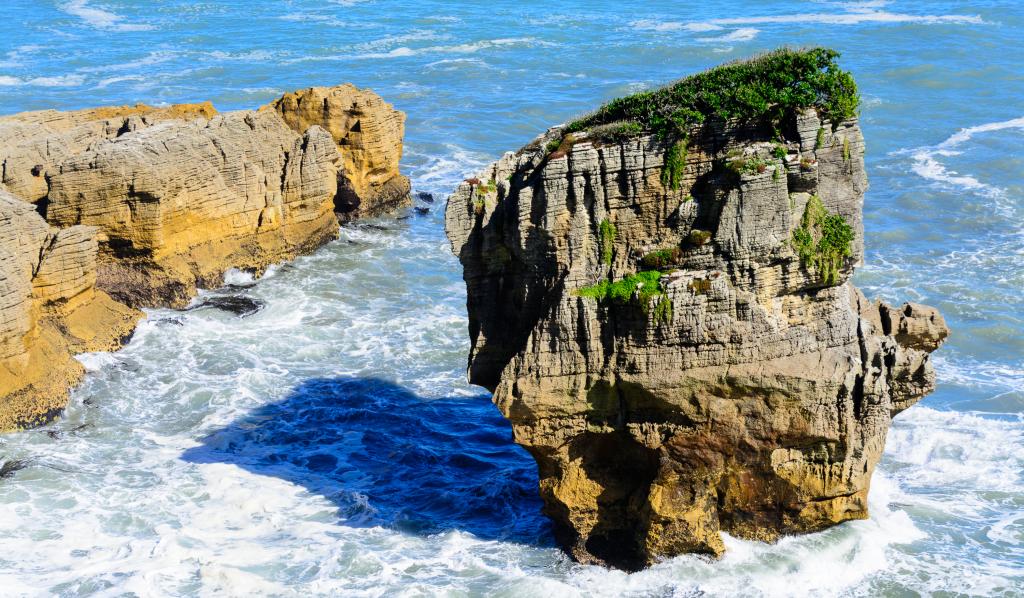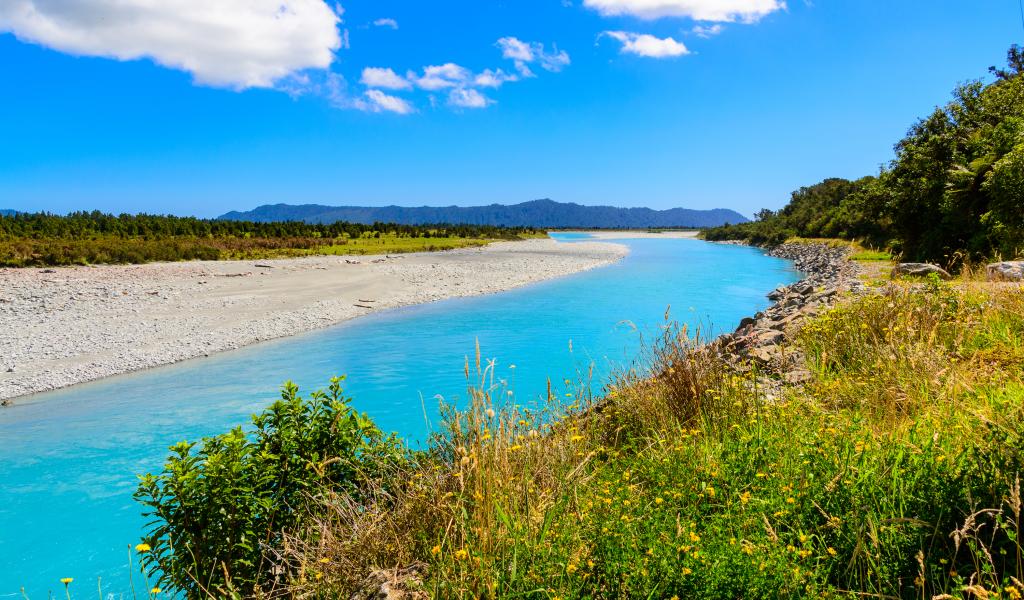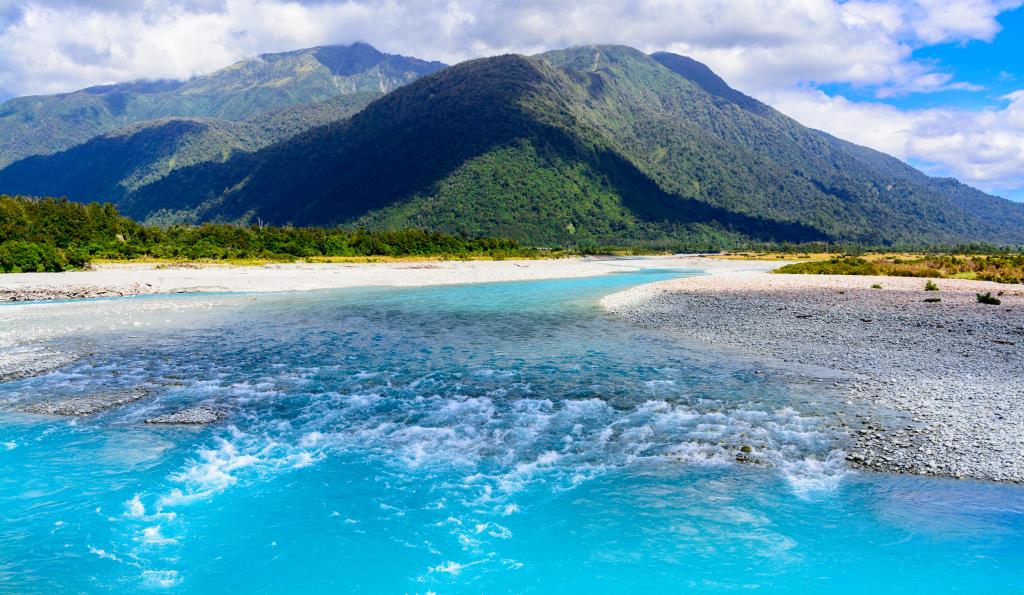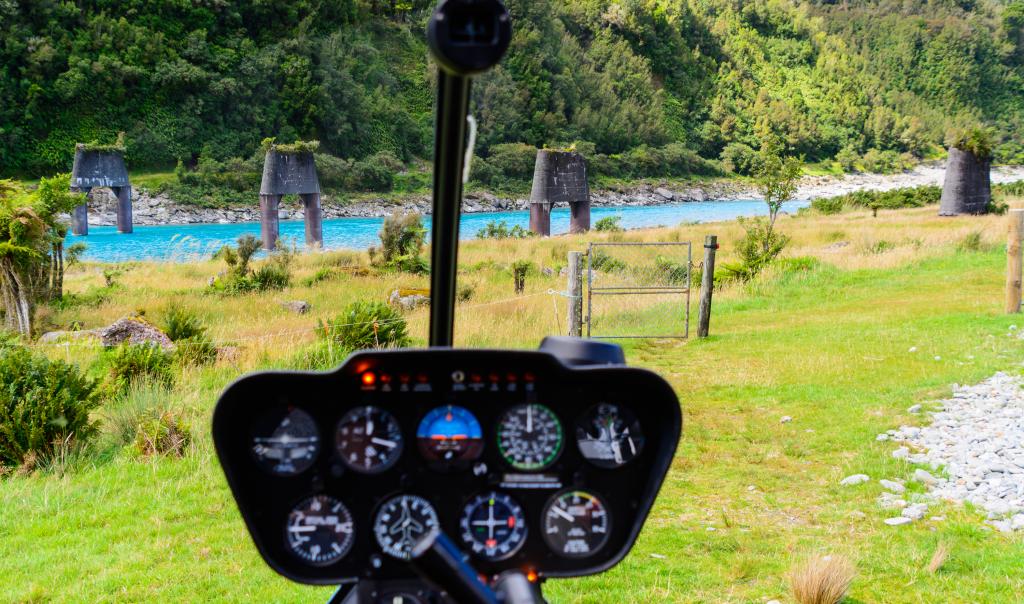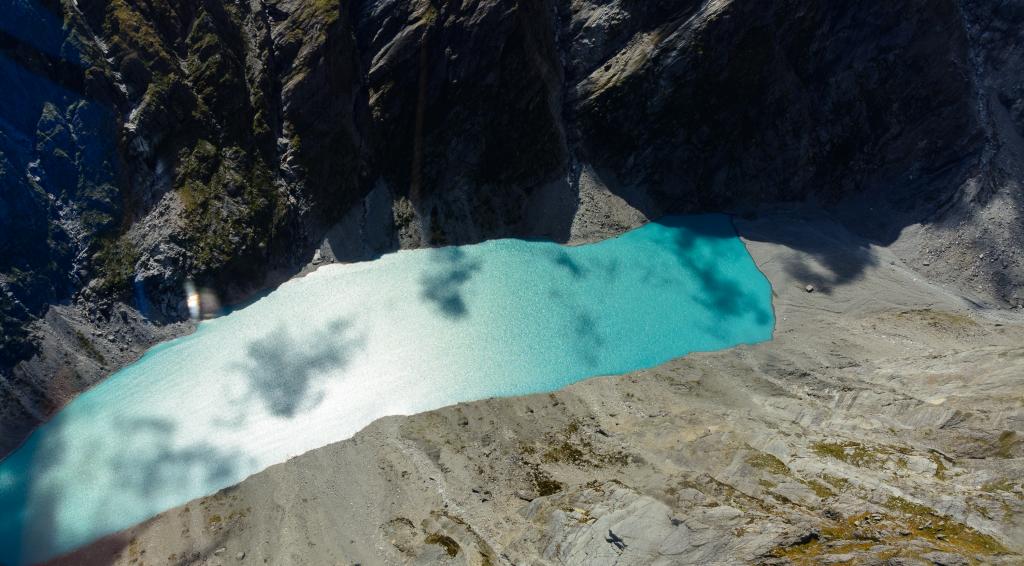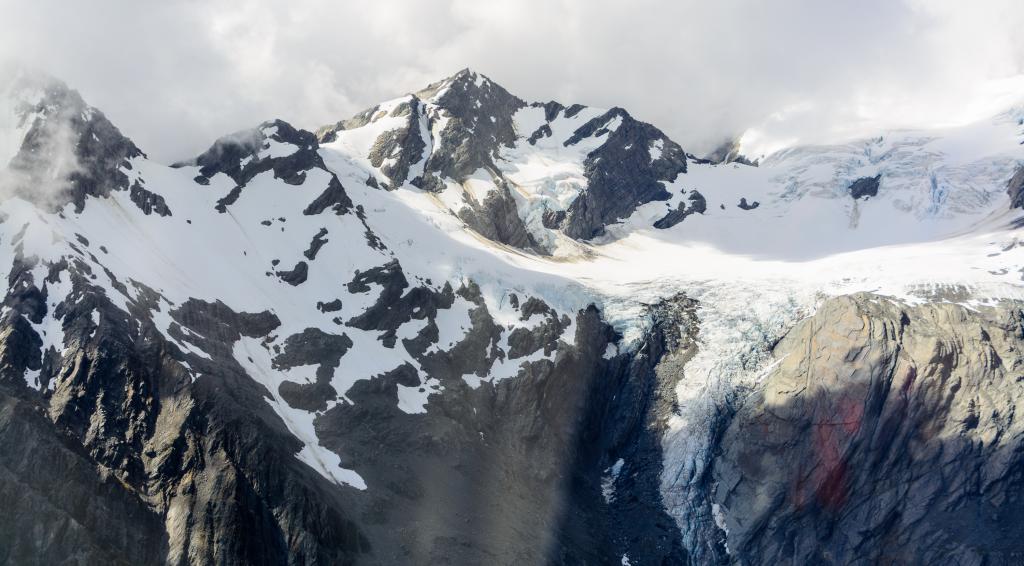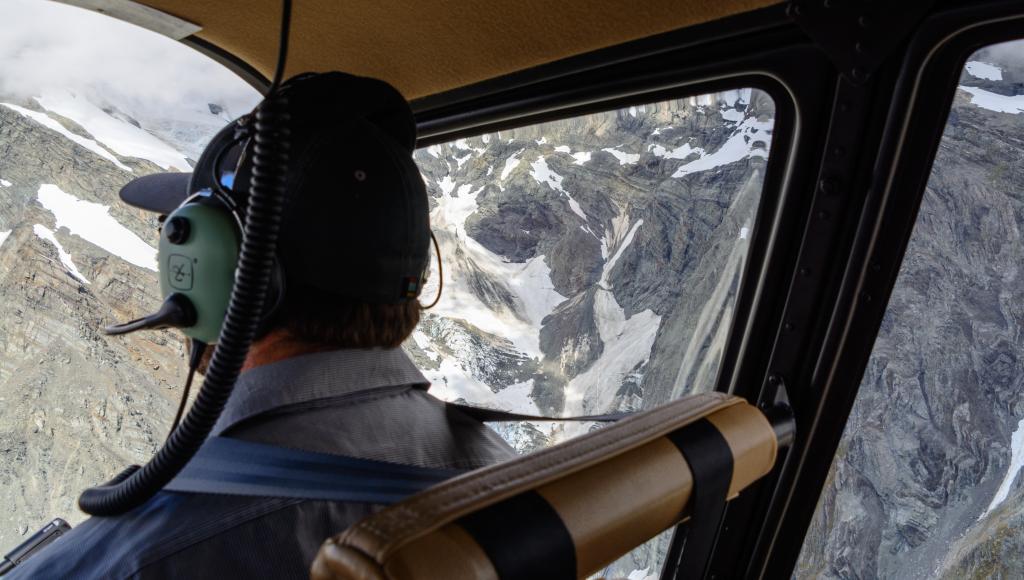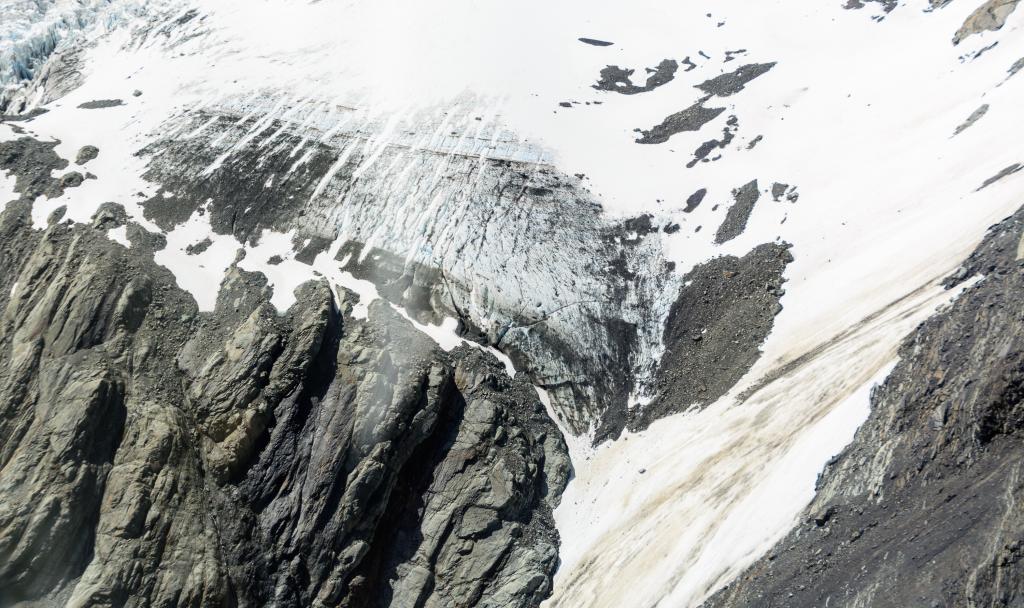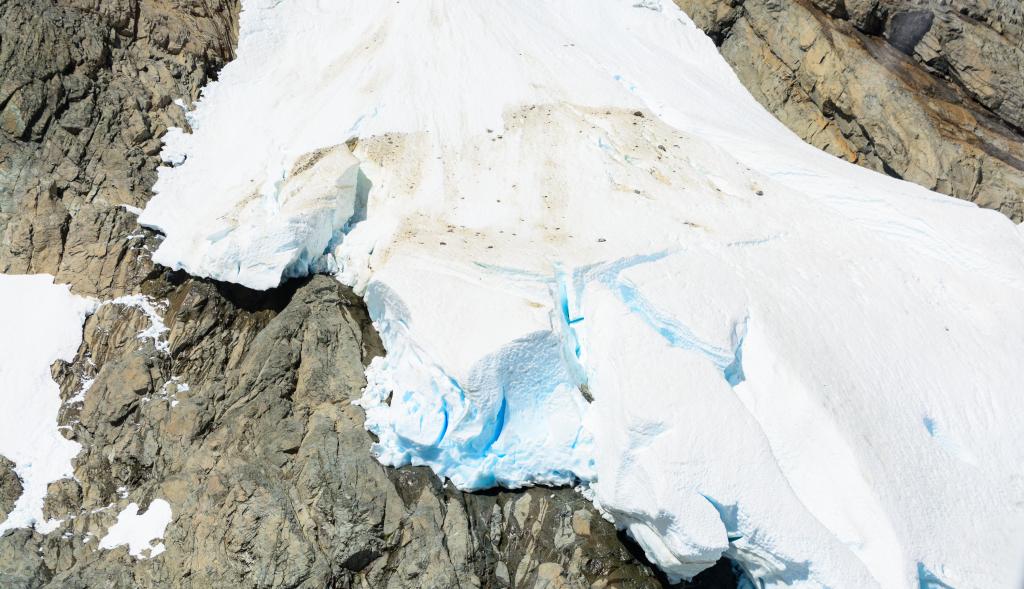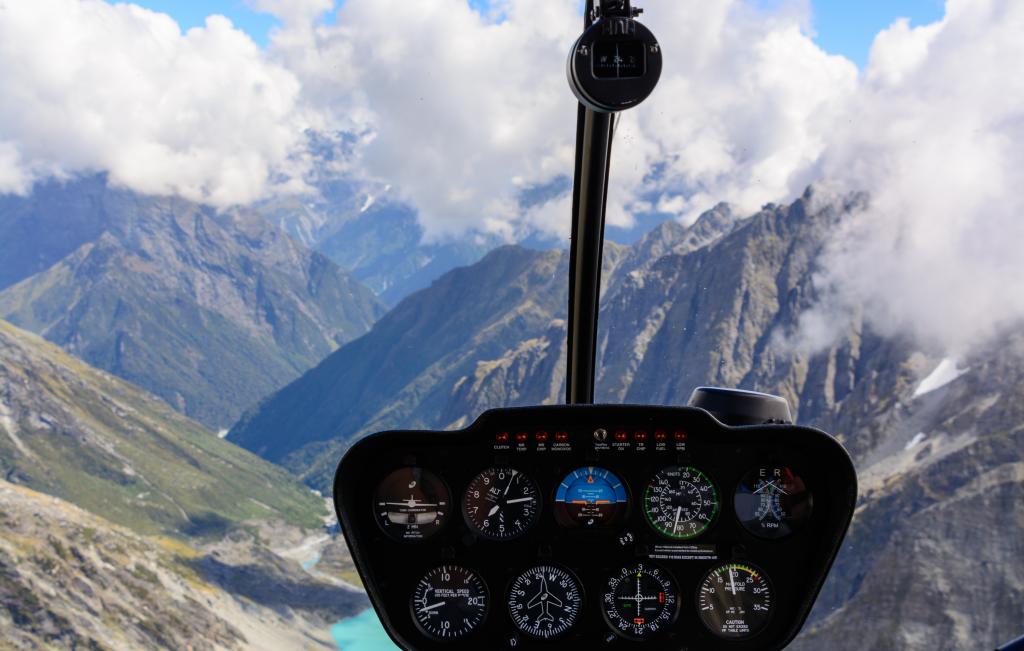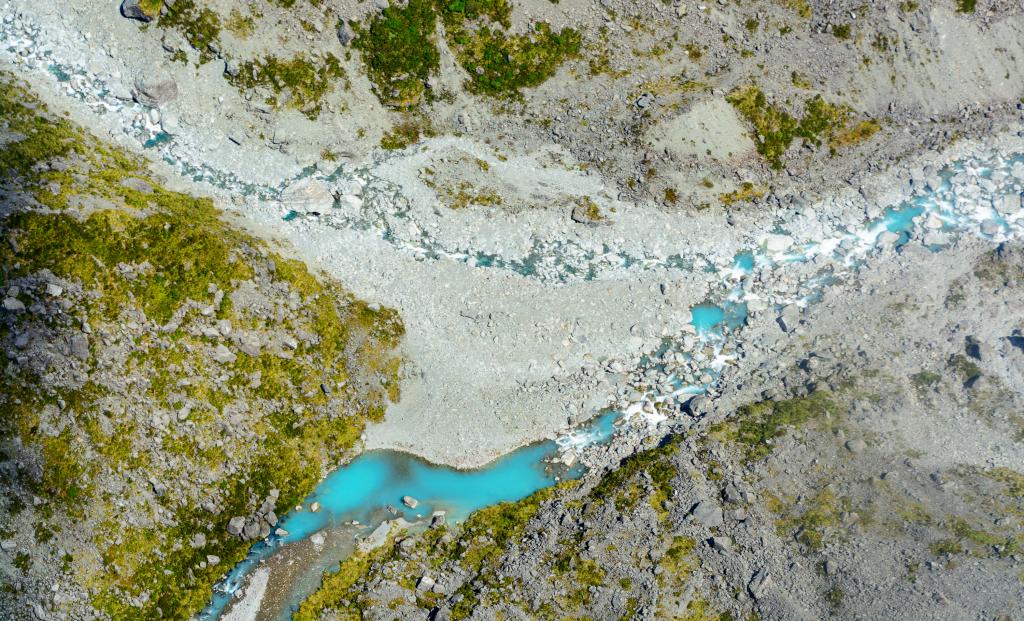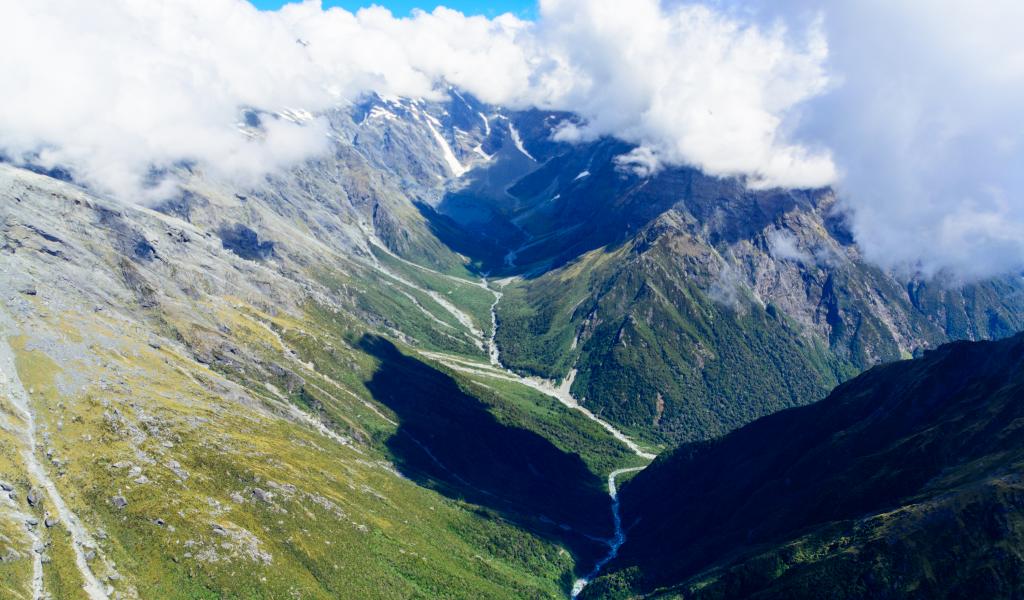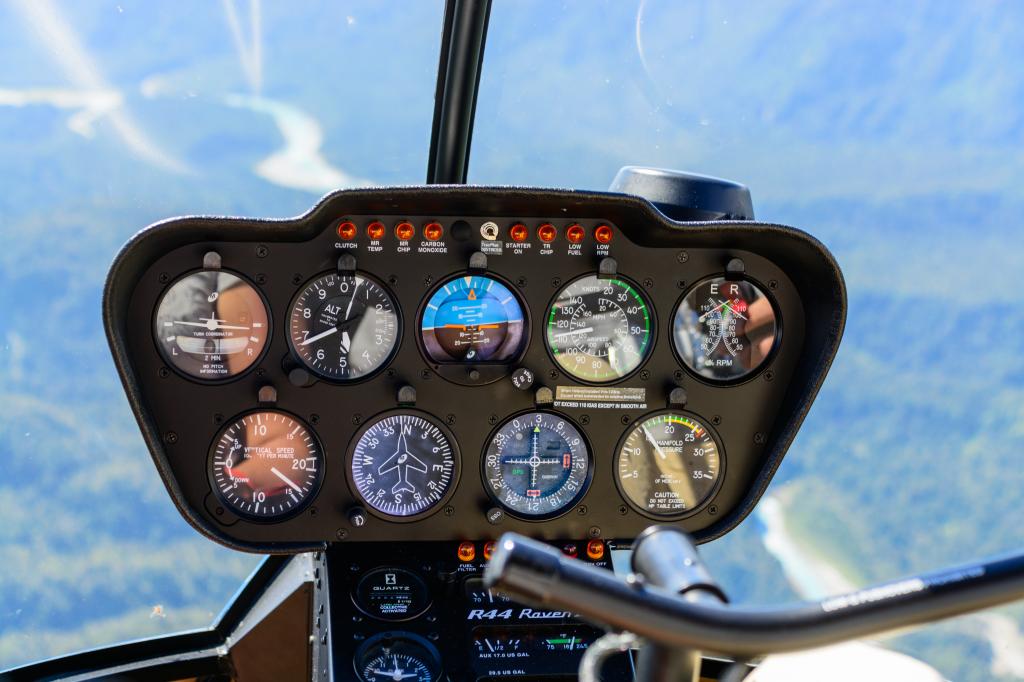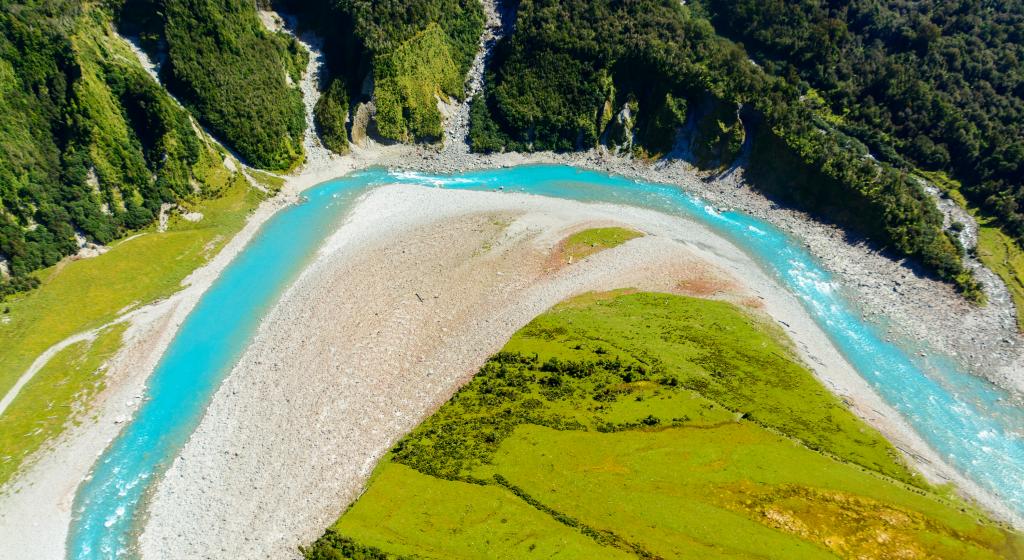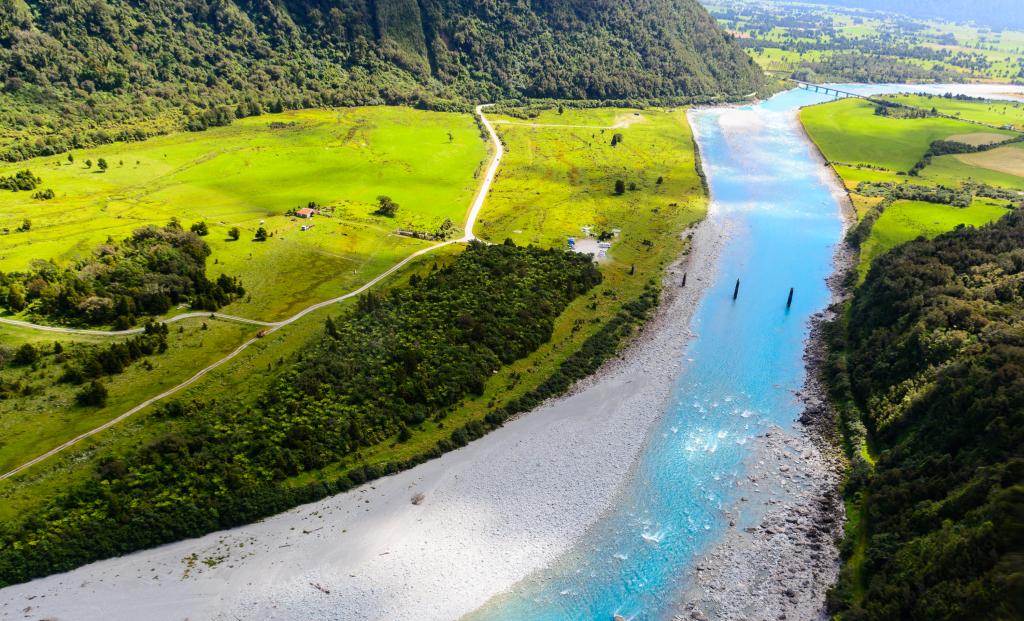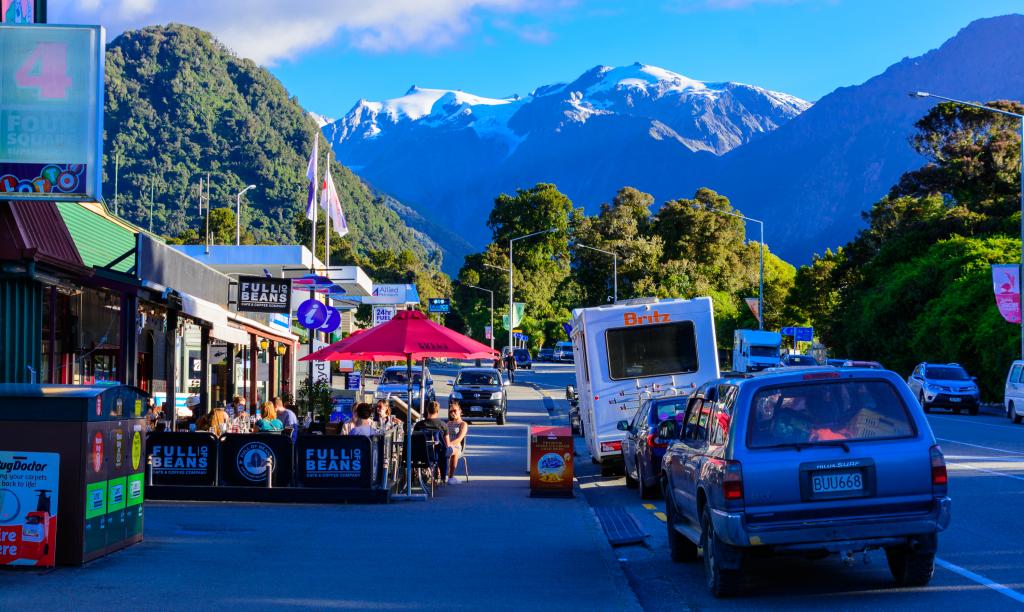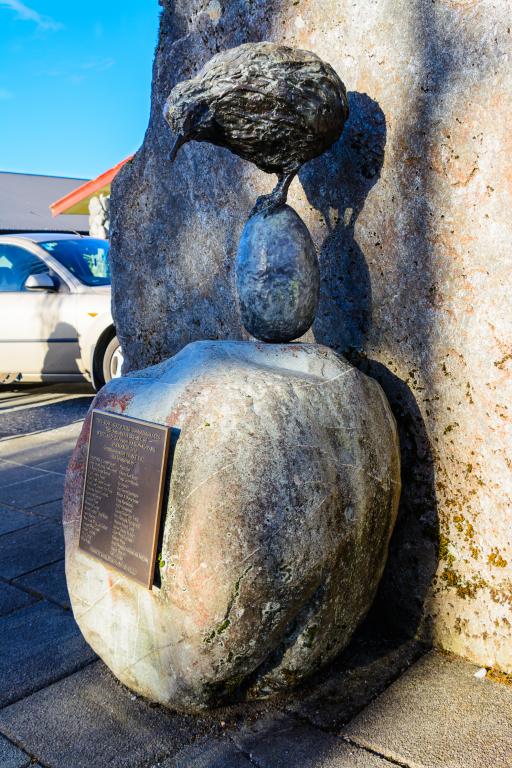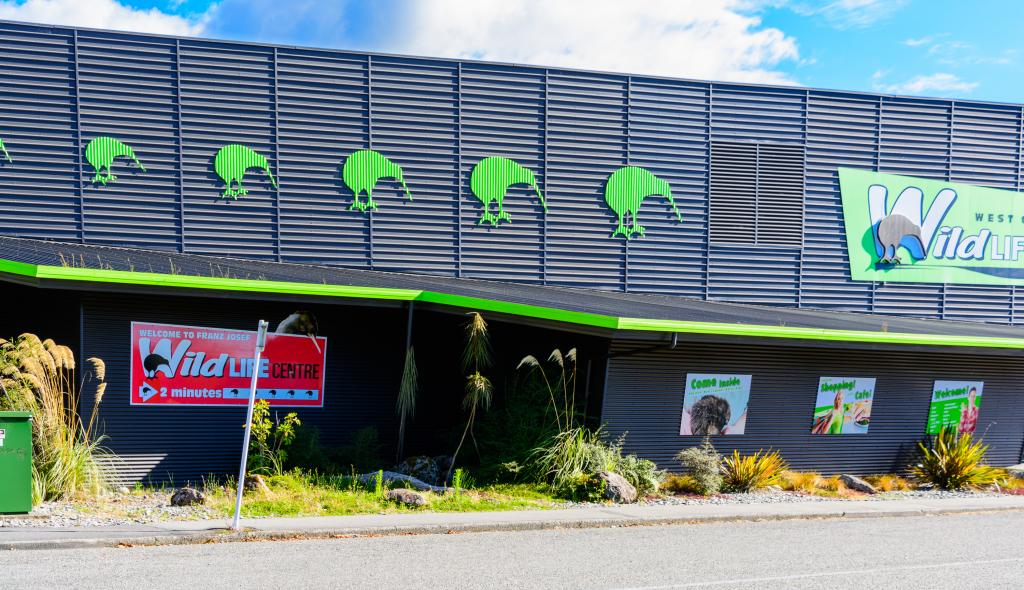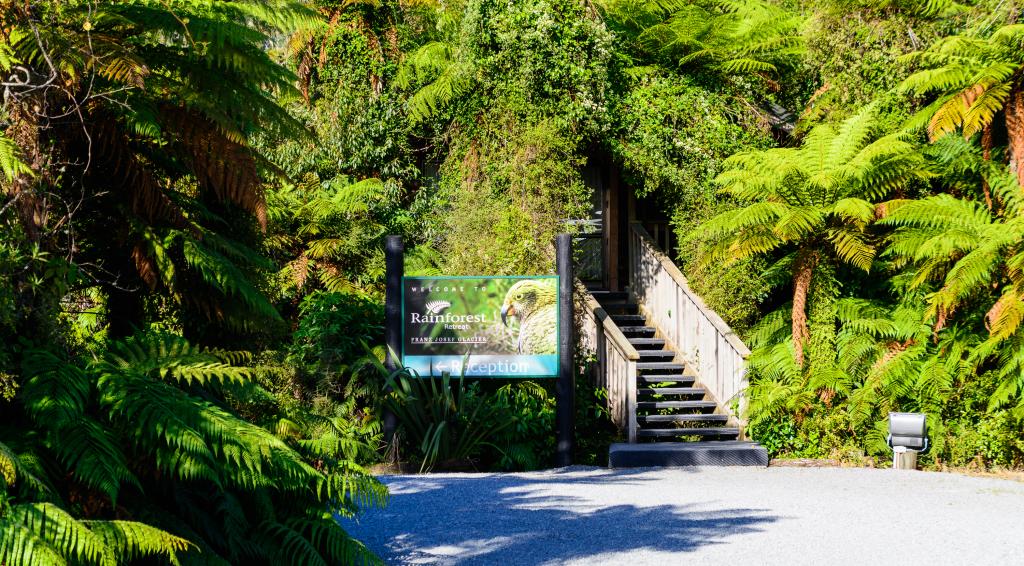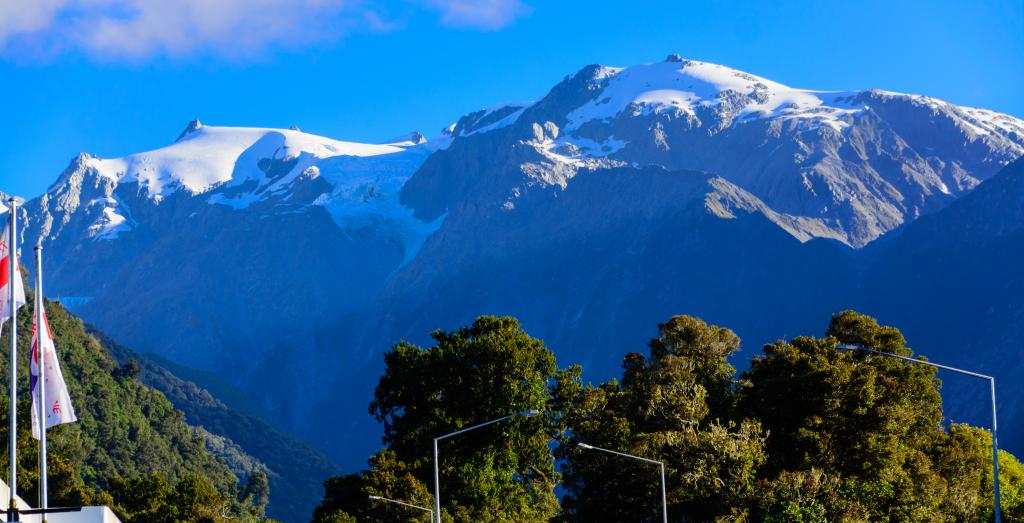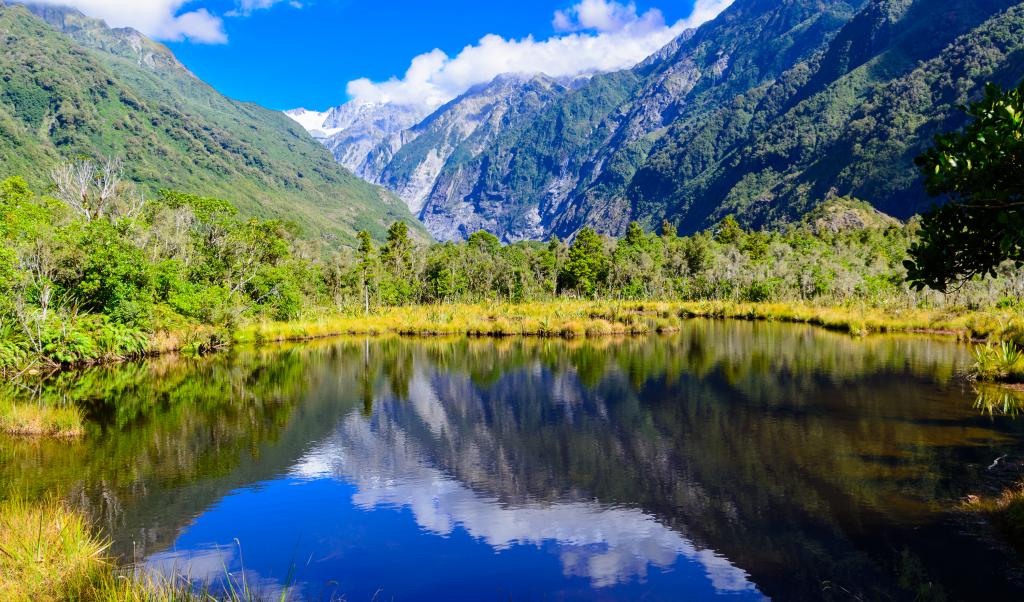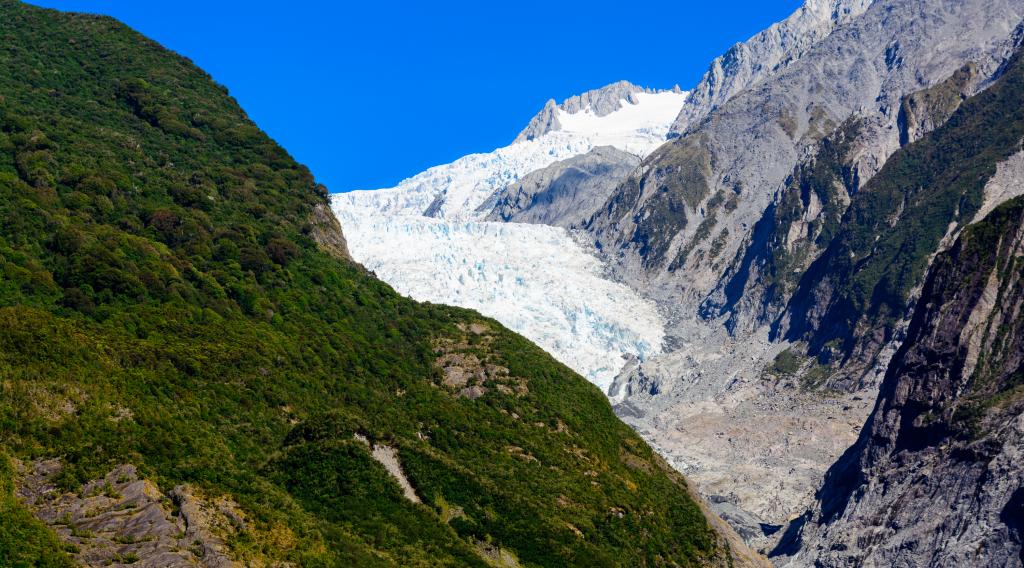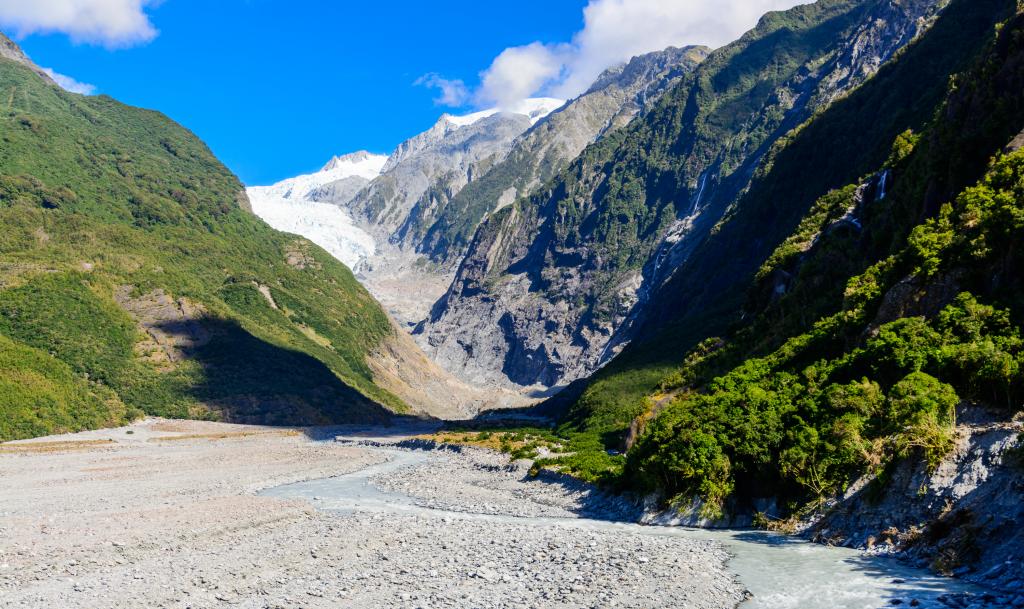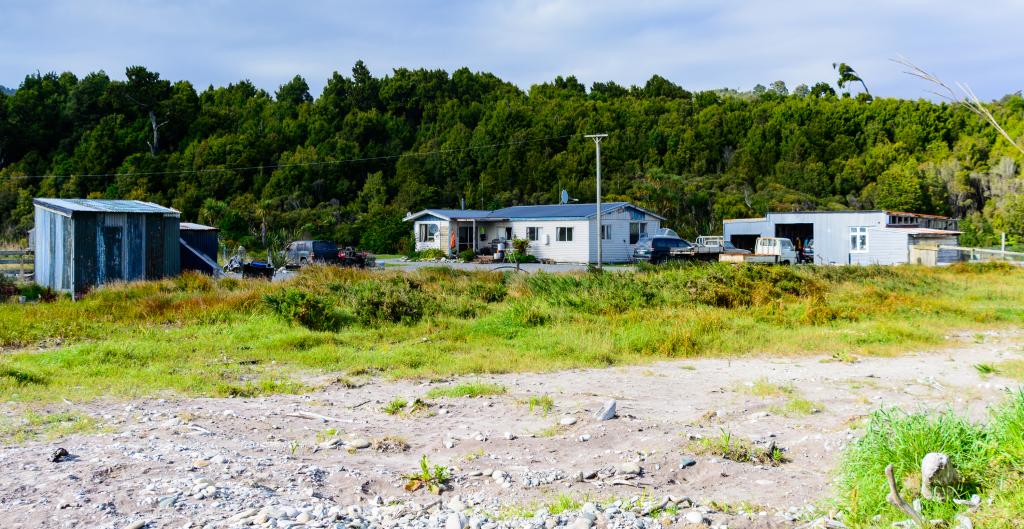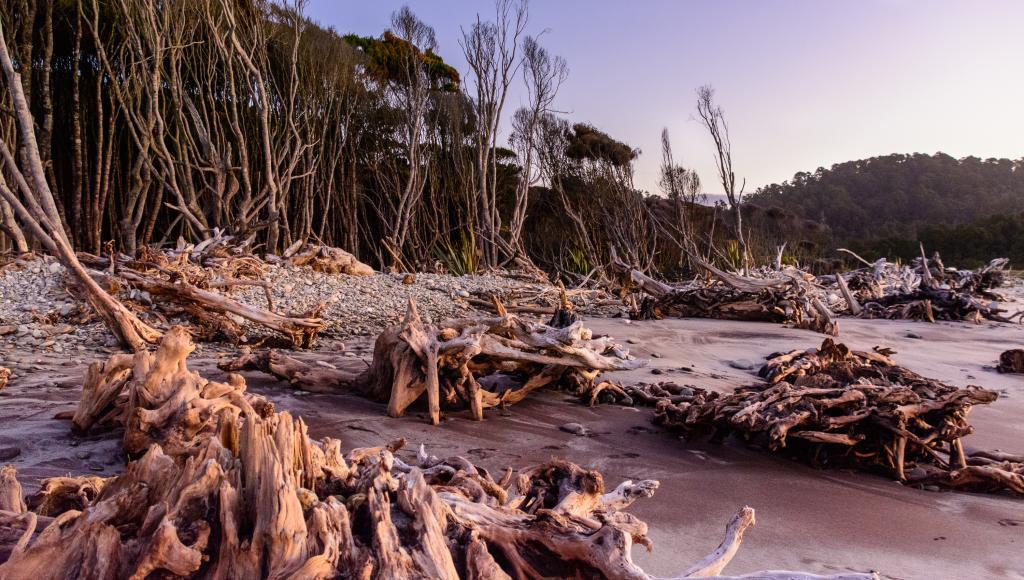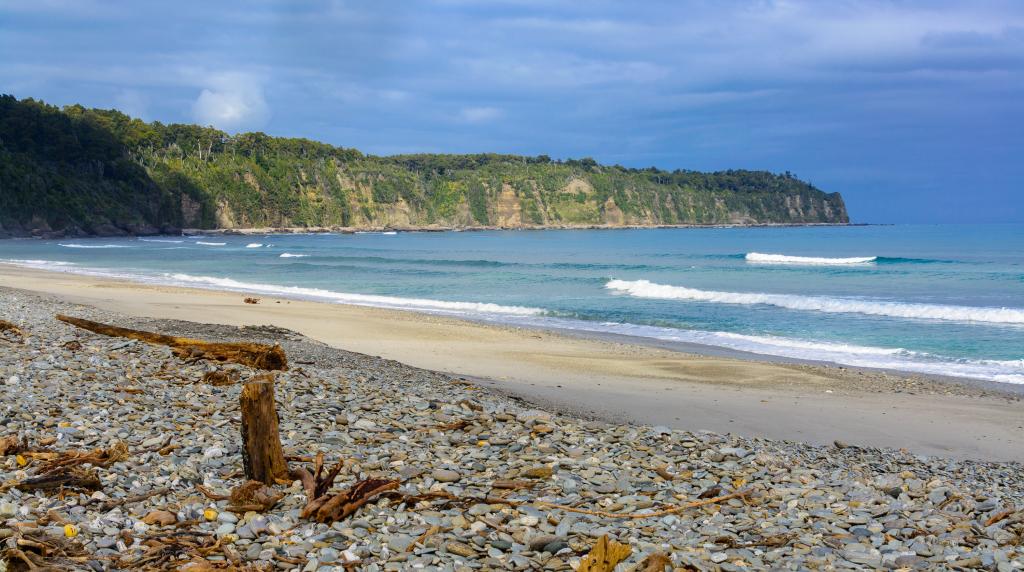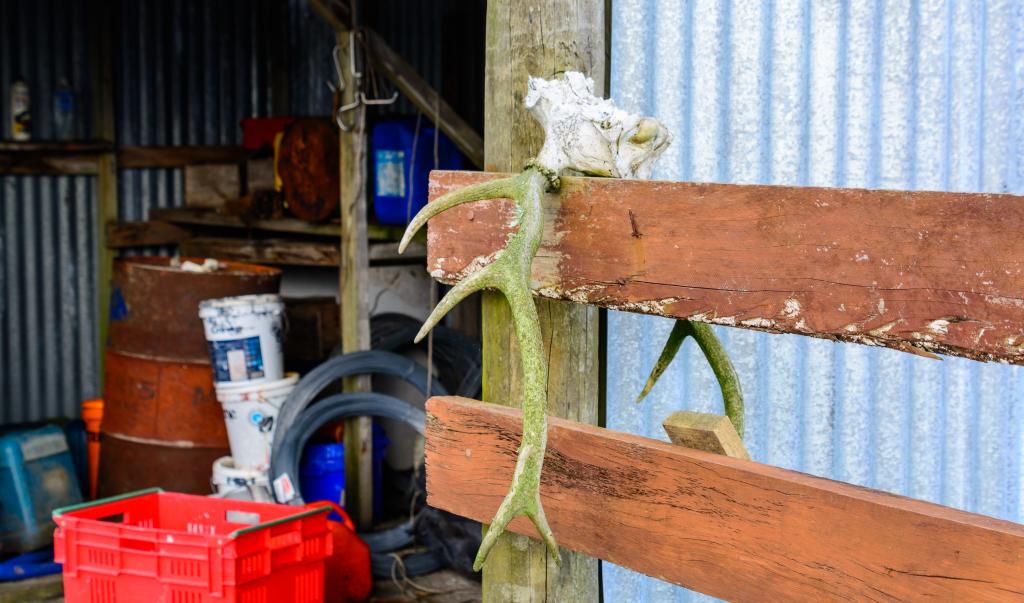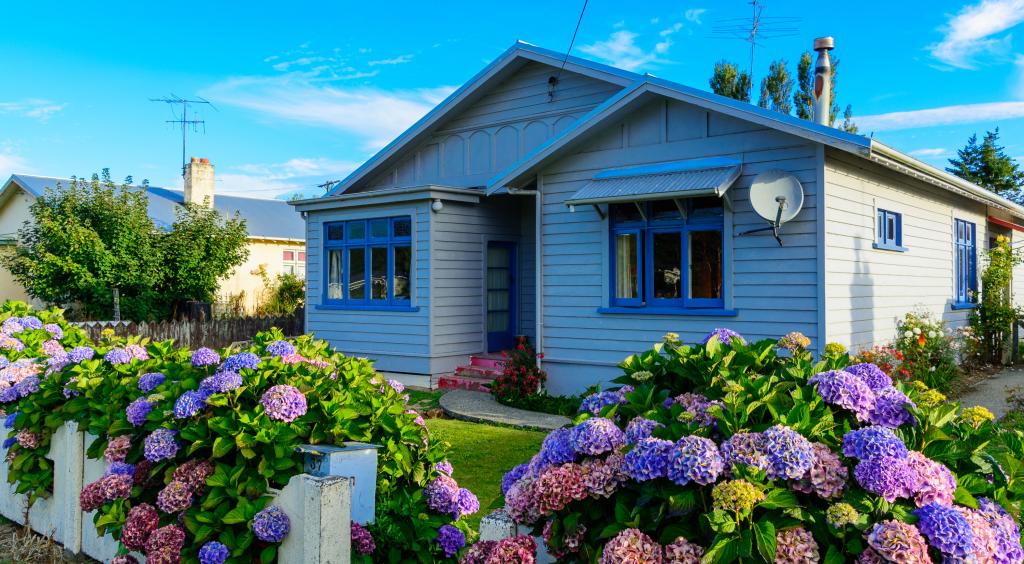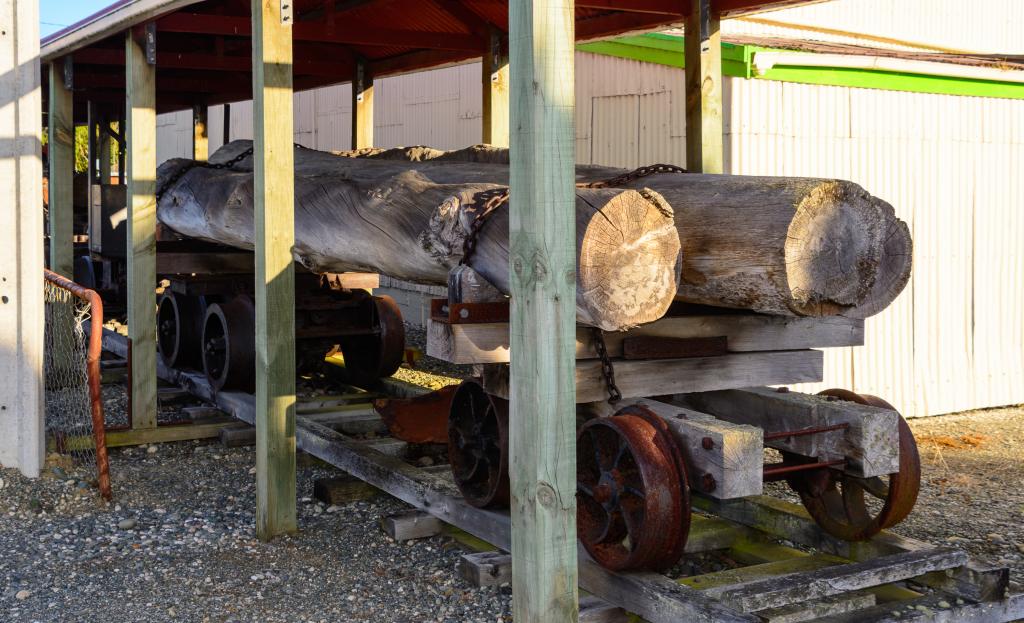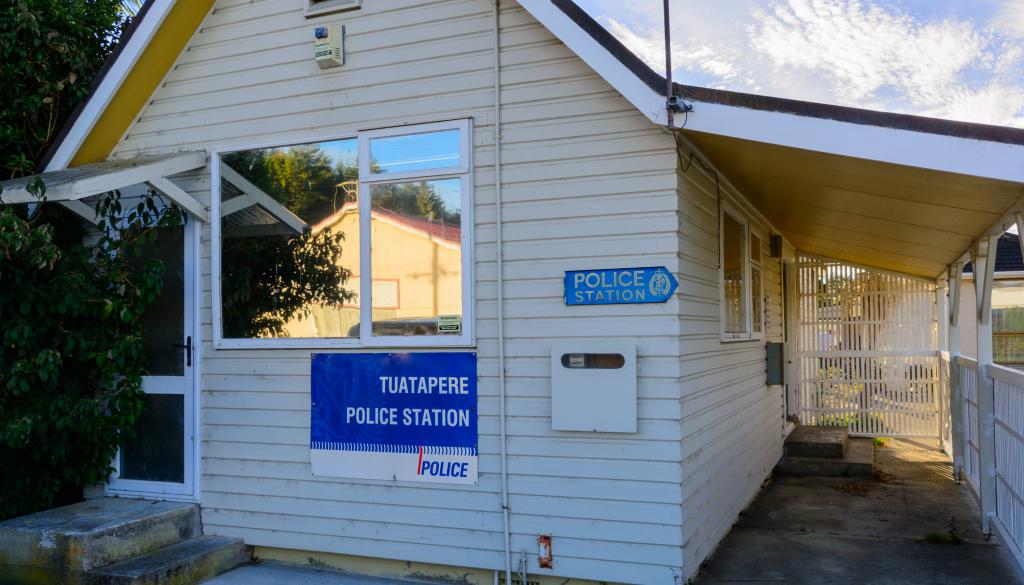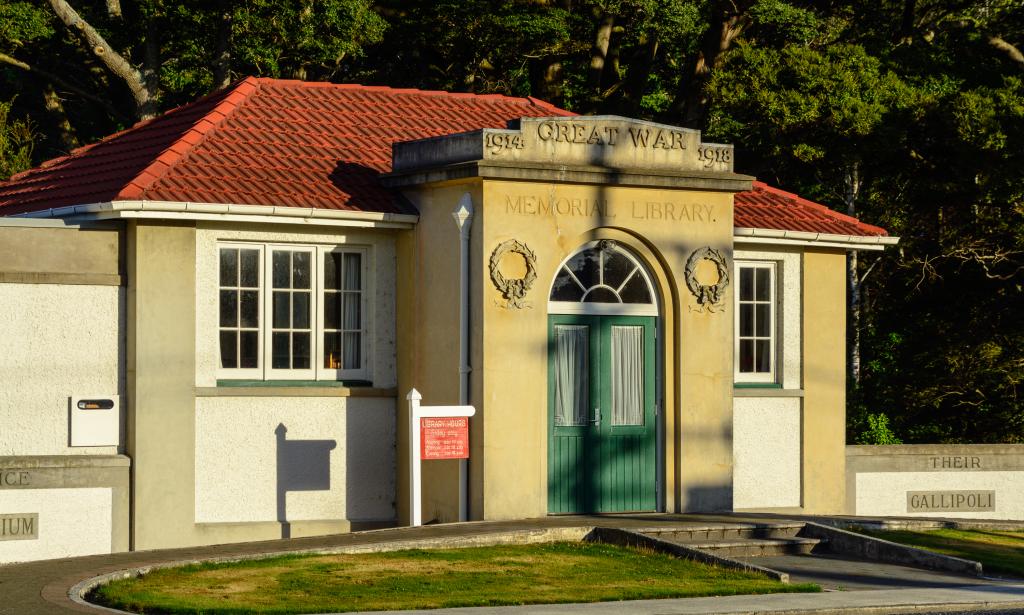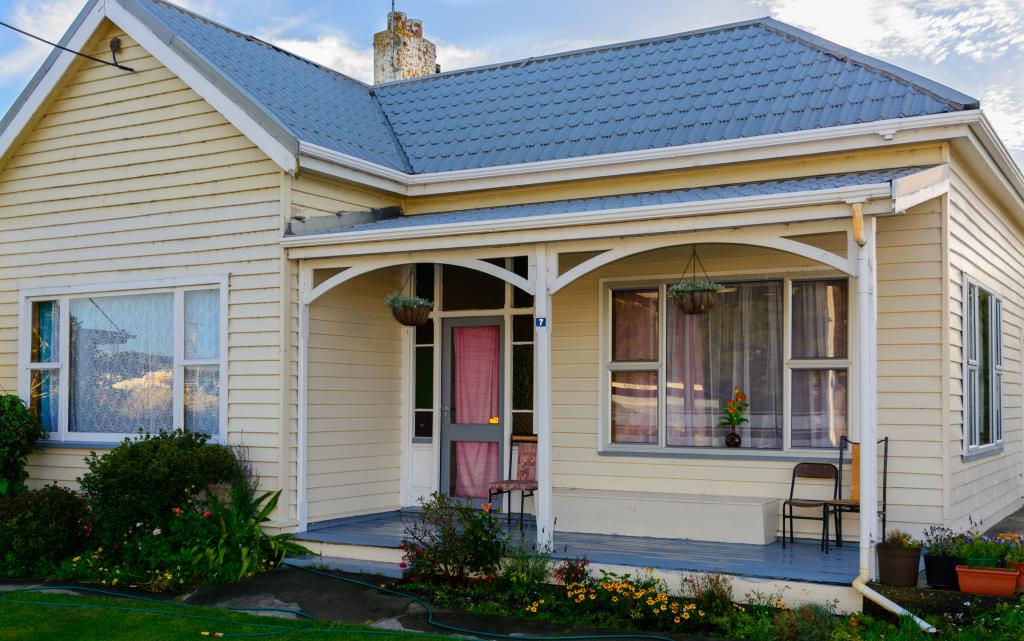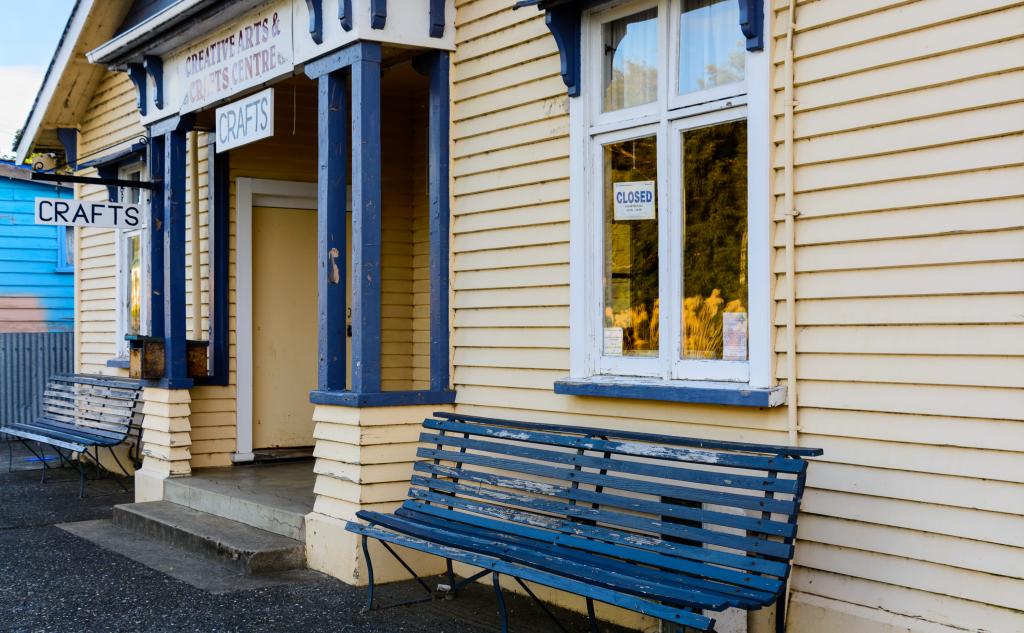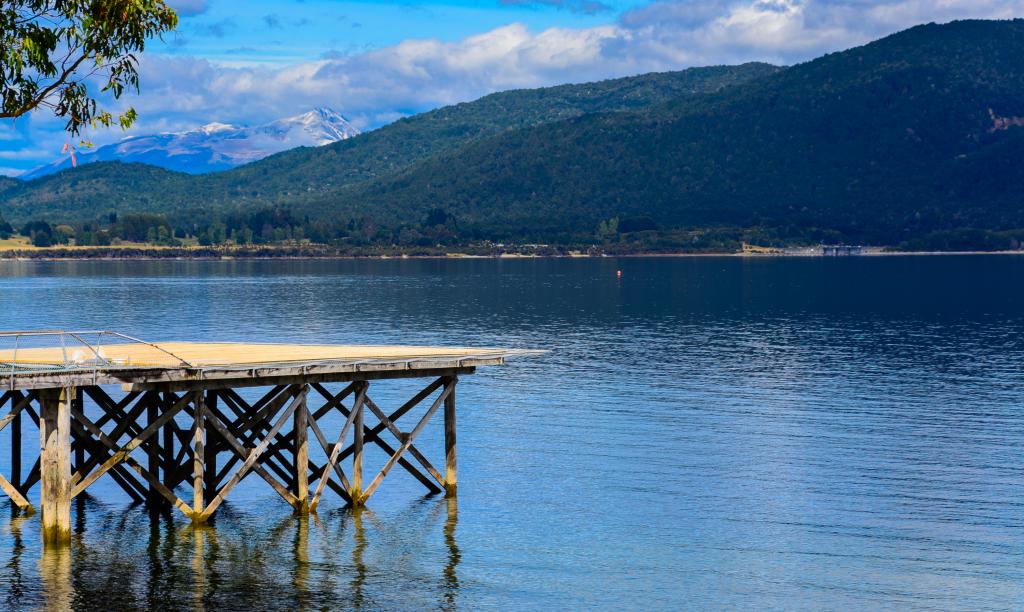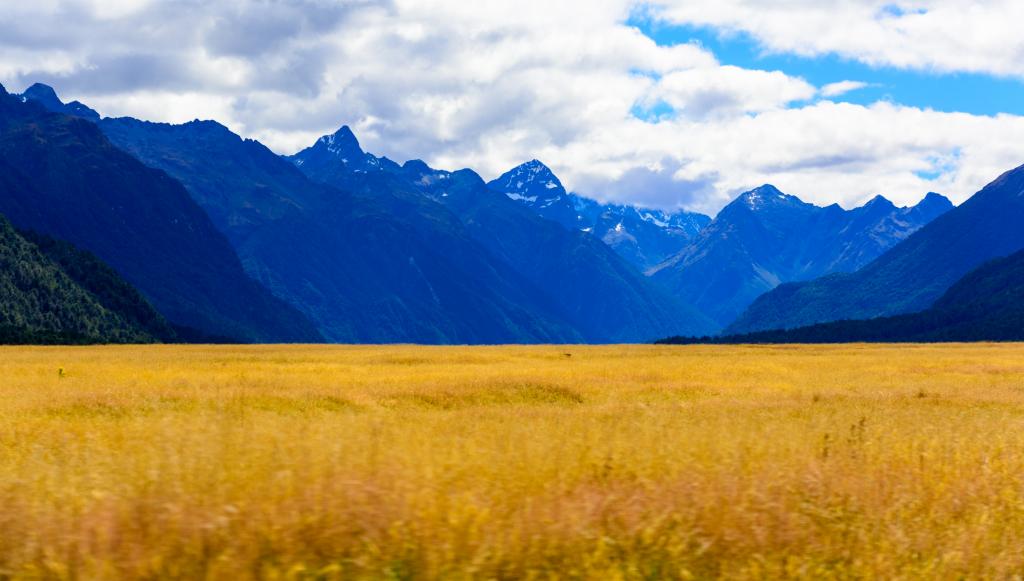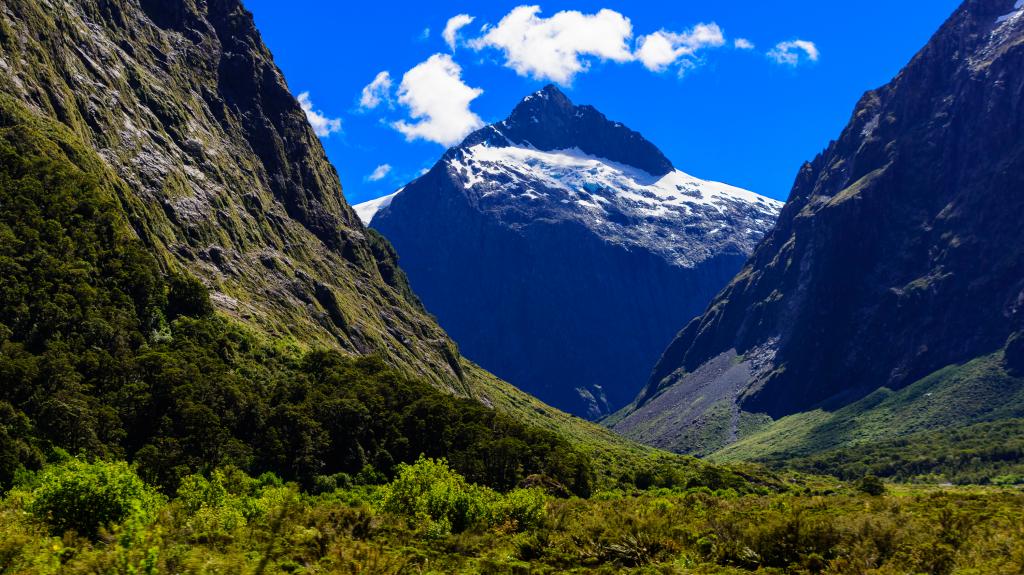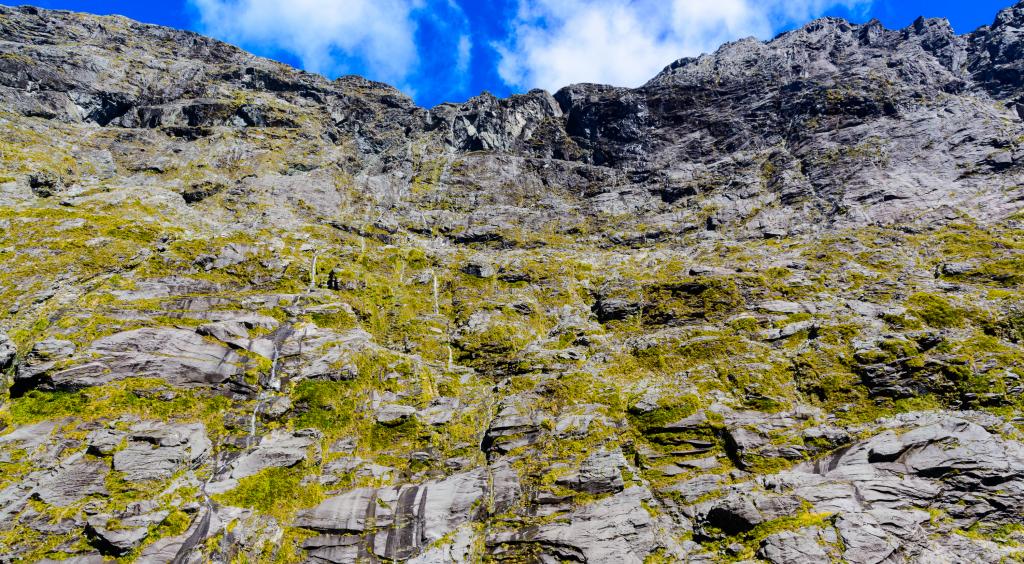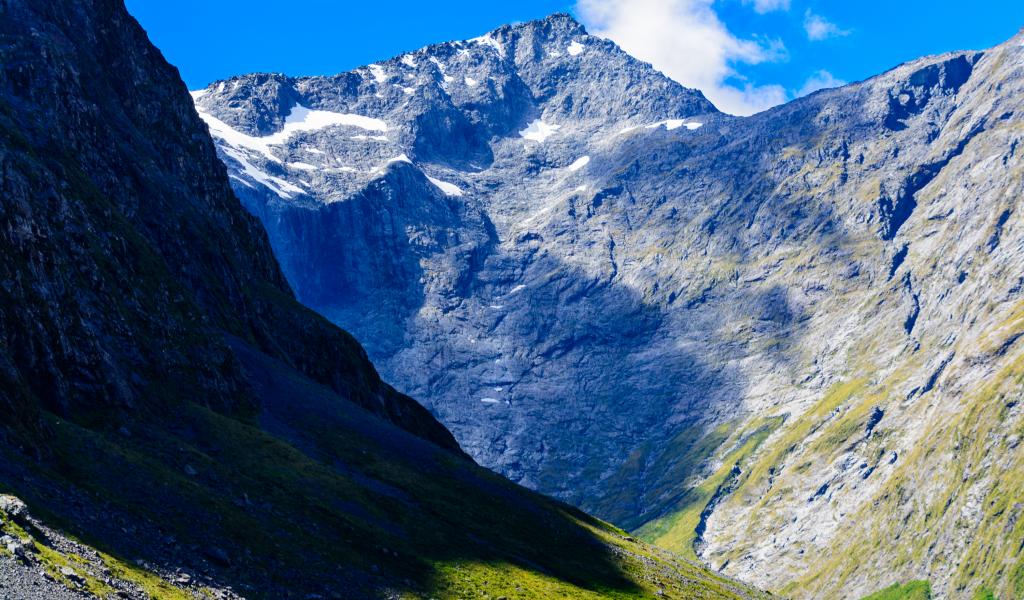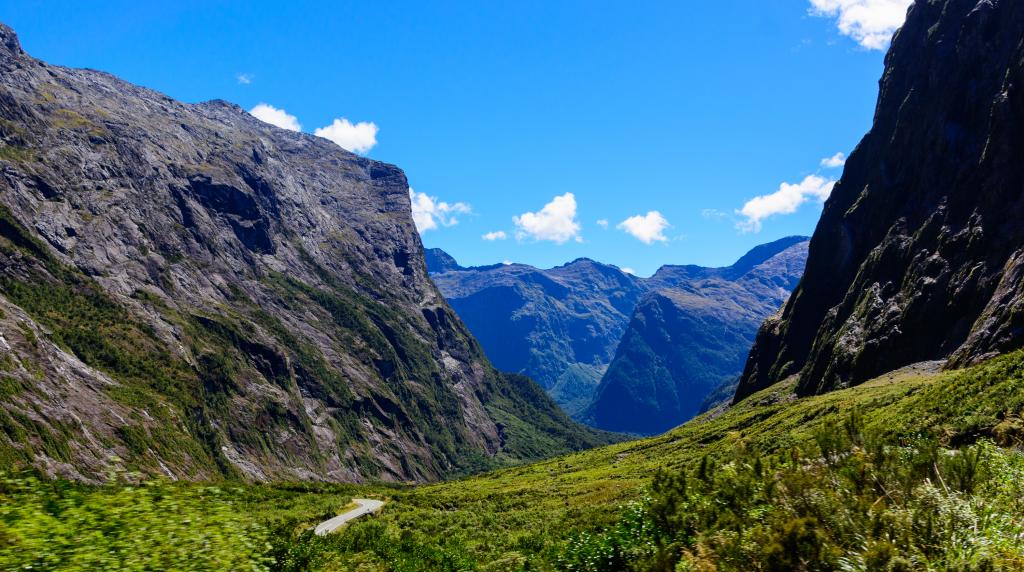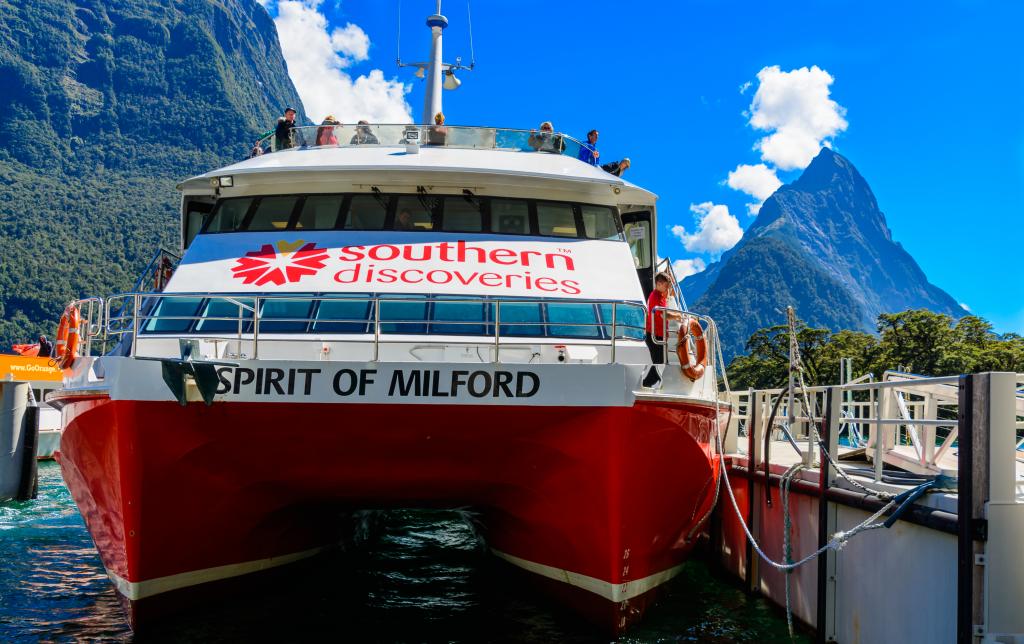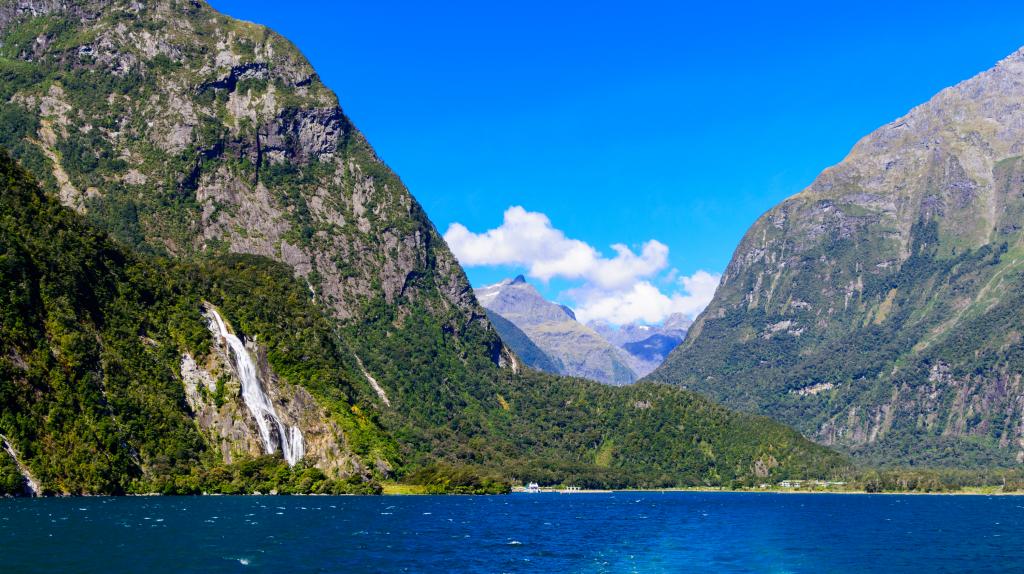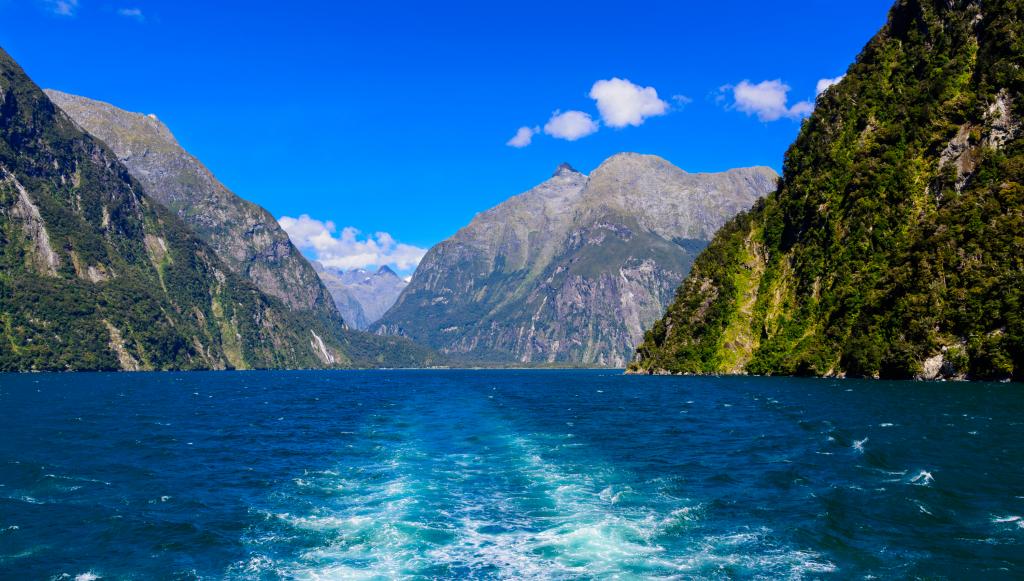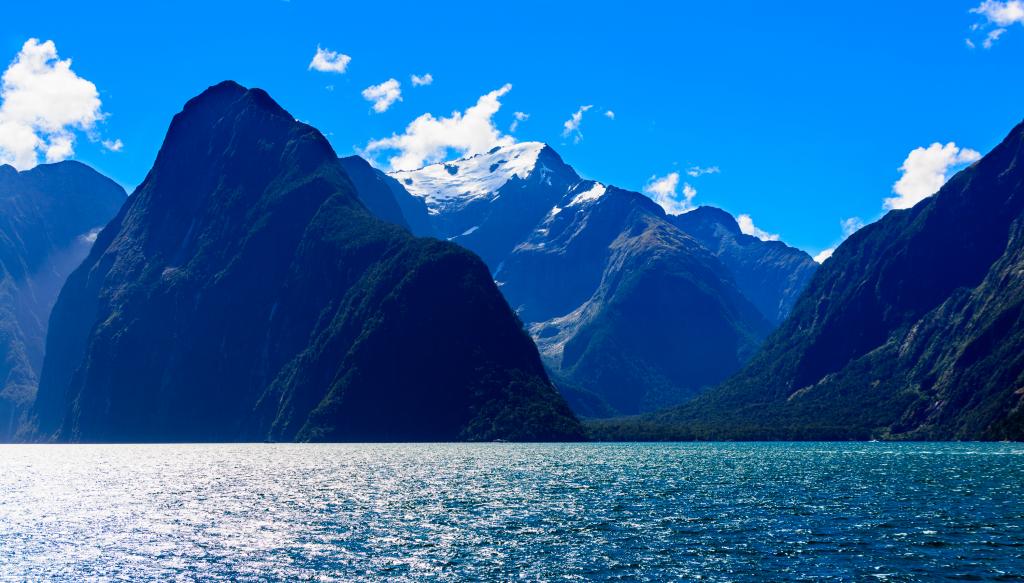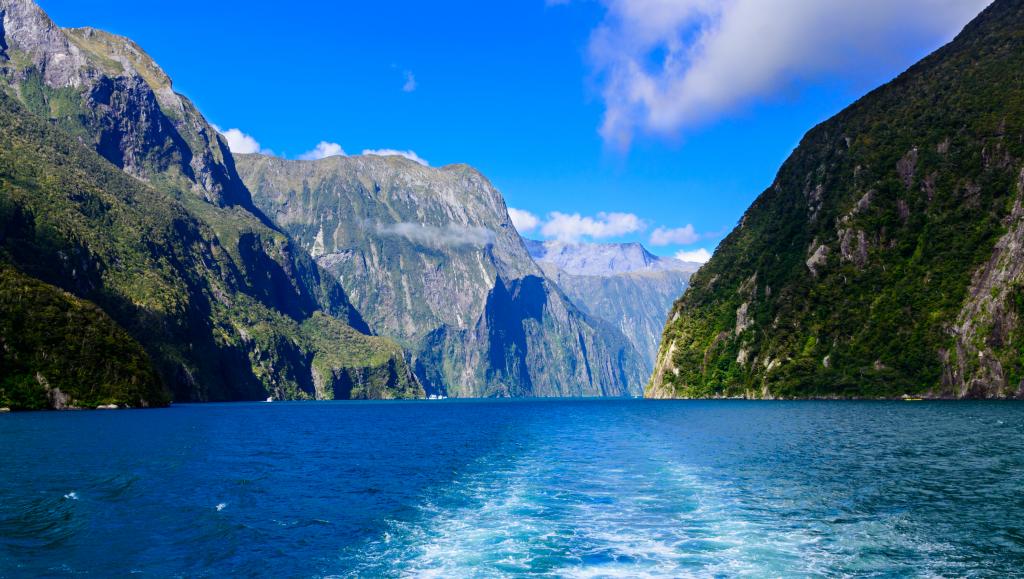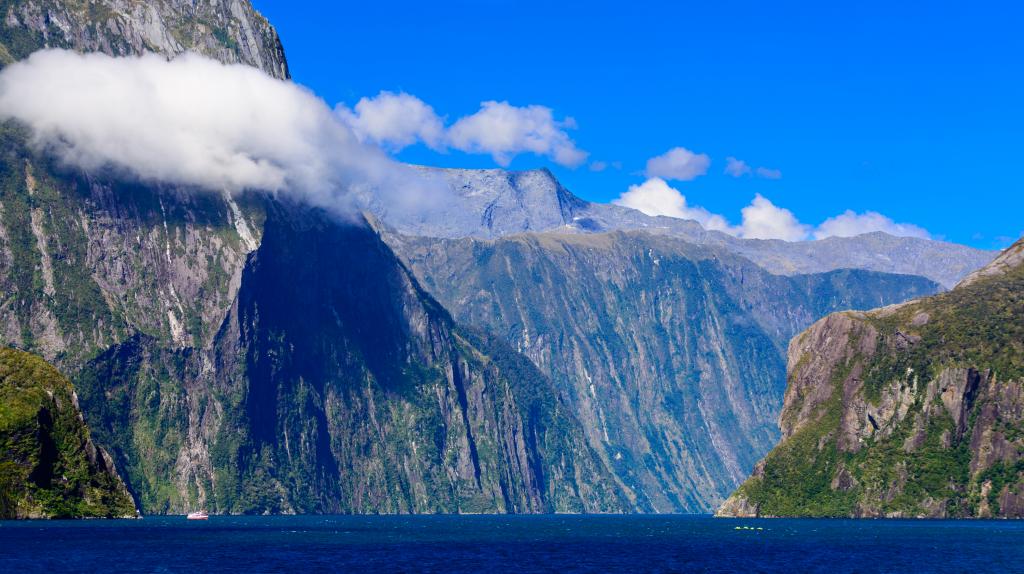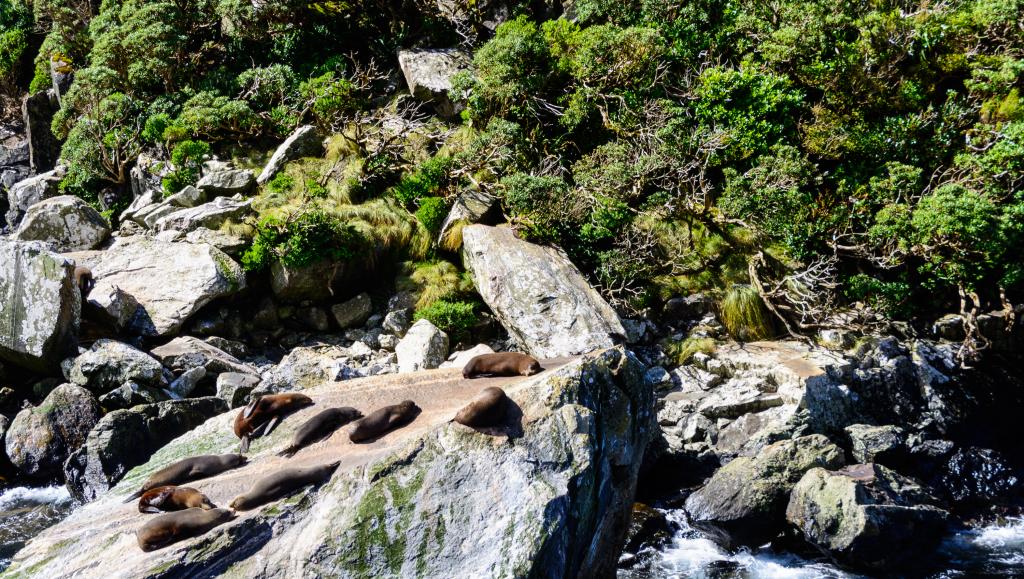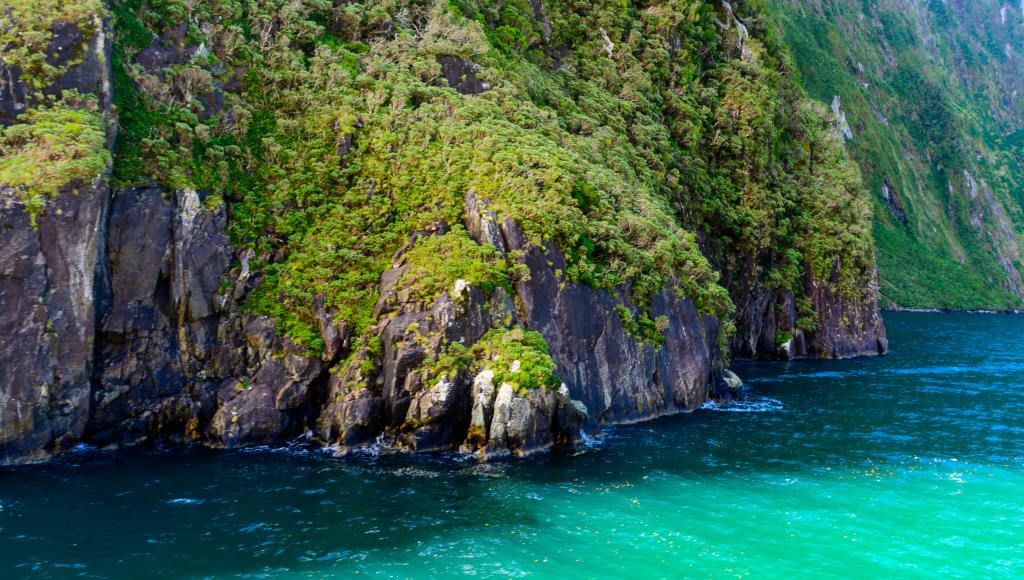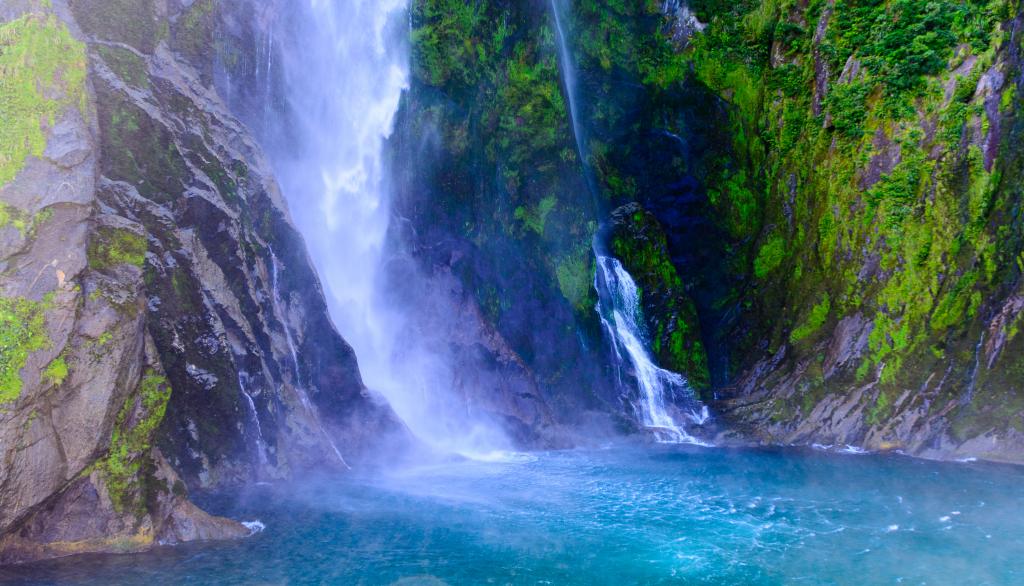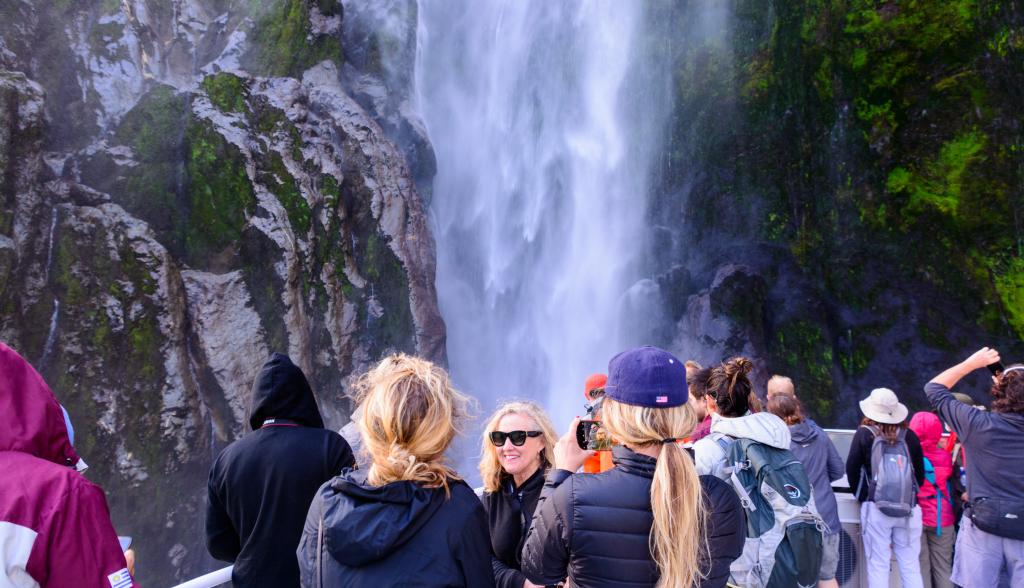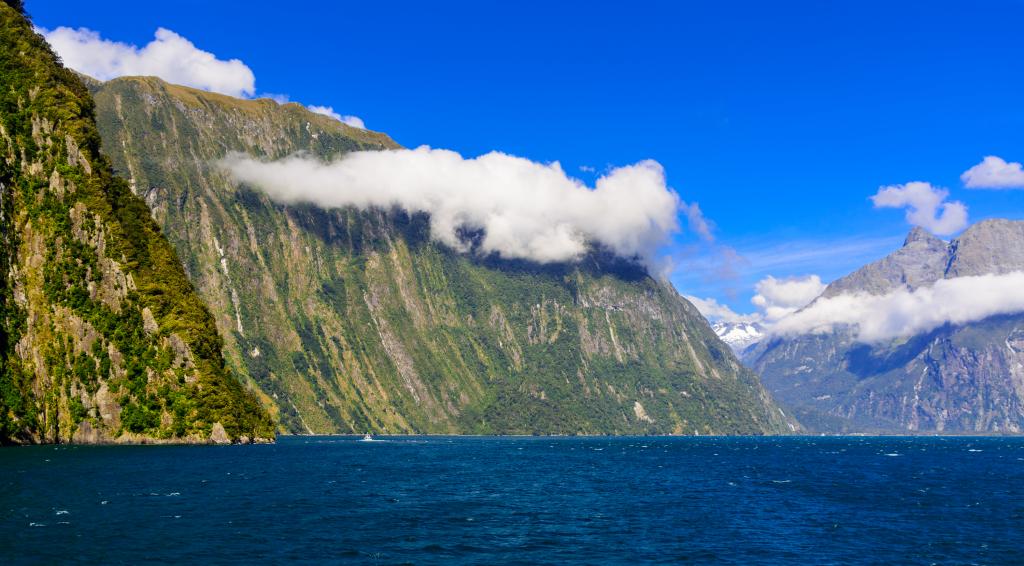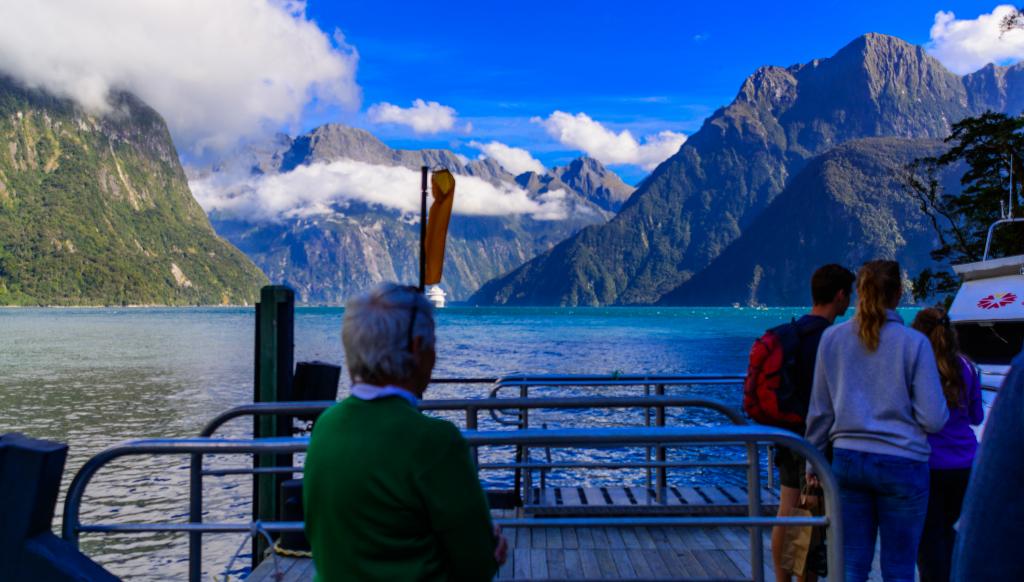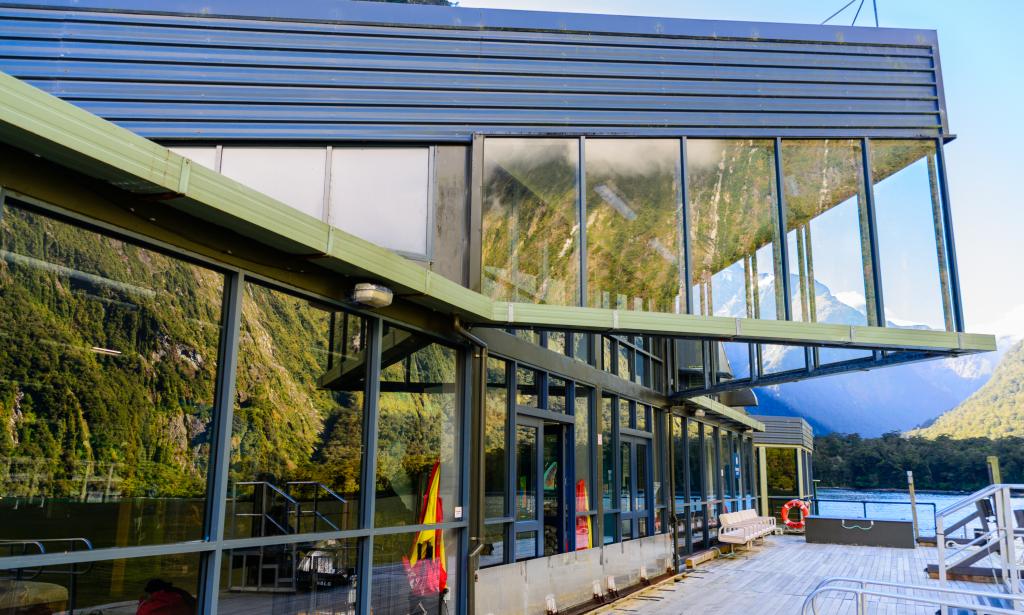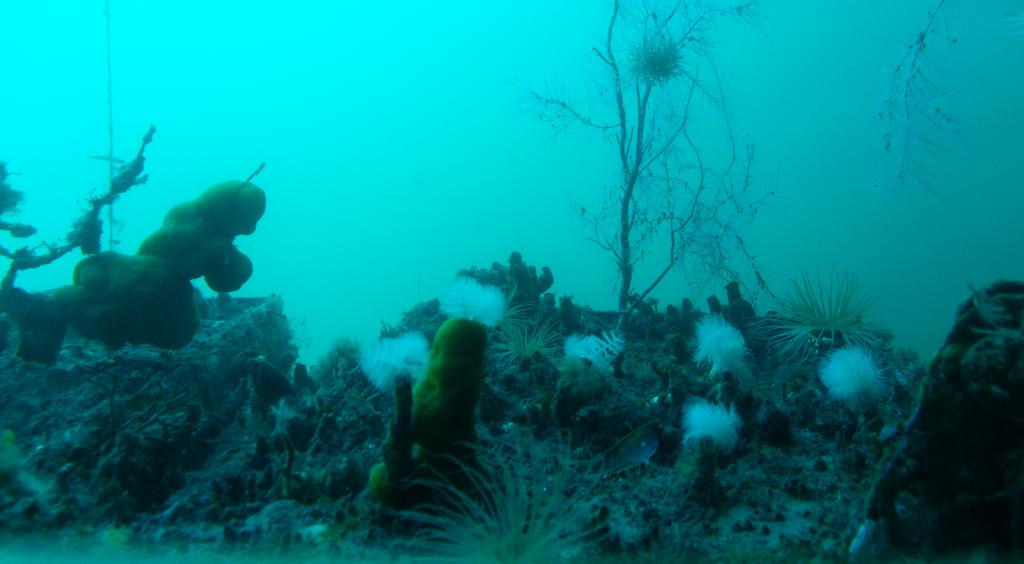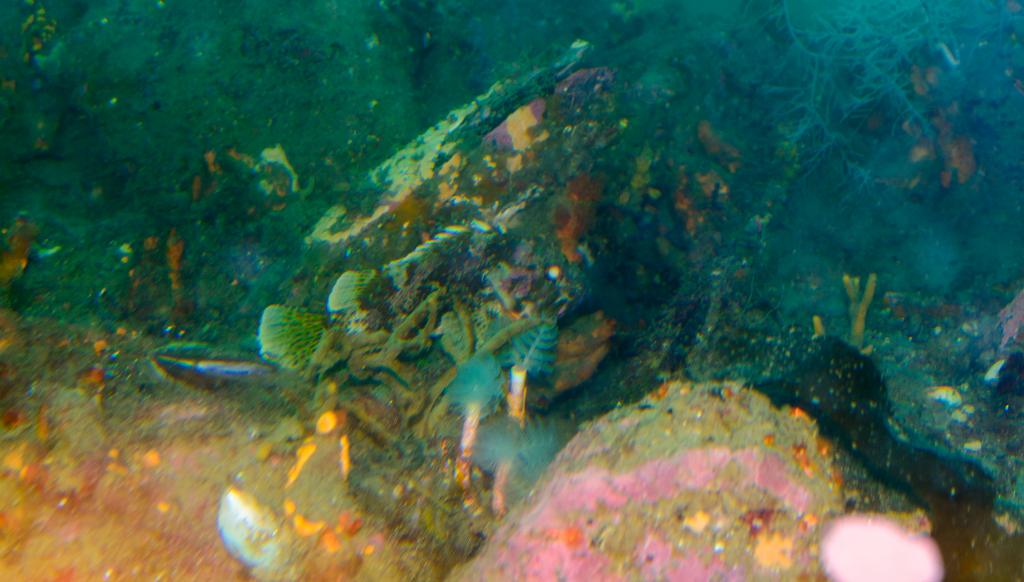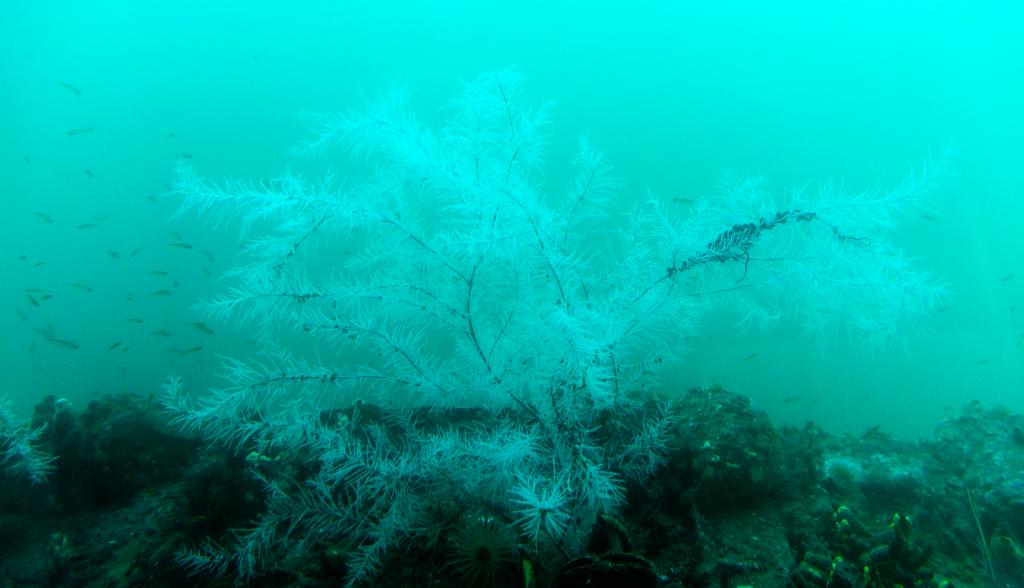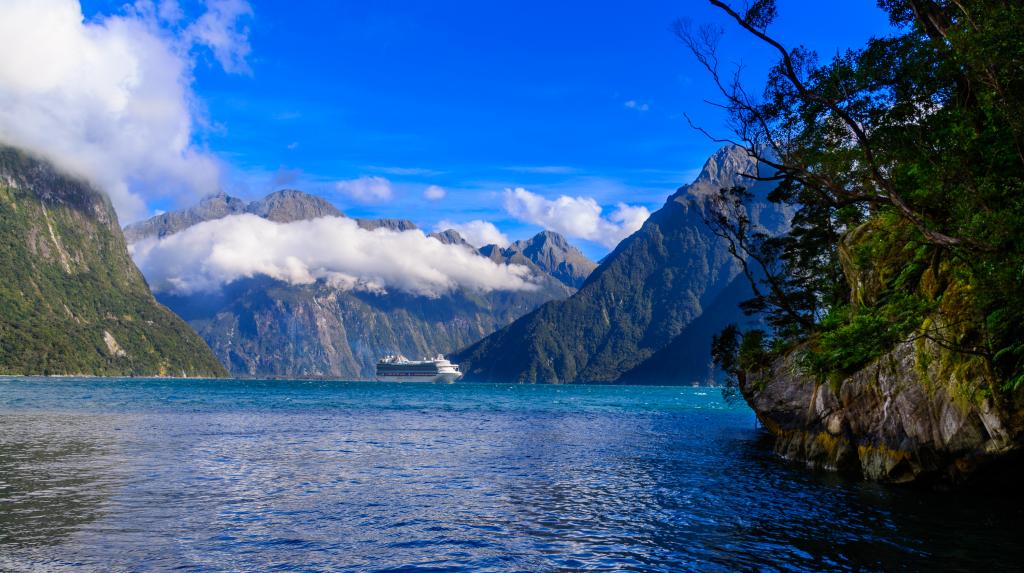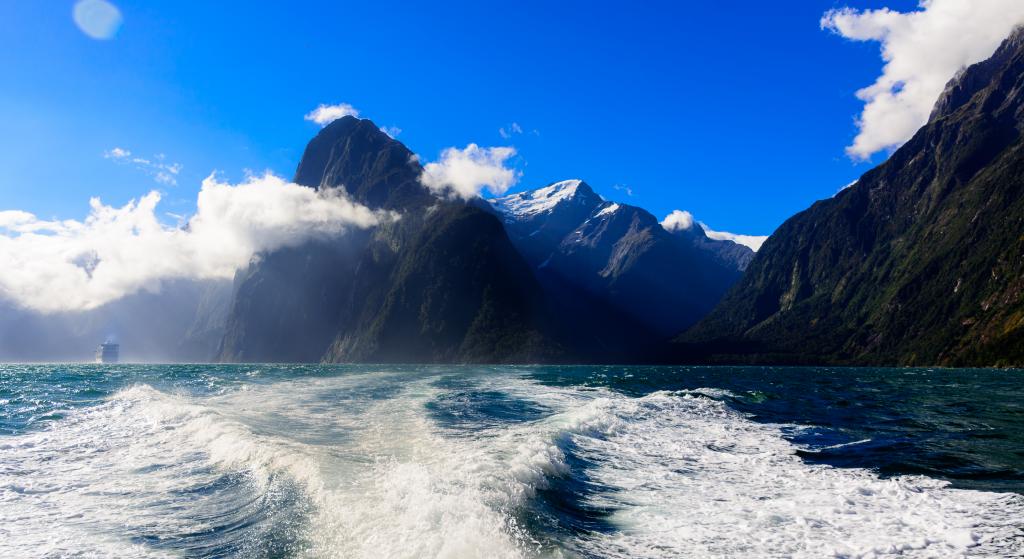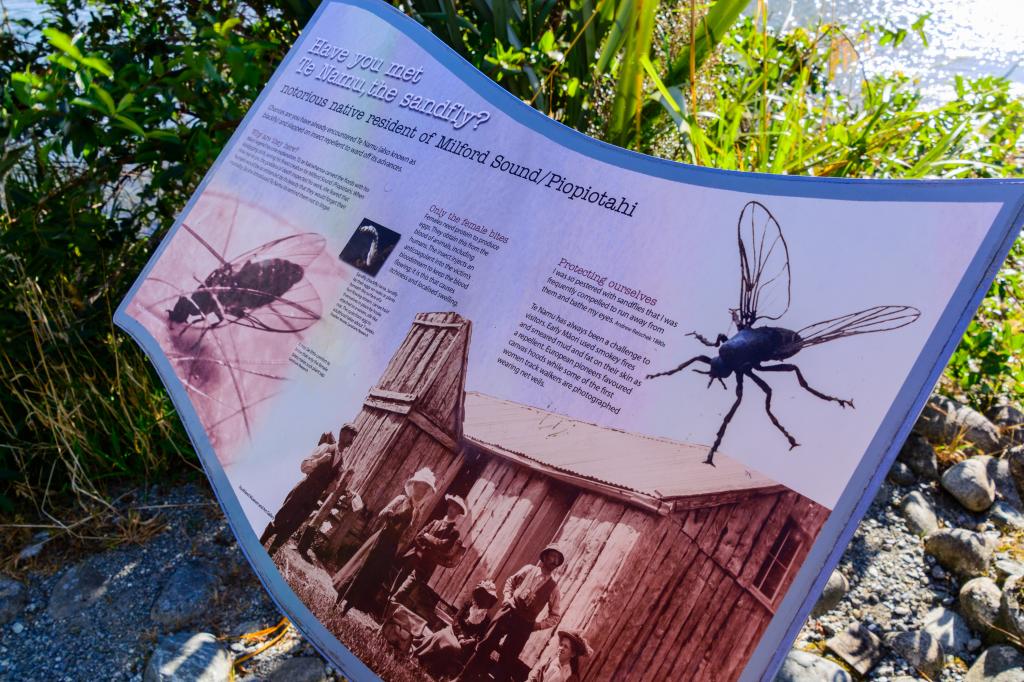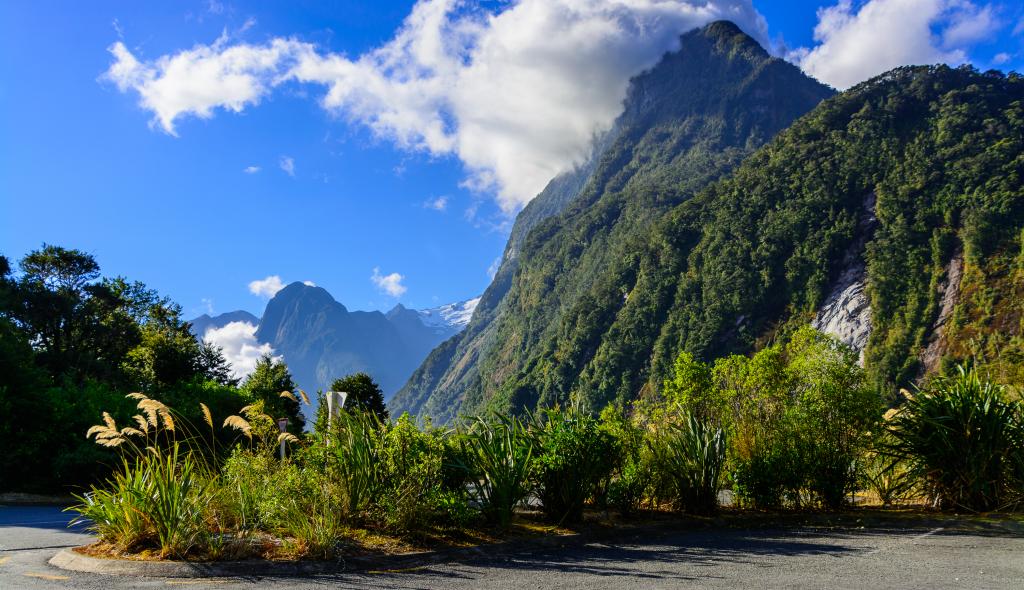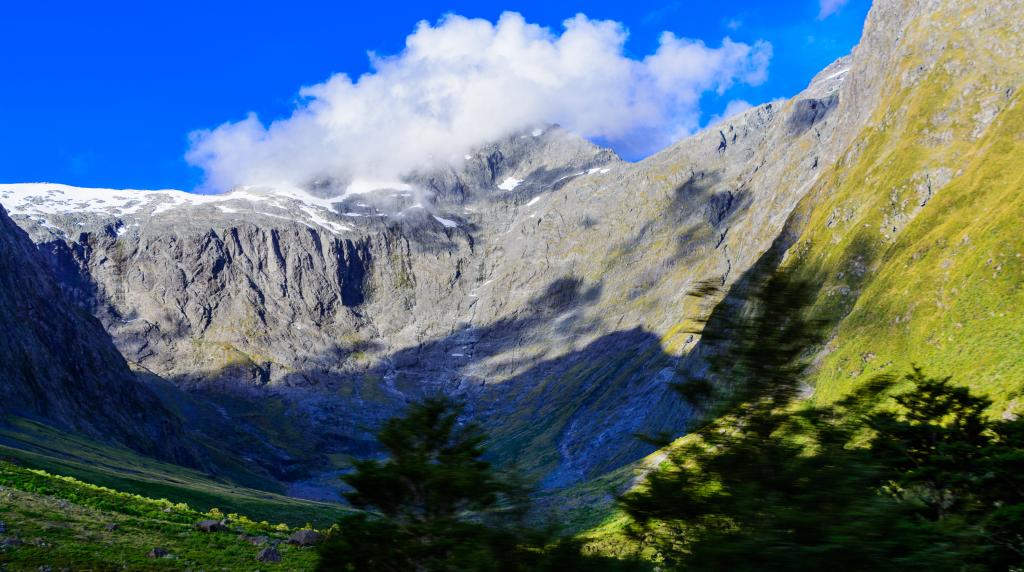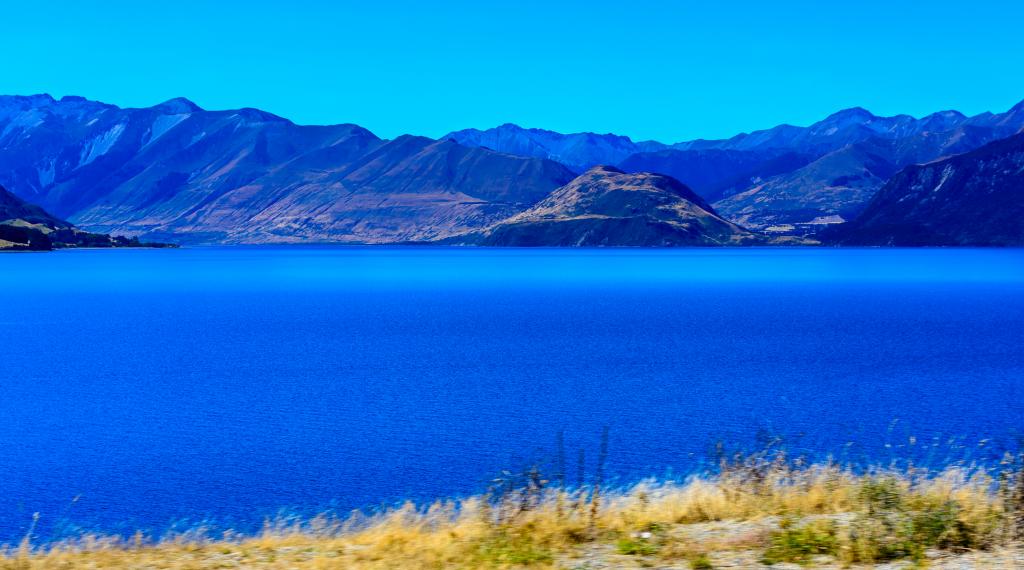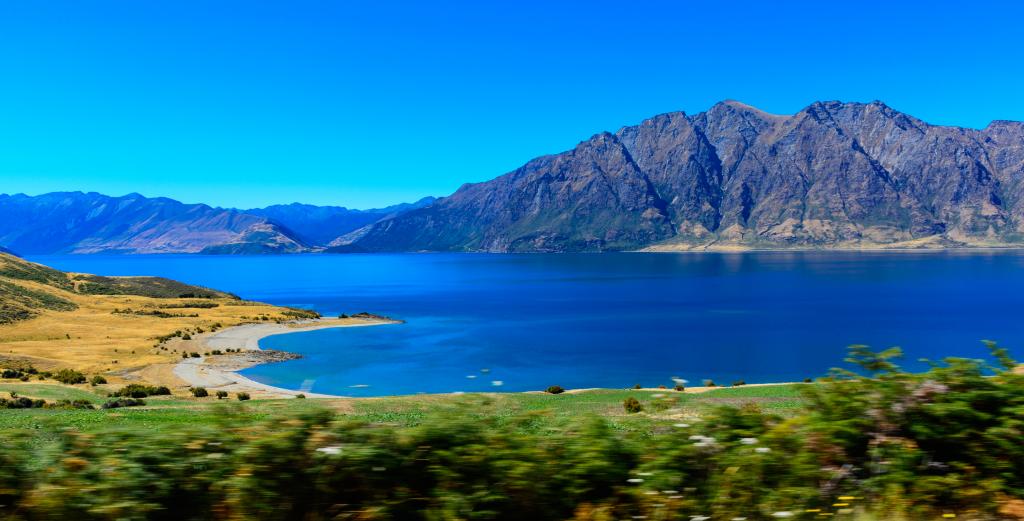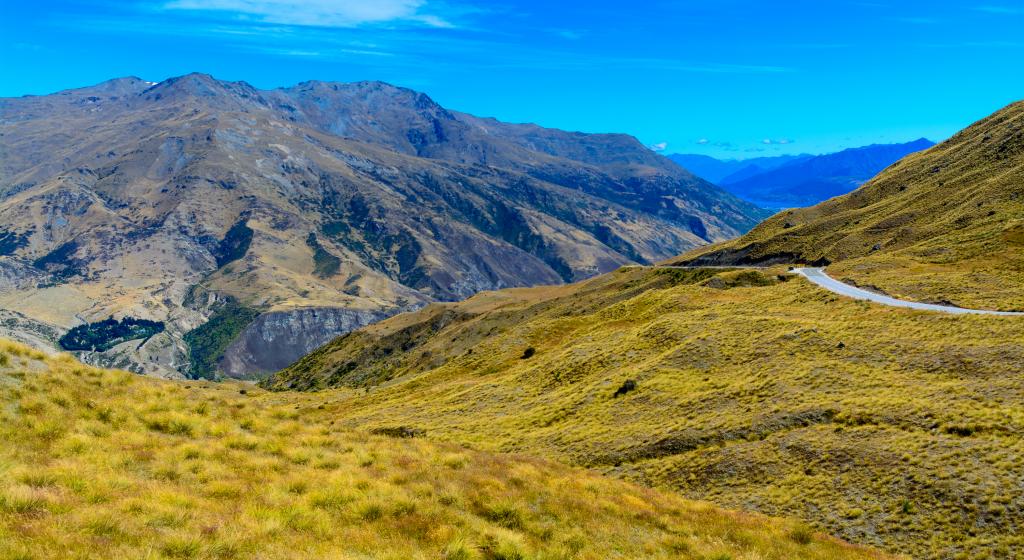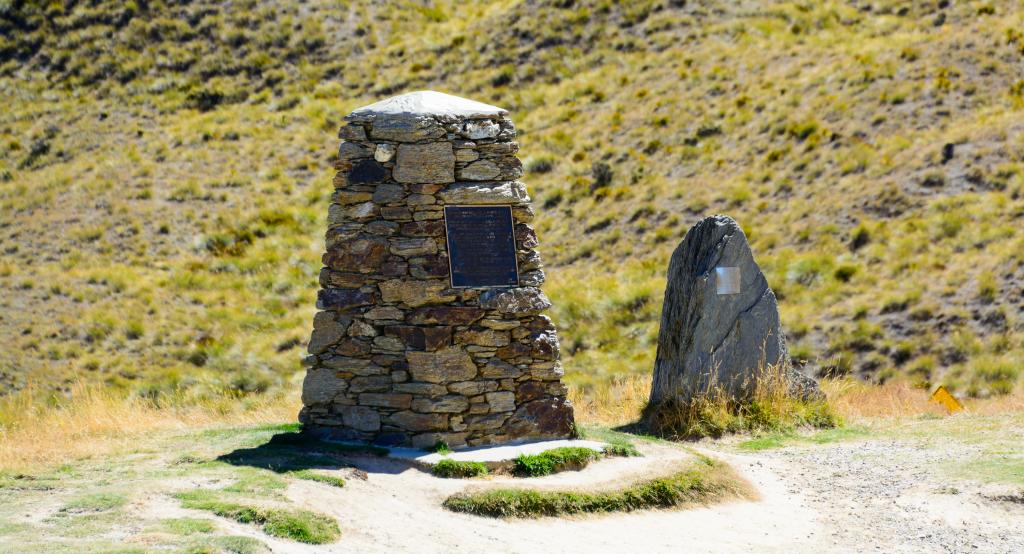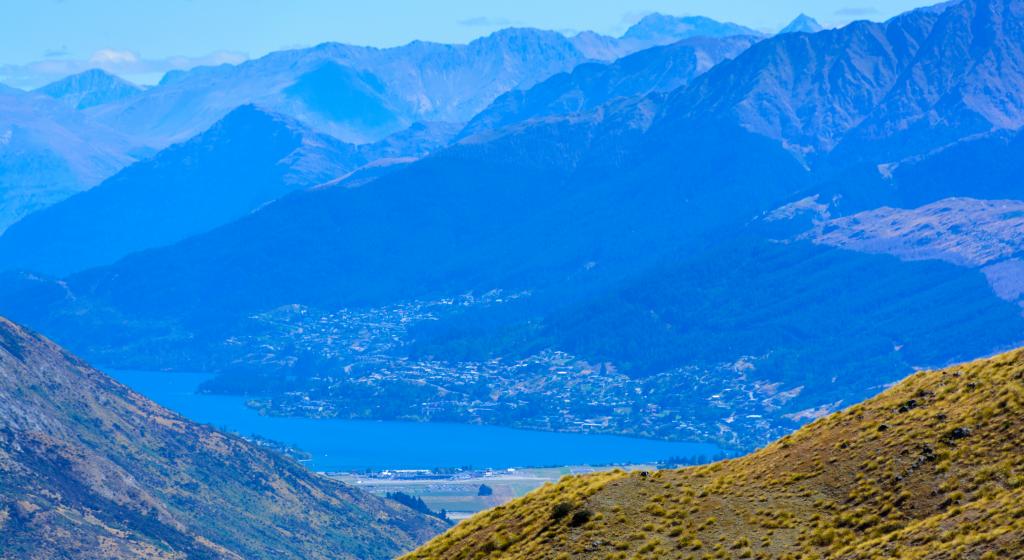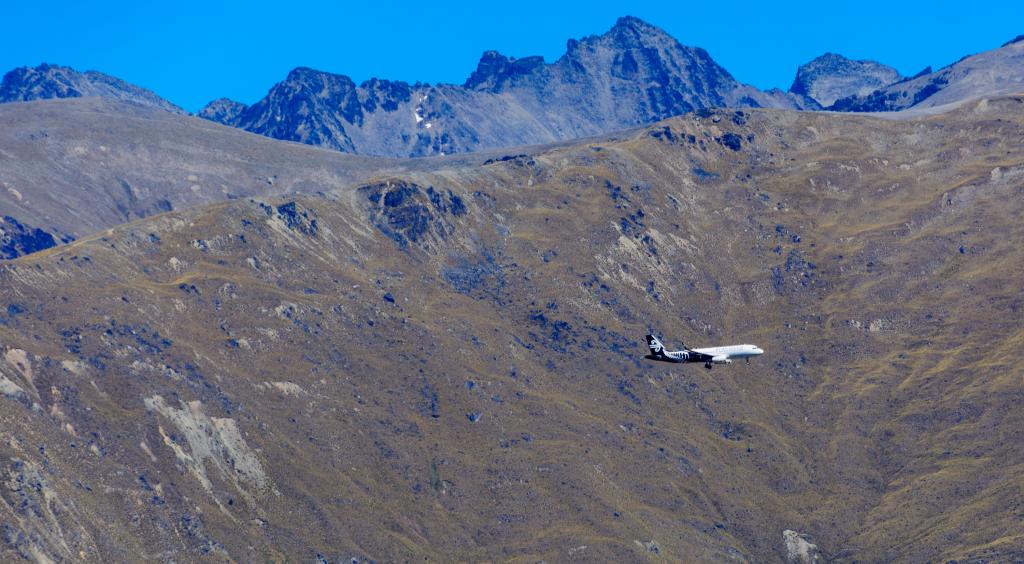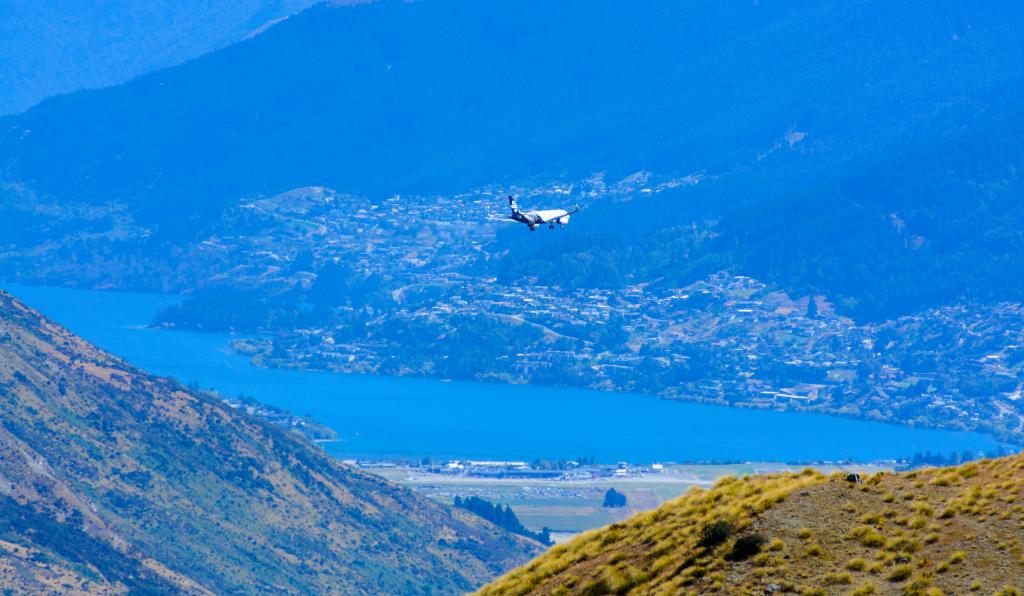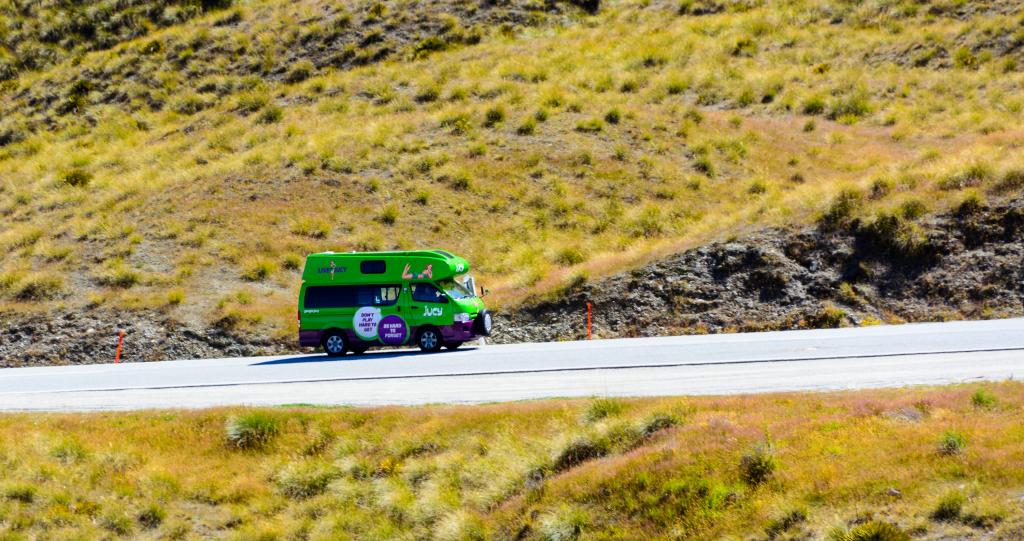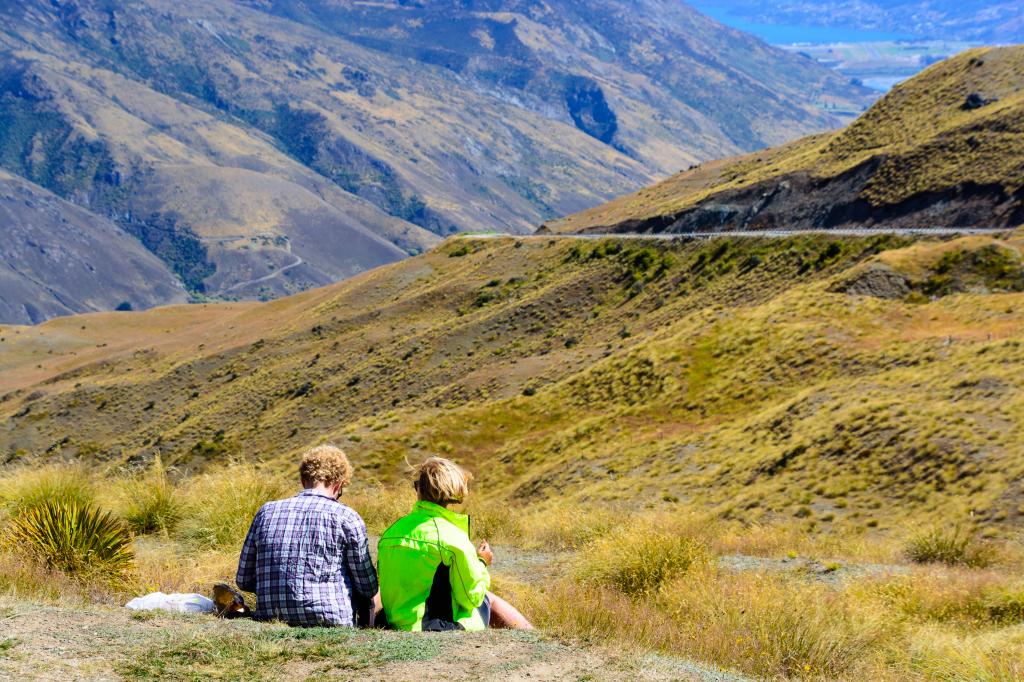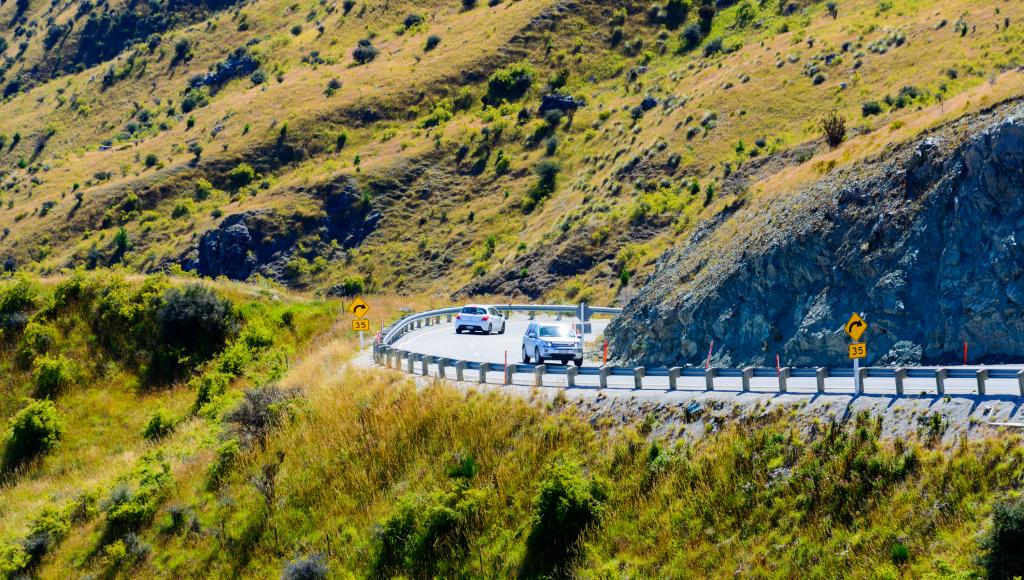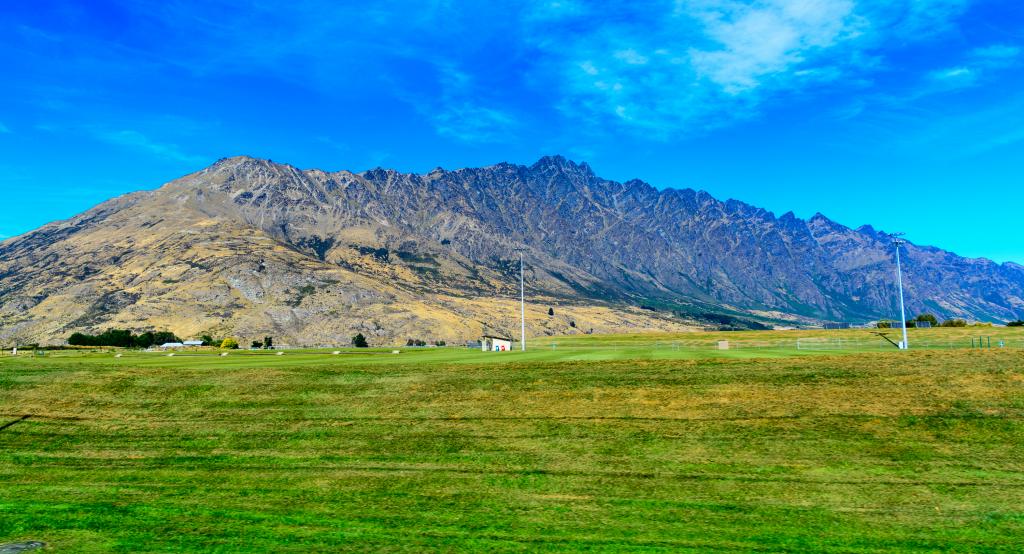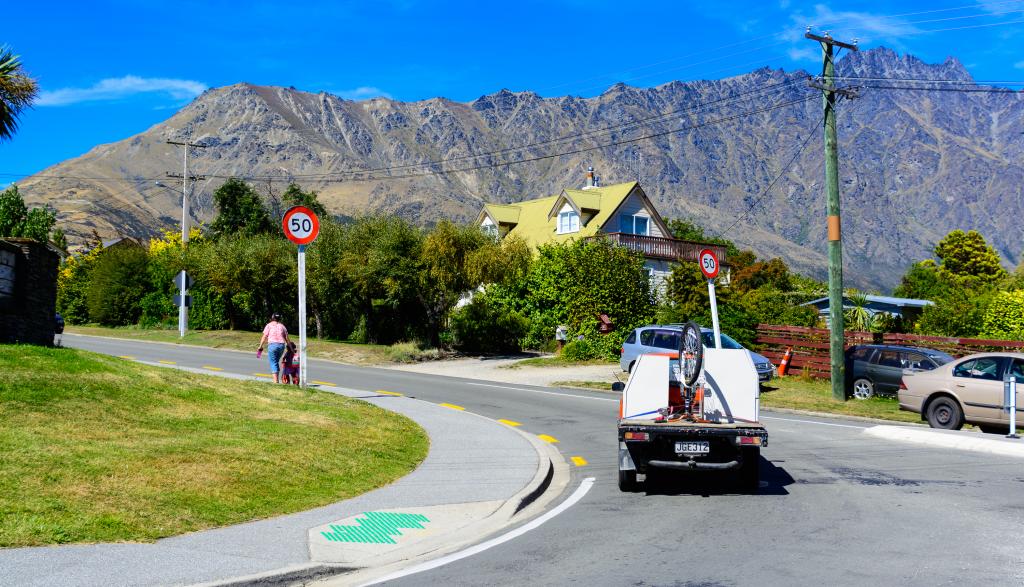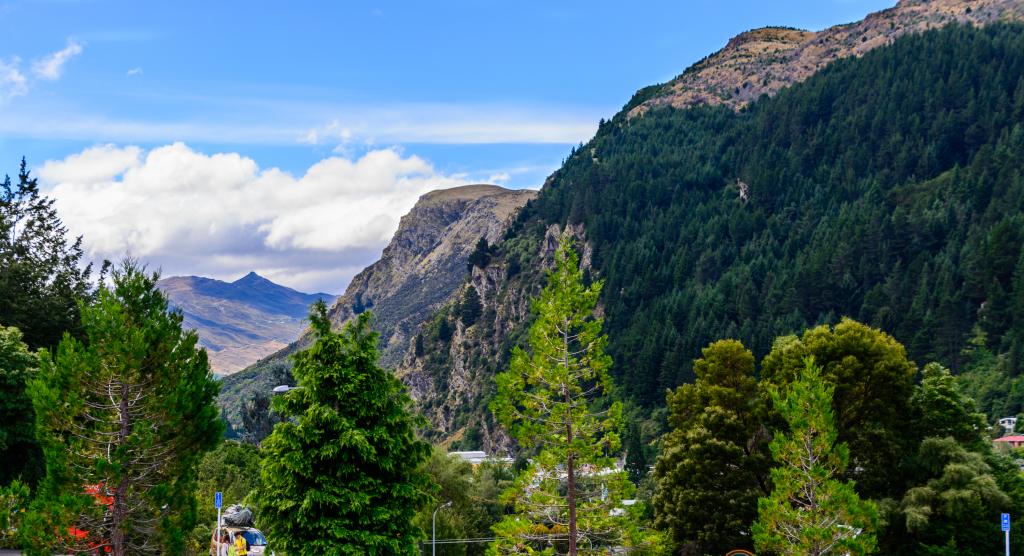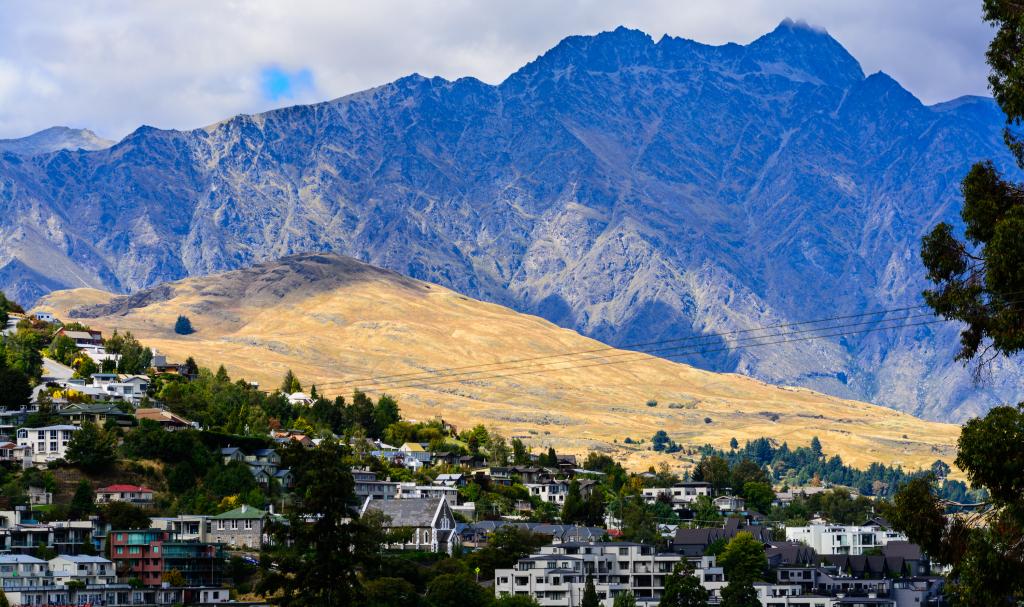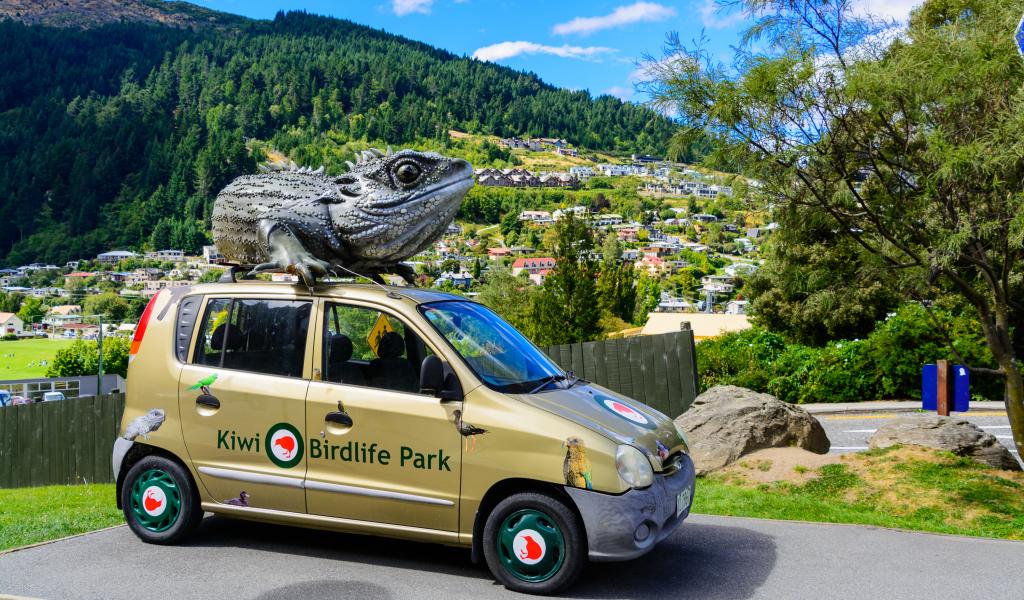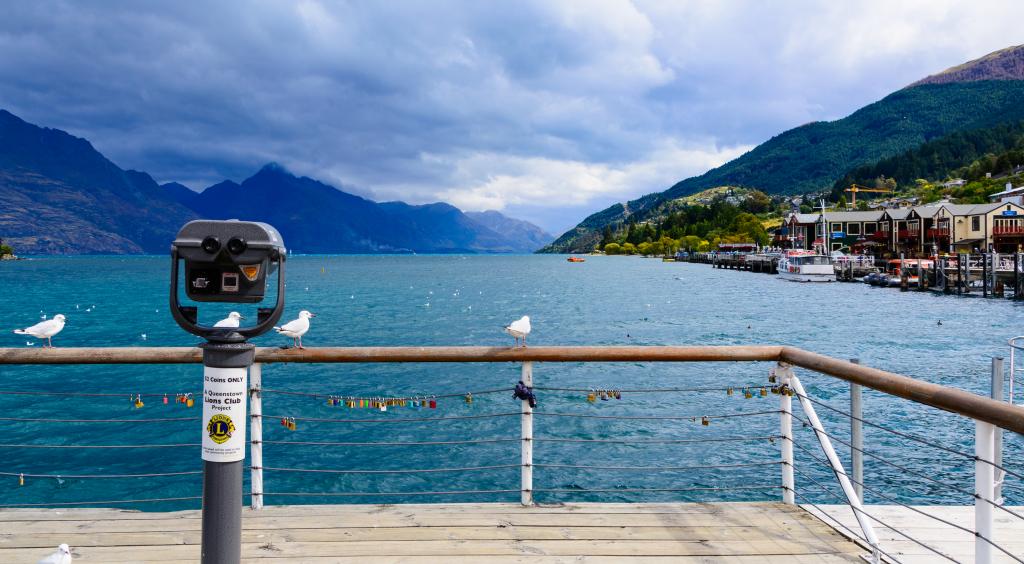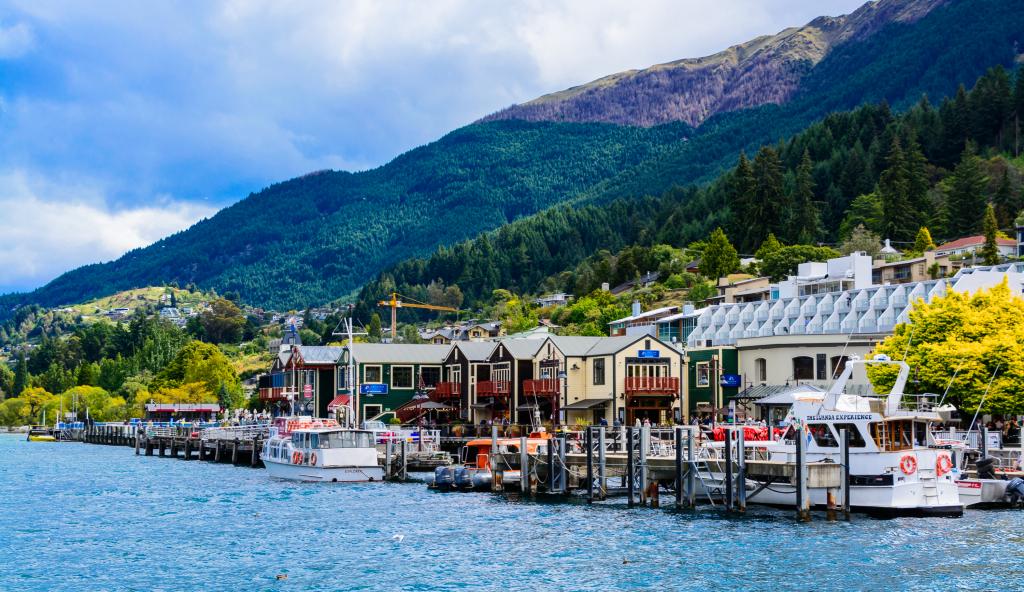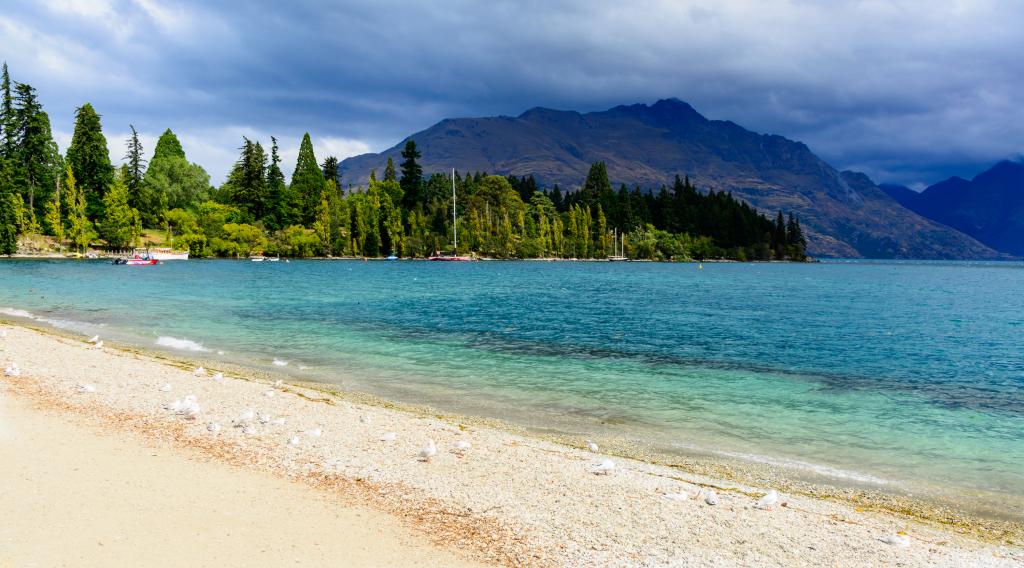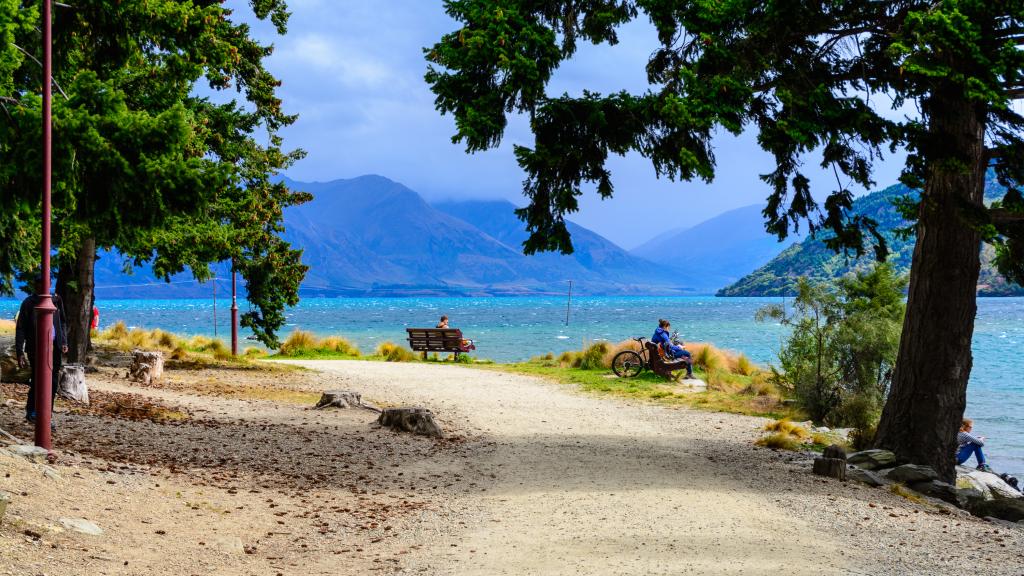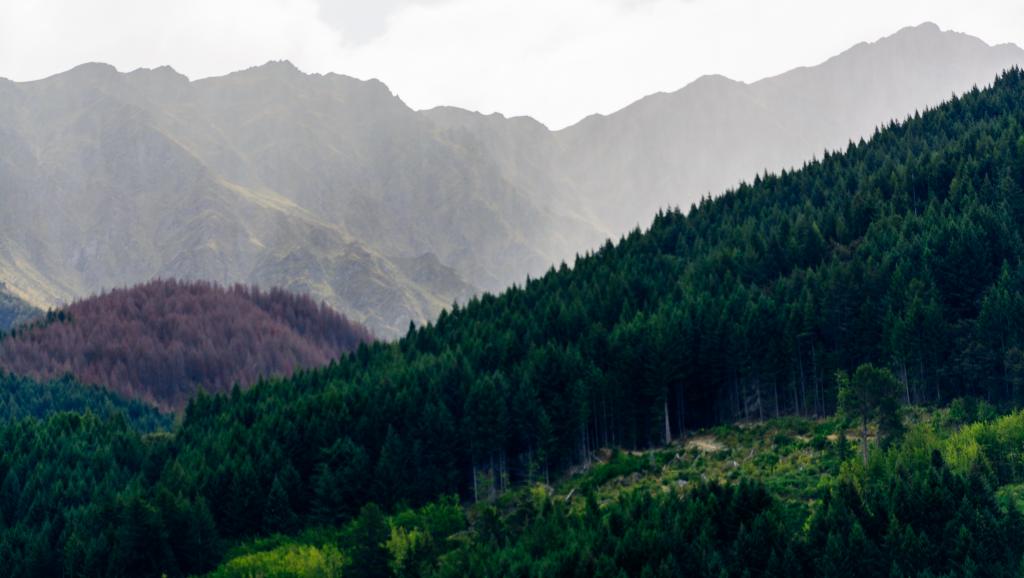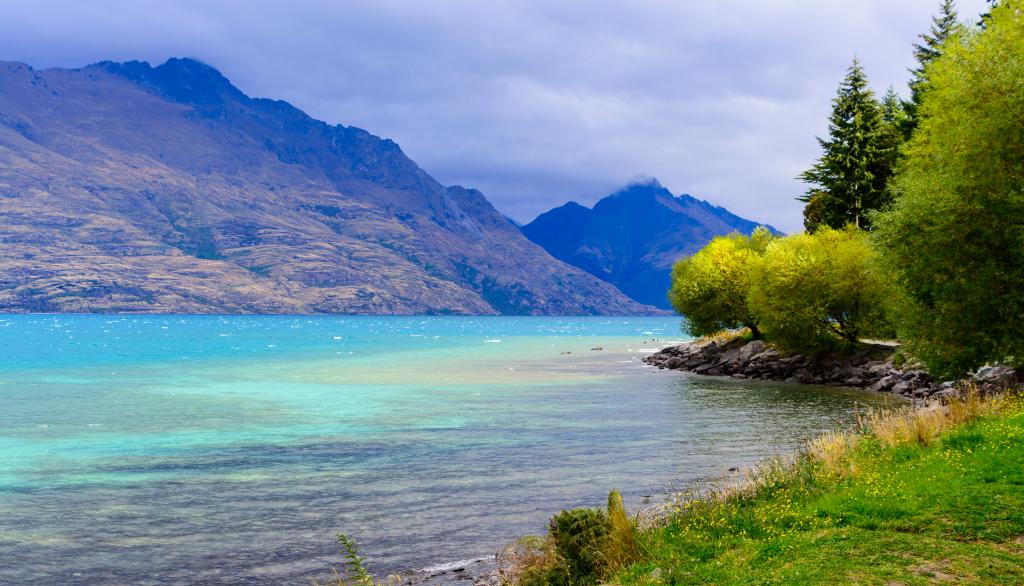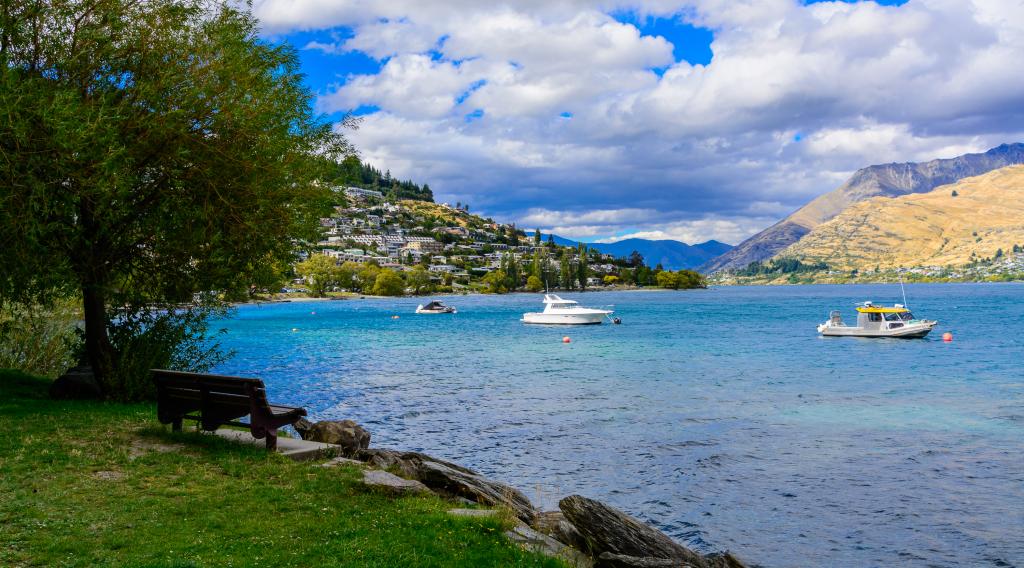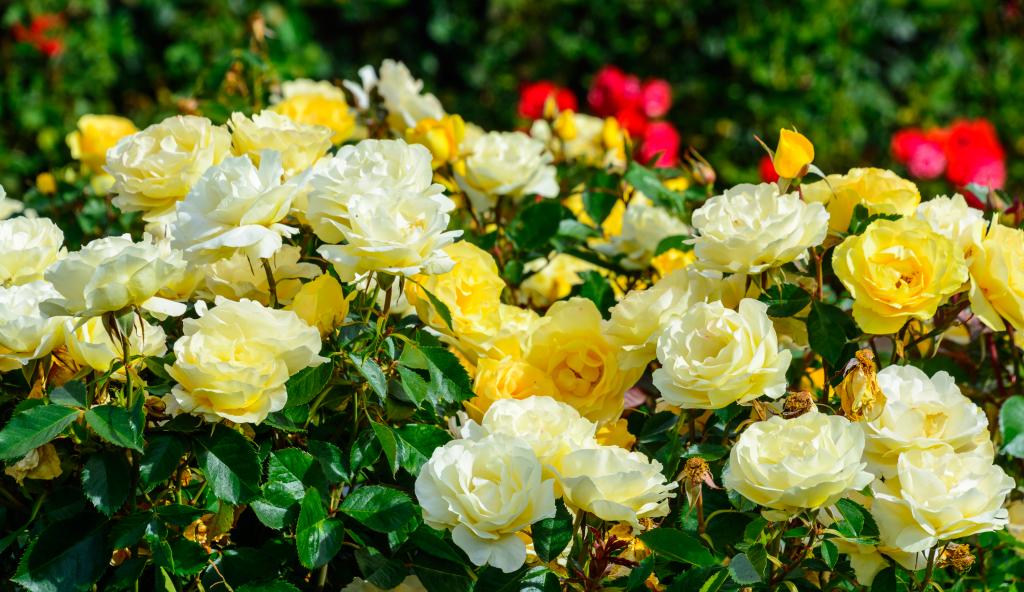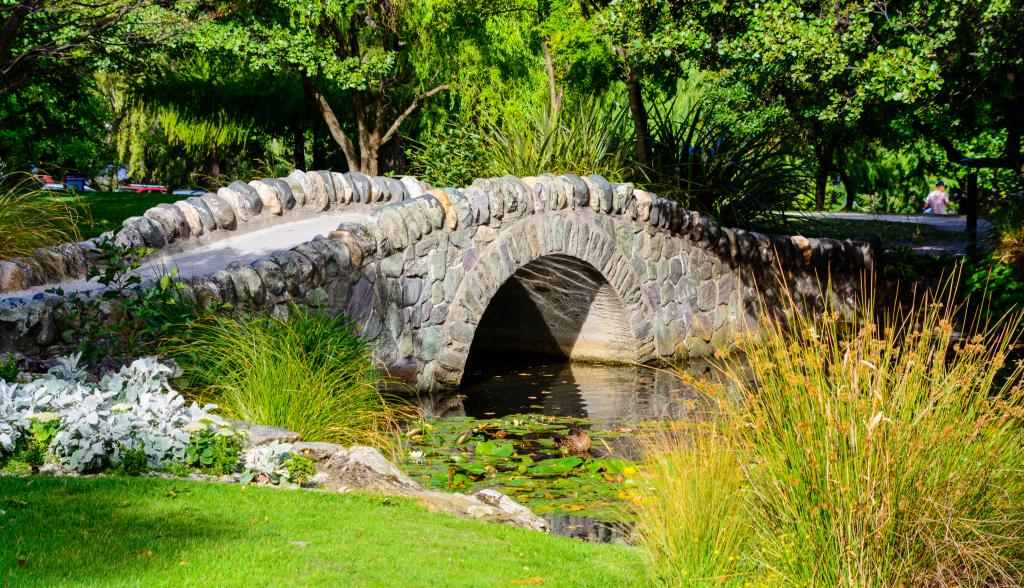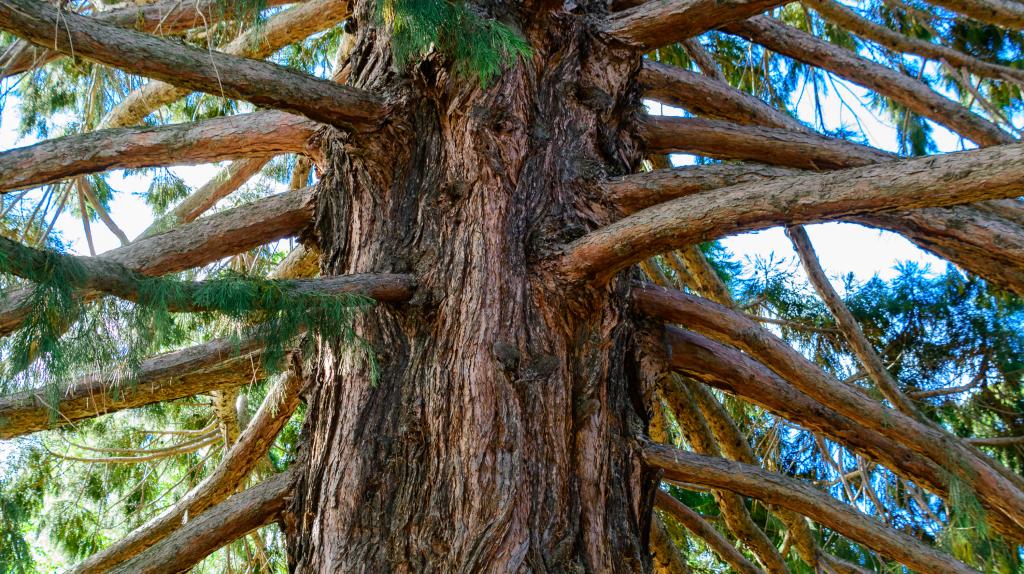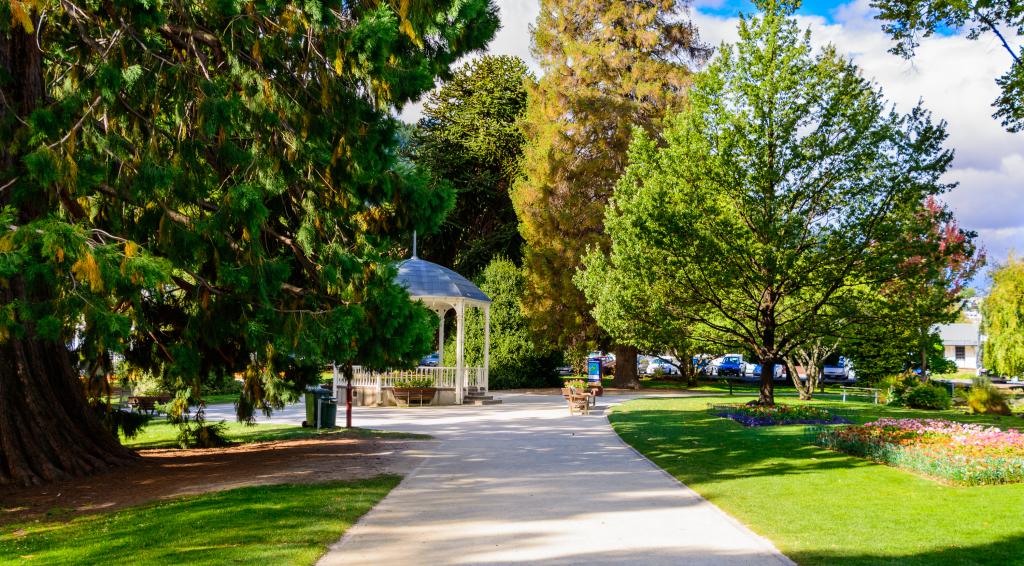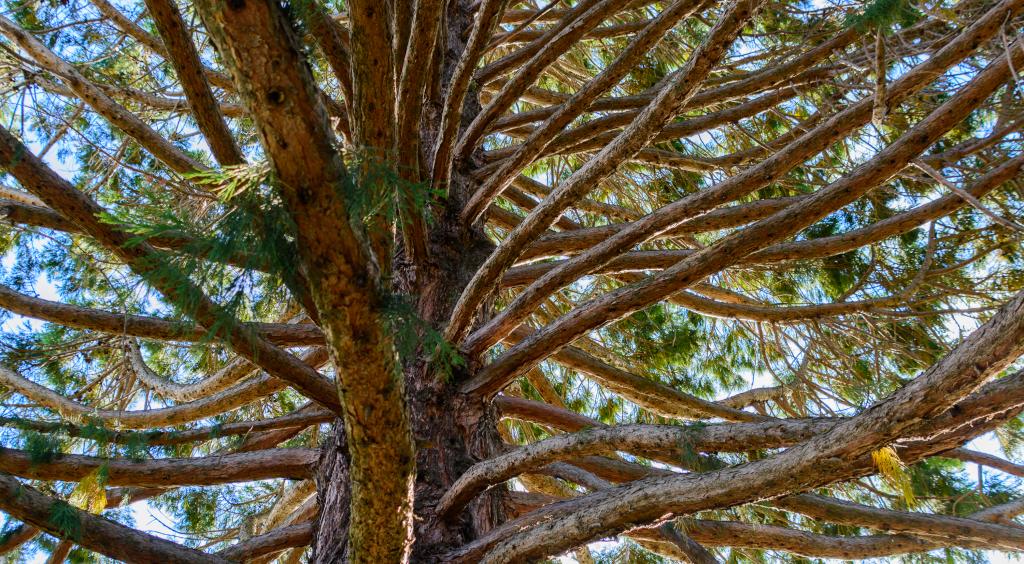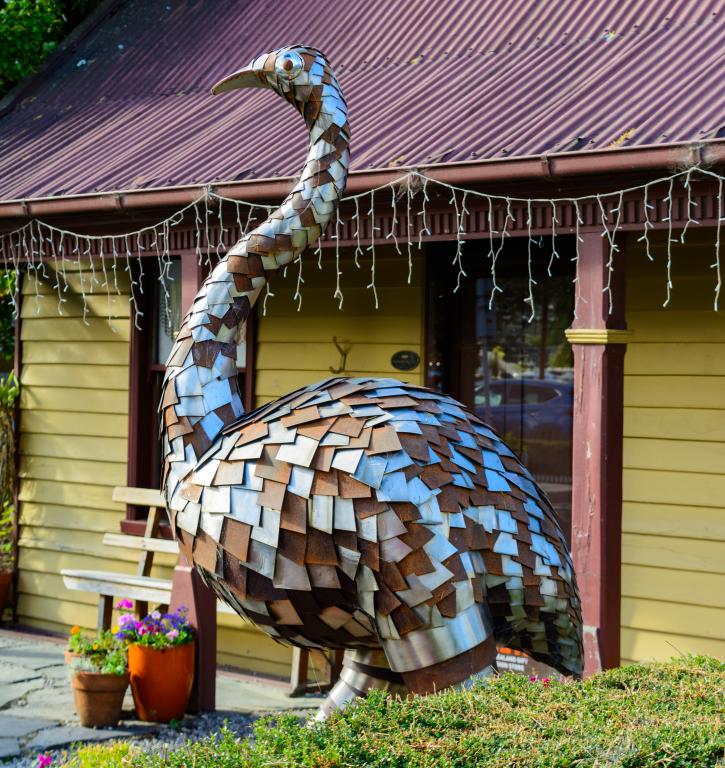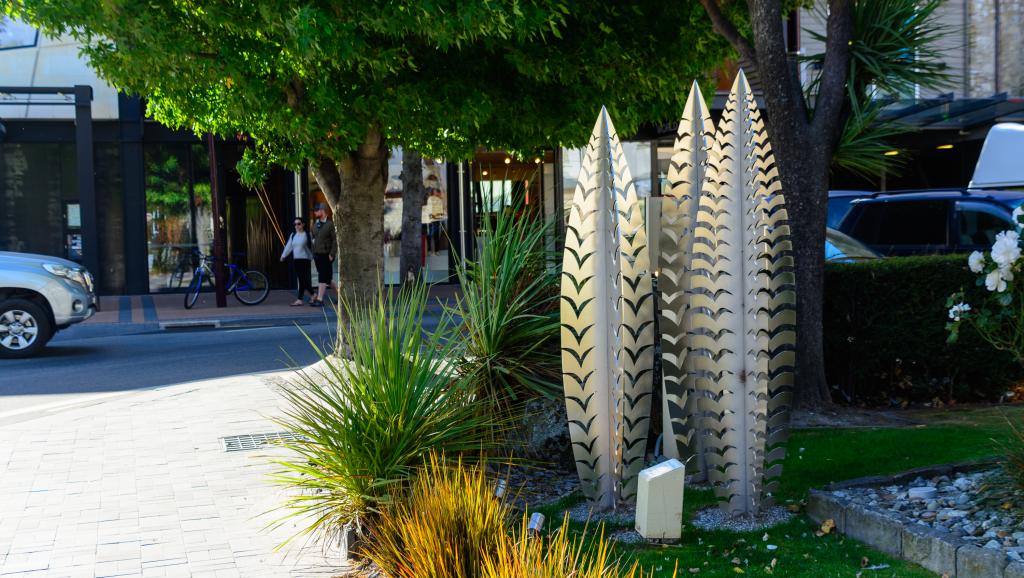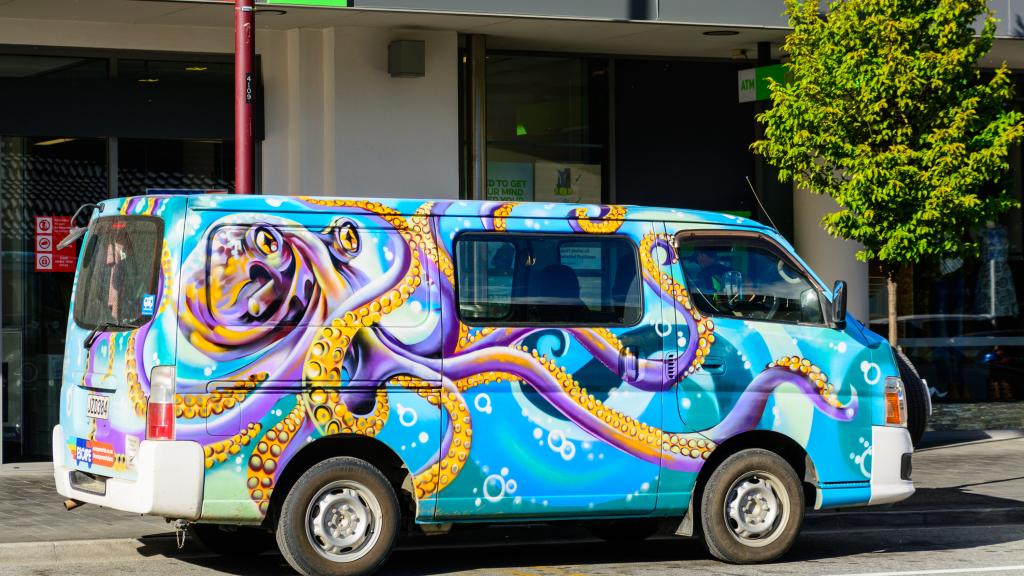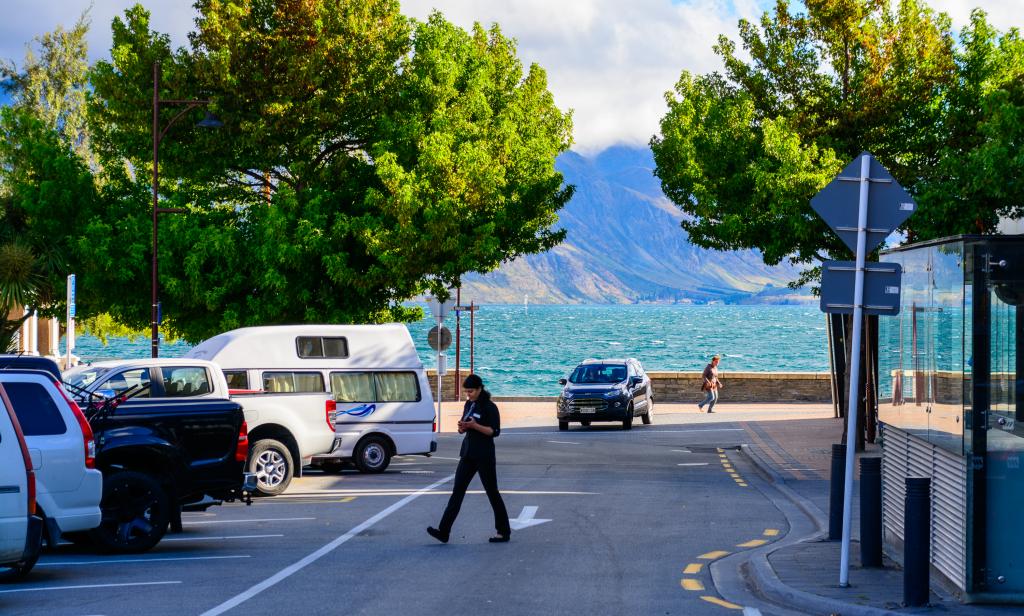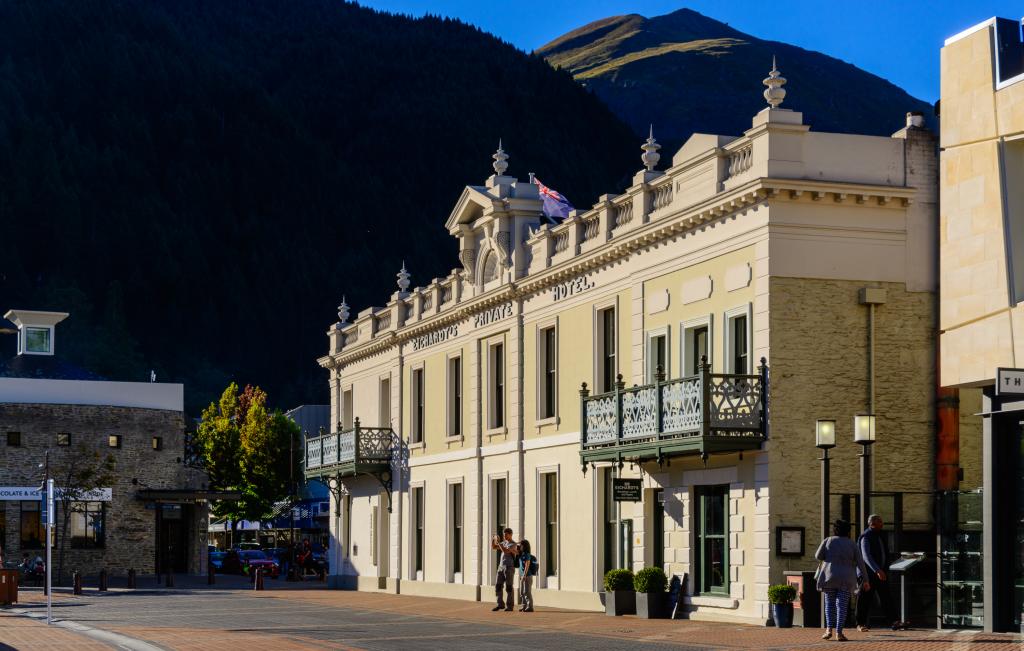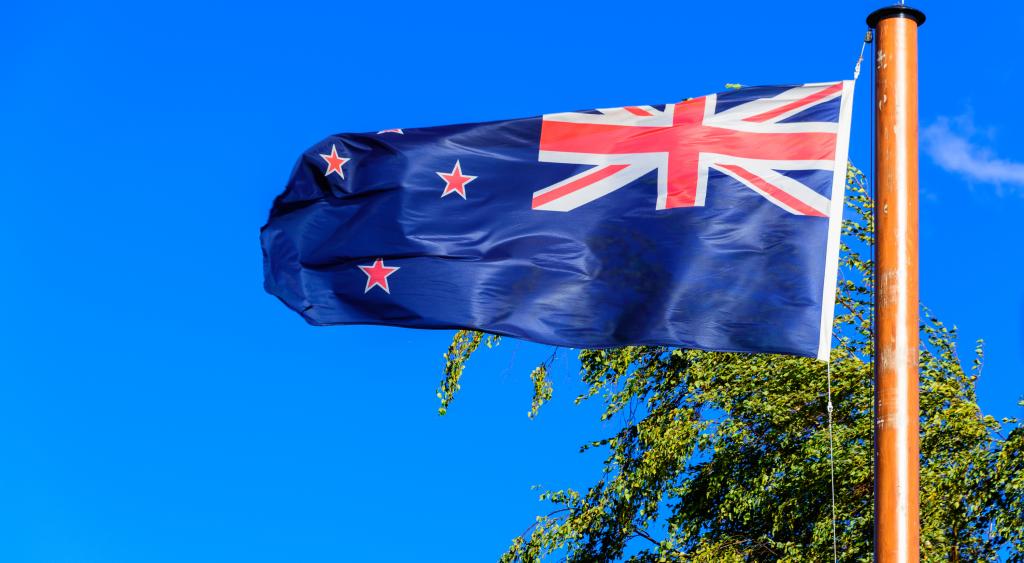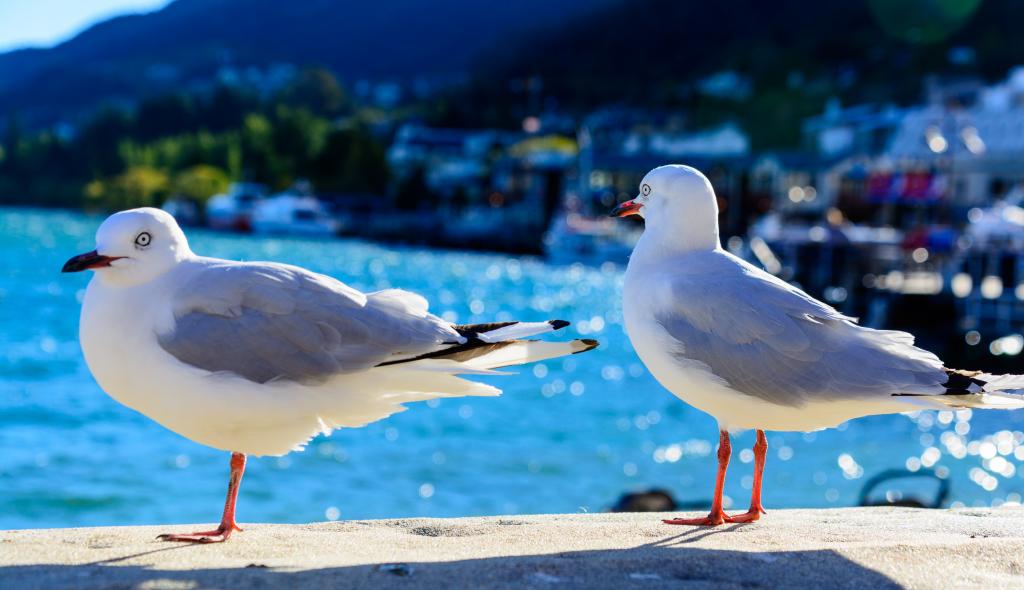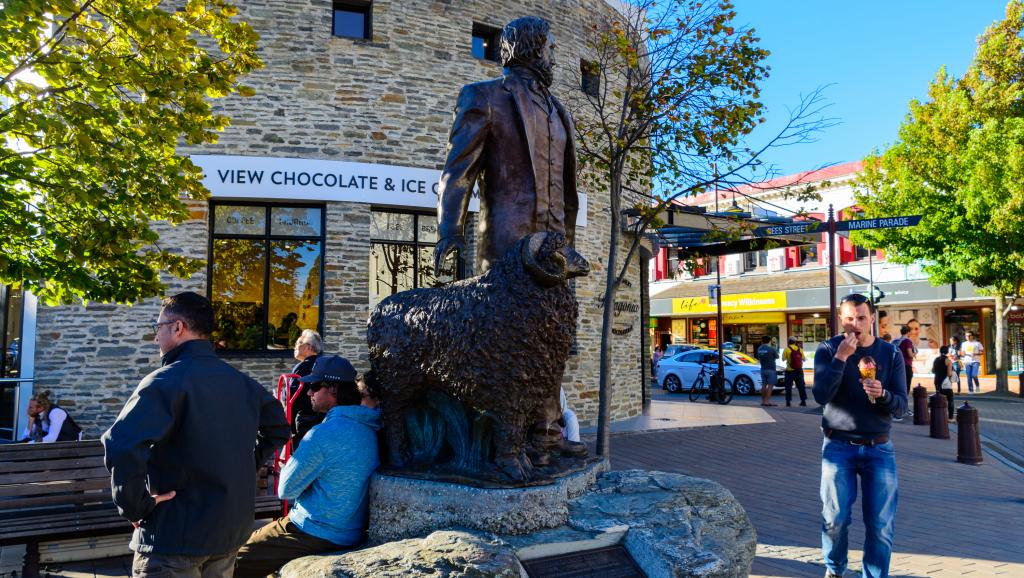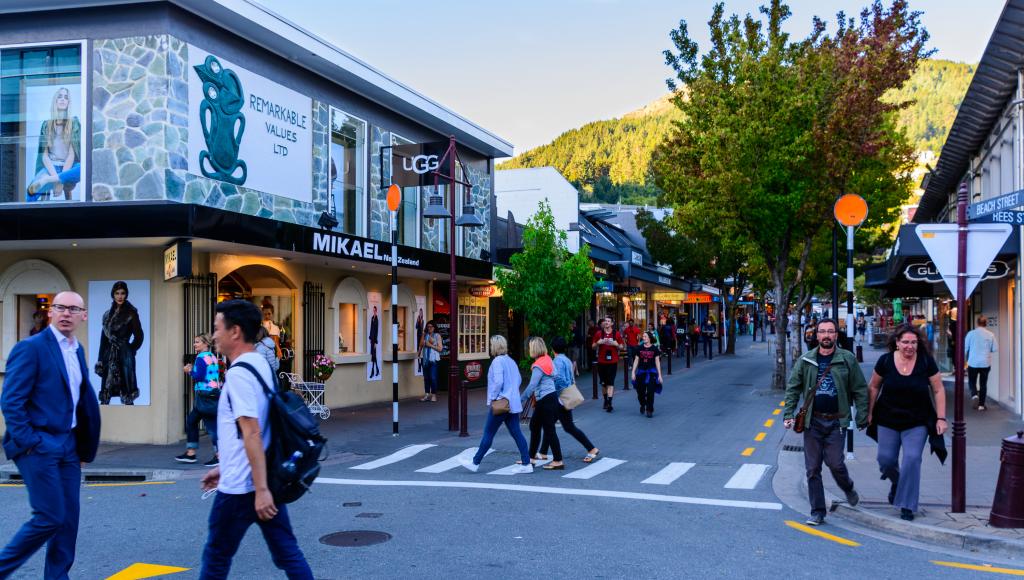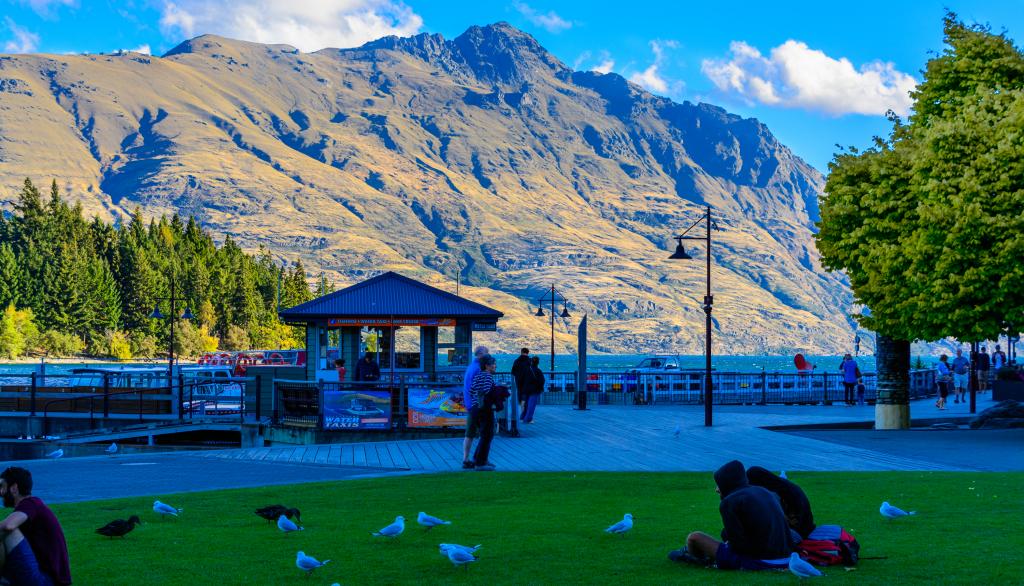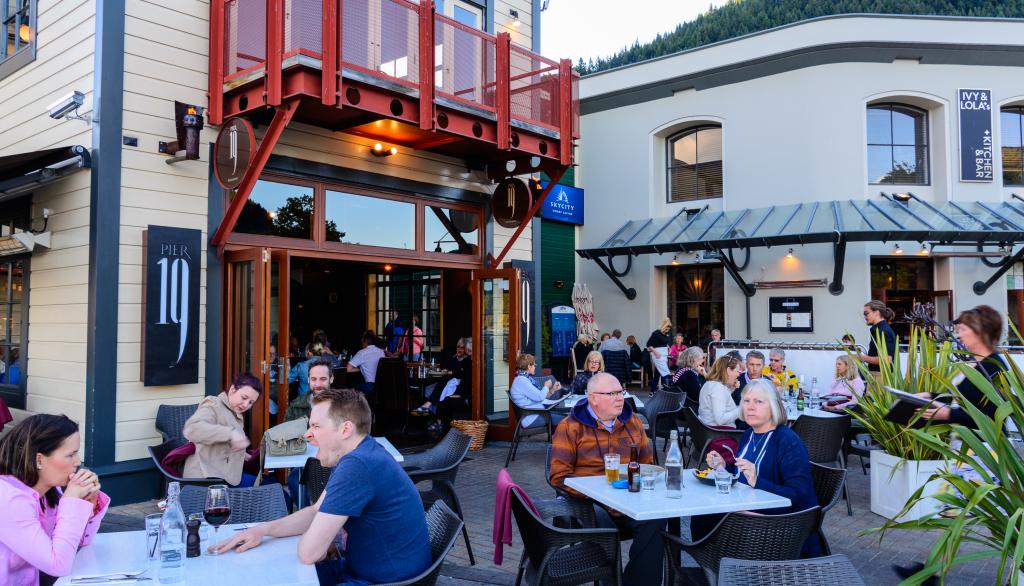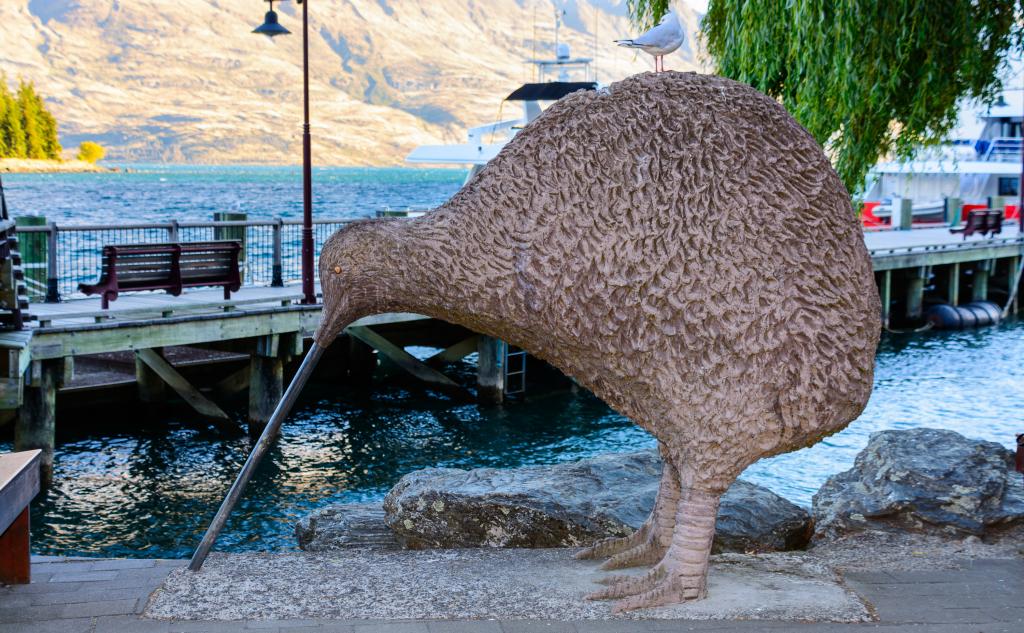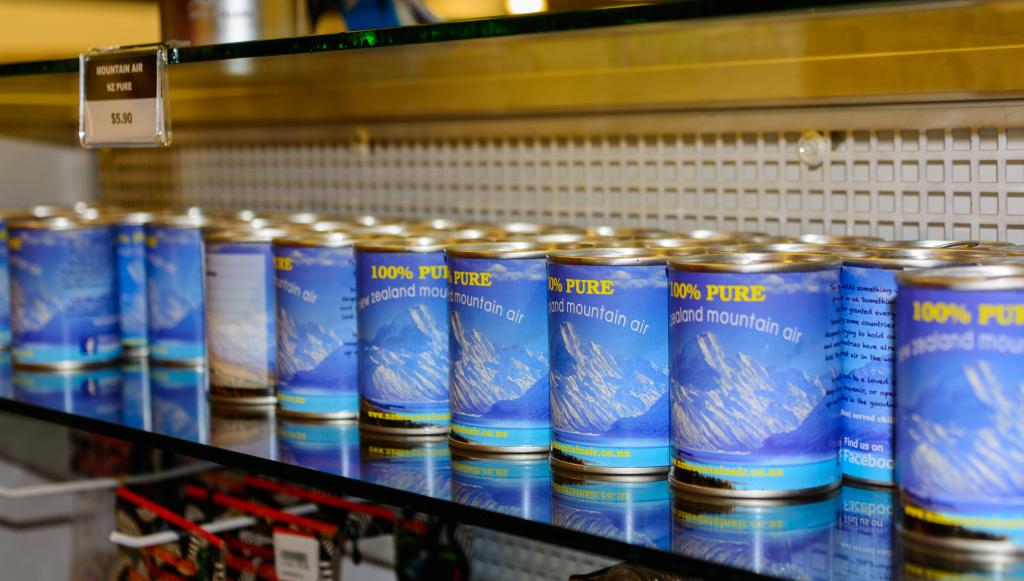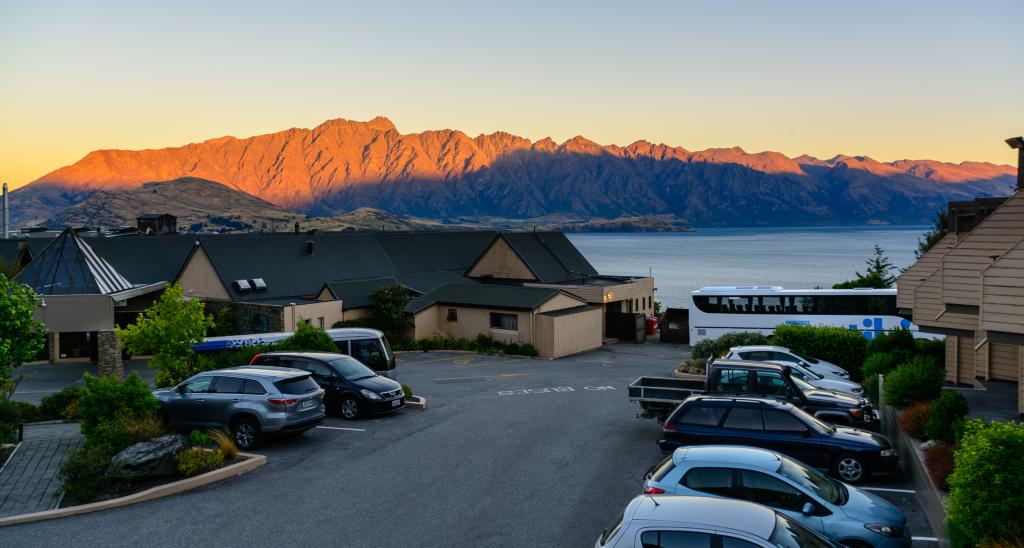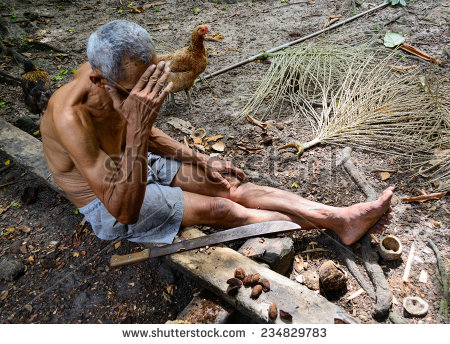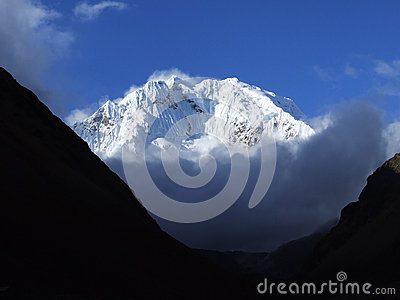New Zealand via Bangkok
Day 1 & 2: Twenty and a half hour flight to New Zealand via Bangkok
Our departure from the Heathrow Airport in London is at 11:50am. Through the windows at the gate we can see our huge Thai Airways Airbus A380, one of the largest passenger planes in the World. The flight to Bangkok takes 10.5 hours and we arrive there at 6am. It’s just starting to dawn here.
The airport in Bangkok is huge and getting to the exit takes us almost an hour.
First, we leave some of our bags in the luggage store room, so we don’t have to walk in the city with the bags and then we are getting the train to the city centre. The train tracks are built over the streets, so we can see the entire city from above. The tracks are separated from the platform by a glass wall and to get into the train one has to queue one by one in market spots. There is almost absolute silence on the train with people whispering to each other.
Getting to the city takes us around 40 minutes and costs 50 baht (around €1,50). After arriving in the centre we need to take a taxi to get to the Grand Palace, which takes another 20 minutes. On thw way we pop in to a shop to buy something cold to drink, because after the first hit a heat we are roasting. To our surprise in every shop and on every corner we are tempted by the ads of the snail skin whitening creams.
The entrance fee is 500 baht (€15). It’s a huge palace complex, which served as a residency for the kings until 1925. Currently several times a year some official ceremonies are being held here, however, it’s no longer a residency for the royal family.
Thailand is still a monarchy and the first in the last 70 years king change took place in Octover 2016 when, aged 89, the longest ever and loved by the Thais king, who was able to unite this hugely divided socitey, died.
After leaving the Palace we walk along the Palace walls and the Ministry of Defense to the temple of the Reclining Budda, called Wat Pho. Getting thre takes around half an hour.
Wat Pho is one of the largest and oldest Buddhist temples in Bangkok, occupying 80.000 m2 of space and consisting of 1000 statues of Buddha, including the huge and famous gold statue of the Reclining Buddha. The entrance fee here is only 100 baht. The temple complex is huge enough to spend here at least half a day!
From there we walk to the Chinatown through the neighbourhood with a lot of electronic shops and through a department store, where there is a lot of stands with exotic food and a lot of shops with clothes, jewellery and more.
The Chinatown with a large number of Chinese restaurants and on-street exotic food, such as grilled chestnuts, starts not very far from here. Big golden posts with some Chinese writing tell us that we are already there.
Not far there here there is a metro station, attached to the big air-conditioned mall, where we can see some slighly higher level restarants. We stop here to eat. Our food is fried on our table. It steams and sizzles on our eyes. It’s certainly eye-catching, but the food is quite spicy. It’s hard to say if the noodles are hot for so long or maybe they are so spicy that they burn the tongue.
After eating our dinner we get on the train back to the airport and in 40 minutes of falling asleep on the train as we are very tired, before 5pm we are finally there at our terminal. Collecting our bags and getting to our gate, despite the quick luggage nad passport control, takes is again over an hour. We depart a few minutes after 7pm to spend another 10 hours on the flight.
Although the time difference between Thailand and the UK is 7 hours, between New Zealand and the UK is 13 hours! We land at noon, which is 11pm in the UK and we already know it will be hard to adjust to the current time zone with such a huge time difference. Not to mention that we have trouble to tell which day of the month and which day of the week we have. I was so convinced it was Thursday, the 23rd of February and it was actually Friday, the 24th .
We are being welcomed by the “Kia Ora Aotearoa!” sign, which mean “Welcome to New Zealand” in the Maori language.
It takes us some time to go through the customs as New Zealand has one of the strictes laws in the World regarding the goods that can be brought into the country and so, it’s forbidden to bring any food under a minimum penalty of 400 NZD, or more (1 NZD equals to €0.70). It’s also forbidden to bring any animals or plants or any product, based on the latter. All medication and hiking equipment, including hiking boots, sleeping bags and tents have to be declared and have to undergo a separate scan. Any soil on the soles of the boots have to be washed by the customs officers.
Finally we get our passport stamps and we walk to the arrival hall, where we have to find a public phone to call the free number of our car rental company. A few minutes lates the company bus pull in at the car park and takes us to the office. There we spend the next 3.5 hours as our driving license needs to be translated to English, however, instead of half an hour it takes an hours and a half, and costs $49. And nobody here is in any rush, so from the moment of walking into the office until getting the car keys we spent over three hours there :)
We drive down to Rotorua where we want to see the geysers and the hot and colourful springs and lakes. Getting there takes another 3.5 hours and we are there in our motel before 9pm, so the only thing we can do is to take the long awaited bath and have a short walk to the town centre, where in the small park with a tree made of… bicycles we look up and see the clear sky full of stars and the Milky Way, which is so hard to see from Europe.
After such a long day we take a few moments to try some craft beers from New Zealand in a pub and then we go back to our motel to get some sleep.
Day 3: Wai-O-Tapu Geothermal Park and Waitomo Glowworm Cave
We begin our day with a walk in Rotorua and with currency exchange. One Euro here is worth 1.40 New Zealand Dollar (NZD) and 1 USD is 1.26 NZD. We eat breakfast and do the groceries in the local supermarket and we find out the New Zealand is not in any way cheap. In fact it’s more expensive than the UK or Ireland. A simple breakfast, such as a sandwich or scrambled eggs with coffee costs around $10 (€8). The supermarket, which advertises as the cheapest in New Zealand is not cheap either.
The town architecture resembles the US and UK with parallel and perpendicular blocks, many motels and parking meters looking like in american movies. The buildings are rather light and not high, which is probably influenced by the climate and pretty common earthquakes.
We are leaving to the Wai-O-Tapu Geothermal Park, which is only 30kms from here. This is the most colourful park of this type in the whole country. In the area of 18km2 there are coloured lakes, geysers, hot springs and mud pools. Steaming holes, bubbling water in different colours and shades create a dramatic scenery. We spend here around 2 hours. Admission is $35.
The fumes from the springs and lakes are highly toxic and some of the springs reach the temperatures of 100C, therefore there is a strict swimming ban and people are not allowed to get close to them. Standing above one of them we observe many birds, which attracted, probably by the colour of the water, sit on the water and after a minute or so they die.
Then we are going to the Glowworm Cave in Waitomo, which is 2 hours drive from Wai-O-Tapu and we arrive there at 4pm. Admission here costs $50, but we have to wait for the next and last entry today at 5:30.
We enter inside, where the guide explains the history of these caves, which long time ago were under water and the rocks consist of fish and oyster fossils.
The first chamber is called the Cathedral as it contains rock formations resembling church organs and the hole in the sealing looks like a nave.
We walk along a footpath and once we bend down we can see the worms on the sealing in a distance, glowing like stars. They eat other worms and insects, which are attracted by the light blue glow, making them think this is the way out of the cave and istead, they get caught.
A bit further there is a lake, which we have to cross on a boat, from which we can see hundreds of thousands of these little live lamps above our heads until we reach the exit.
The experience here is unforgettable and it was definitely worth coming here. Unfortunately, due to almost complete darkness, we are unable to take any photographs, so we leave it to your imagination :)
Now we go to our hostel close to the Tongariro National Park. After two hours we are there.
Day 4: Tongariro National Park and Wellington
Today we are planning to do a hike in the Tongaririo National Park. There is a wide choice of trails: the two hour trail, the five hour trail, full day trail, 3-day trail and more. There is also a chair lift to the ridge of the volcano for $15 return, where the 5-hour trail to the top and to the crater starts.
We stopped for the night in Owhango, which is very near from the park. Most trails begin from the Whakapapa village in the park, where it takes 40 minutes to get by car.
You can see the snowcapped volcanoes from here and the areas surrounding them look like on Mars, but down here it’s still green and the idyllic atmosphere doesn’t foreshadow the lethal danger that’s in the air.
Firstly we go via the road to Mordor from Lord of the Rings to its very end where there is a wooddem mountain lodge with a souvenir shop and a restaurant. From here it takes us around 15 minutes with one change to go to the top by the chair lift. There is another lodge and a viewpoint, from where you can see the entire Mordor valley. From here you can hike to the crater, but because it takes 5 hours to complete the hike and we don’t have much time, we decide not to do it this time, but there has to be some reasons to come back here in the future. We enjoy the amazing view and go down.
We go back to Whakapapa, which is the starting point for most other trails. We don’t have a lot of time, so we decide to do the 5-hour trail to the emerald lakes assuming that if we want to see any more today, we can only do a maximum of 3.5 hours. We are unable to see the lakes, because we realize they are too far and we can’t reach them in 3.5 hours, but the trail is still very picturesque and as we only pass a few people, we have time to contemplate the nature.
We get back to the car and now we have a 4-hour drive to Wellington with only one major stop in Ohakune, where we take a lunch break in a pub and in the local supermarket next door we do the groceries for dinner and breakfast the following day. Luckily for us, the prices here are lower than in the previous one, advertising as the cheapest on in New Zealand.
Ohakune is a small, sleepy, but beautiful town in american style. It’s worth to stop here and feel the atmosphere of this place for a few hours or a least take a longer strawl.
We arrive in Wellington after 9pm and we decide to take a walk to the city centre, which is a mixture of architectural styles, where everything mixes together, but still everything looks good and interesting. We walk to the Civic Square with the Parliament building next to it. Walking further takes us to the well managed pier, from where we can see a glimpse of the city with its skyscrapers on the side of the river.
Walking in the other direction gets us to Cuba Street, which was named after the ship with settlers called Cuba, which arrived here in 1840. This street consists of numerous pubs, restuarnts, cafes, night clubs and shops. There is a promenade where you can enjoy the greenery and sit down on a bench to relax.
City impresssions: the city centre is very clean, well maintained and modern. Only 190.000 people living here gives the impression of space and freedom. The air is clean, the traffic is moderate and the architecture is also really interesting. It would be worth spending here a few days as it seems to be a very nice city.
Day 5: Ferry to Pickton and the beaches in Punakaiki
Today we have to get up around 6am as at 7 we have to check in for our ferry. Waiting in the ferry port we can see the town waking up for the new day at sunrise.
Punctually at 8am we depart and the cruise takes 3.5 hours. For the first hour we get amazed with the landscape of the North Island and in the last hour with the South Island’s high mountains. We have an impression as if we were looking at the landscapes from Lord of the Rings.
On board most of the time, apart from short stays on the desk, when the strong wind could easily blow us off the ship, we spend in the cafeteria. There is also a cinema, where, of course, Lord of the Rings in being shown.
We arrive in Pickton at noon and just before docking we get to enjoy more amazing views of the landscape.
From here we immediately start our drive to Punakaiki as it will take us 4.5 hours to get there. As the landcape on the North Island was more flat, here we are surrounded by big mountains and we have to drive curvy roads over the cliffs.
For the first hour and a half we pass by the vineyards now and again, where it would be great to stop and taste some of the local beverages, if only we had more time...
We stop for lunch in a small town that looks like an american town from the 80s. Twin Peaks comes in mind. There are a few shops, the butcher and a few diners, kept in the typical american style, giving the cozy home feeling.
We leave the town to start enjoying more wonderful views again.
An hour later we are in our hostel in the jungle in Punakaiki. The place we stop is called Crow Bay.
The hostel has very friendly staff and is situated in… the forest, same as a few other hostels around here. To the beach it’s a 5-minute walk, where we spend the whole evening, enjoying the beach and the cliffs at sunset and later lying on the beach and looking at the sky full of starts with a very promiment Milky Way.
Day 6: Helicopter flight and the Franz Joseph Glacier
We leave Punakaiki straight after breakfast and after a 20-minute drive we stop for an hour at a tiny village called Pancake Rocks. Across the road from the car park with the Pancake Rocks Cafe there is a path leading to the sea and to the very famous attraction in New Zealand that this town was named after.
It’s the rock formations that resemble piled pancakes with the waves hitting them all the time. Through numerous holes, the waves hit the rocks and shoot out fountains of water, creating rainbows in a good weather. The weather is perfect today and we have a chance to see it all.
We drive further towards the Franz Joseph Glacier. It takes us another two hours on the curvy mountain roads. All the time we are surrounded by the Alps, which are gigantic.
We stop at the viewpoint on the beautiful, greenish-blue lake and the Alps in Whataroa. The view is amazing!
What happened next nobody expected... A man representing a small company offering scenic helicopter flights over the glaciers walks towards us. The company is in the field, just next to the river, a five minute drive from the viewpoint. Crossing the bridge and turning left immediately after the bridge takes us to their site.
There is a small information point, where we are offered a few different options and next to it there is a small 4-seat helicopter. The choice includes the flight over one of the glaciers for $225, a flight to the Franz Joseph and the Fox Glacier, landing on the glacier and more. Due to our budgetary restrictions, after hard negotiations we choose the first option and eventually finish paying $185 per person for the 20-minute flight over the emerald lakes and the Alp peaks to the glacier, which we get to see from the close distance. What amazed us was to see the blue glow coming from underneath the glacier. After hanging over the glacier for a while we start heading back and on the way again we can see the vivid green lakes.
It’s not a cheap attraction, but it’s definitely worth its price as the views of the lakes and the glacier from above and from close proximity is spectacular and wouldn’t be possible otherwise.
We get back in the car and move on to the town called Franz Joseph. It still has some charm, but unfortunately it’s very commercialized and the prices are very high, so we advise staying somewhere else for the night. Our accomodation is two hours by car from here.
The town offers hot springs ($25), the West Island Wildlife Centre with its kiwi bird collection ($35), a few agencies offering hikes, helicopter flights and rafting, a few restaurants and supermarkets, tourist information and a souvenir shop, which also offers currency exchange. The rate is not the best, but it’s the only place in the region, where you can do it.
To get to the trails to the glacier you have to drive through the town to the end and after the bridge turn left and keep driving along the road towards the snowy peaks until you get to the car park, where the trails start.
The first trail that takes only 20 minutes return goes to the Peters Pool. It’s a small picturesque lake, in which like in the mirror you can clearly see the reflection of the snowy peaks.
Another trail called Glacier Valley Walk takes 1.5 hour return with the chance to divert for 10 minutes to the glacier viewpoint call Sentinel Rock. We walk this trail for about half an hour to the first viewpoint on the front of the glacier and then we head back to the car as we still have over an hour’s drive to our apartment and we still have to do some groceries for tonight and tomorrow’s breakfast and it would be a good idea to eat some dinner once a day :) There are some other trails, even with the possibility to get to the glacier, but with 10 days for the whole trip to New Zealand we have to prioritize what we want to see in such a short time.
After 7pm we are at our apartment on a farm, in a middle of nowhere, with no mobile coverage or Wi-Fi, but with our own beach. A very nice older lady runs it with her son and apart from renting they also have kettle, which is surrounded by the electric fence. The accommodation is in nicely furnished bungalows. The beach is only 100 metres from our house, but thousands of blood-thirsty little flies quickly force us into the house.
Day 7: Long way through the New Zealand’s wilderness
We spend most of the time today driving down to the south-western coast, which takes us around seven hours. We decided to stay overnight there instead of Milford Sound as the lowest cost of the accommodation there exceeds €350 per room per night.
For the first few hours we drive in the wilderness between the mountains, where there is no mobile coverage, the very few towns are spread several dozen kilometers from each other and the gas stations are roughly 80-100 kms one from another.
Before Queenstown the scenery becomes more dry, there are almost no trees, but there are some lakes and we can see snowy peaks in the distance and Queenstown down in the valley far away.
After passing Queenstown the farther south we go, the less mountains.
In the evening we arrive in our hotel in this ghost-town of Tuatapere, which, if not for the encountered people, could be the ideal for the movie shoot of the next part of “Children of the Corn” horror. Obviosly the town has its best times behind as almost every second house here is for sale.
Day 8: Milford Sound Fiords
We've been thinking for long whether we should go to the fiords as it takes around three hours to get there and we are a bit tired of driving a car. For the last 7 days we drove 2500 kilometers. We considered driving to the Te Anau town, which is called the gateway to the fiords, and from there either to Doubtful Sound or to Milford Sound.
Doubtful Sound is a very wild and hardly accessible place and to get there you need to buy a full day package, which would include transportation and a cruise. The prices start from $230, which is around €190. It’s impossible to reach that fiord by car and getting there is pretty complicated, but mostly very expensive.
The second option is to drive to the village called Milford Sound and from there to get a cruise around the fiords for about 1 hour and 45 minutes with the optional stop at the Underwater Obervatory. The prices start from $60 and with the Underwater Sanctuary – $99, which in New Zealand is a very decent price.
Finally we decide to go the Milford Sound, which said to be the top attraction of New Zealand.
We leave around 11am and after a short stop in Te Anau we reach our destination at 14:30.
The road to Milford Sound is one of the most specacular in New Zealand, and we’ve seen a lot here already! Driving on the curvy road in the absolute wilderness we pass by a lot of campsites, where you can easily disappear for weeks. Of course there is no mobile coverage here.
We pass The Divide village, which, in straight line, is only 40 kilometers from Queentstown, however, due to lack of the road, we had to drive… 500 kilometers. There have been attempts to build a road or a tunnel connecting Queenstown with The Divide since the 1870s, but because of environmental concerns the road has never been built.
On the way we pass by some viewpoints and we drive through the 1.2km Homer Tunnel to finally reach the spot, The car park is about 500m from the ferry terminal.
In the terminal building there are a few companies offering cruises around the fiords, with or without lunch.Some ferries stop in the Underwater Observatory, which you should inquire about before getting the ticket. We decide to get the tickets including the Observatory for $99 per person.
We depart at 2:45pm. The views are breathtaking! The huge fiords surround us. We are also lucky to have ideal weather, which supposedly is not very common here. The water is turquoise, the sky is blue and the gigantic fiords seen from the sea with the snowy Mitre Peak. It’s very windy and the sun is very strong, but it’s enough to get a sunscreen and wear a warm jacket to enjoy the experience. Here and there we see some seals lying on the rocks in the sun.
After an hour and a half of the picturesque cruise we get to the platform on water, which serves as the underwater observatory. Walking down the stairs we get to the room, from where we can see the wildlife and the reef throught the windows.
An hour later we get picked by another ship and after 15 minutes we are back in the ferry terminal, where we have the last chance to enjoy these magnificent views of the fiords.
During our stay out on the platform with the underwater observatory all the time we are being stung by these blood-thirsty flies and later, walking from the marina to the car park we come across the information display about them. They are called Te Namu or blackflies and they are a big problem to the visiting tourists. The Maoris used smoke, put mud and fat on their bodies to repel them, the European settlers started using canvas hoods and European women started wearing veil hats - according to the information.
Getting back to the hotel in our psychodelic town takes us 3 hours, but on the way we get more chances to enjoy these New Zealand stunning and breathtaking views.
Day 9: Queenstown – the city of extreme sports
Getting to Queenstown takes us three hours and we arrive in our hotel at 1:30pm. We drive through the wilderness with great lakes, surrounded by rocky mountains. The landscape is a bit like the rocky desert, there are less and less trees and the views are unforgettable.
The city itself is situated on the ridge of the mountain and at the lake Wakatipu. The population of the city is only 19.000. The city is the centre of extreme sports – you can try bungee jumps, go rafting, fly a helicopter or go skydiving, and the list of attractions is much longer. The other side of the coin are the high prices, for instance one day rafting costs around $300.
The whole afternoon we spend walking in the city centre on the promenade with shops, pubs and restaurants, the marina, from where you can go on a speedboat, and the park on a little peninsula, which we reach on foot from the marina. In the park there are several options to do, such as playing frisbee or minigolf. There are also tennis courts in the park and on its outskirts one can sit on a small beach or on the benches facing the lake and the mountains. There is also huge, tens of metres high trees and a flower garden here.
During our sightseeing we get the opportunity to try the famous local burgers and do some final shopping and buy some souvenirs. Apart from the obvious souvenirs, such as fridge mangets, which I collect, we found canned fresh New Zealand mountain air for as little as $6 per can!
This is our last full day in New Zealand and early tomorrow we have a flight to Auckland, from where six hours later we will fly back to Europe.
Leave a Comment
Donate Projects
Transasia
I'm planning to publish a book about my trip through Asia and I need your help to achieve this goal.To donate Transasia, please click
See My Photos on
Share this Article
Tweet
